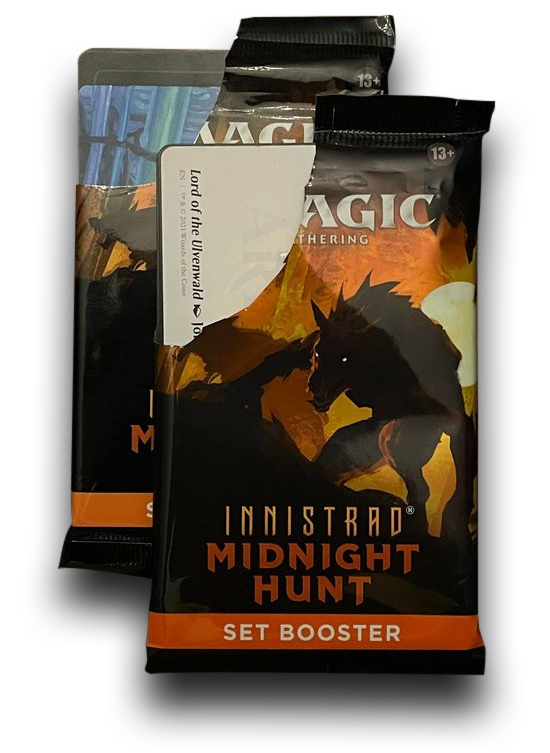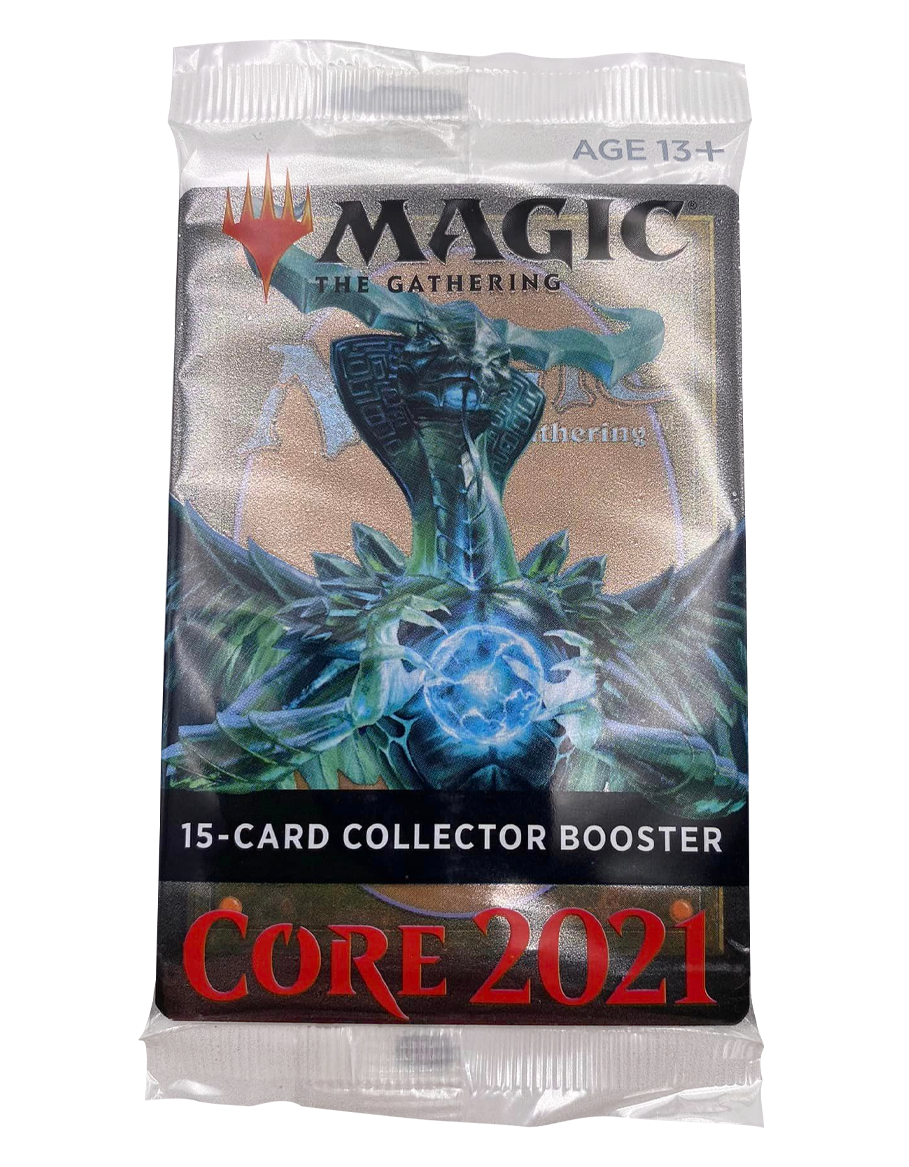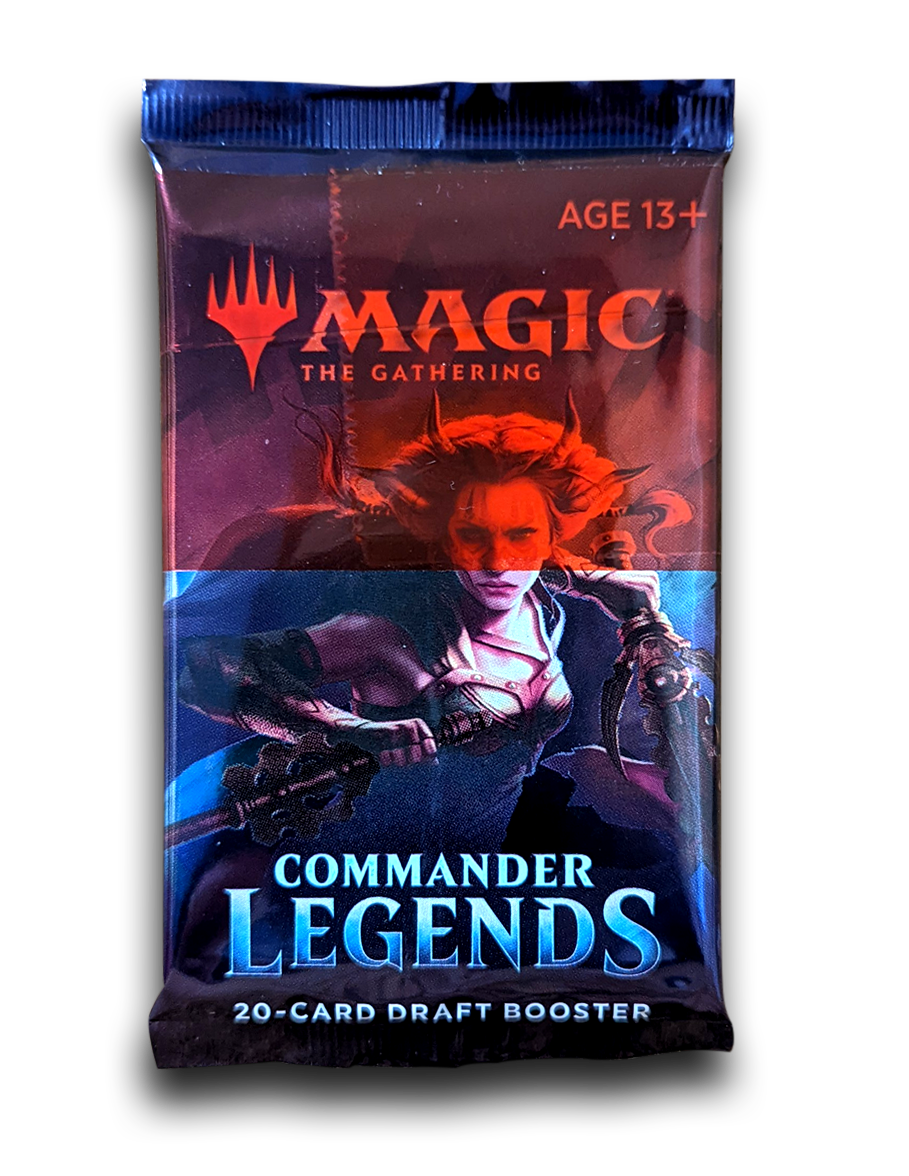The Magic the Gathering
Hello!
You are probably here to learn about misprints or to identify one you have. This is fantastic!
If misprints are brand new to you, you should first read the following introduction to the hobby. It covers a wide range of TCG's not just Magic the Gathering.
Lastly, a great resource has been the Magic: the Gathering Counterfeit Detection group on facebook. It's intended purpose is clearly helping people identify fakes, but within that practice is a wealth of knowledge on how Magic the Gathering is made. If you are looking to doom scroll in the name of research, I would recommend. If you are new to authentication, you should also check out this Green Dot Guide, which contains invaluable knowledge to have.
For the purposes of this glossary, we will only be looking at misprints, miscuts and packaging errors. This will not include oddities such as fillers, playtest cards, test prints, card that left with employees of the print shops or WotC, or any items of that nature. Although desirability is somewhat discussed, the actual monetary value of misprints will not be.
For learning about MTG oddities and rarities check out:
A note on nomenclature from the creator of this website
Over the course of collecting Magic the Gathering misprints I have found there to be a wide range in the words used to describe errors and their perceived names. Even amongst some of the most respected collectors there are disagreements about what a misprint should be called. My motivation for making this website was two fold. First, I wanted to learn as much as I could about Lithographic Print Presses and the process of making Magic cards. And second, I wanted to use that knowledge to provide a name for misprints that accurately depicts the error, based on the element that went wrong. There are many names for errors used that have no basis on the reality of the error and are named for how they look. A good example of this are what most people would call double prints. Double prints do not exists as part of the normal production process. The three main errors I see described as 'double prints' are; Registration Errors; Make-Readies; and Ghosting Errors - none of which are printed twice as a result of machine malfunction. During the editing process, it was explained to me by a pressman that, as much as I may want to be able to do this, it is actually impossible. For many of the press errors, there could be a multitude of causes. Without being present in the shop at the time of the error, there would be no way to distinguish exact causes. There are some errors that you can be certain about and those will be identified, others will be identified with visual descriptors.
My hope is to help unify the nomenclature used in this hobby I love so dearly. I hope you find it useful.
This type of error is usually very common. if not universal, for the respective print run.
There are far too many examples of this error to list an image of each. If you would like to see more examples of this error type check out Squt's page. The website was last updated in 2006 and is best experienced at a computer, but it is still the most comprehensive list of this error type to date and definitely a fantastic resource.
Spanish Revised (3rd Edition)
Burrowing with Strip Mine Artwork and Frame
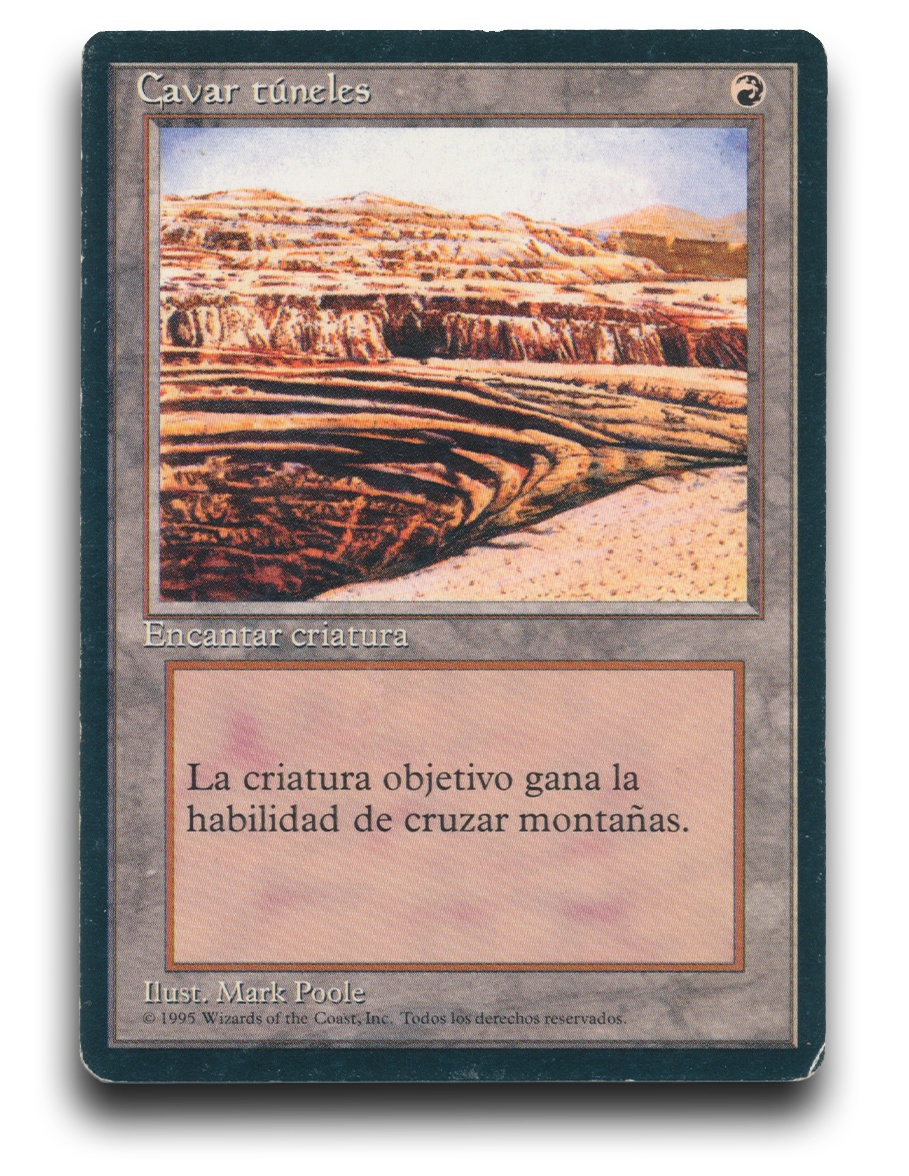
Spanish Revised (3rd Edition)
Serra Angel with Time Elemental Artwork and Frame
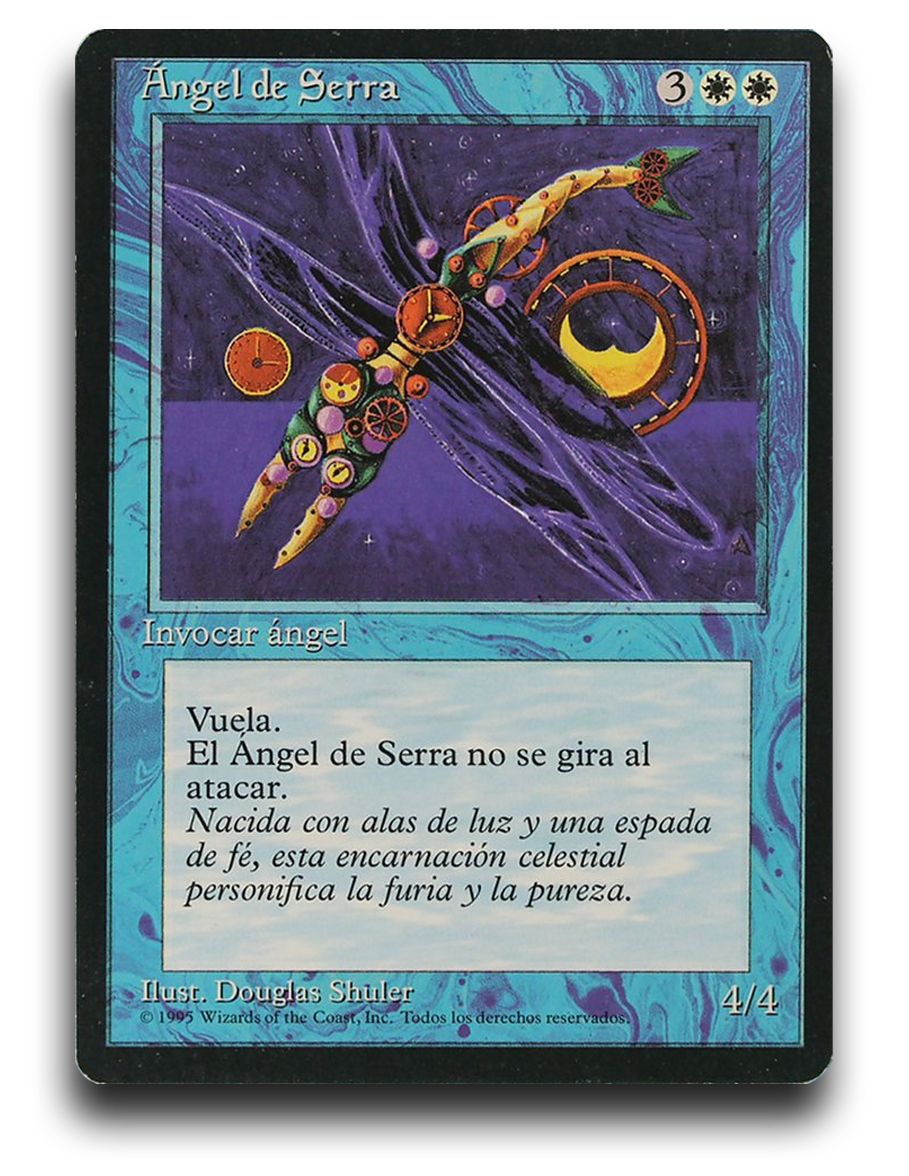
French Double Masters
Wrong activation cost
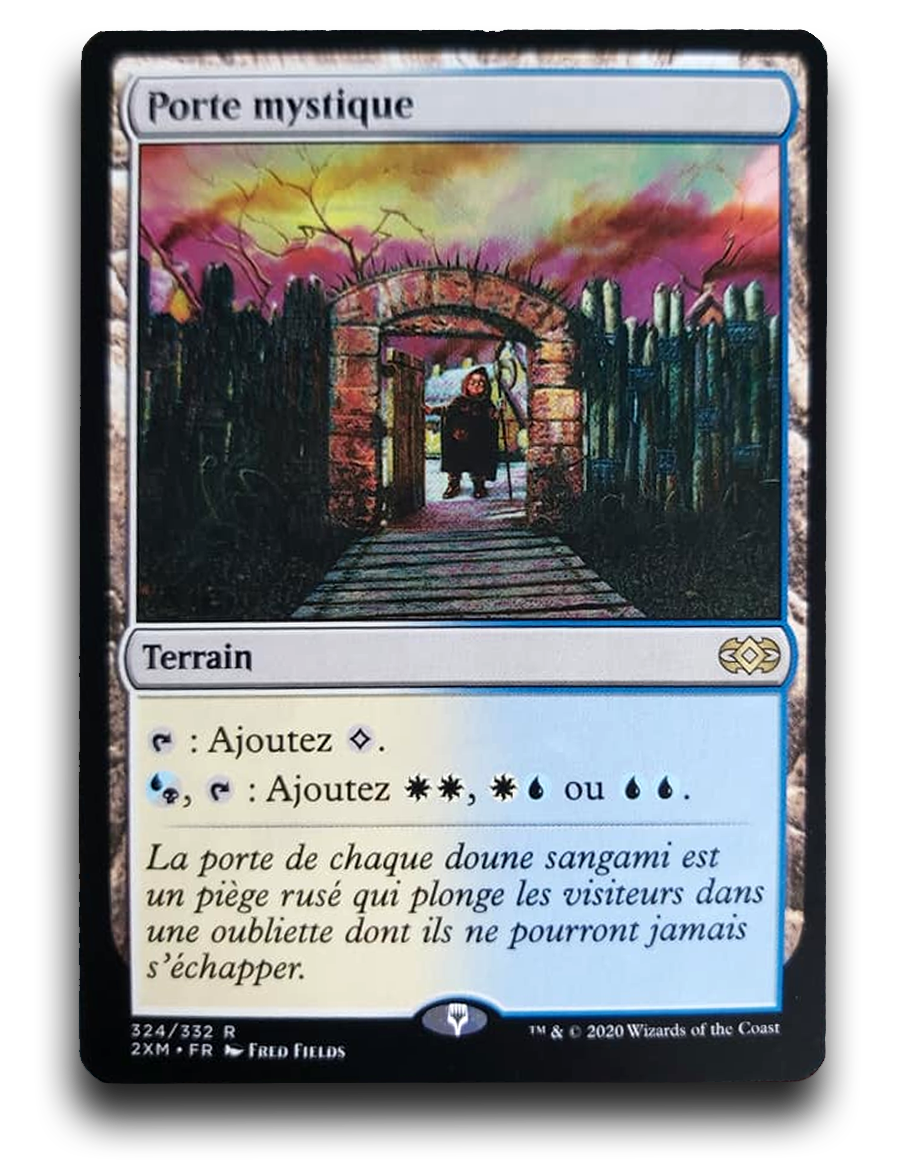
Italian Urza's Legacy
Missing set symbol
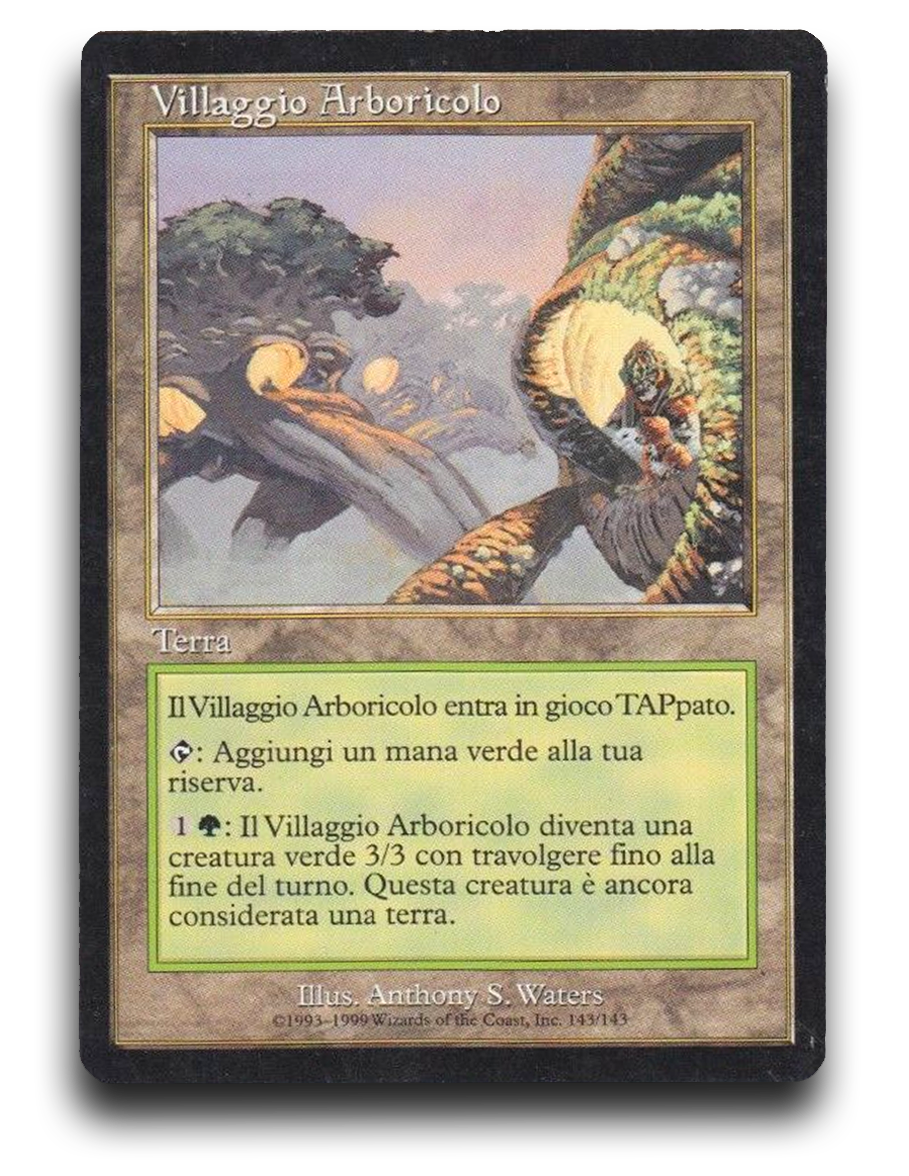
English M20
Wrong toughness
(should be 2/2)
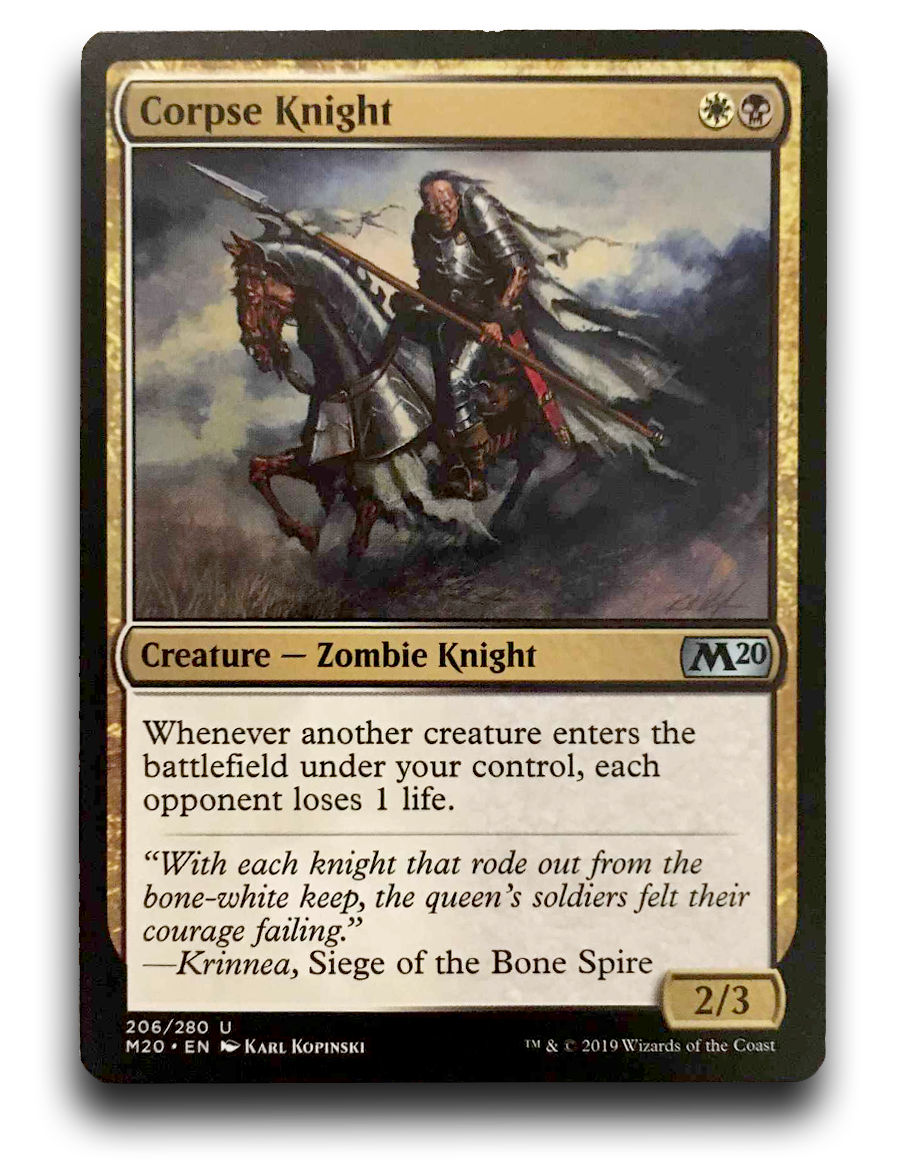
Portuguese Promo
Name is in English
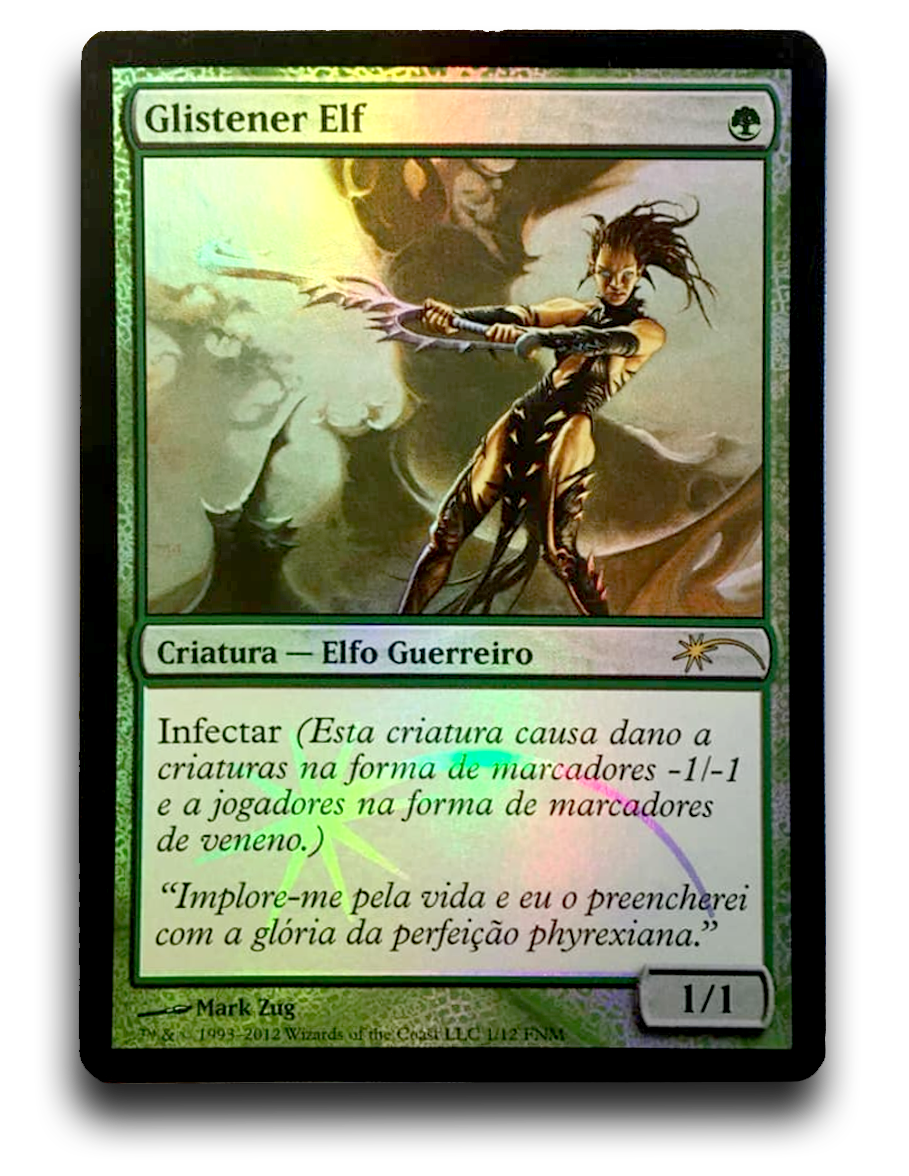
Printed on Token Stock
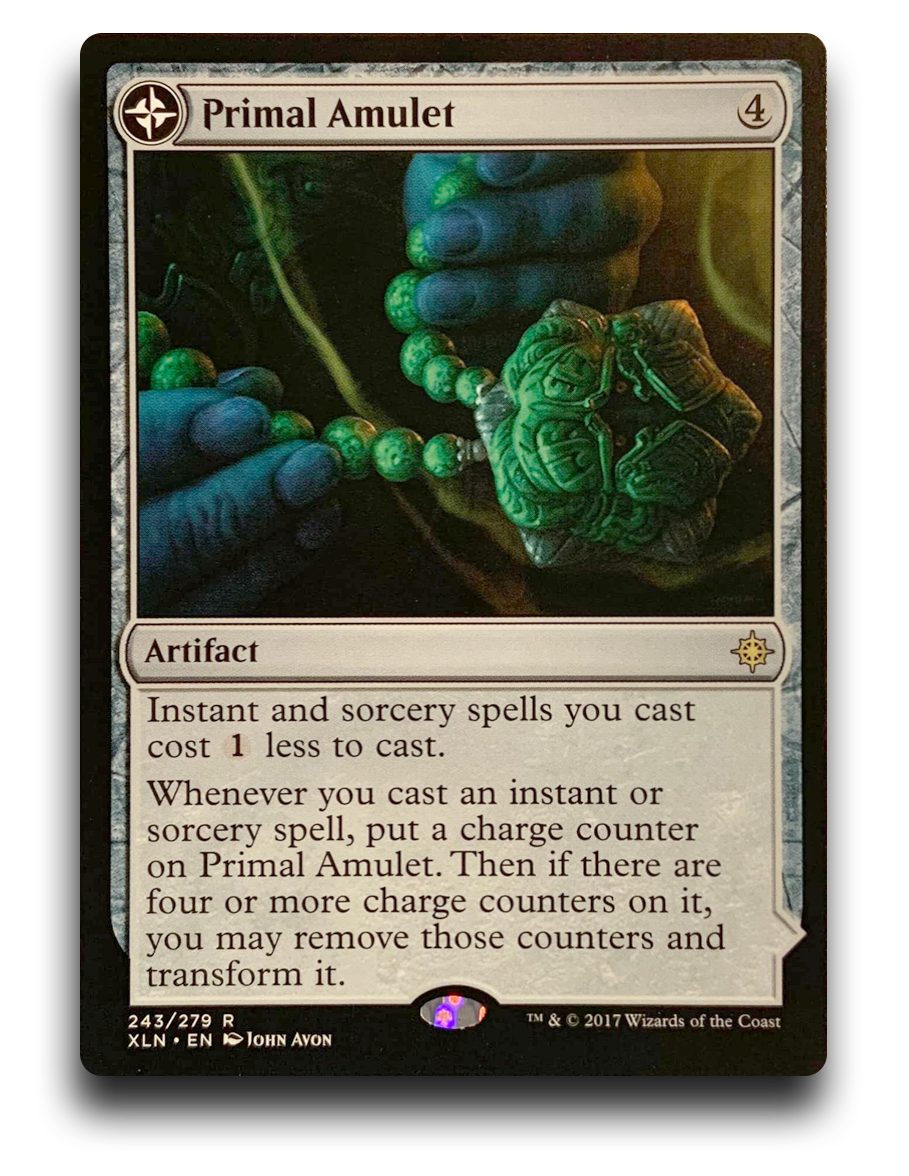
Printed on Foil Stock
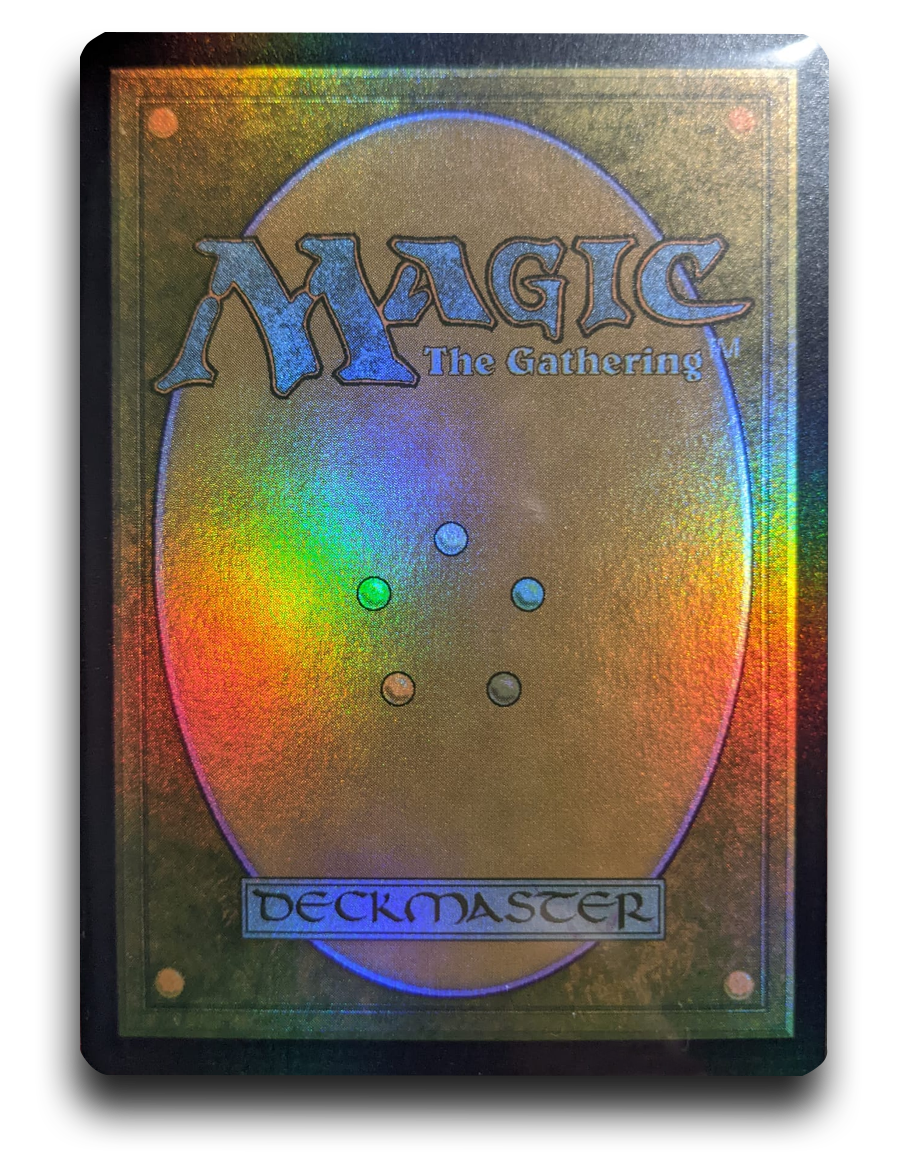
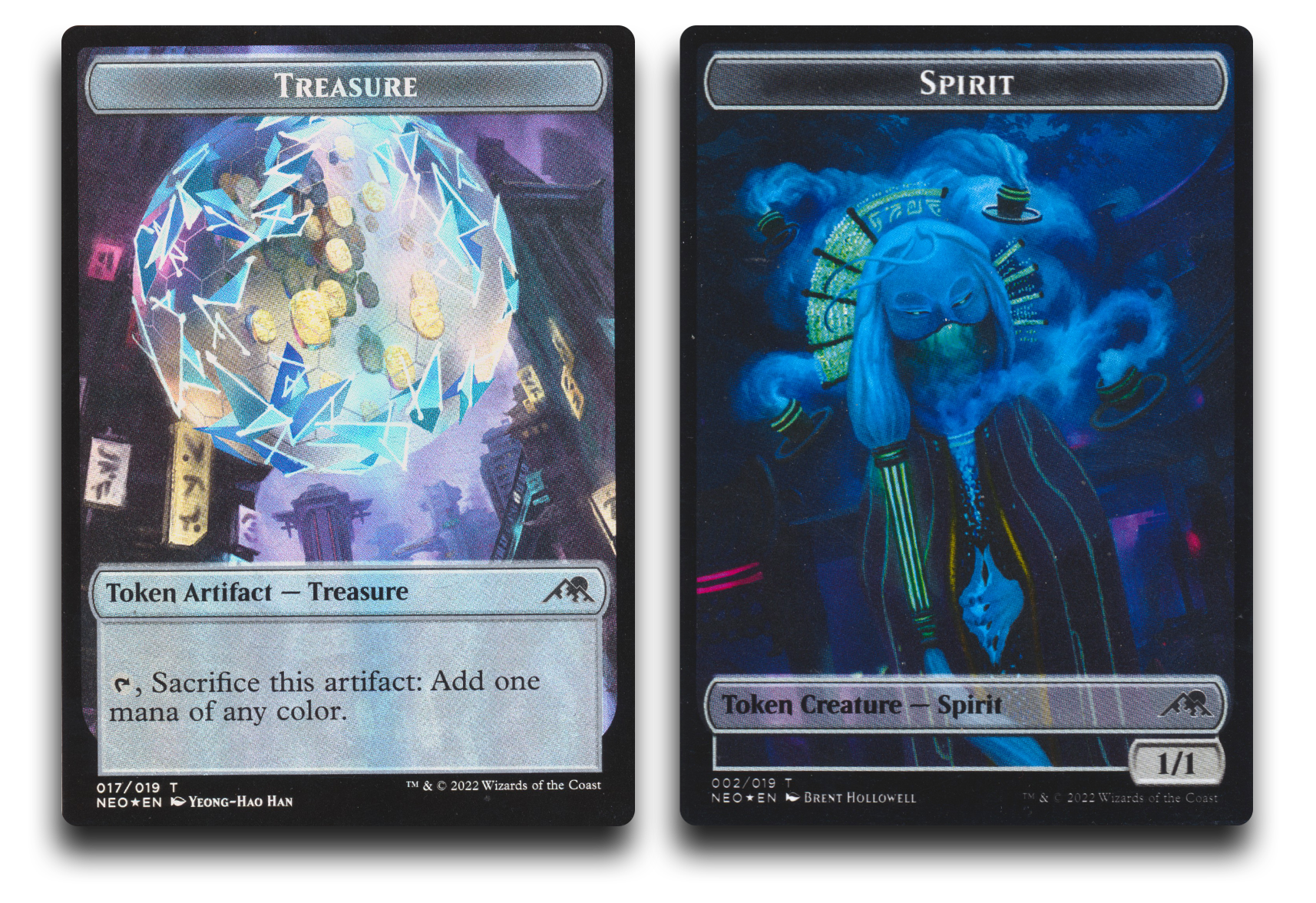
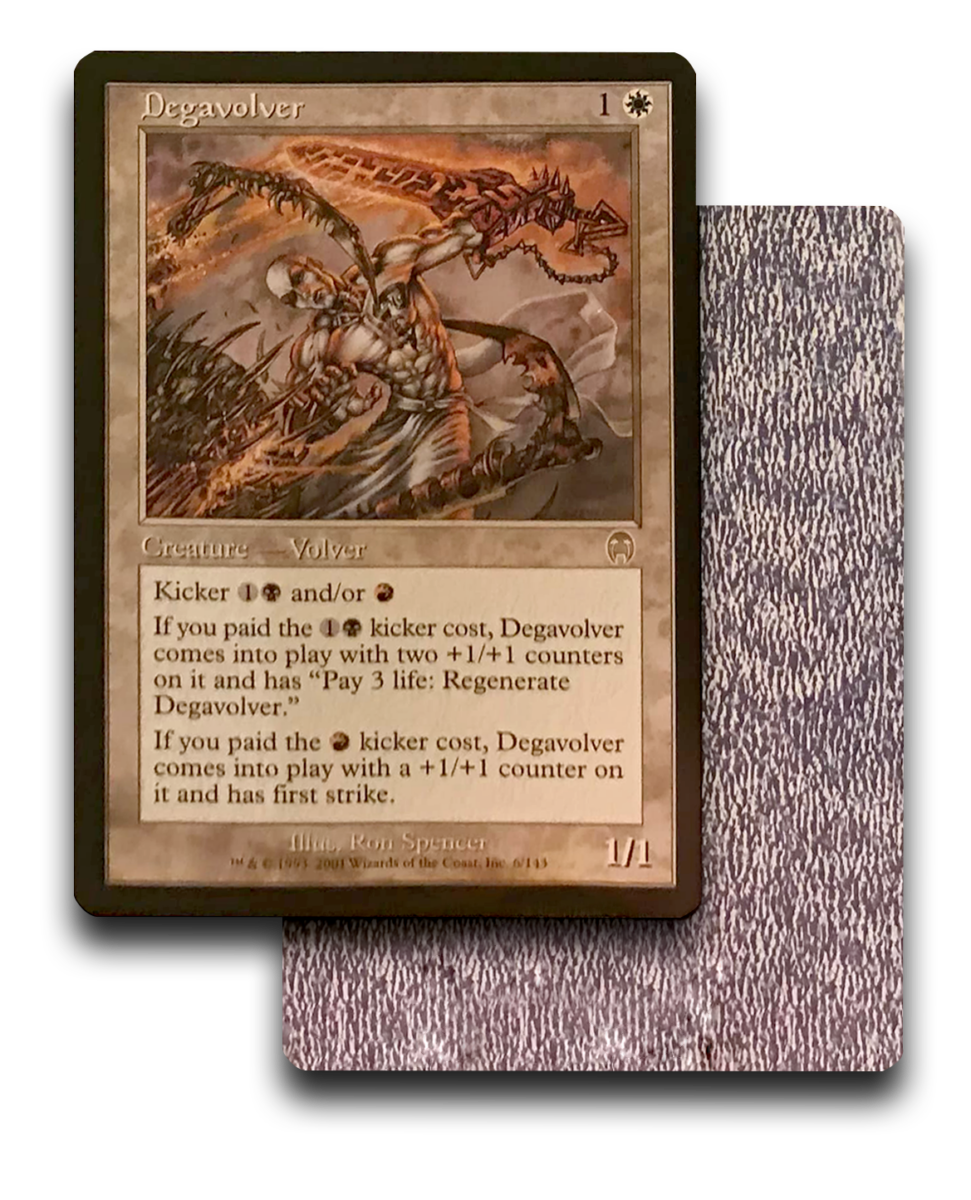
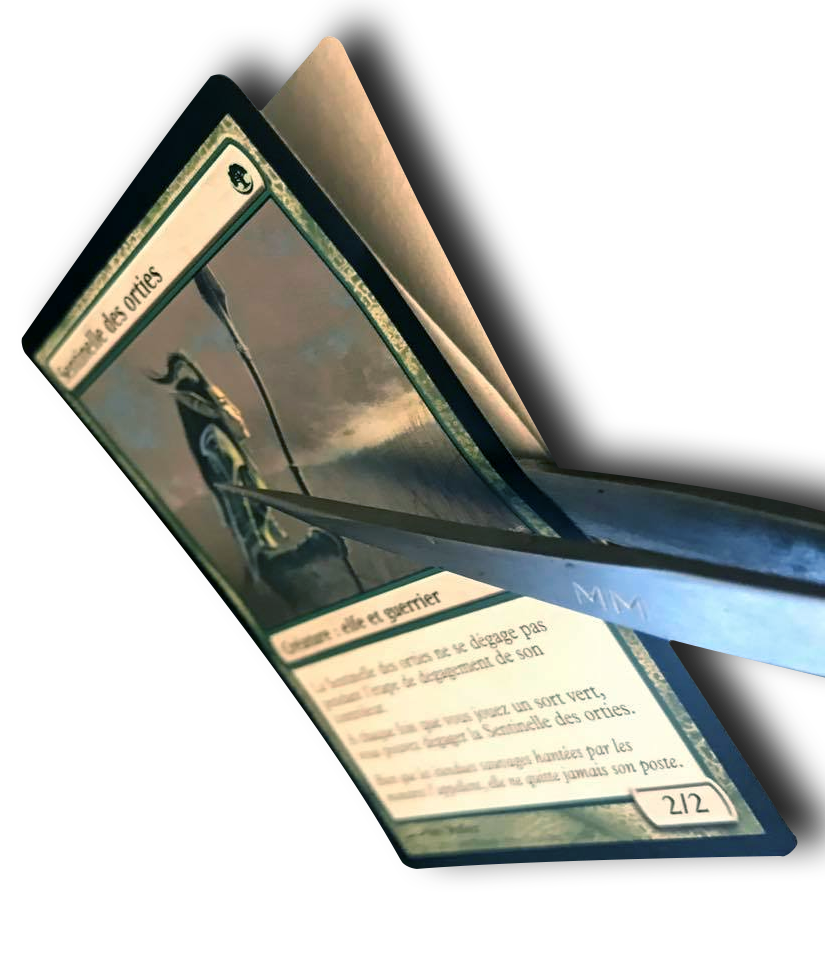

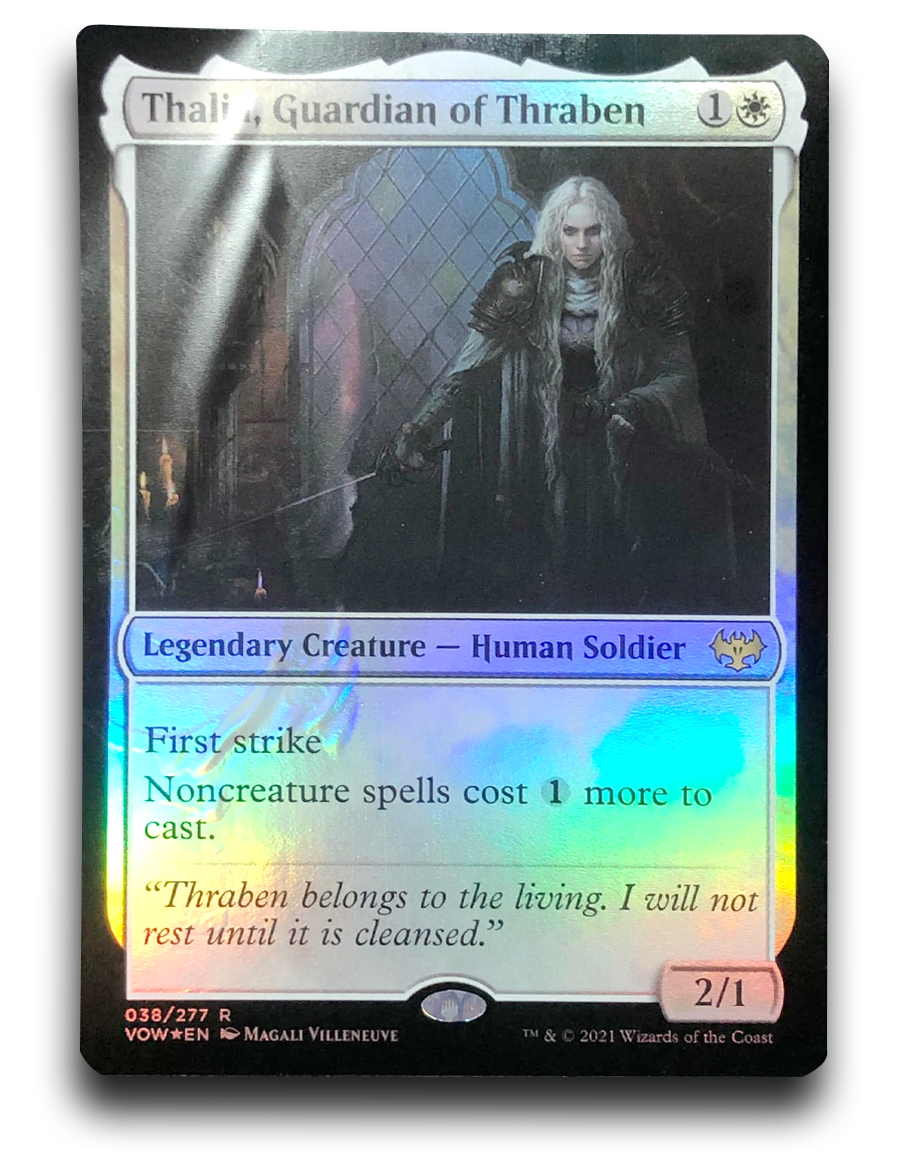
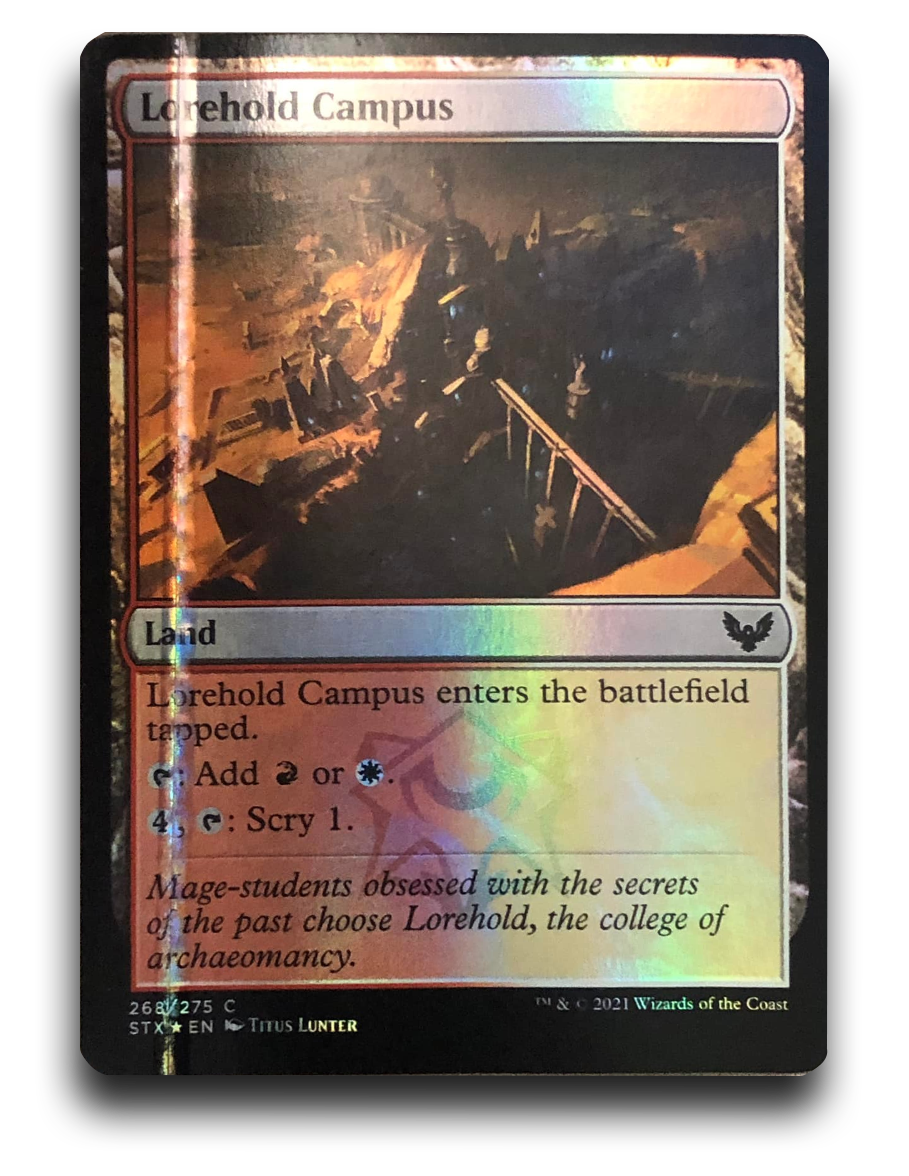
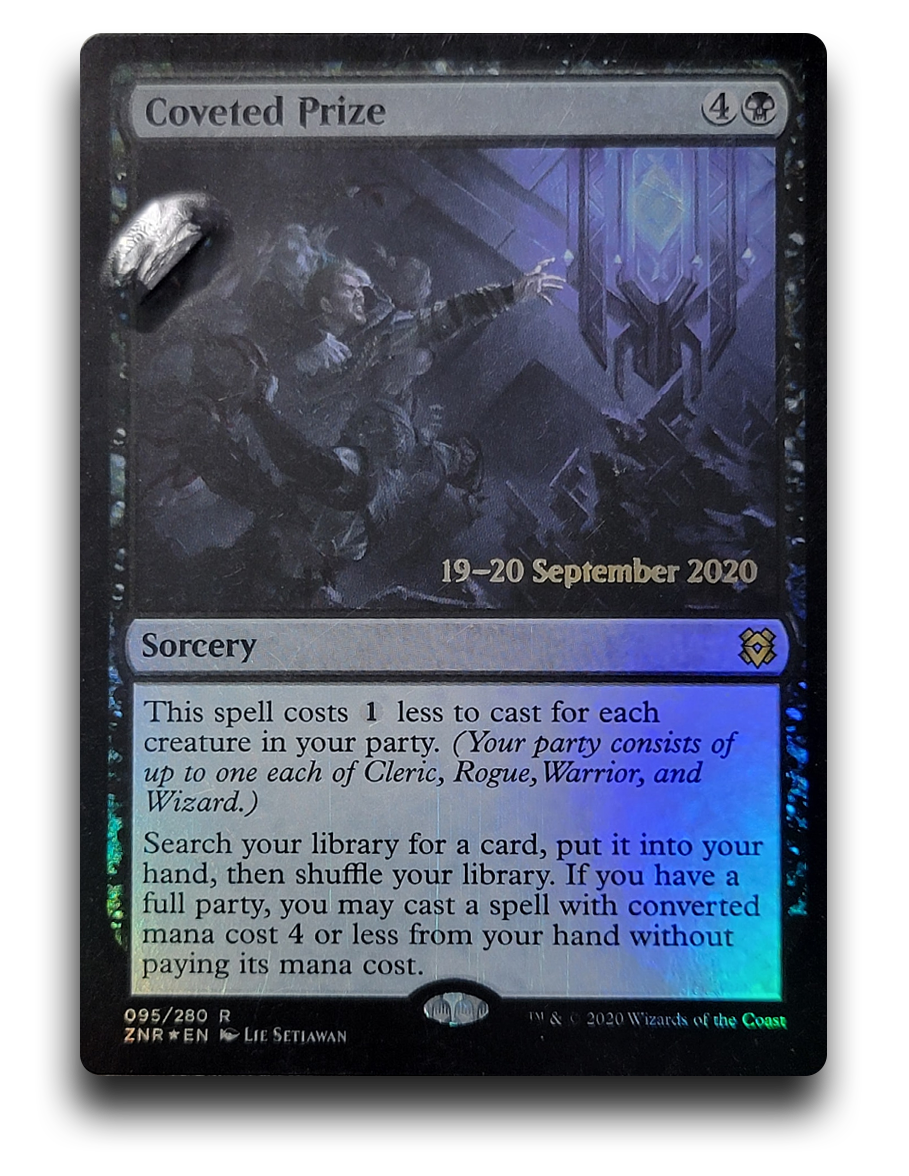
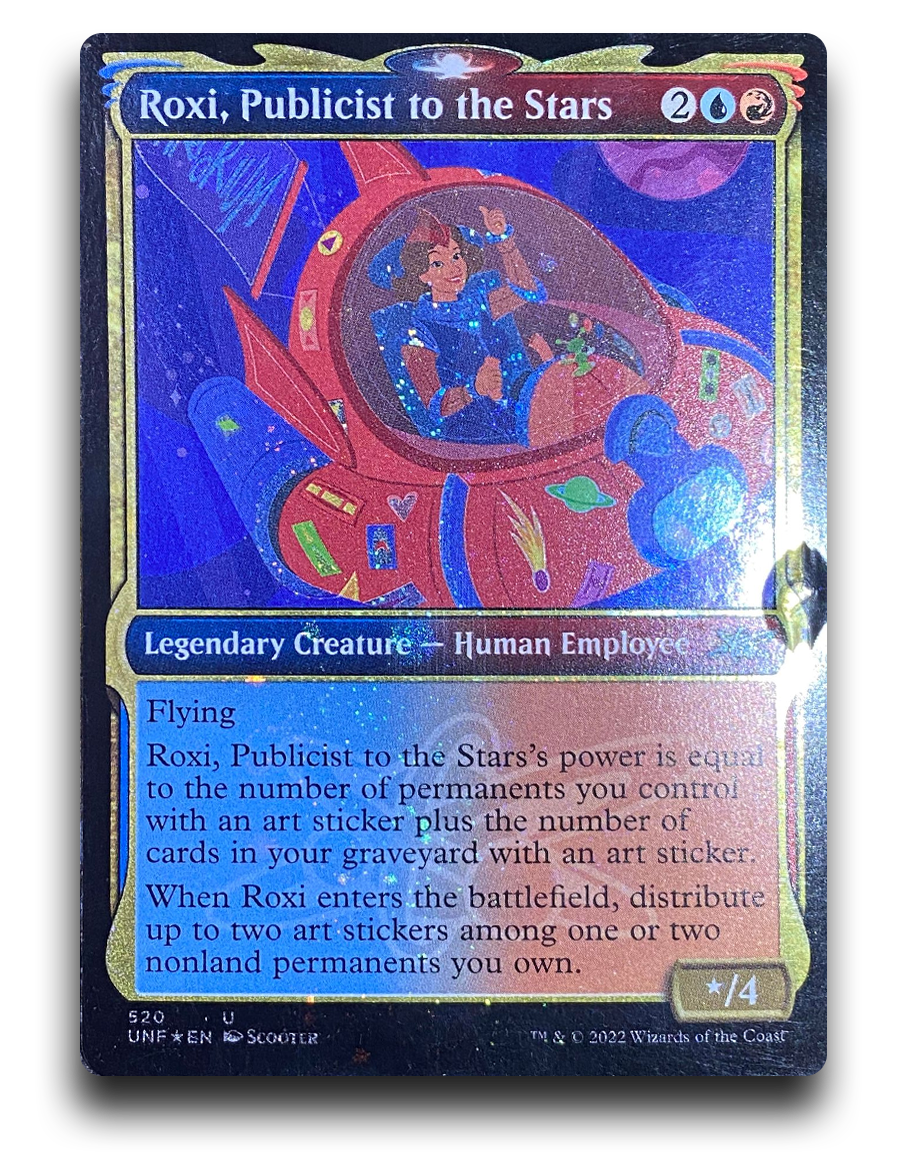
Brown Packing Tape
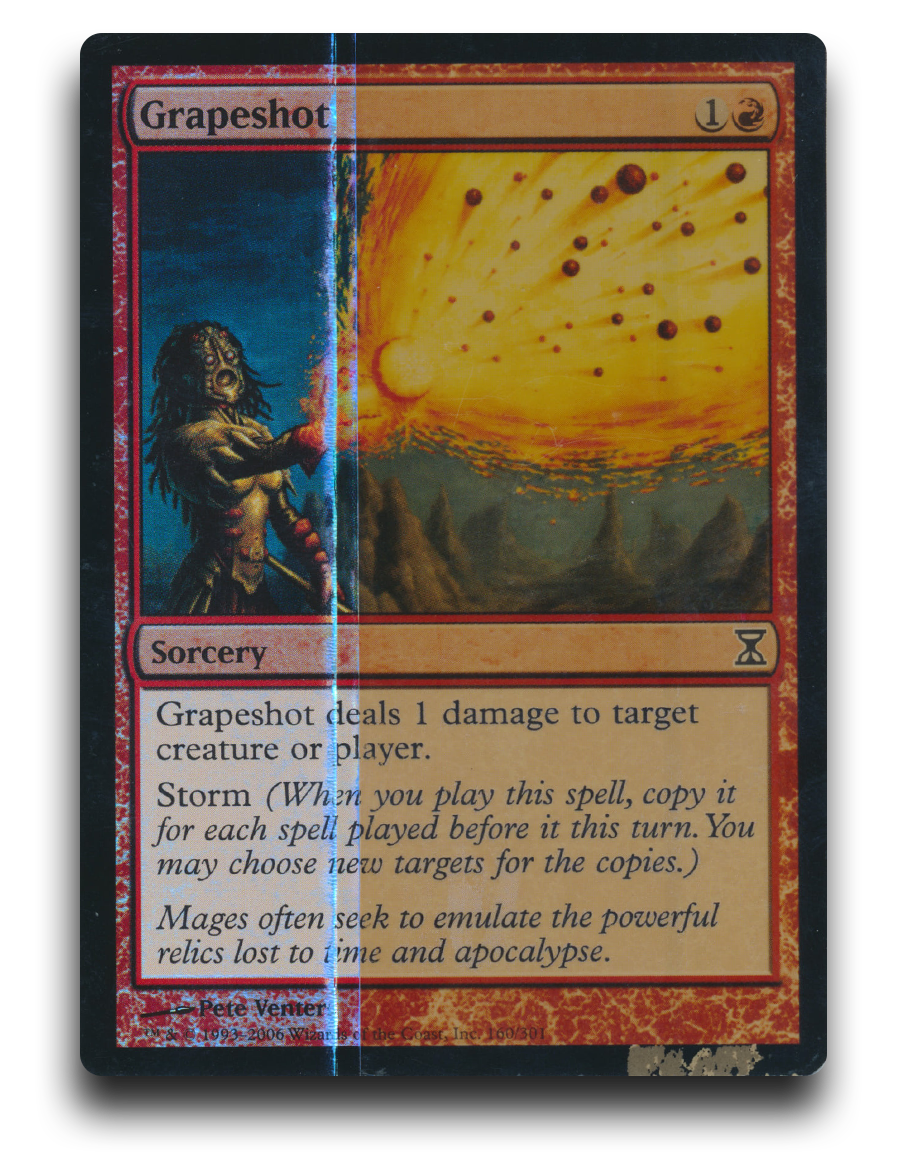
Masking Tape
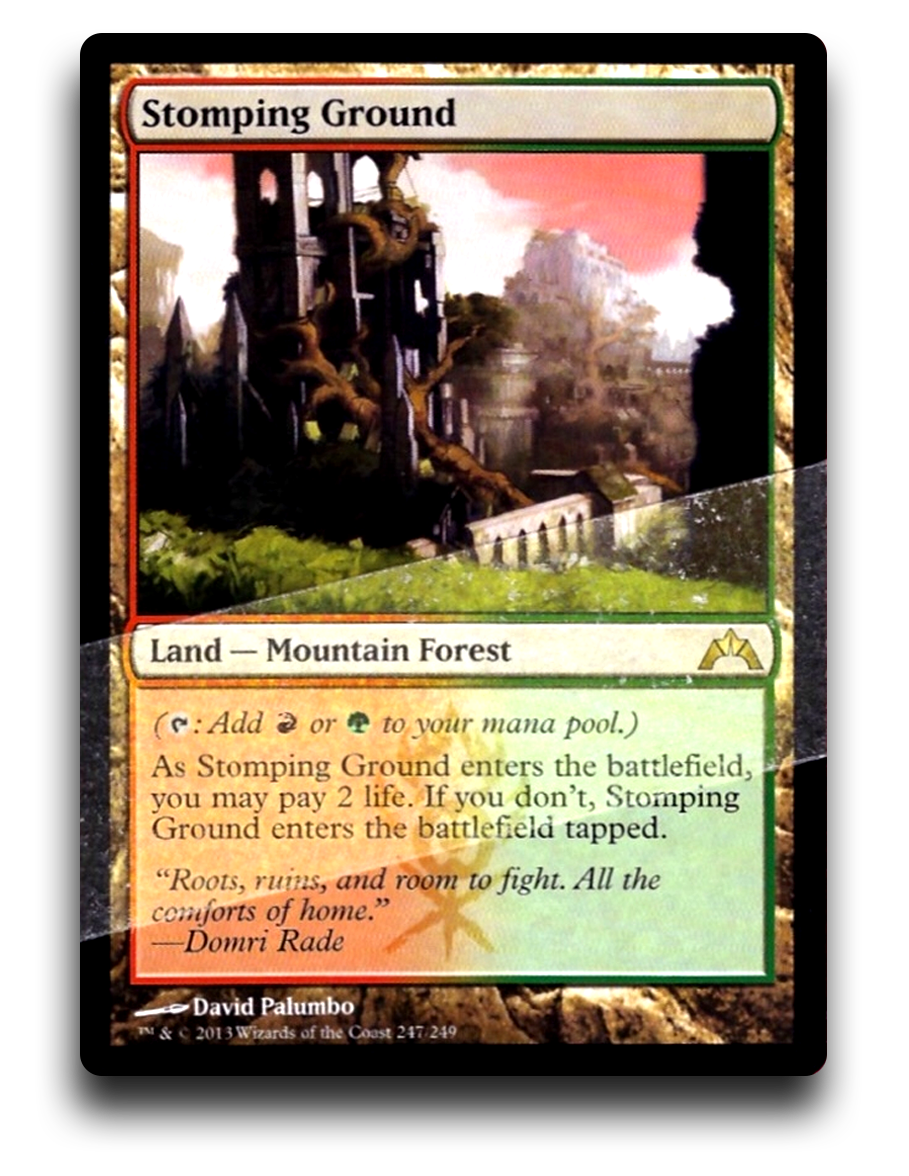
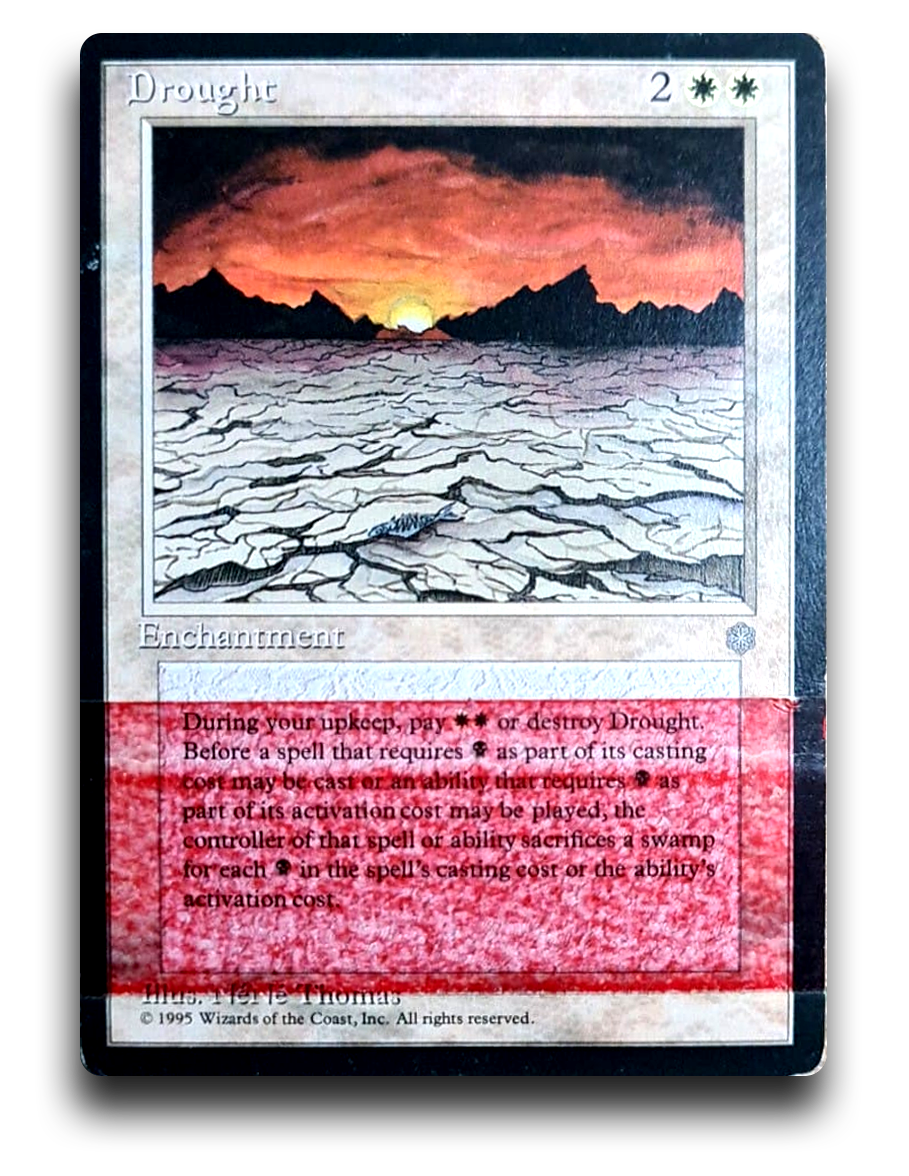
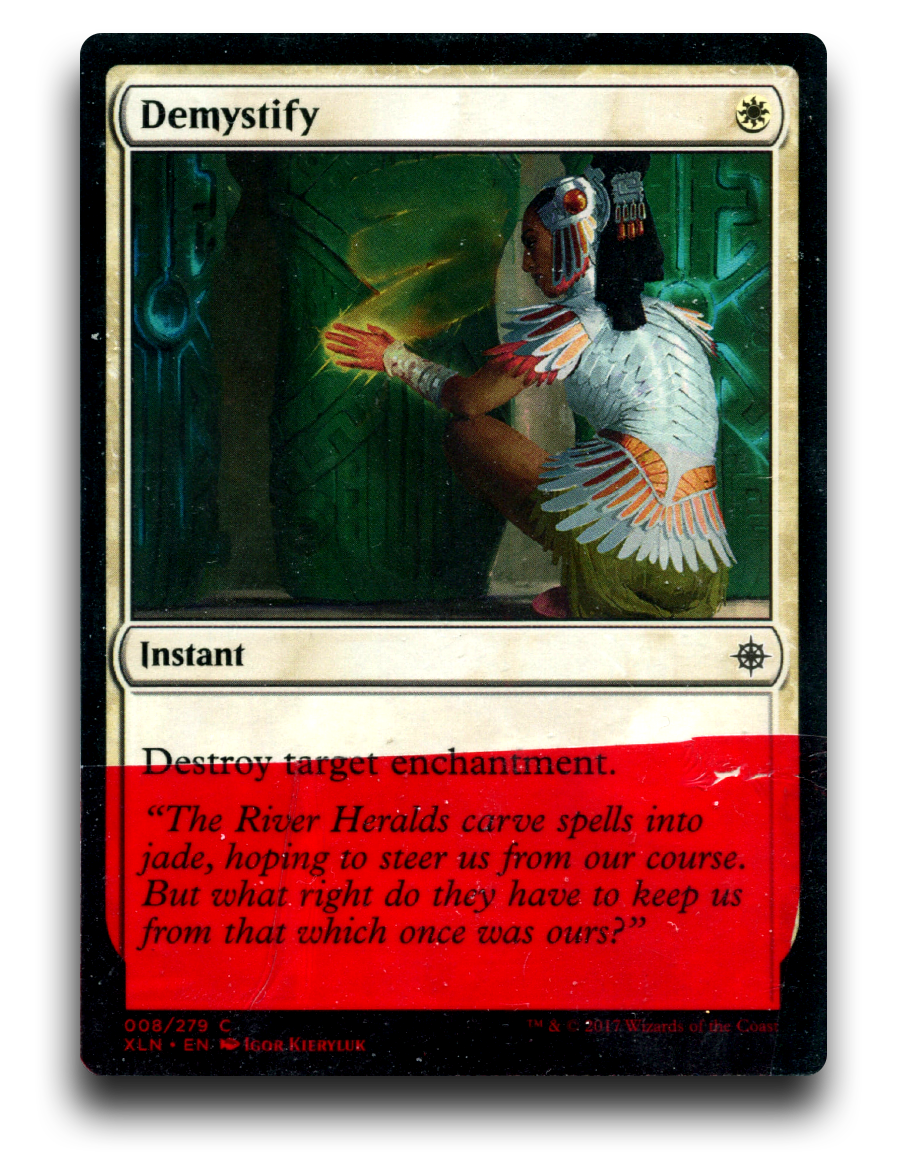
3M Tape
This particular error has three piece of tape. Two pieces of 3M tape, and one piece of unknown tape in between the back and front stock.
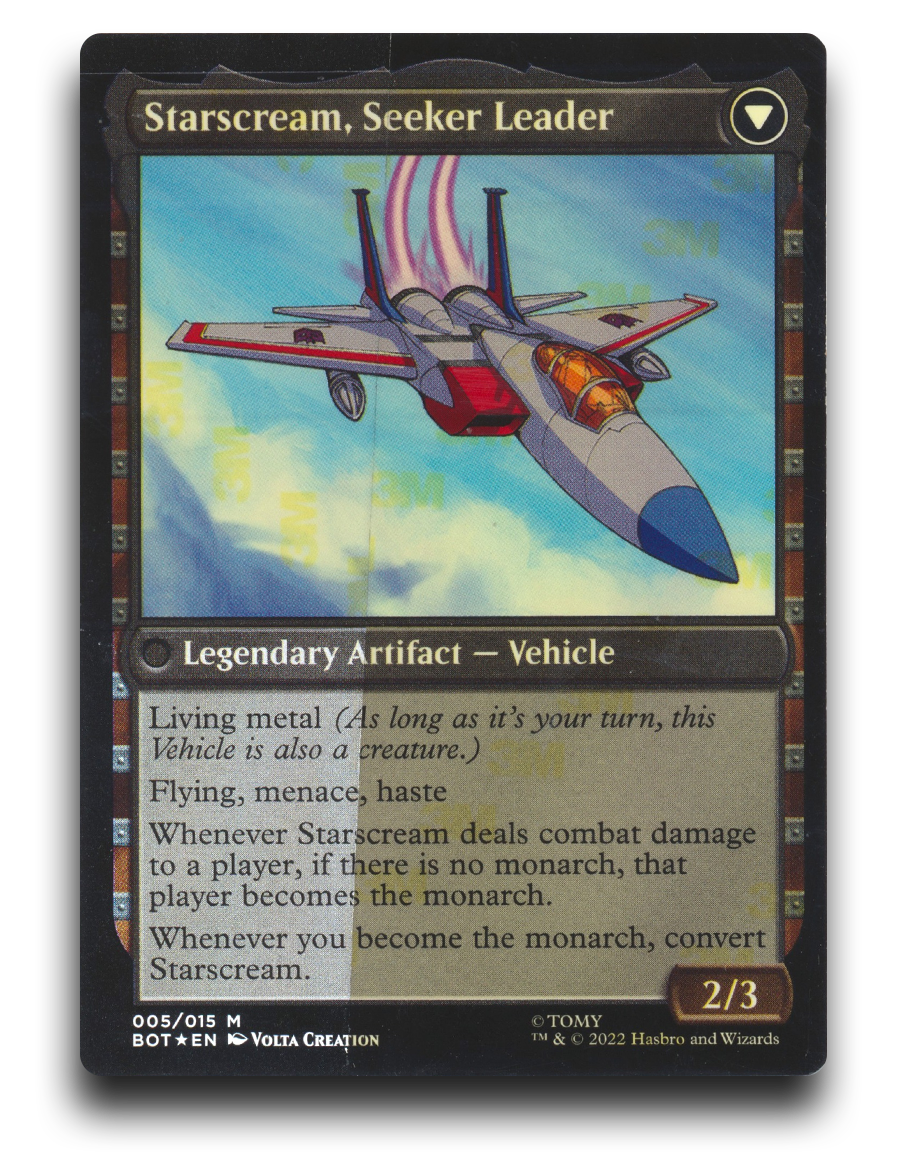
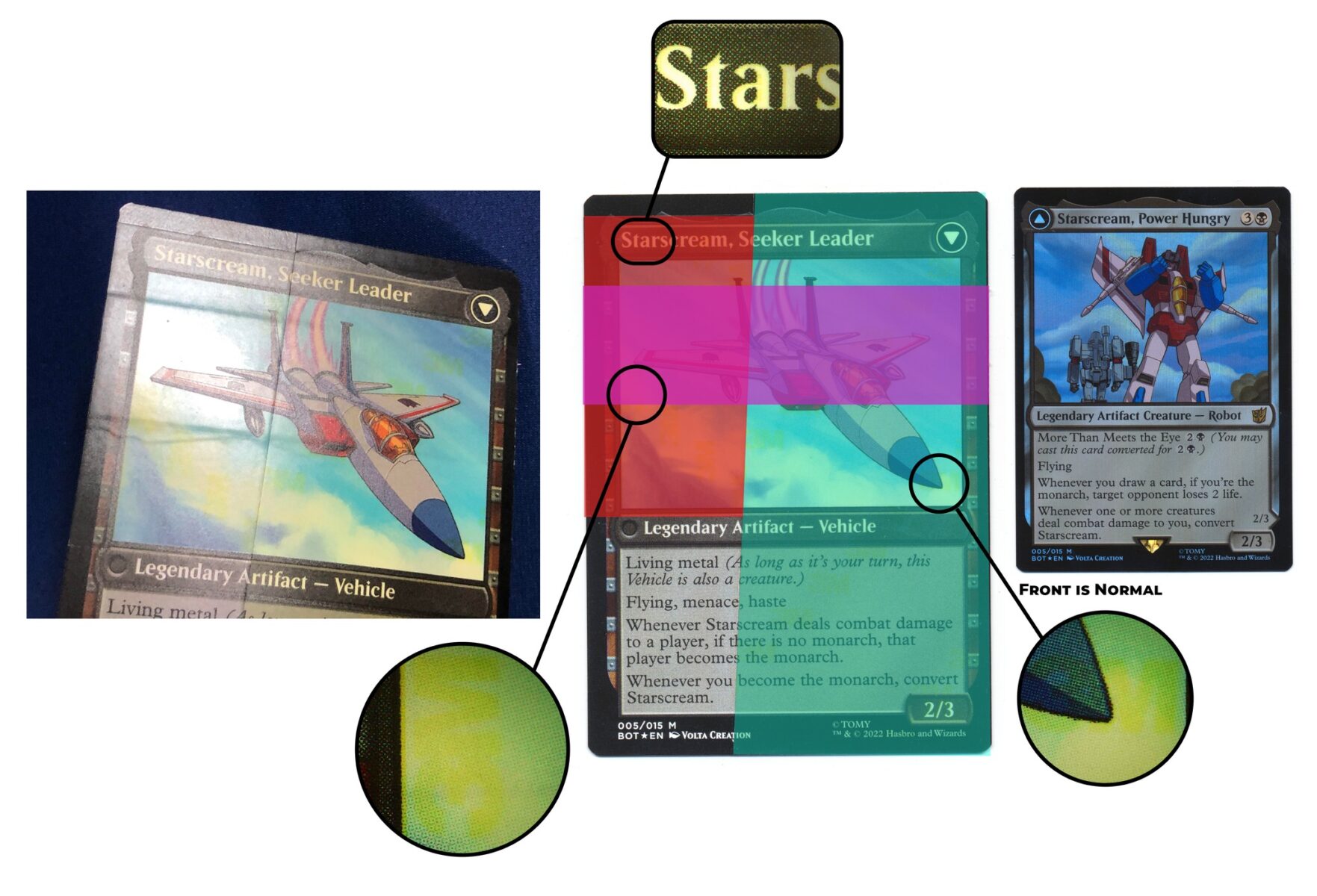
High Temperature 3M Tape
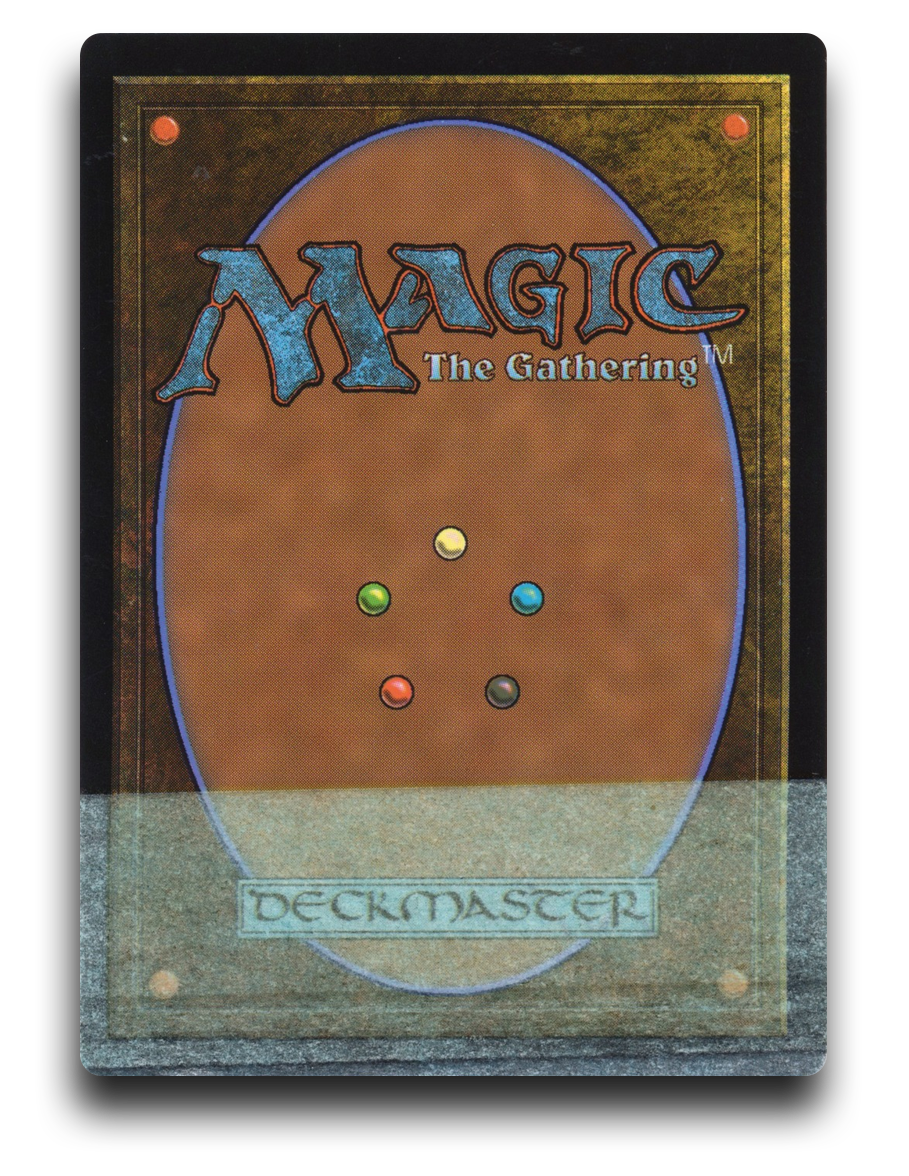
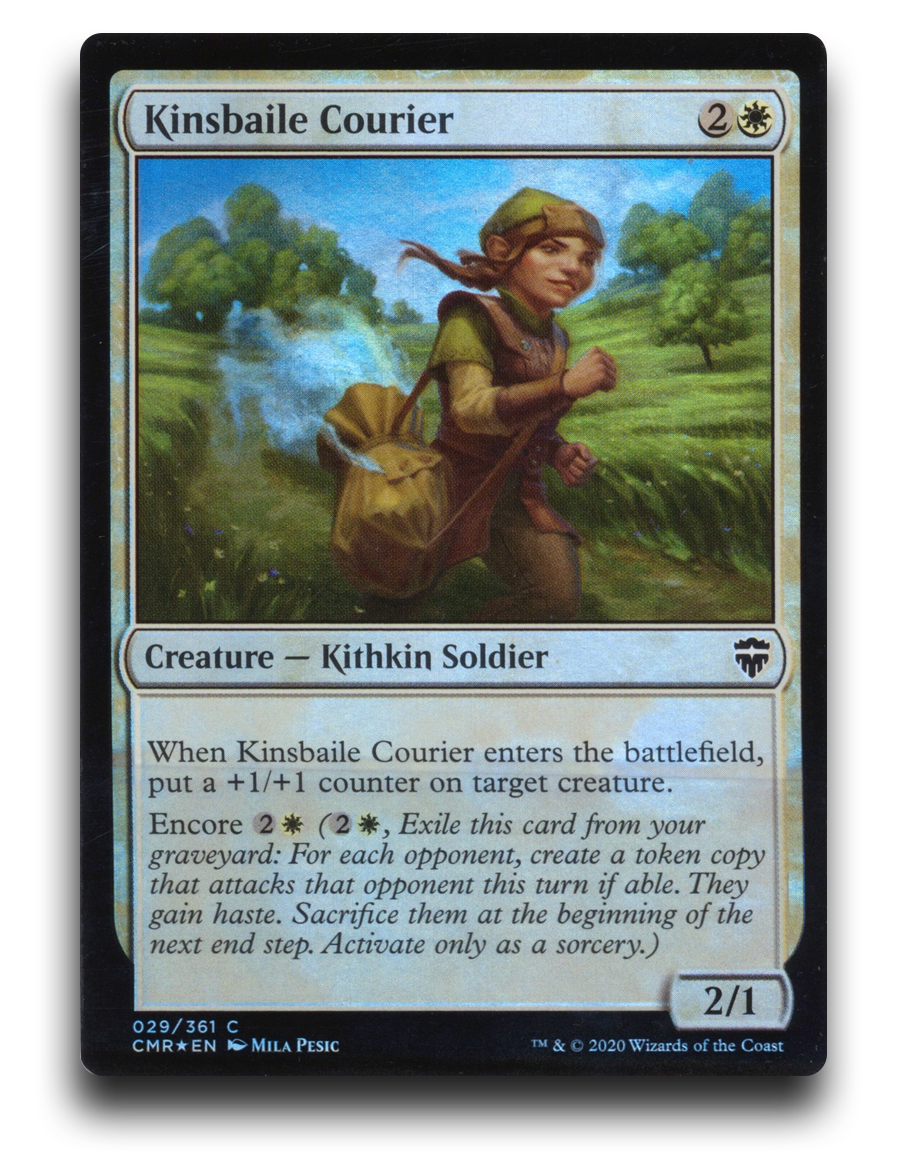
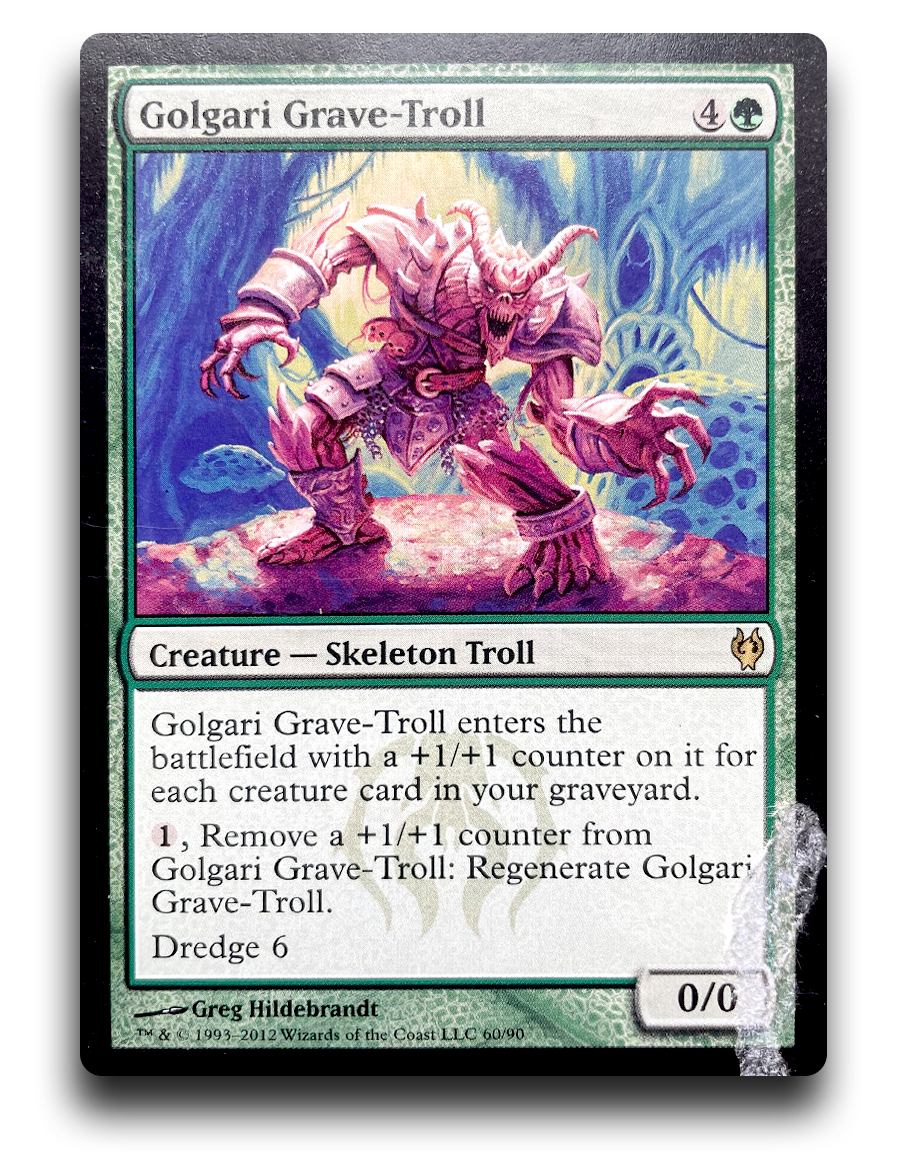
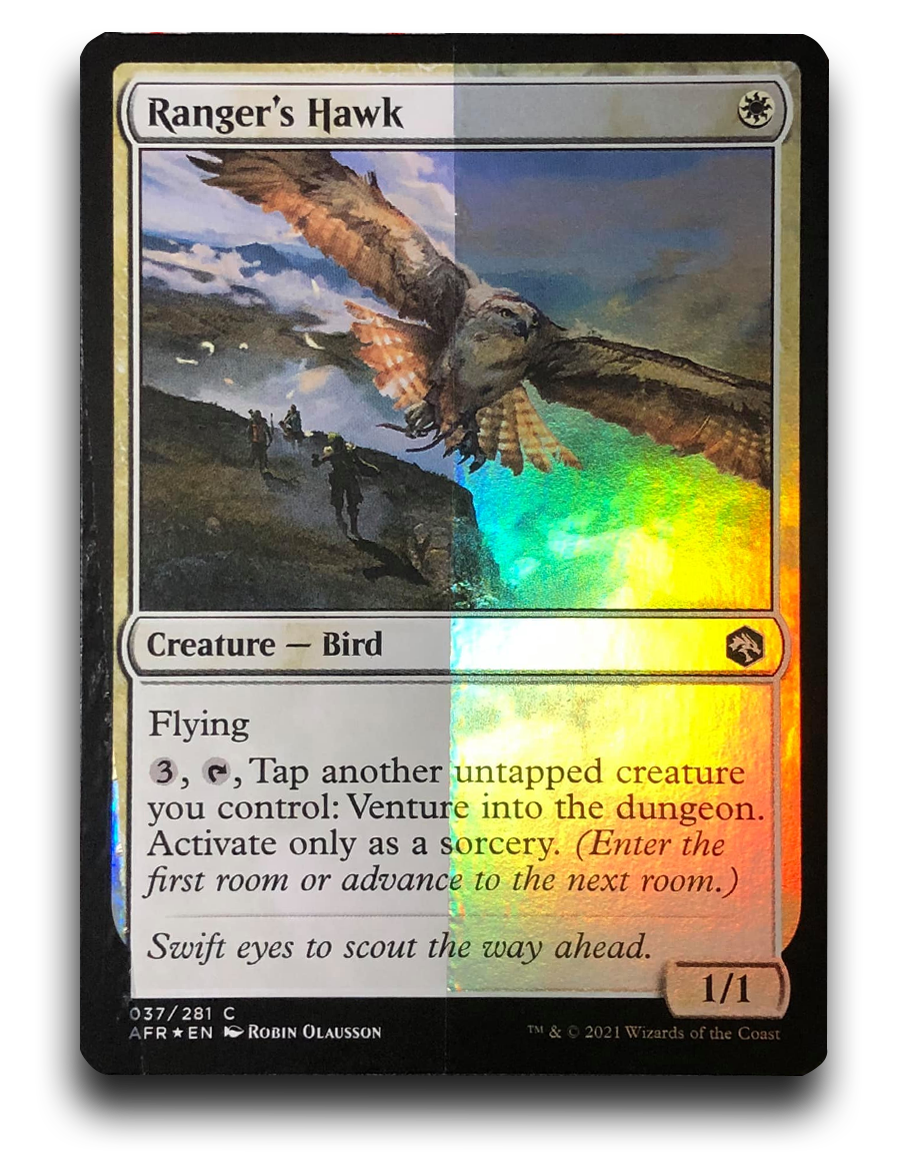
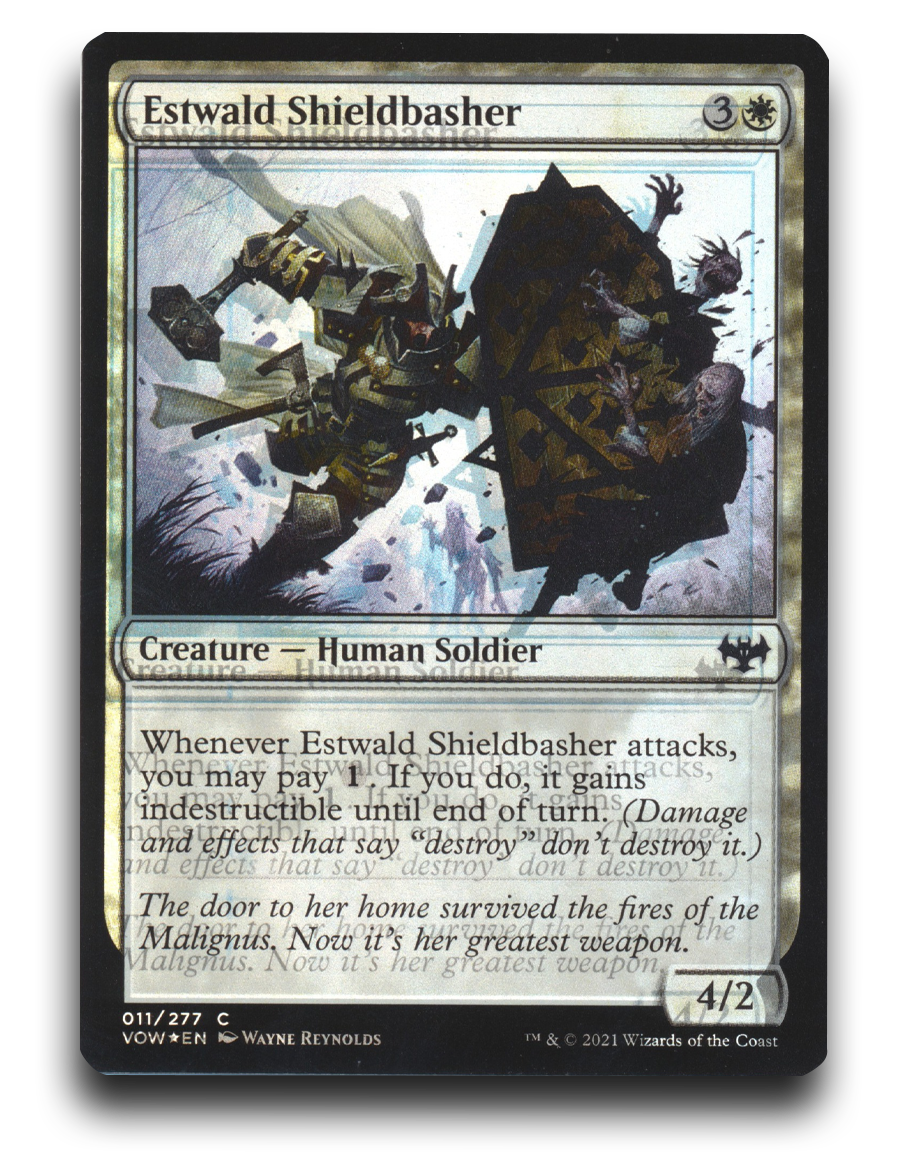
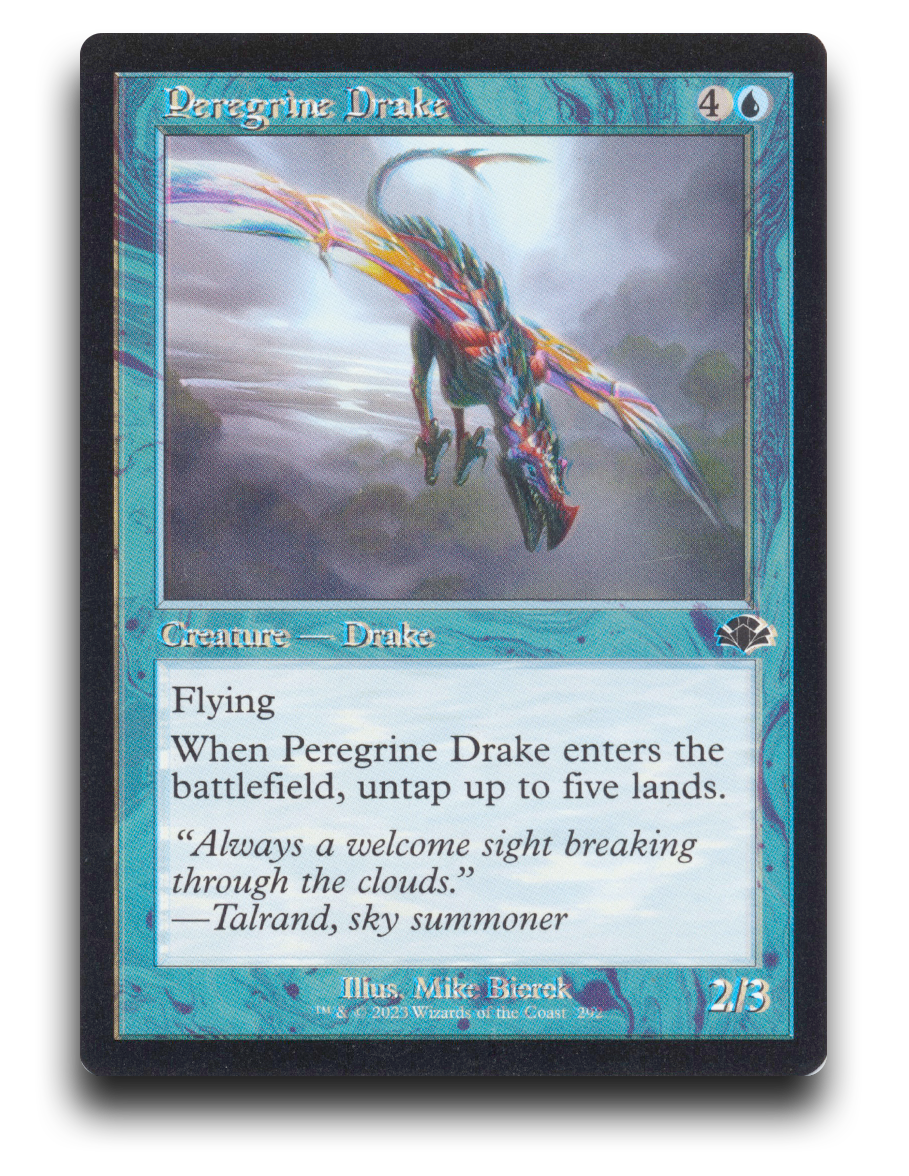
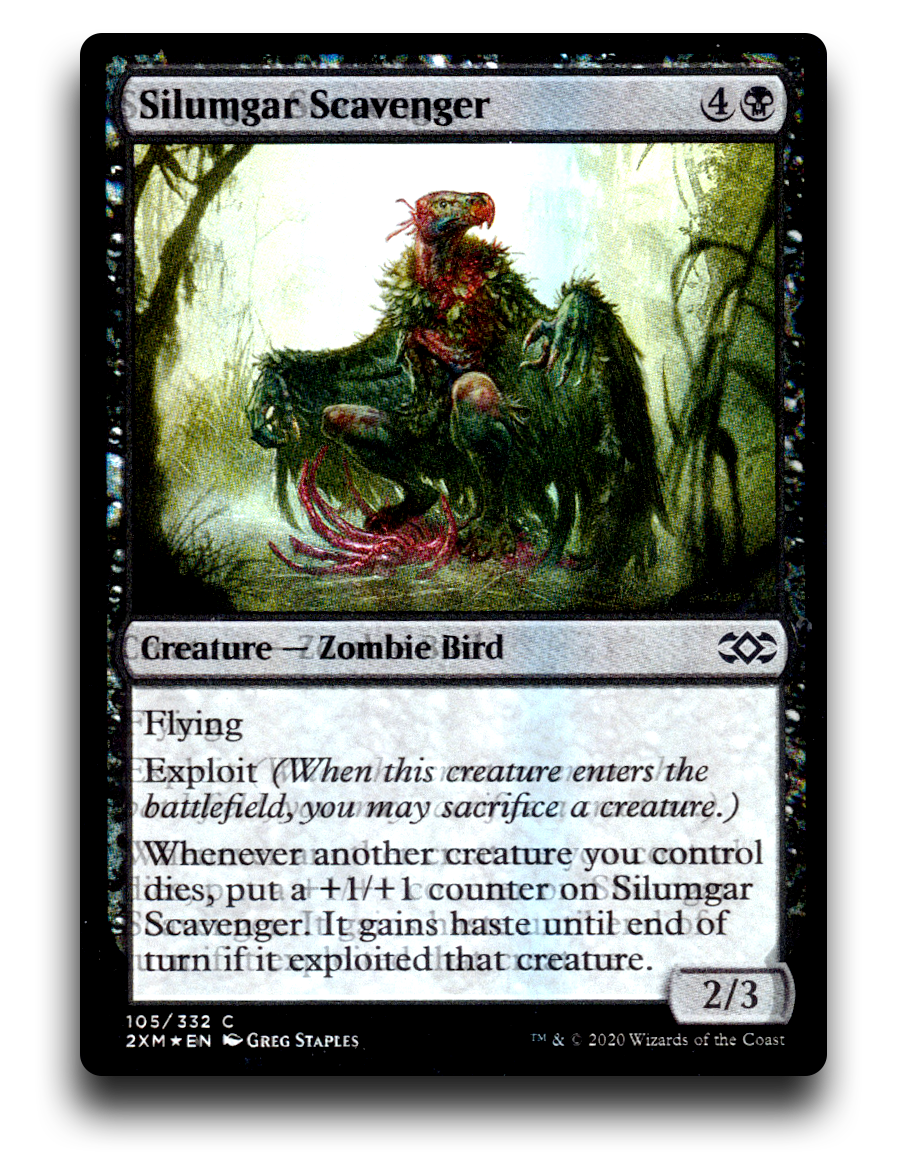
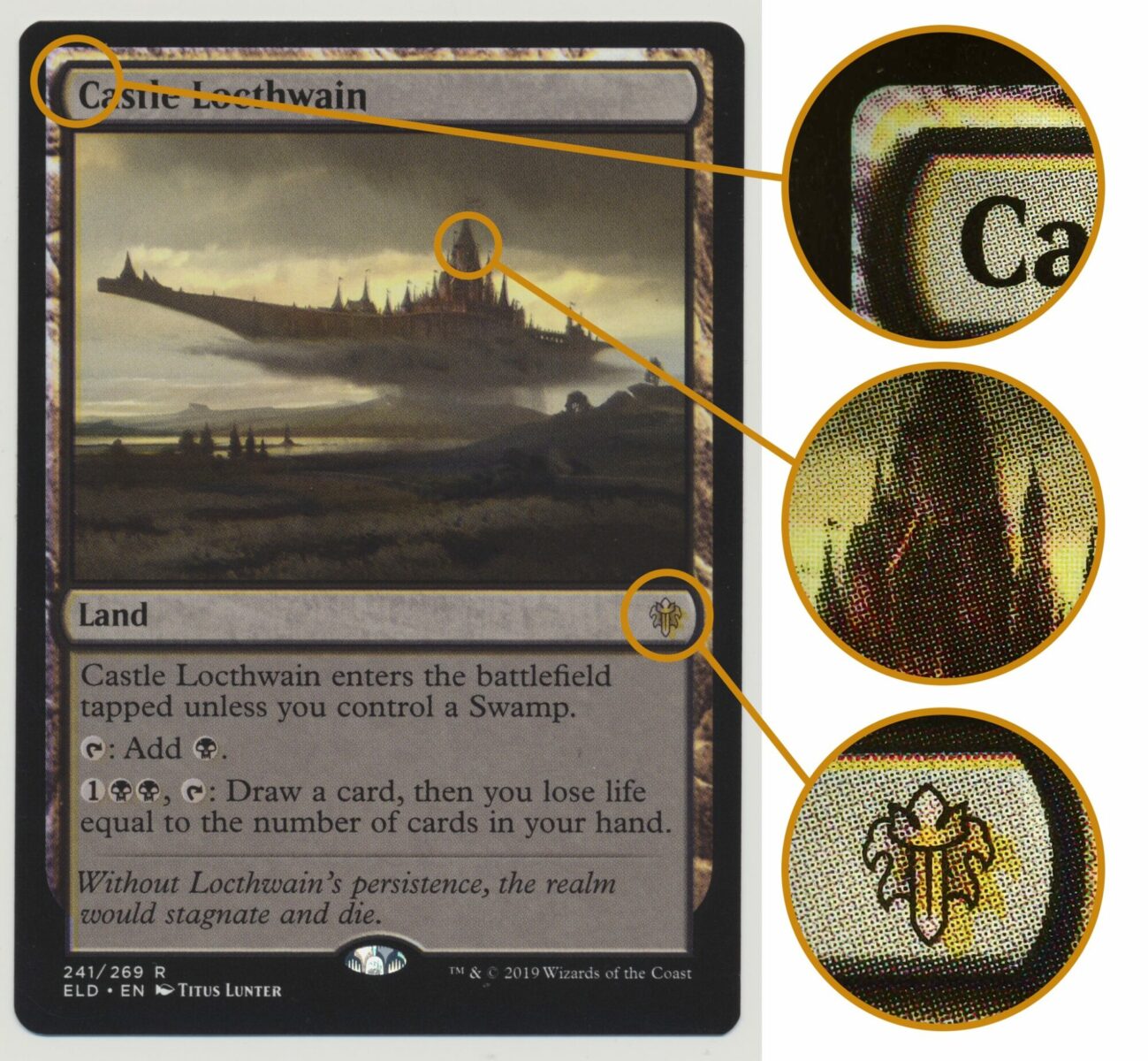
Double Print
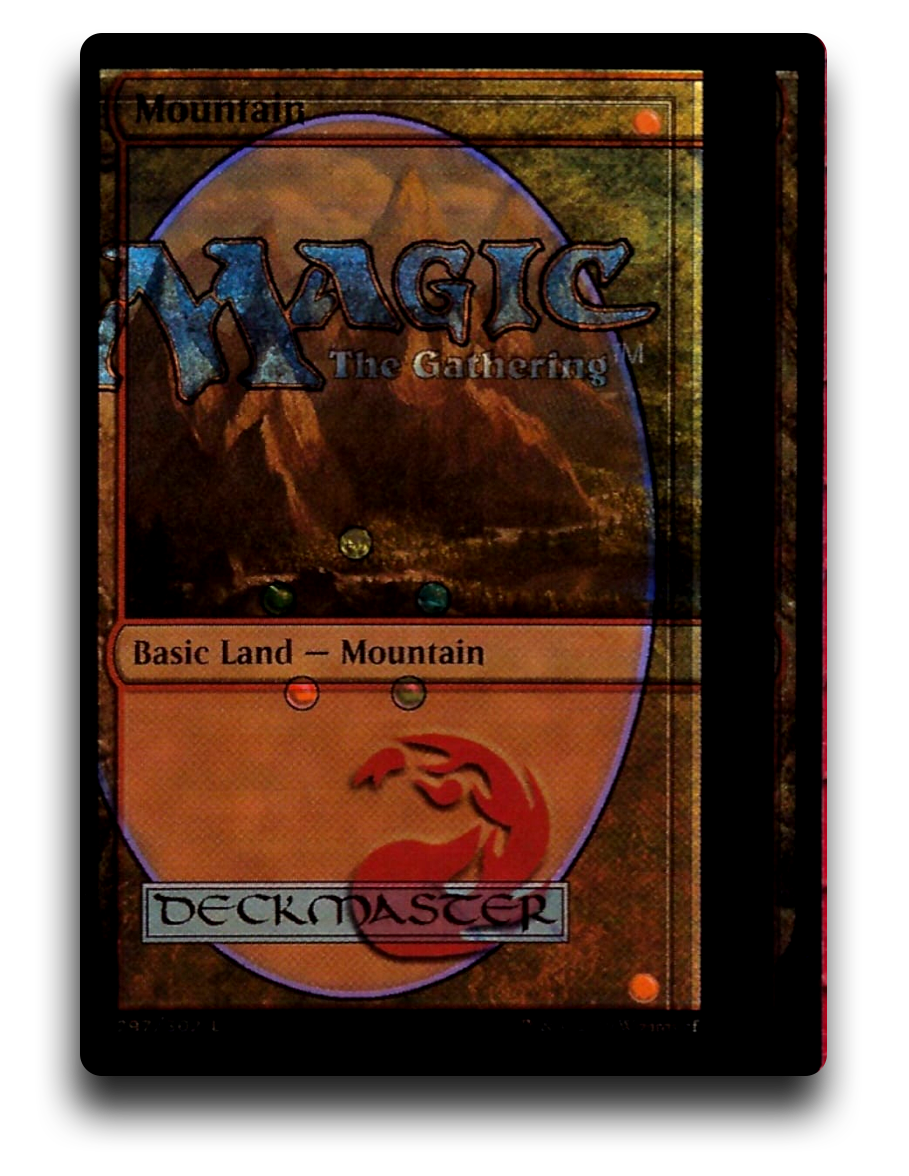
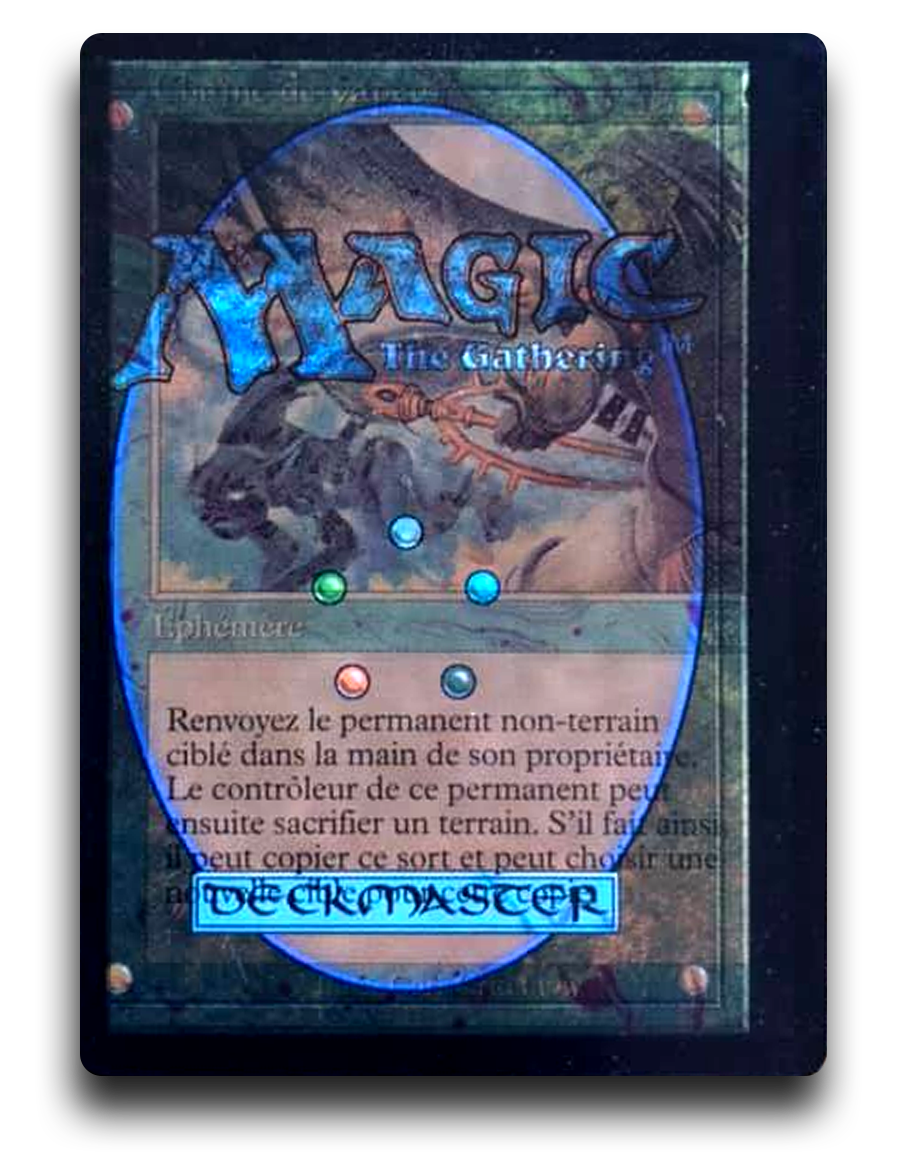
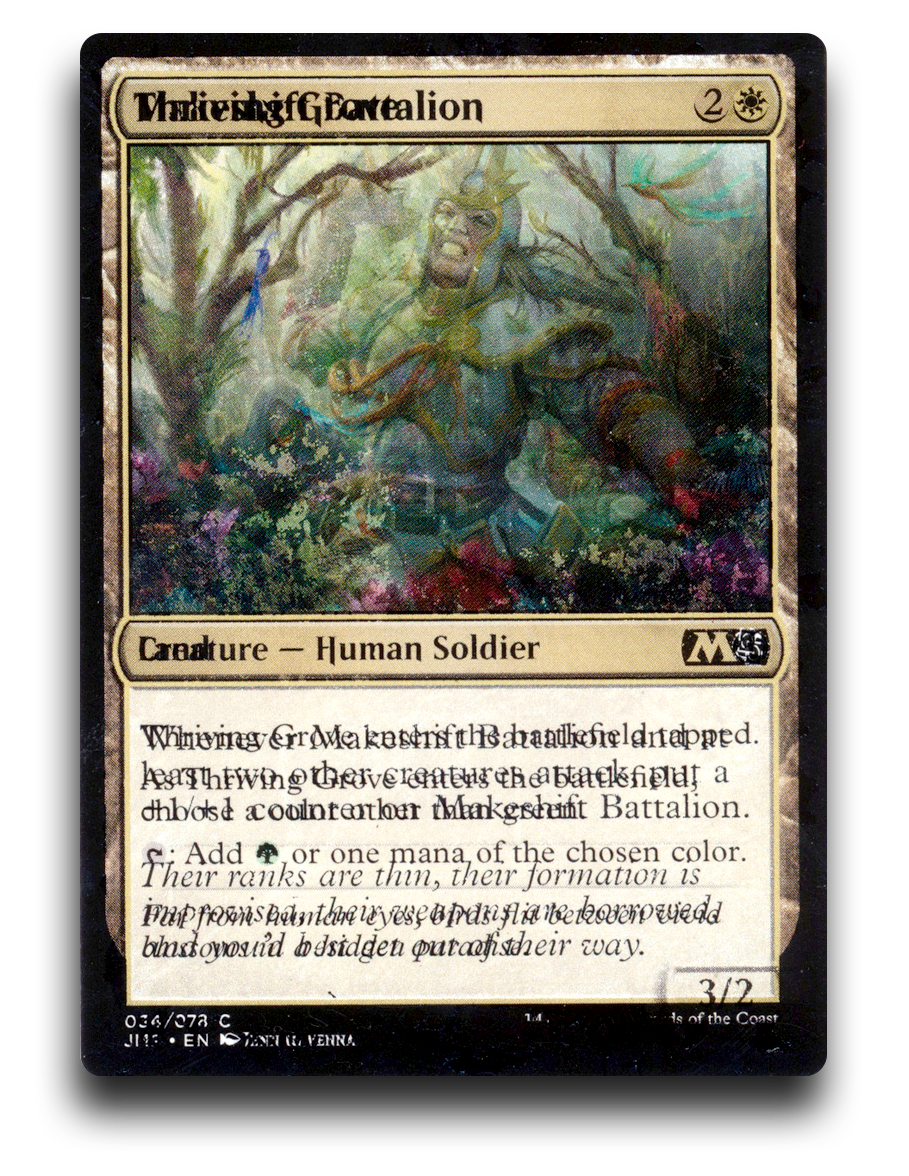
Wrong Back
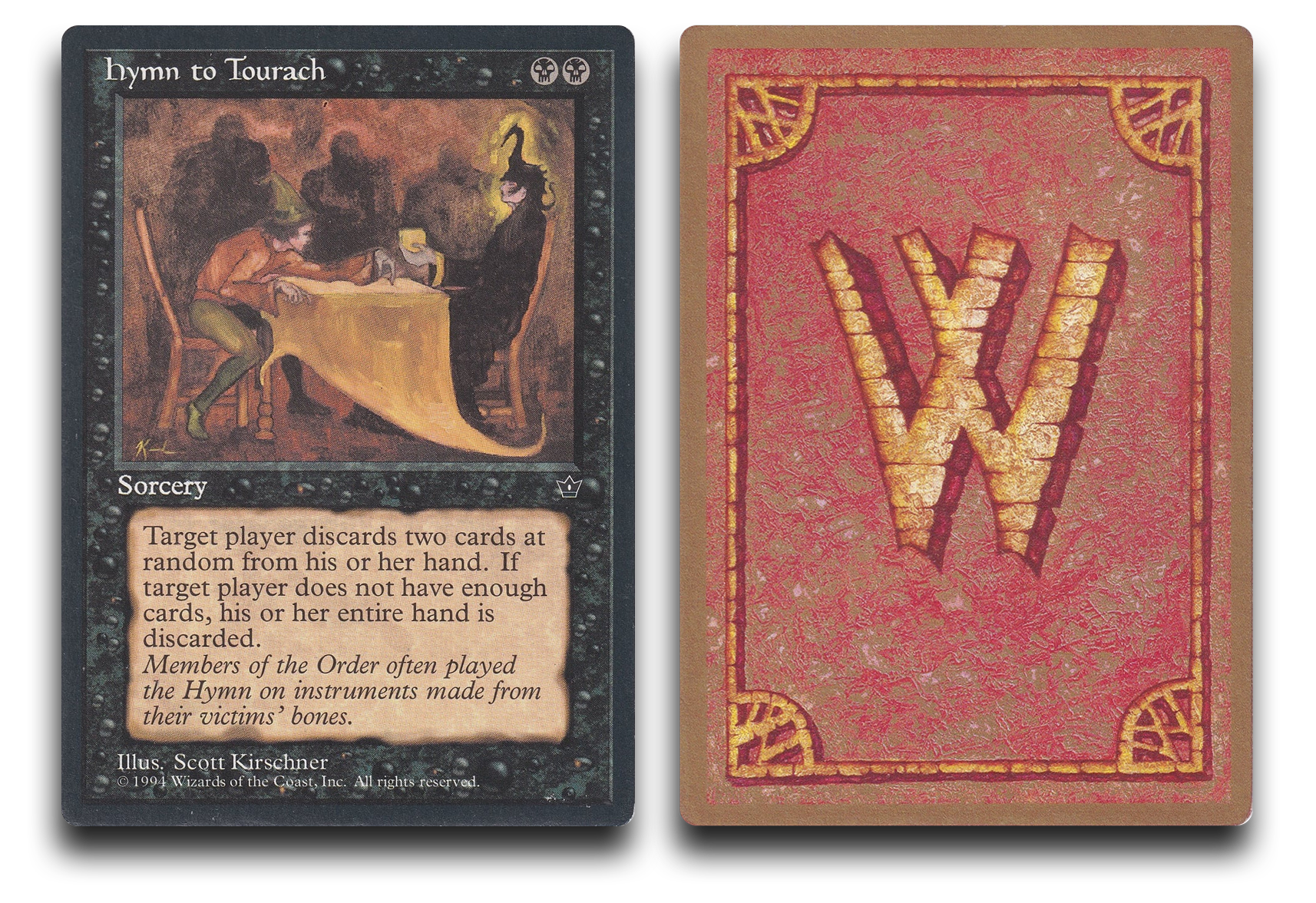
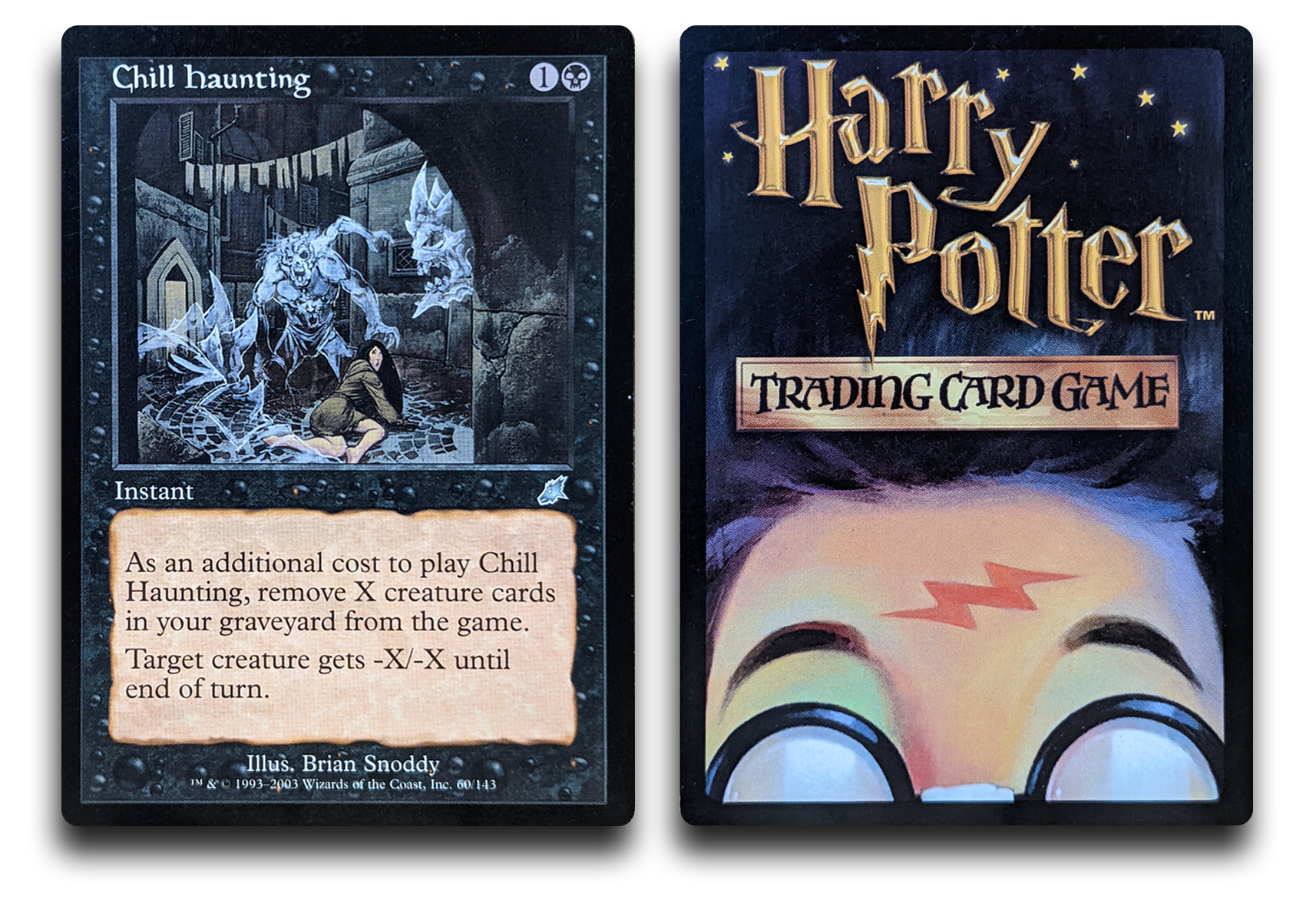
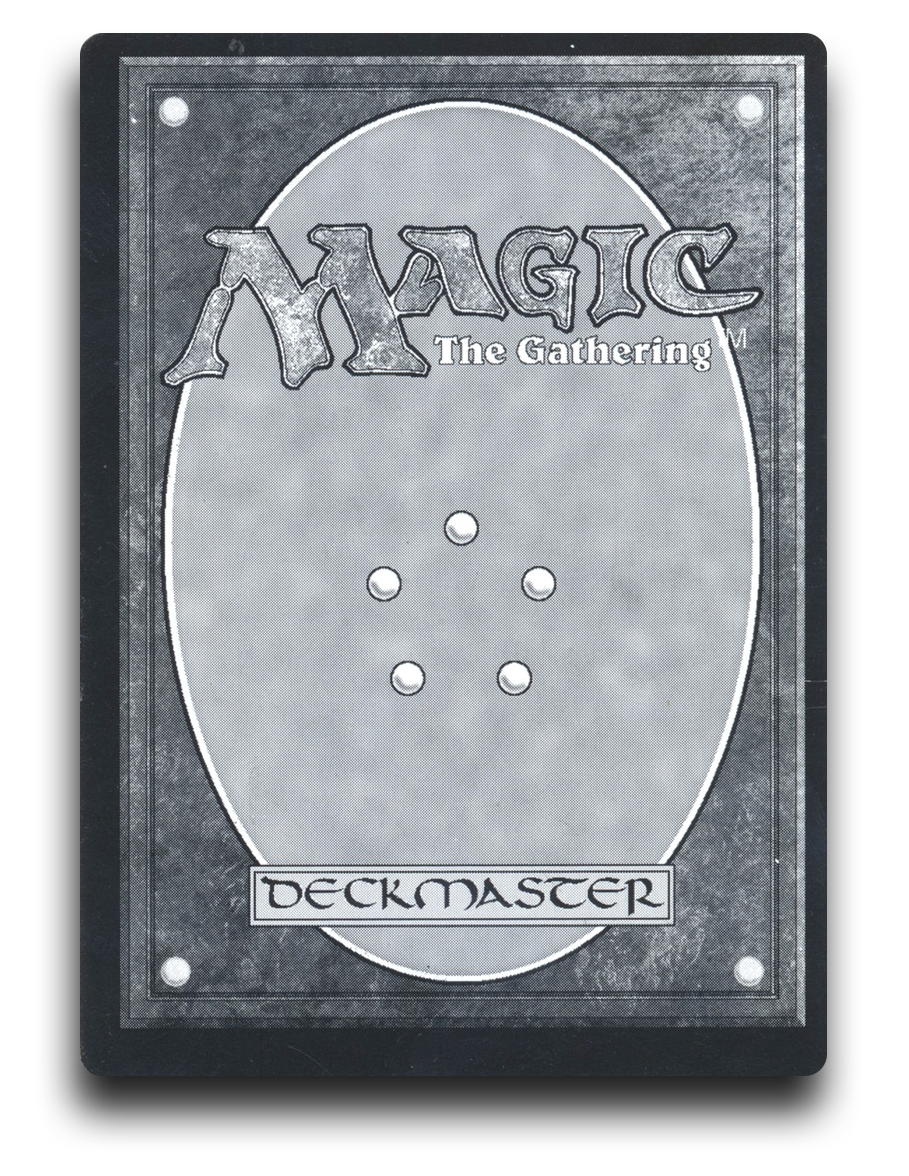
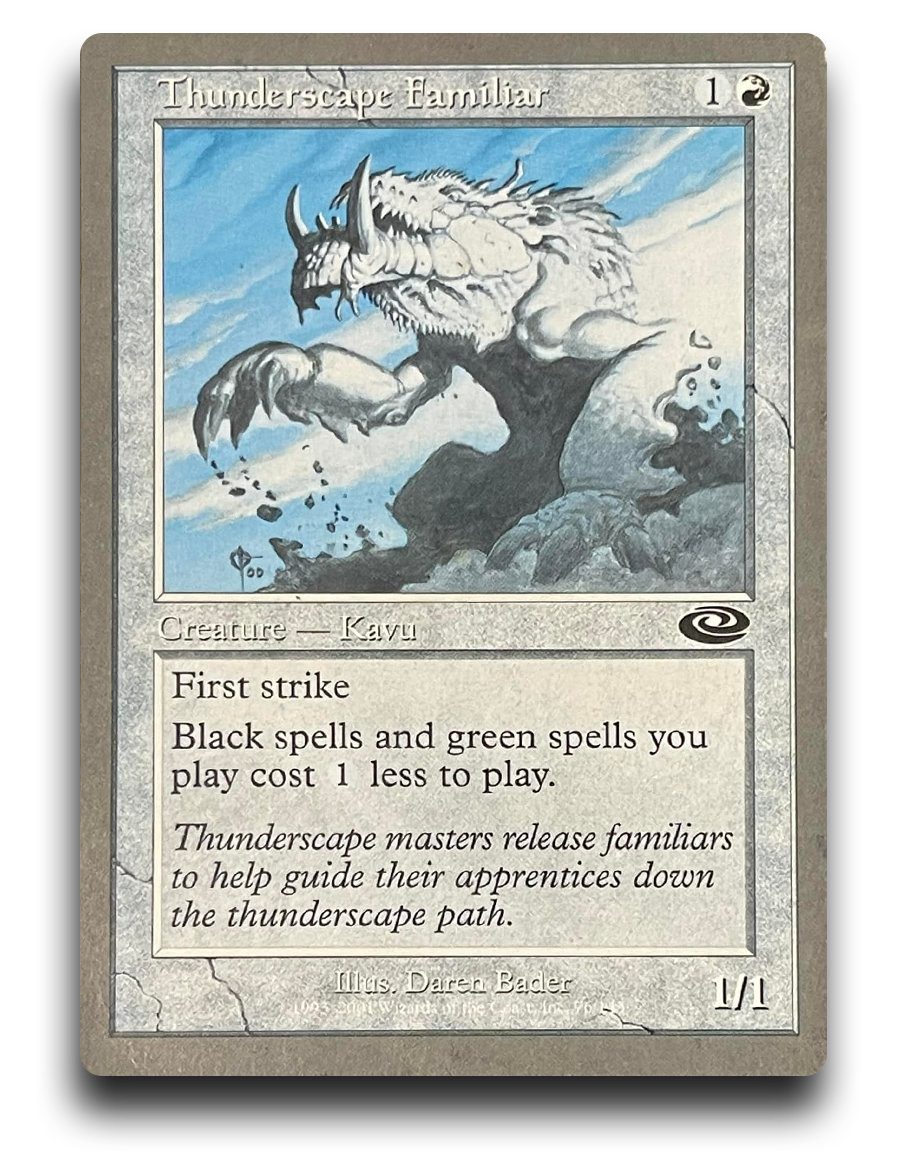
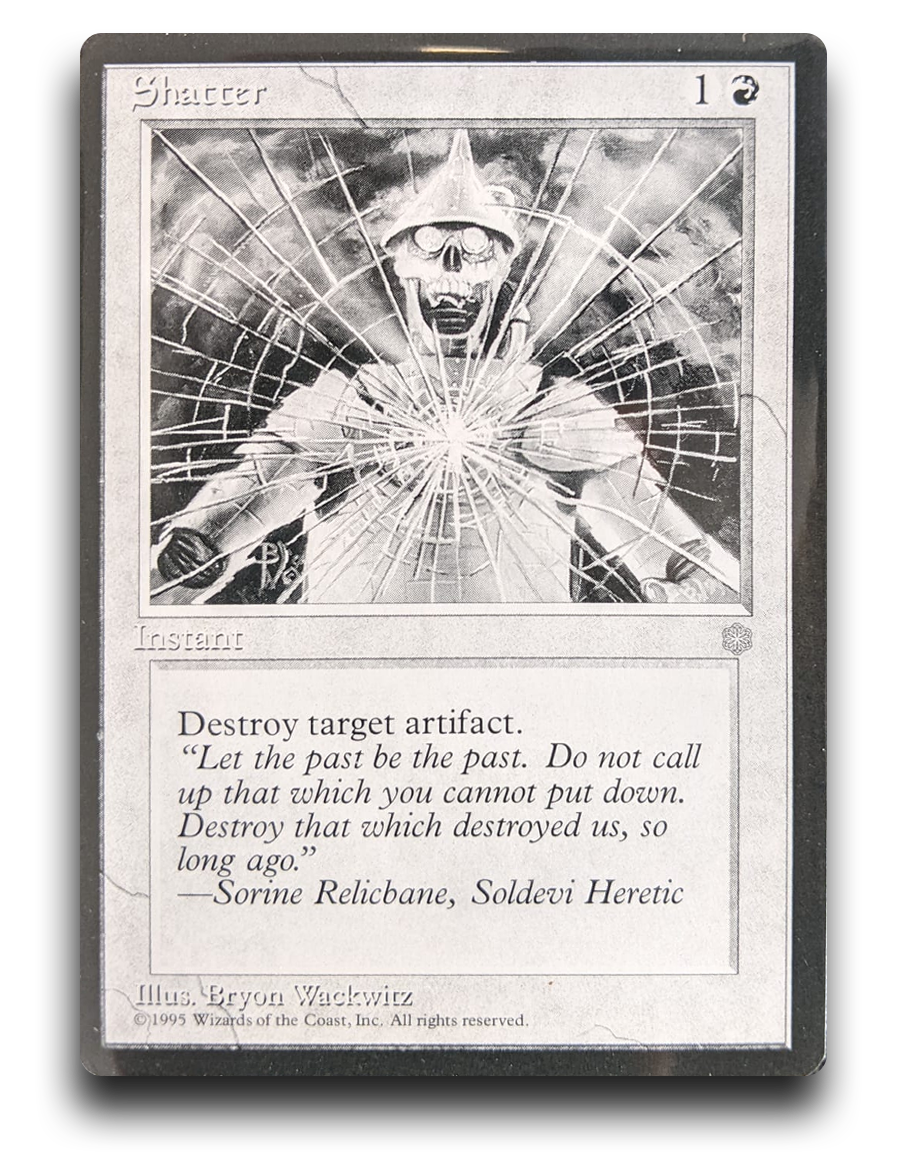
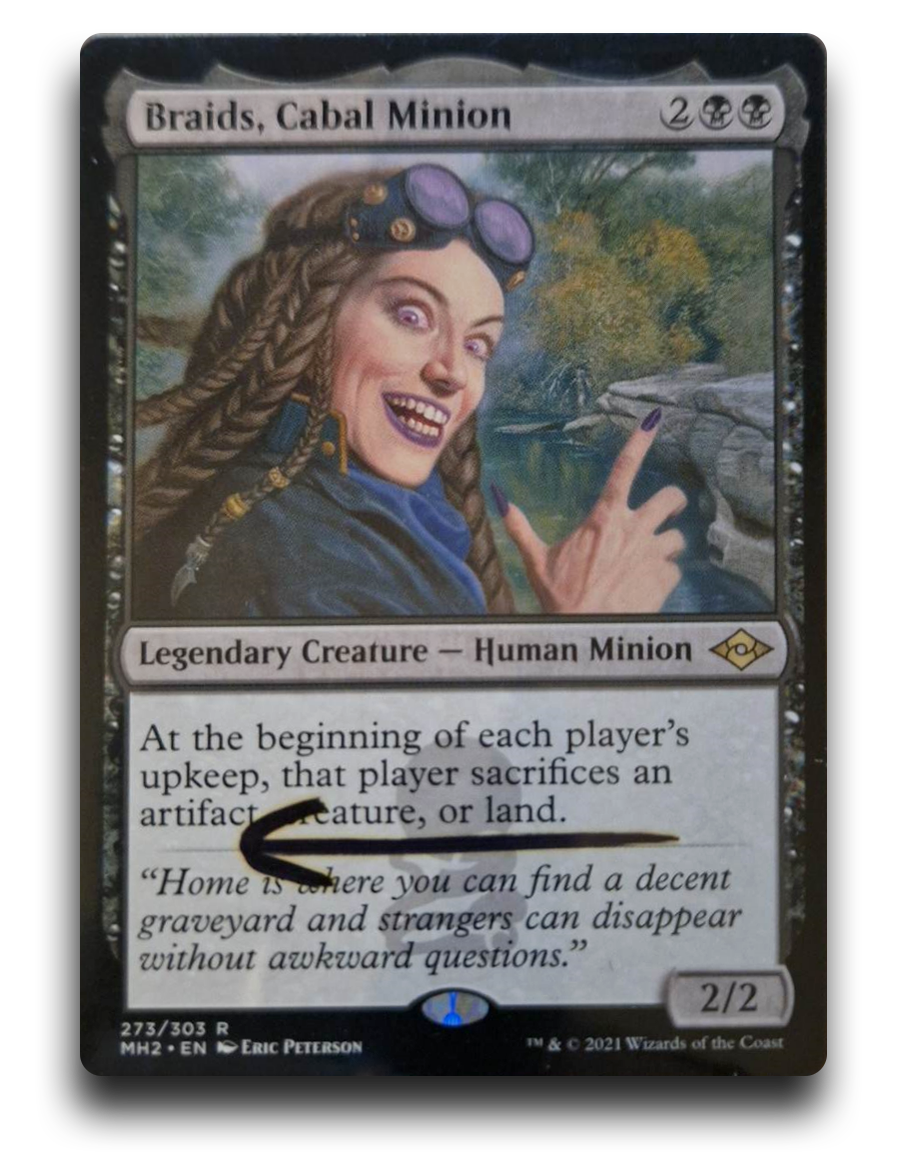
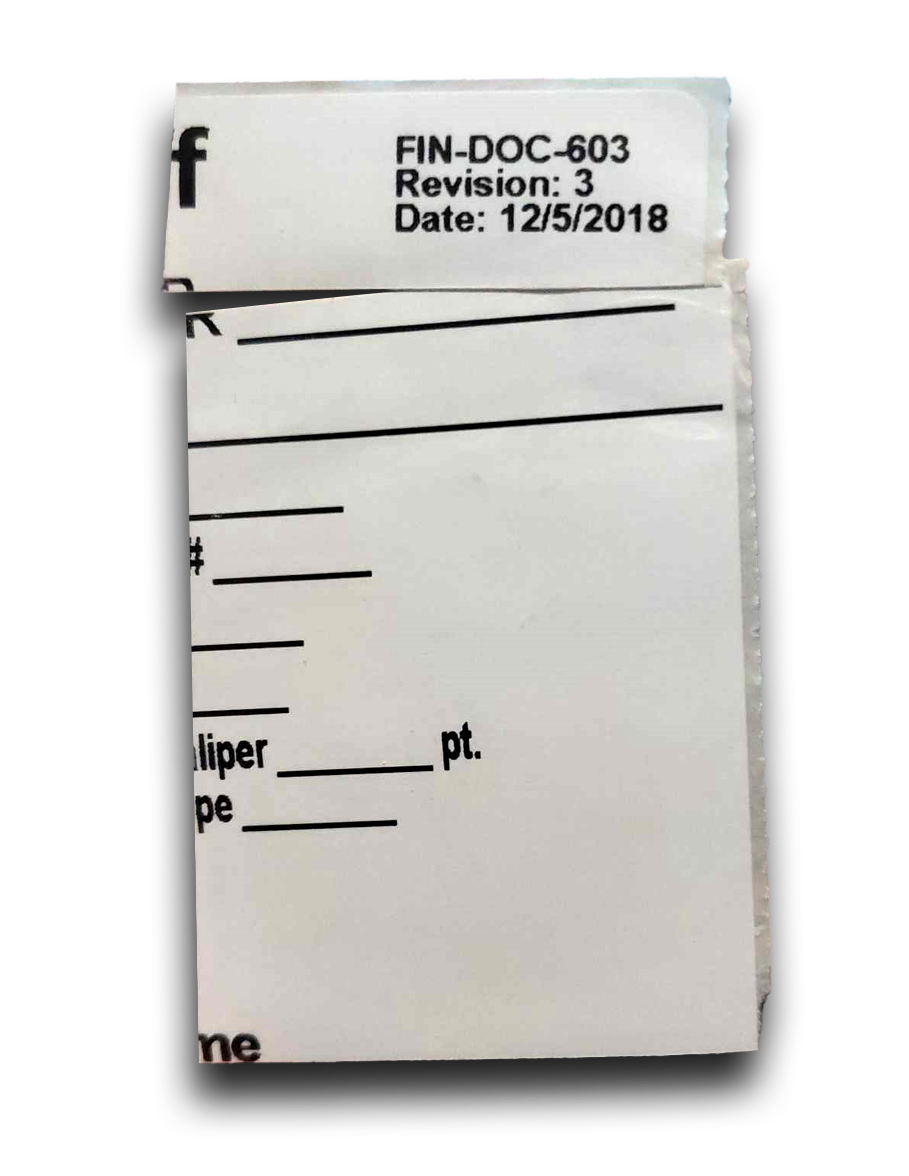
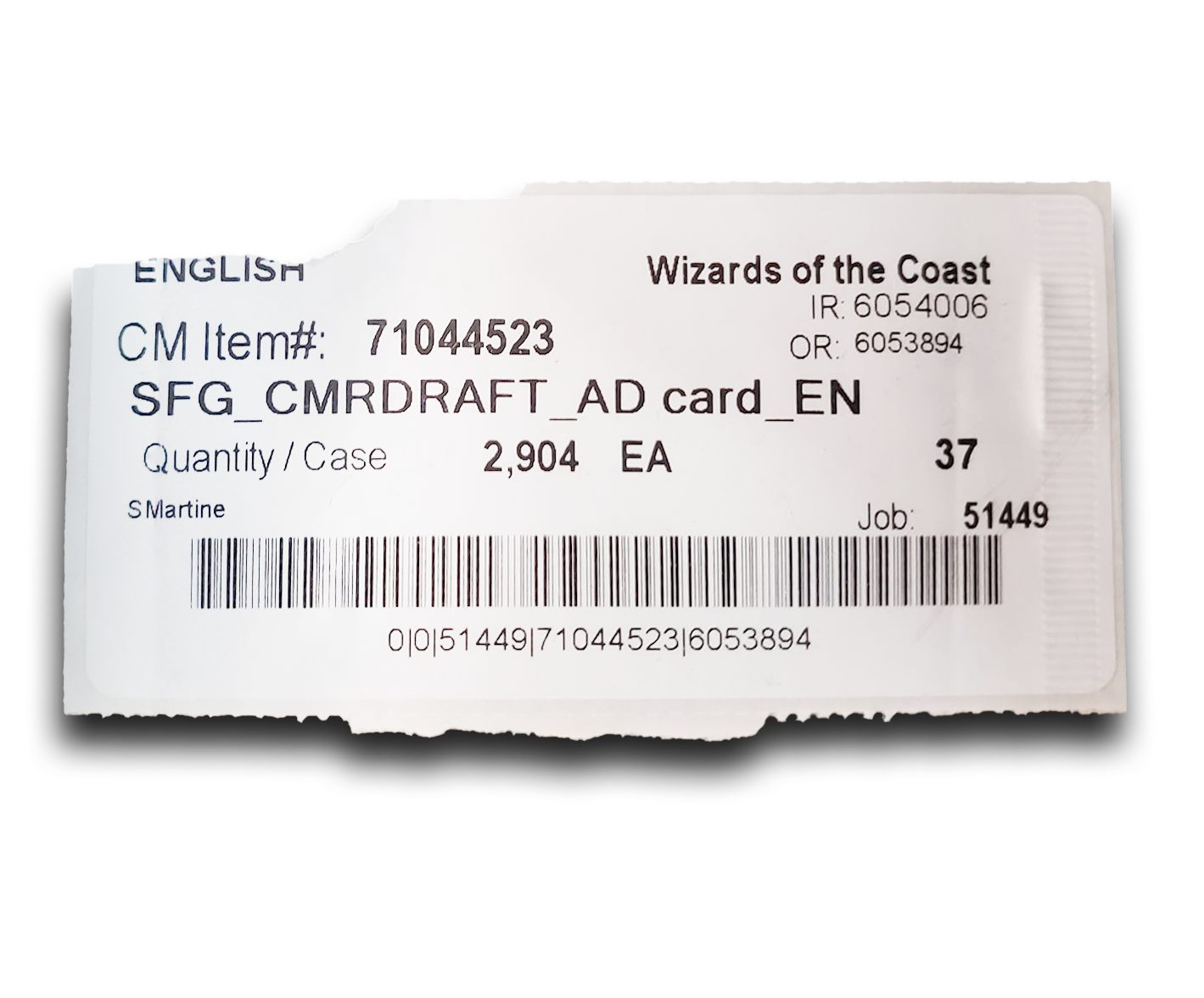
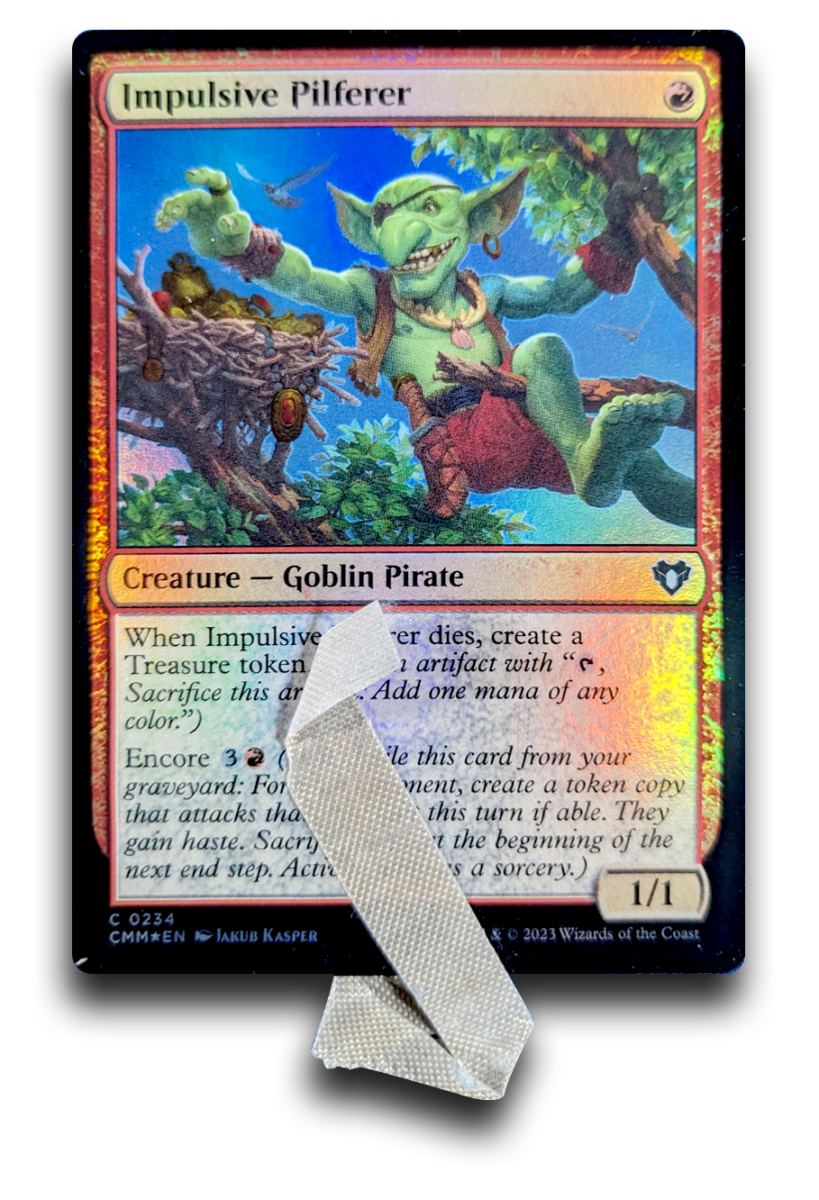
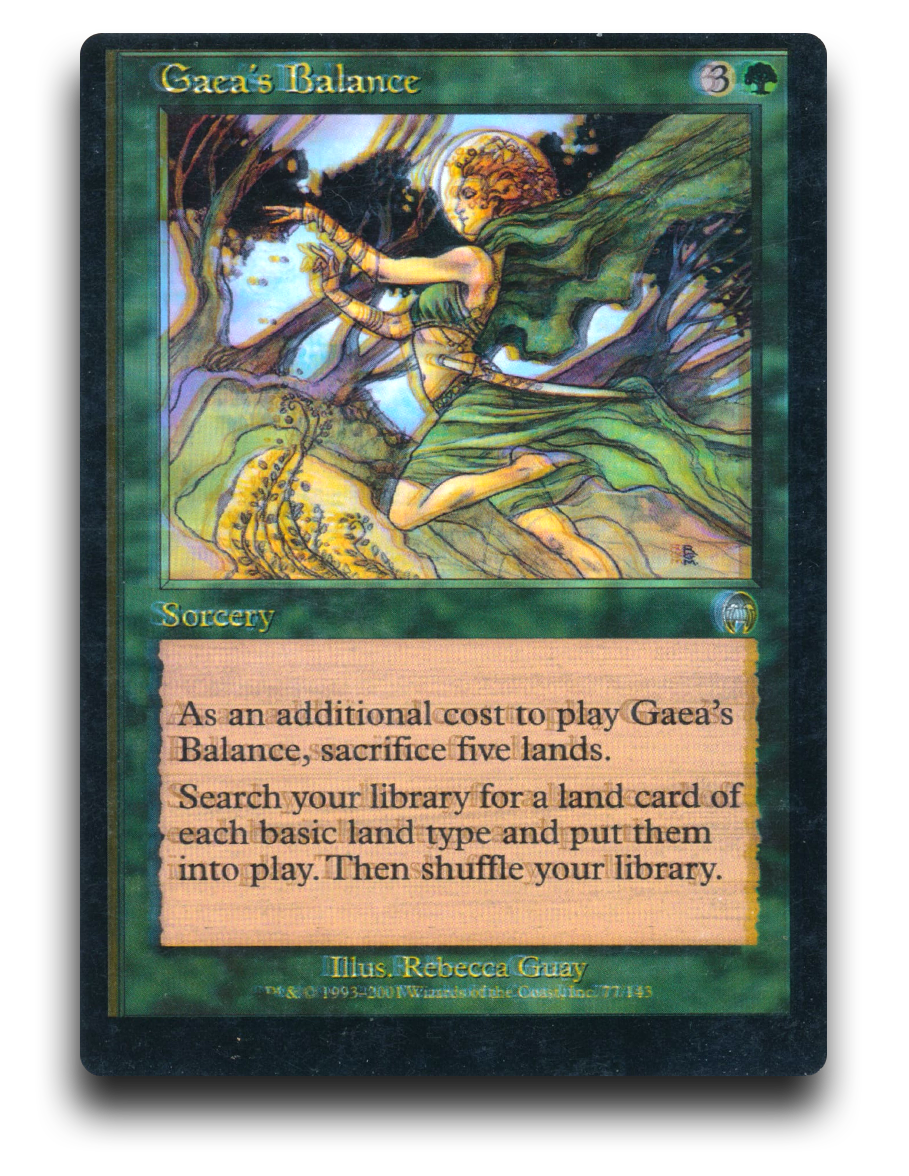
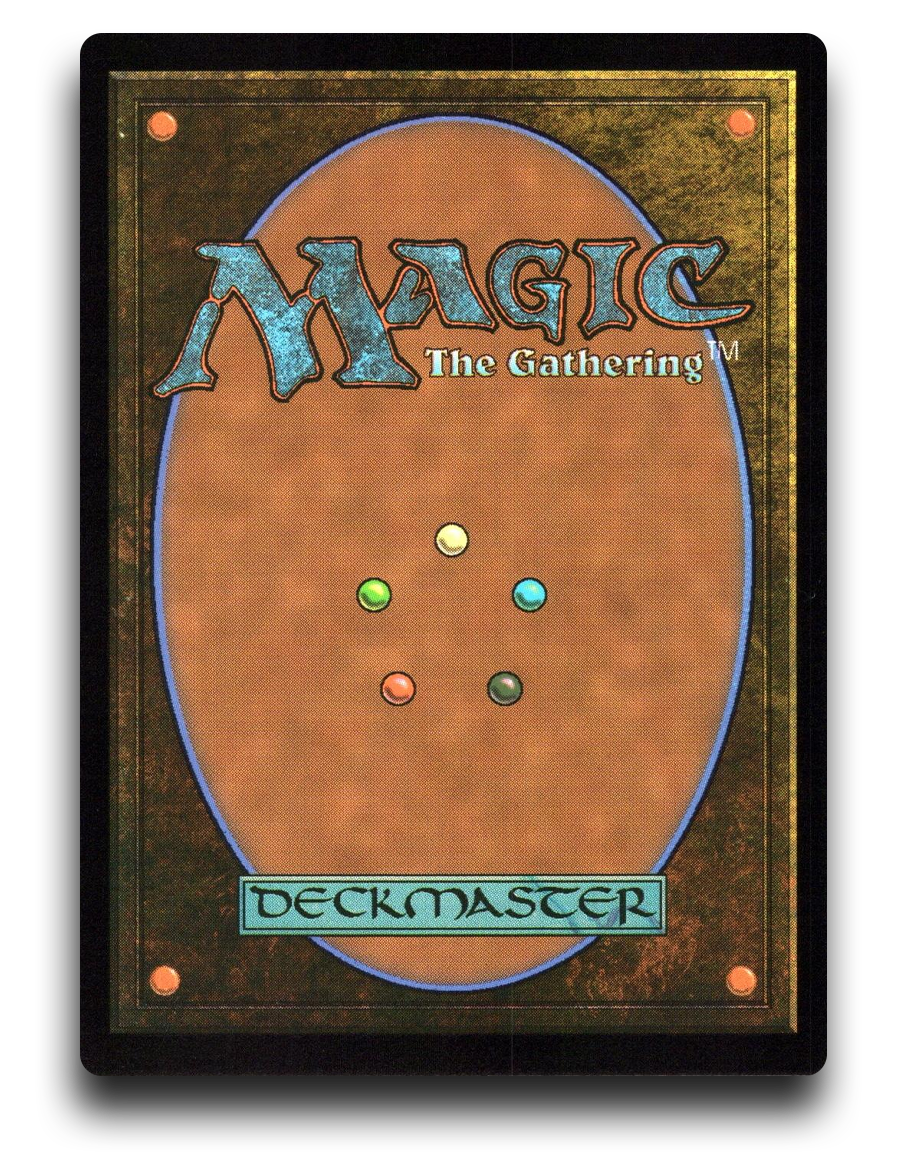
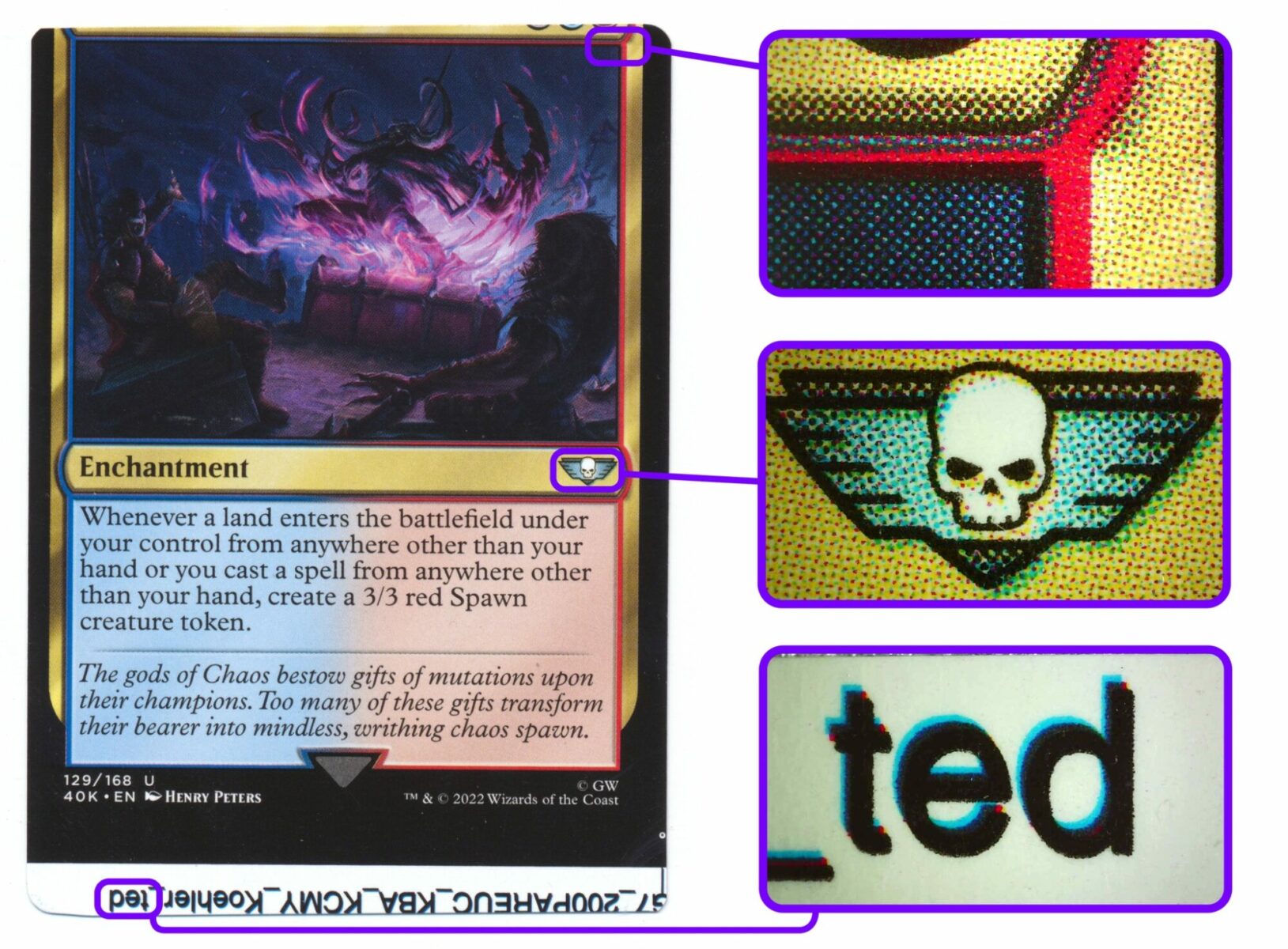
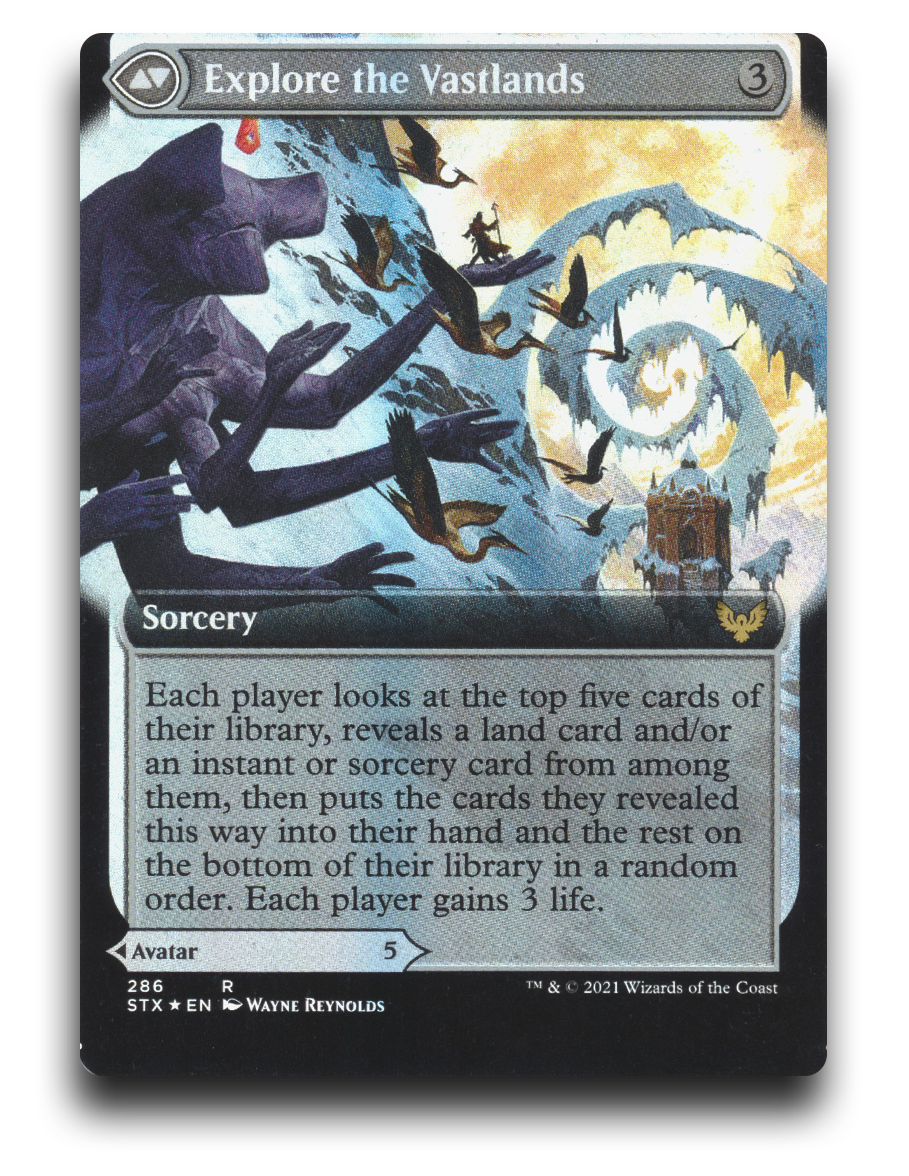
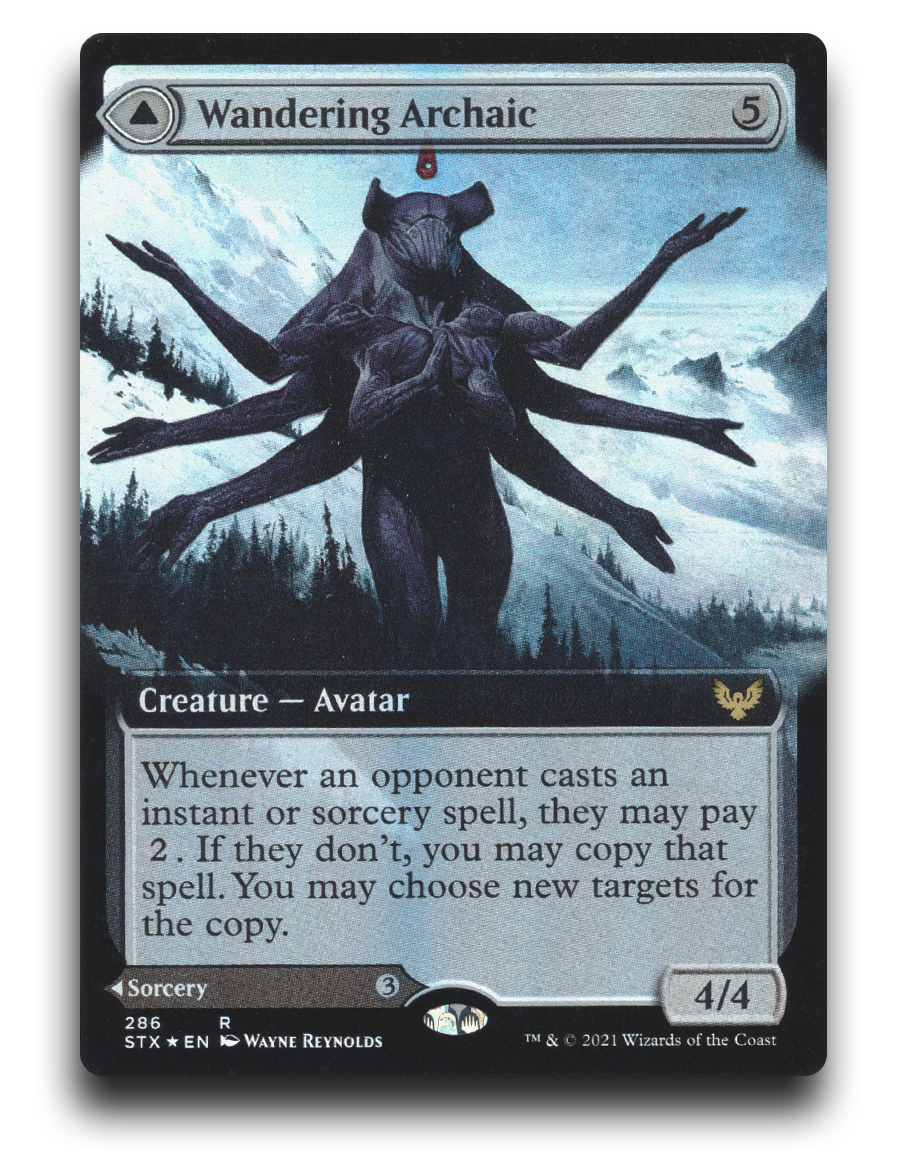
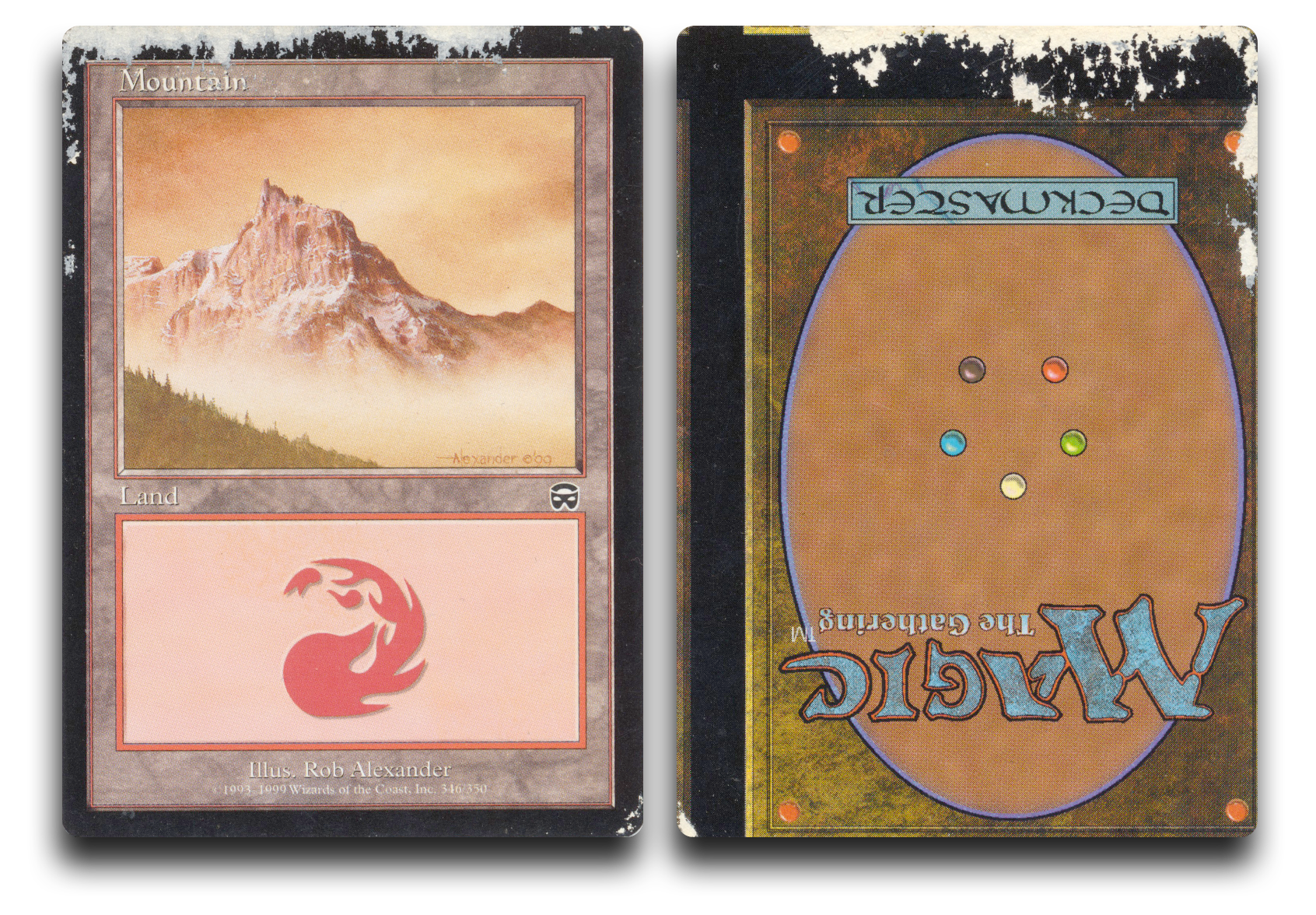
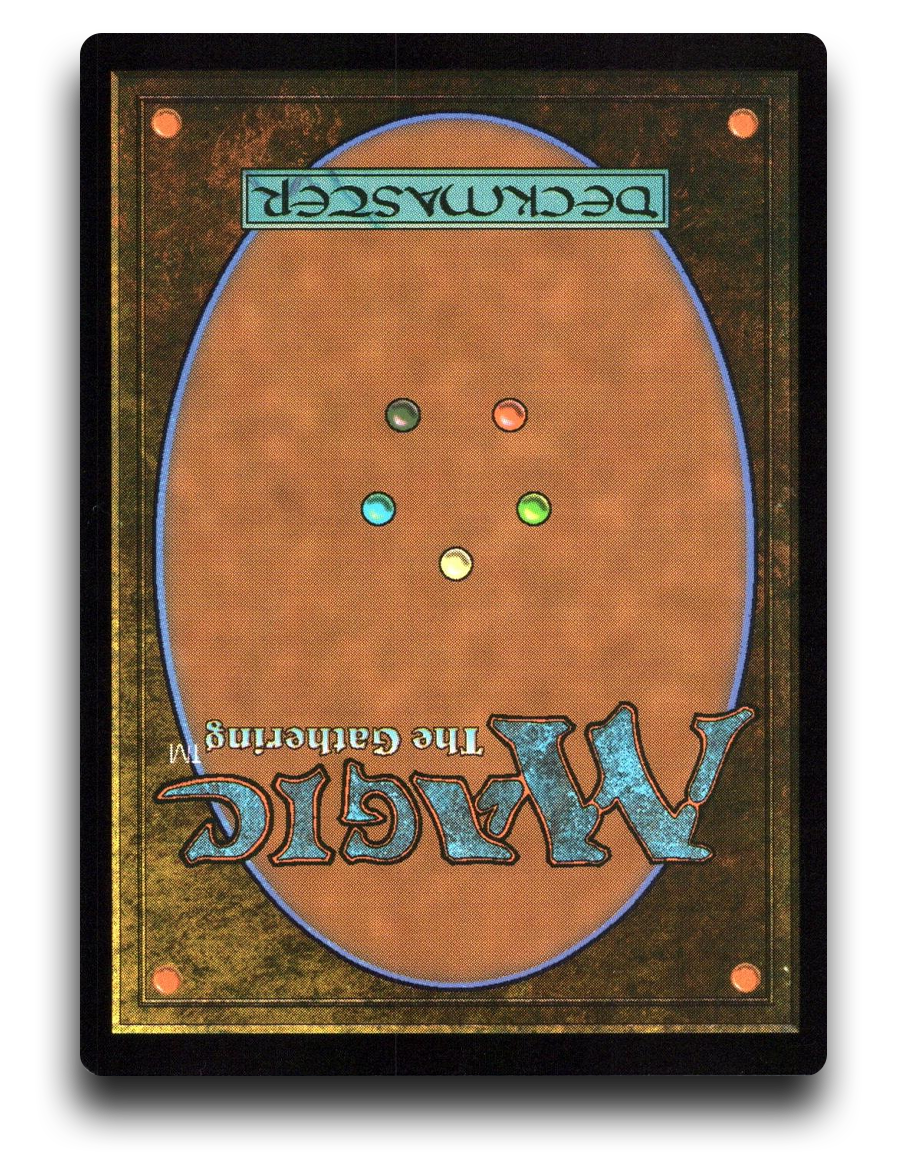
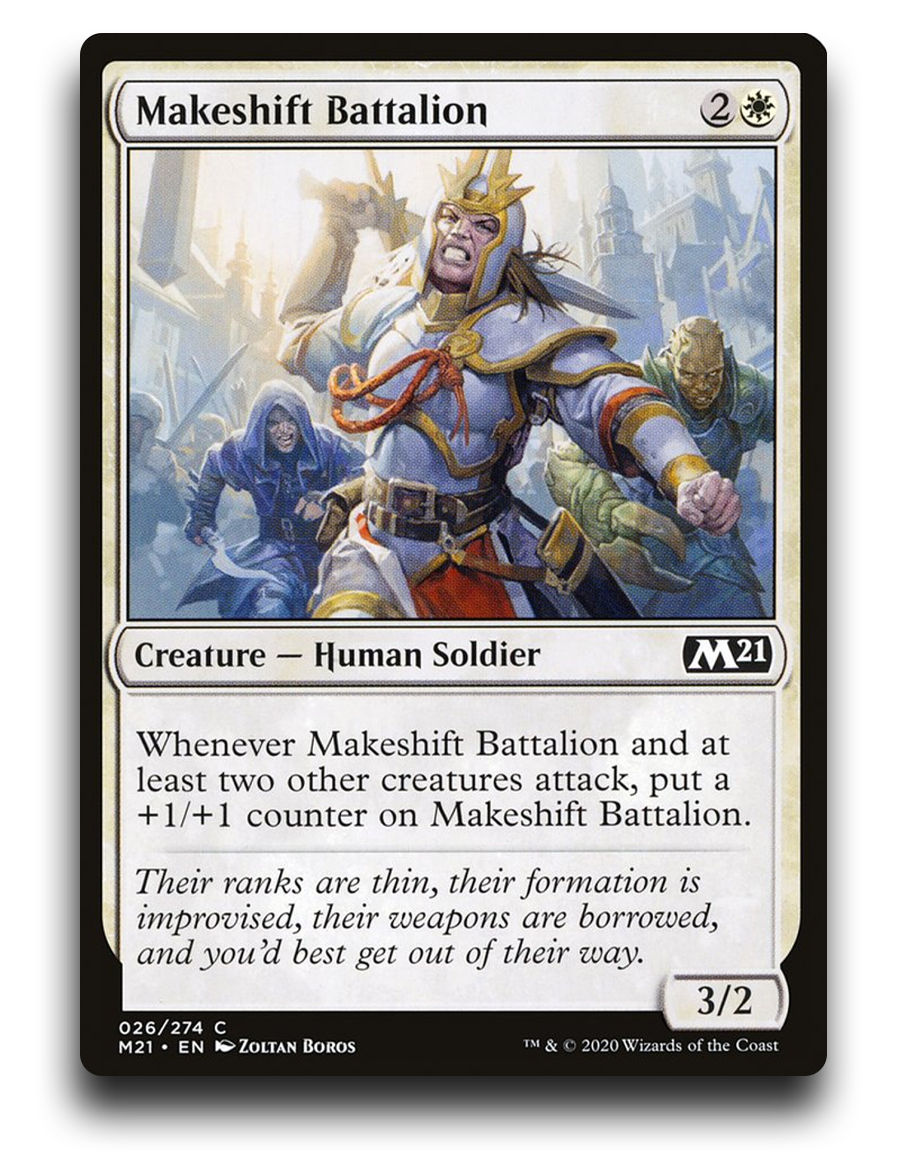
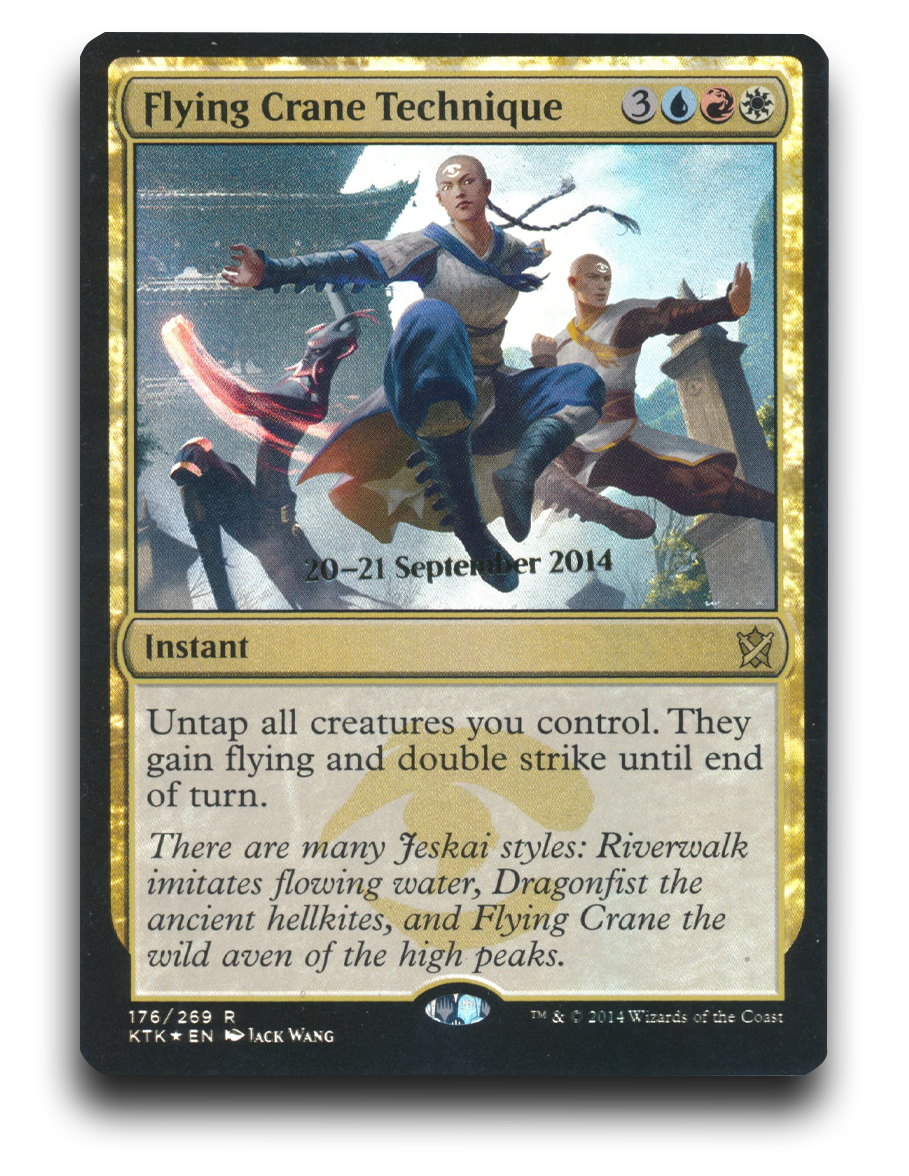
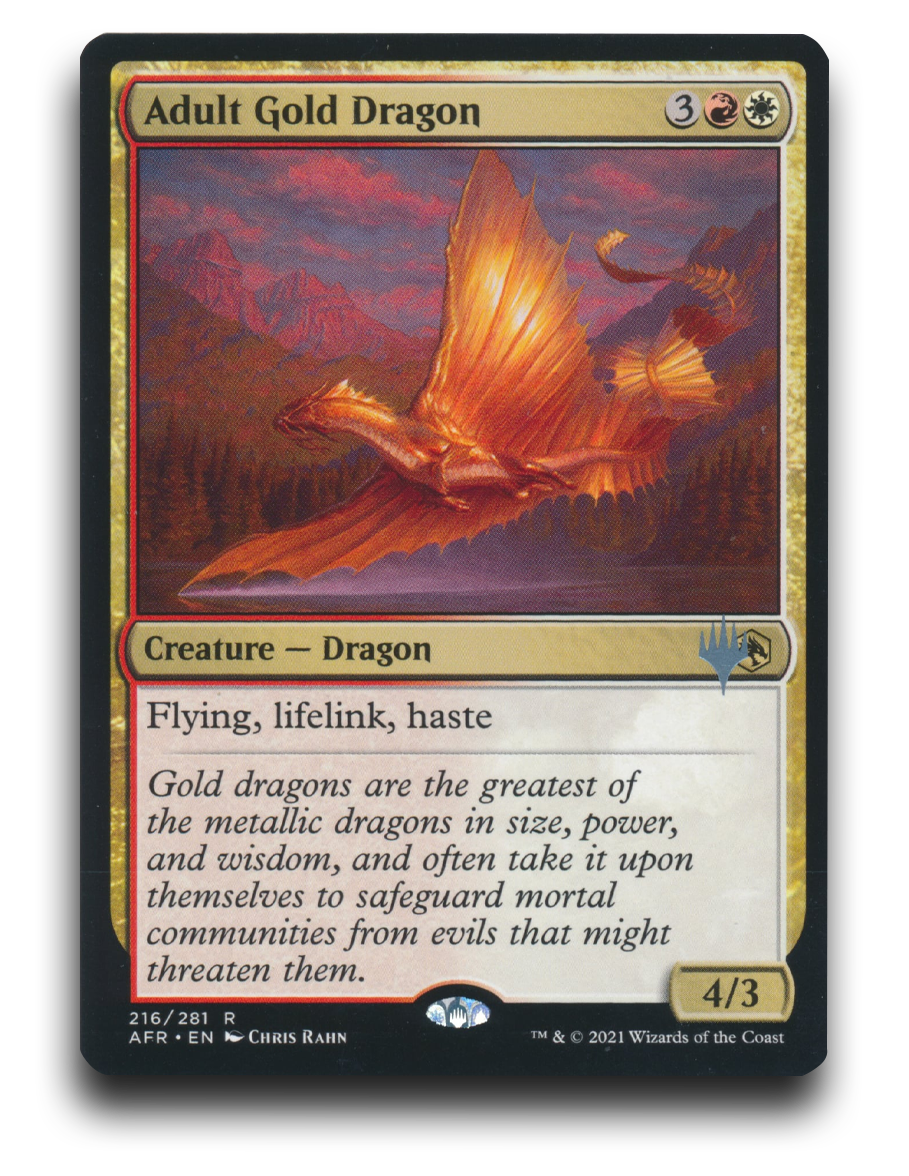
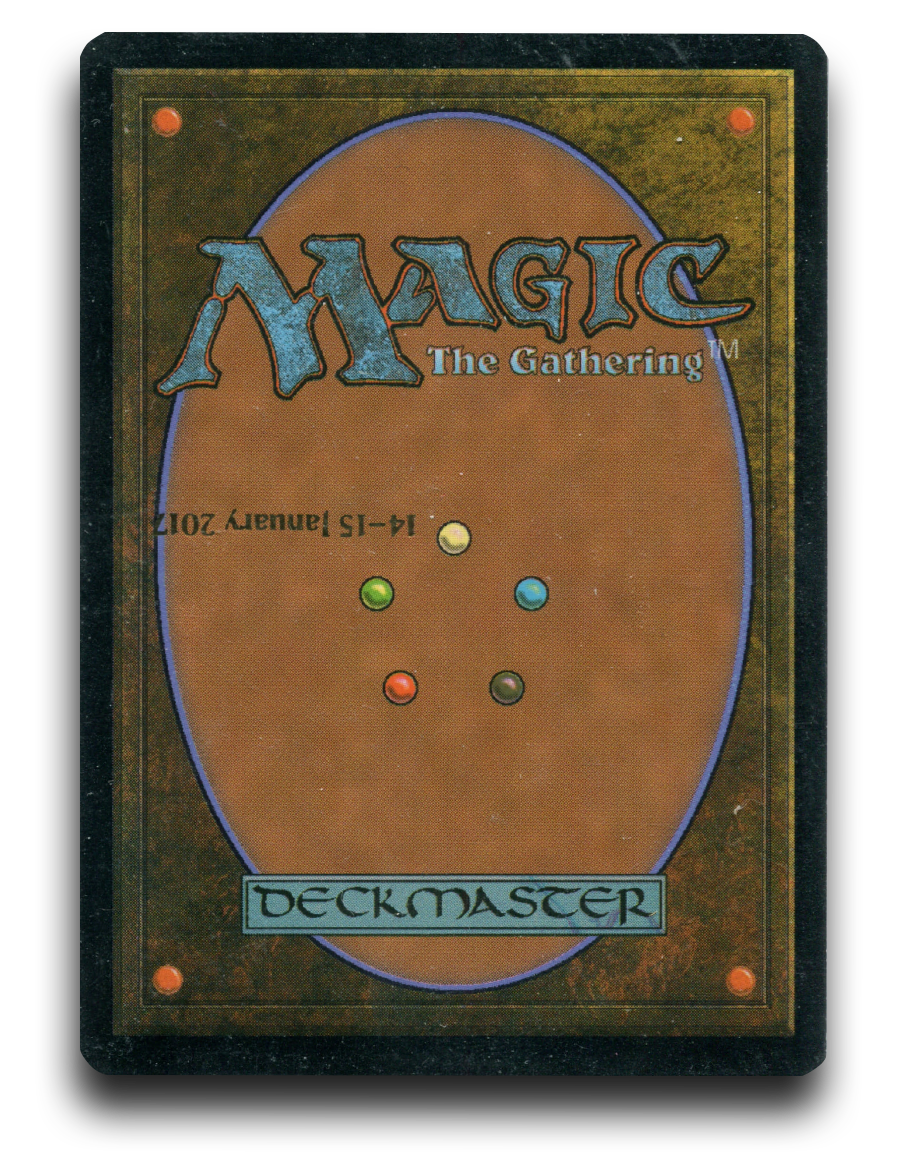
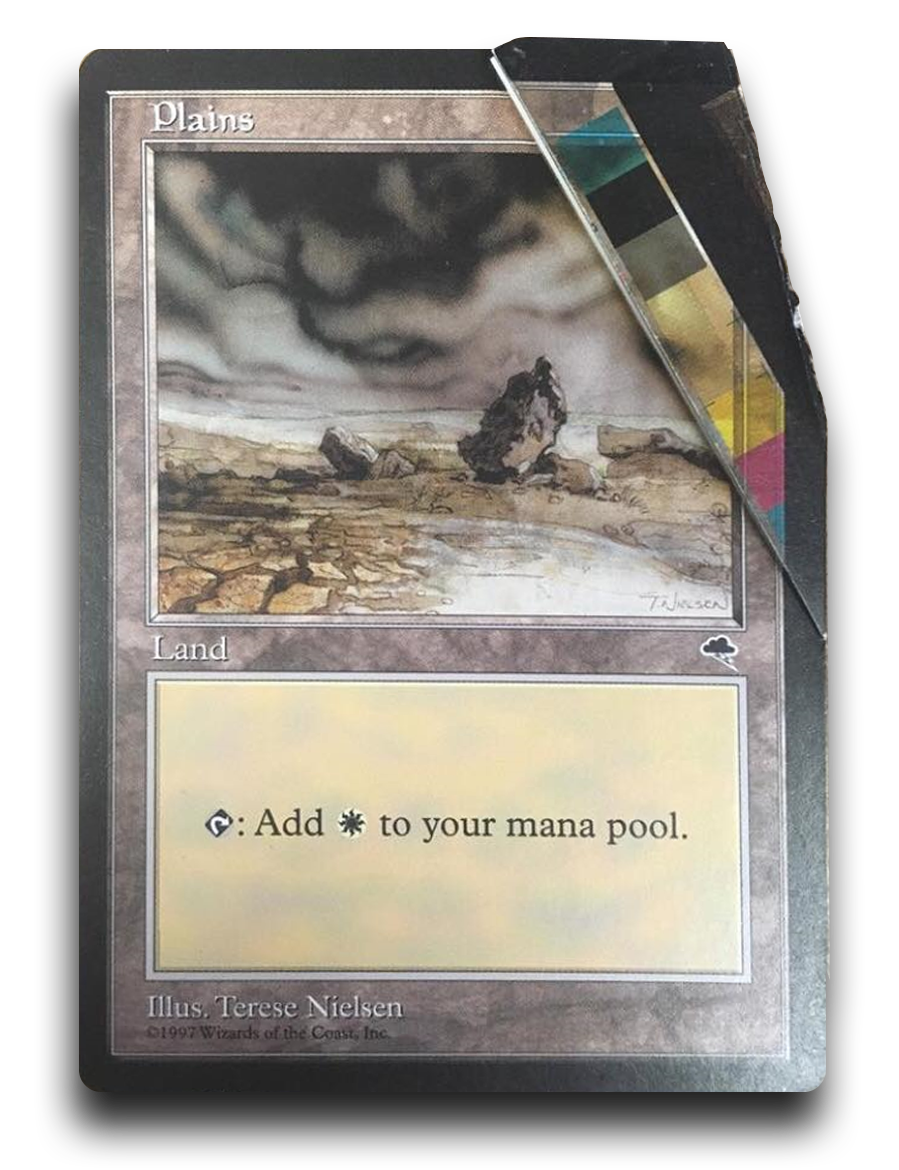
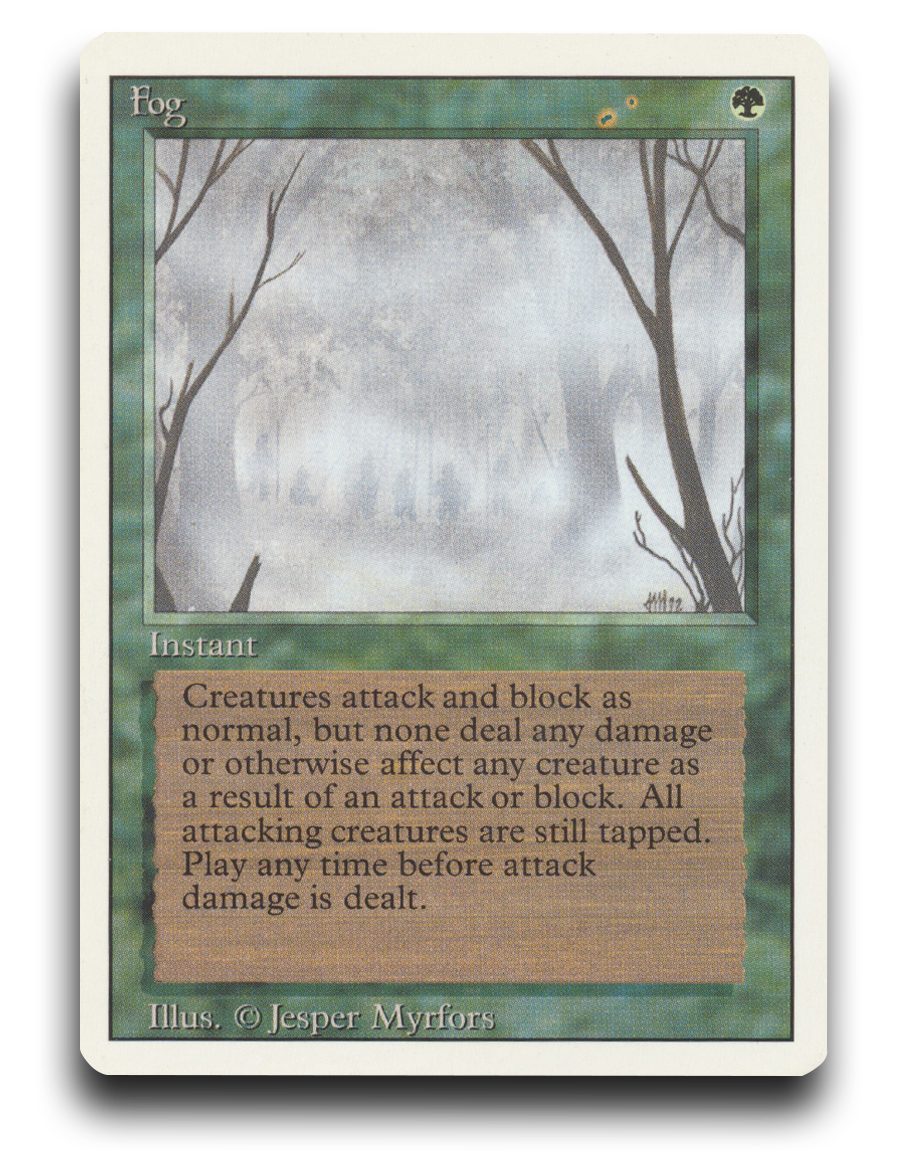
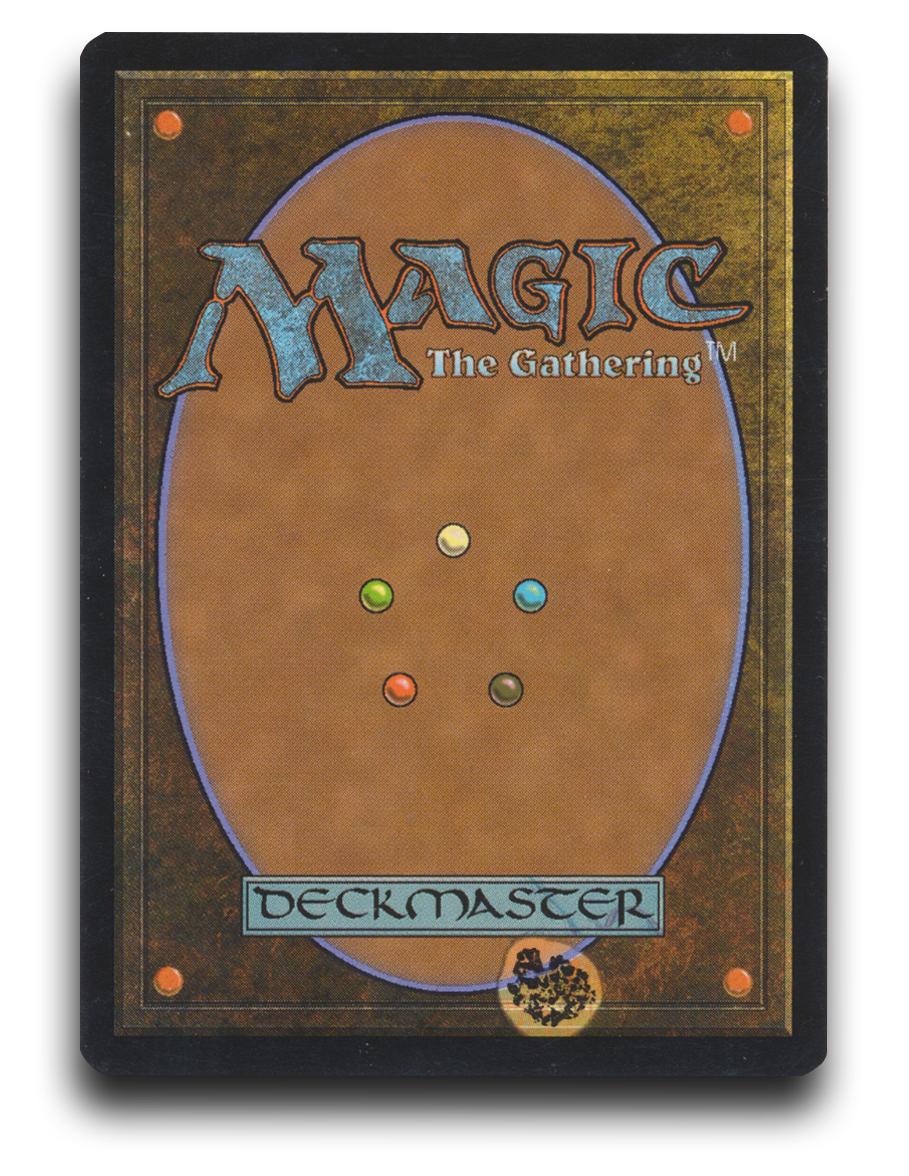
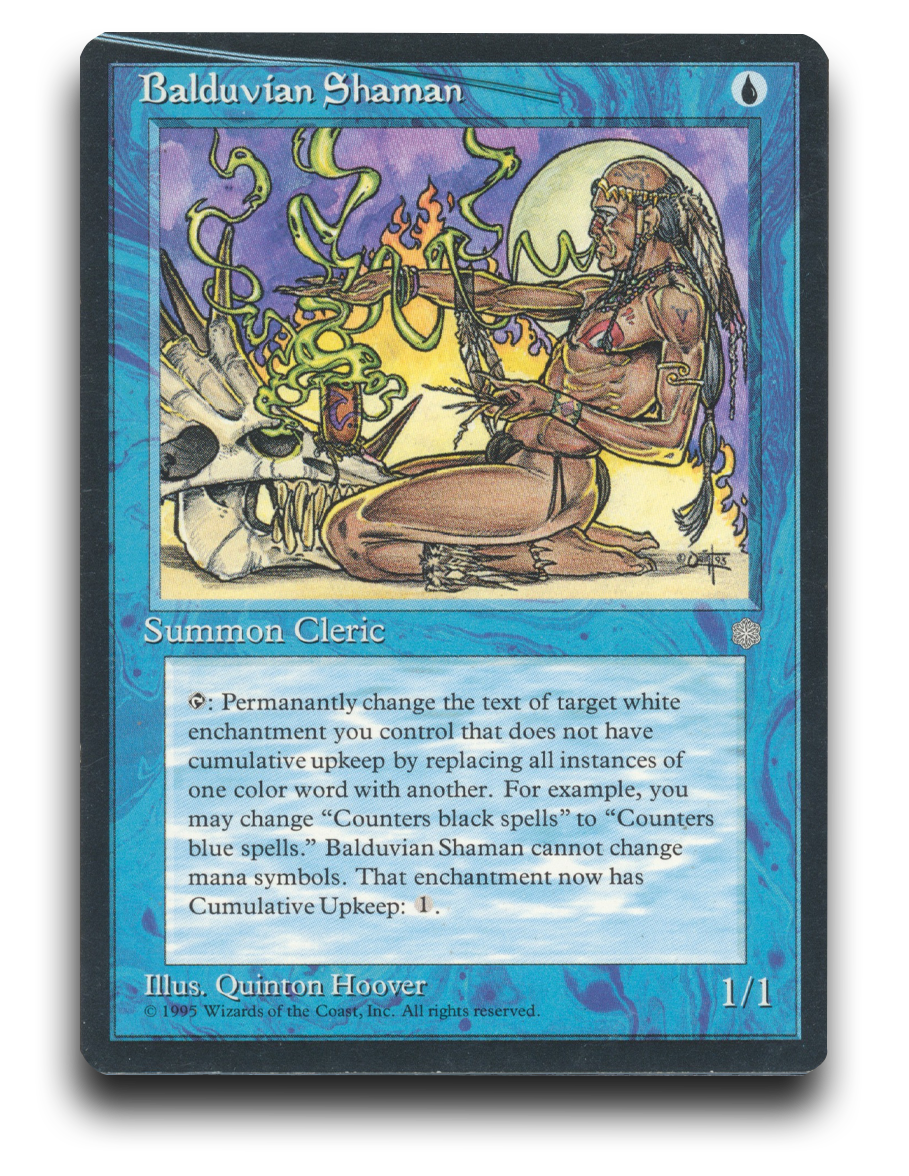
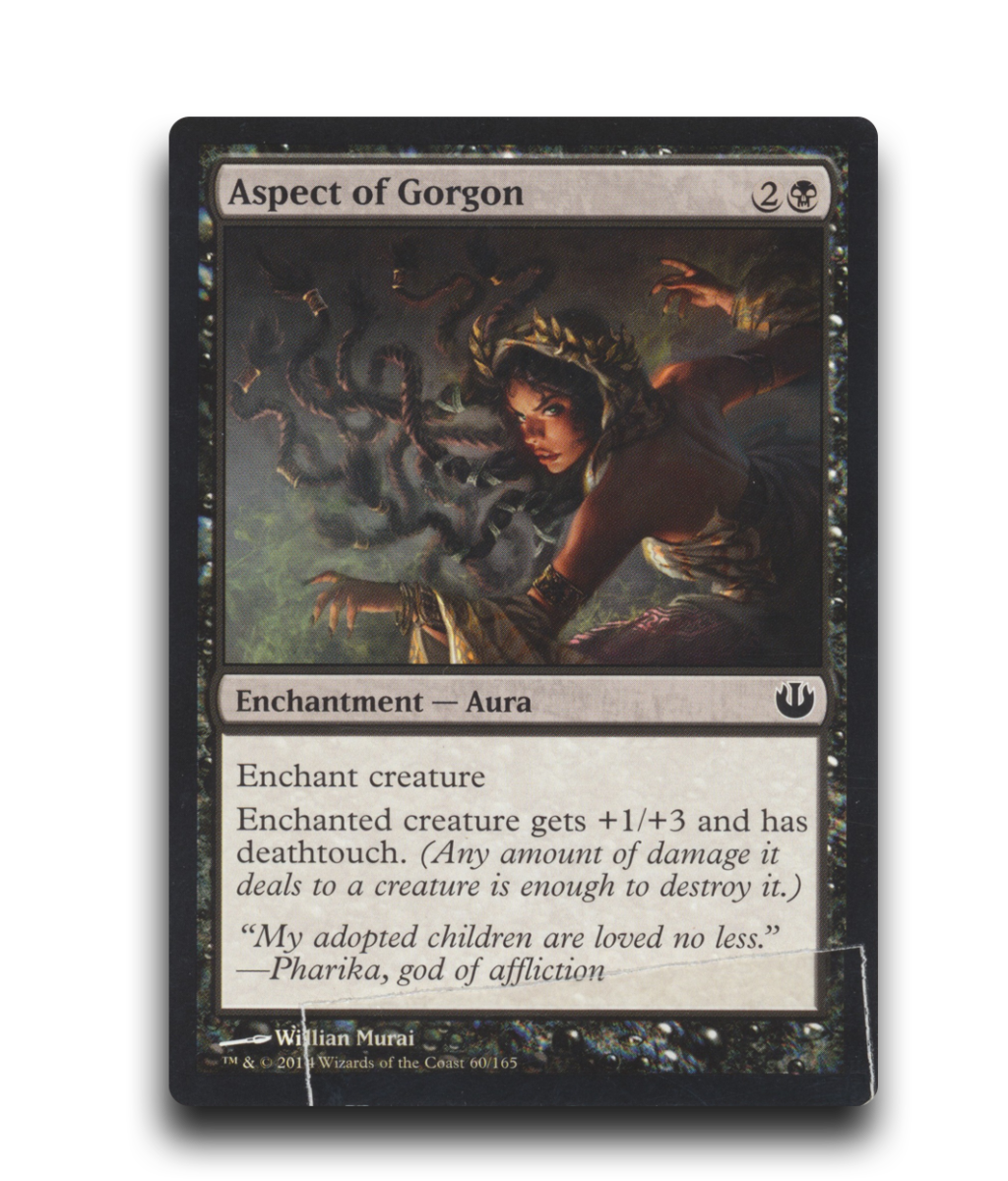
Ink Skin
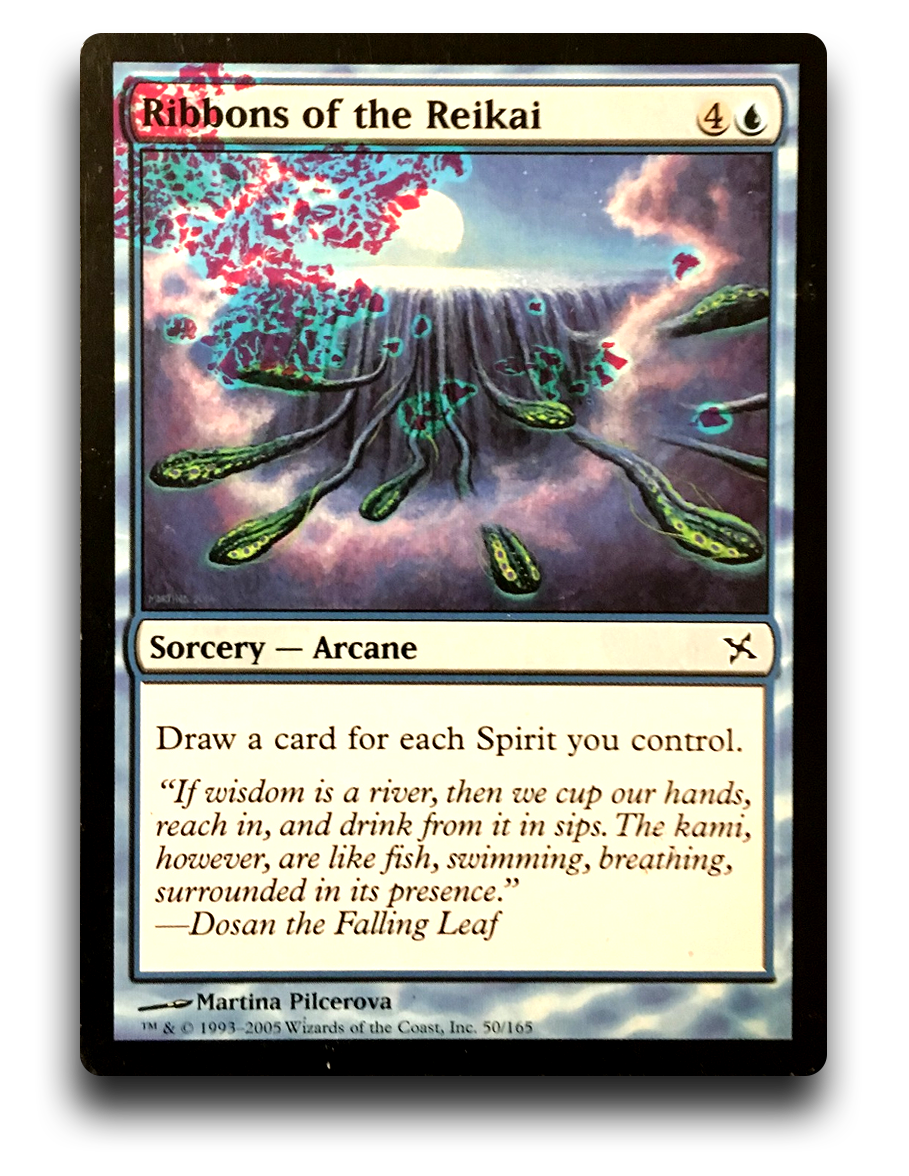
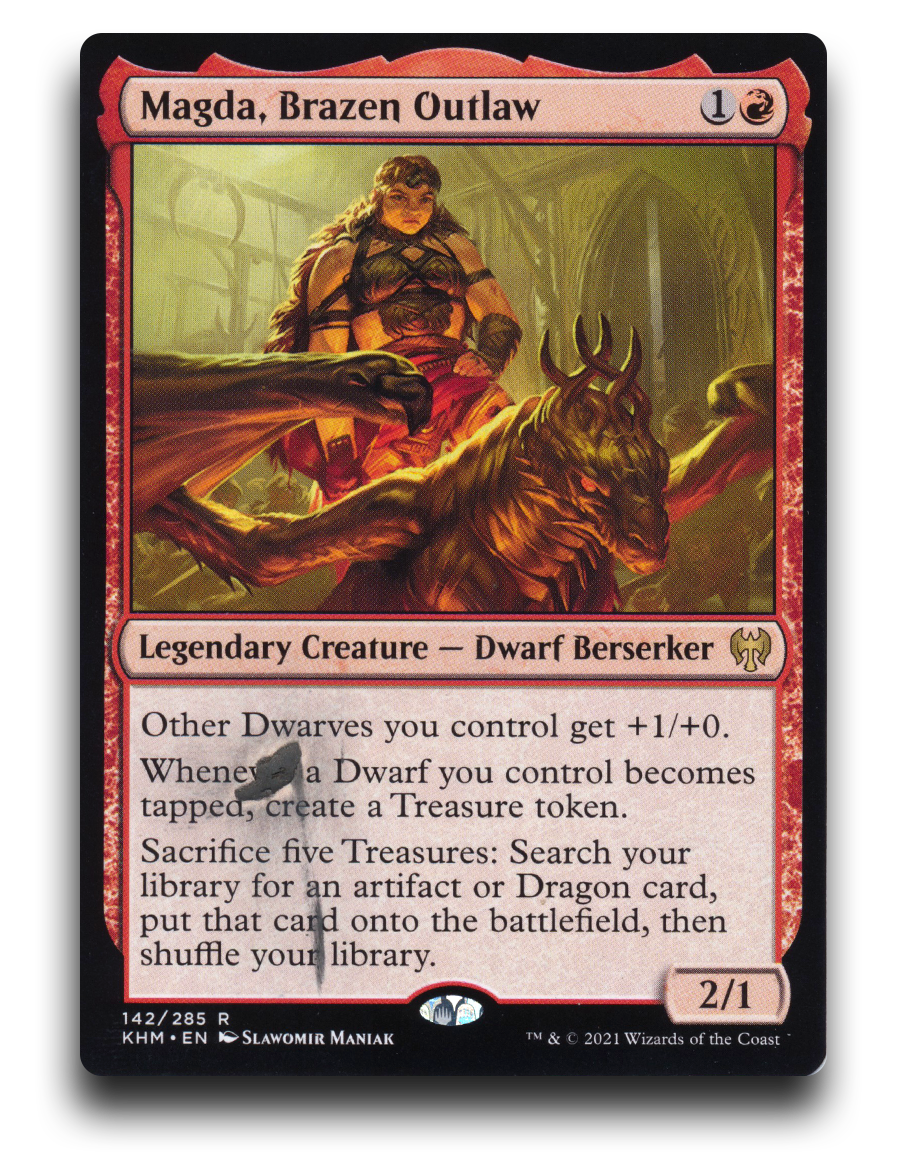
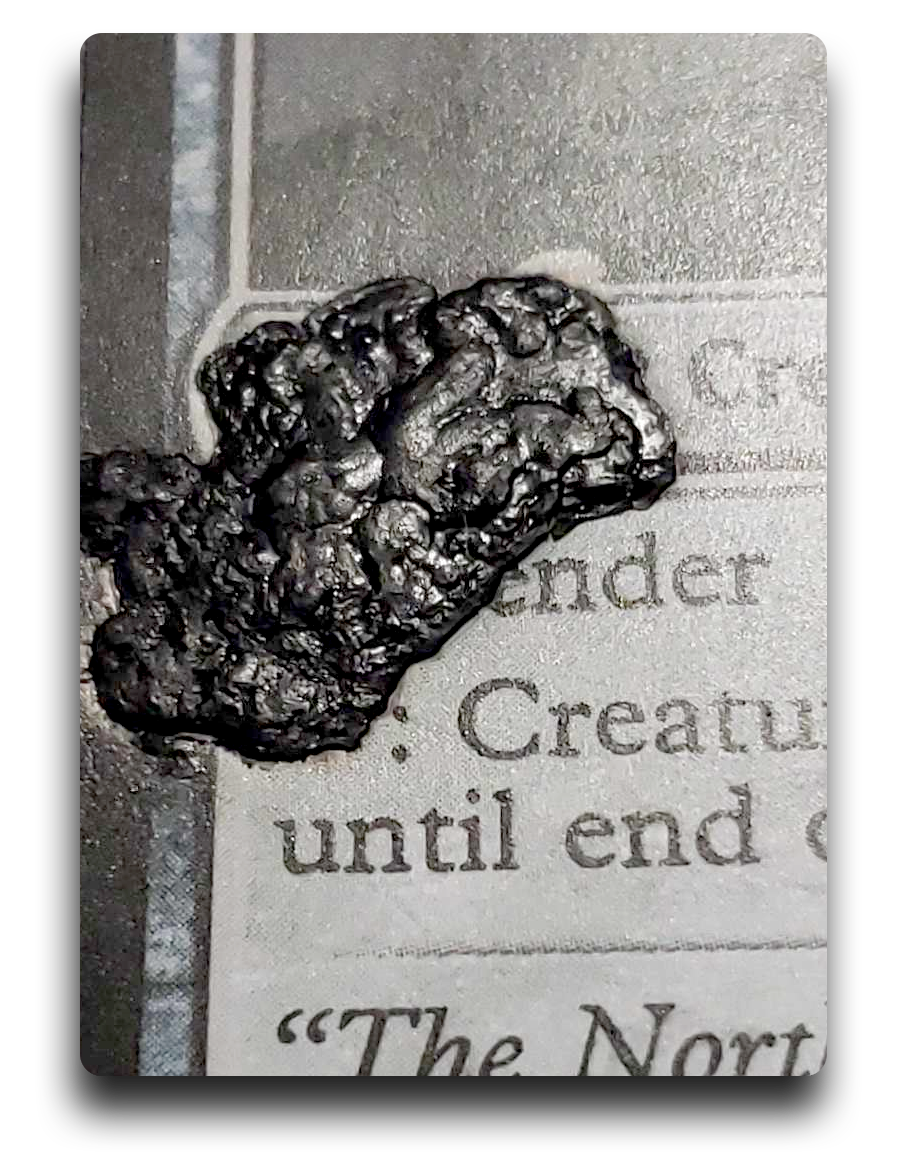

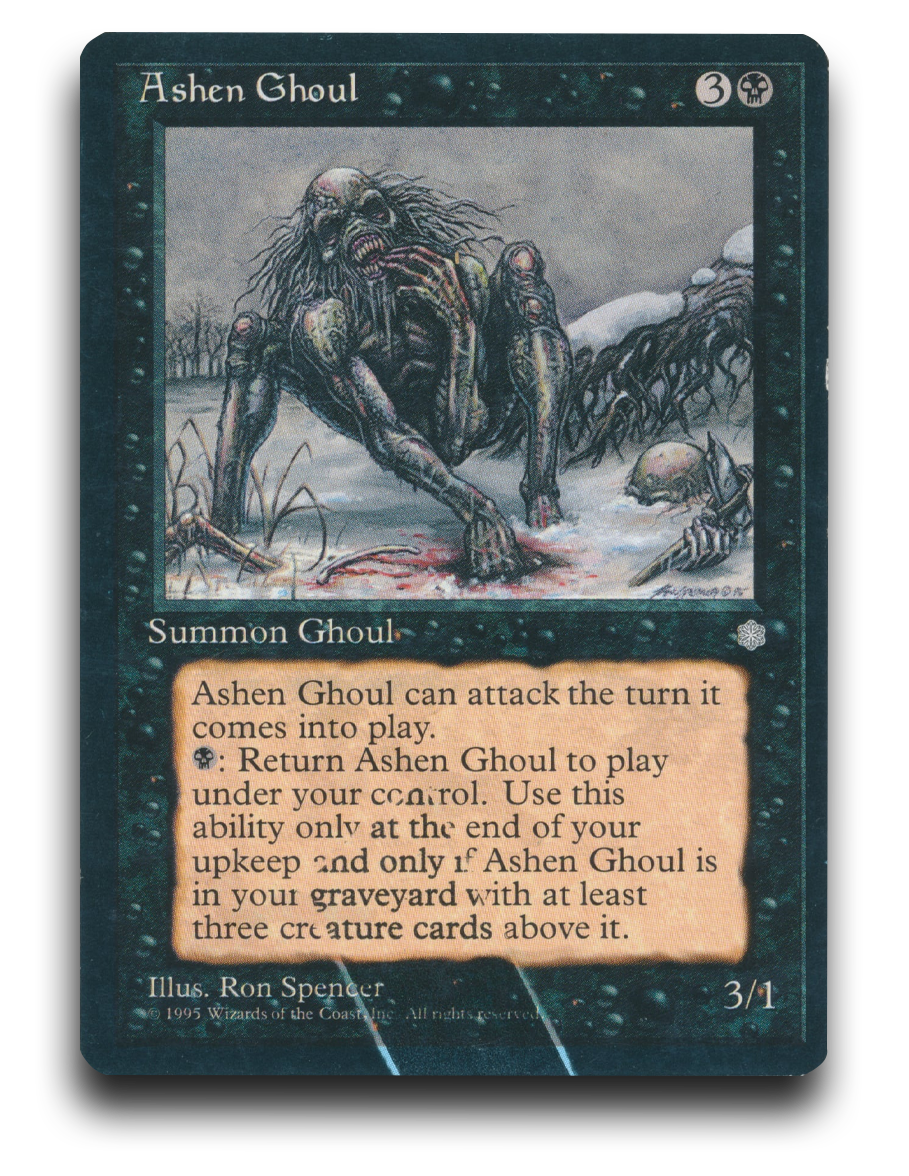
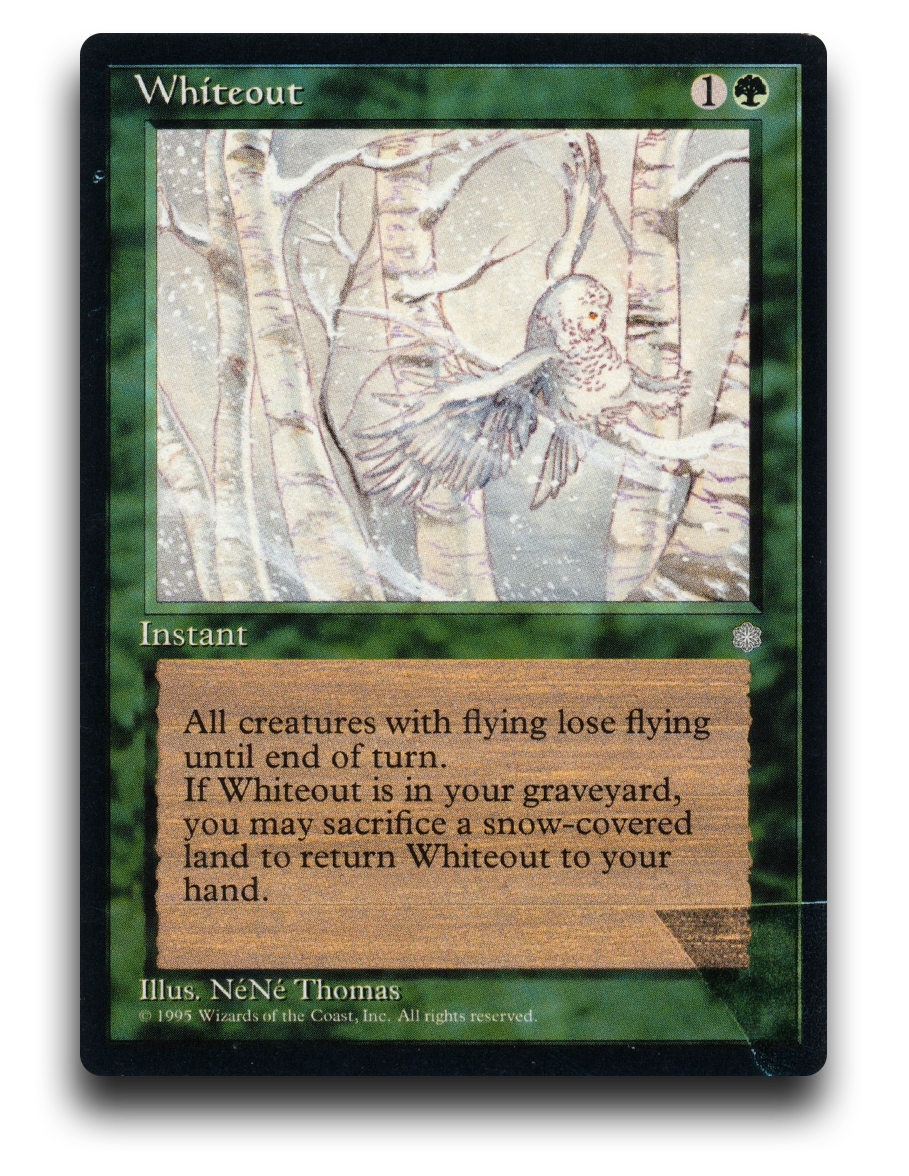

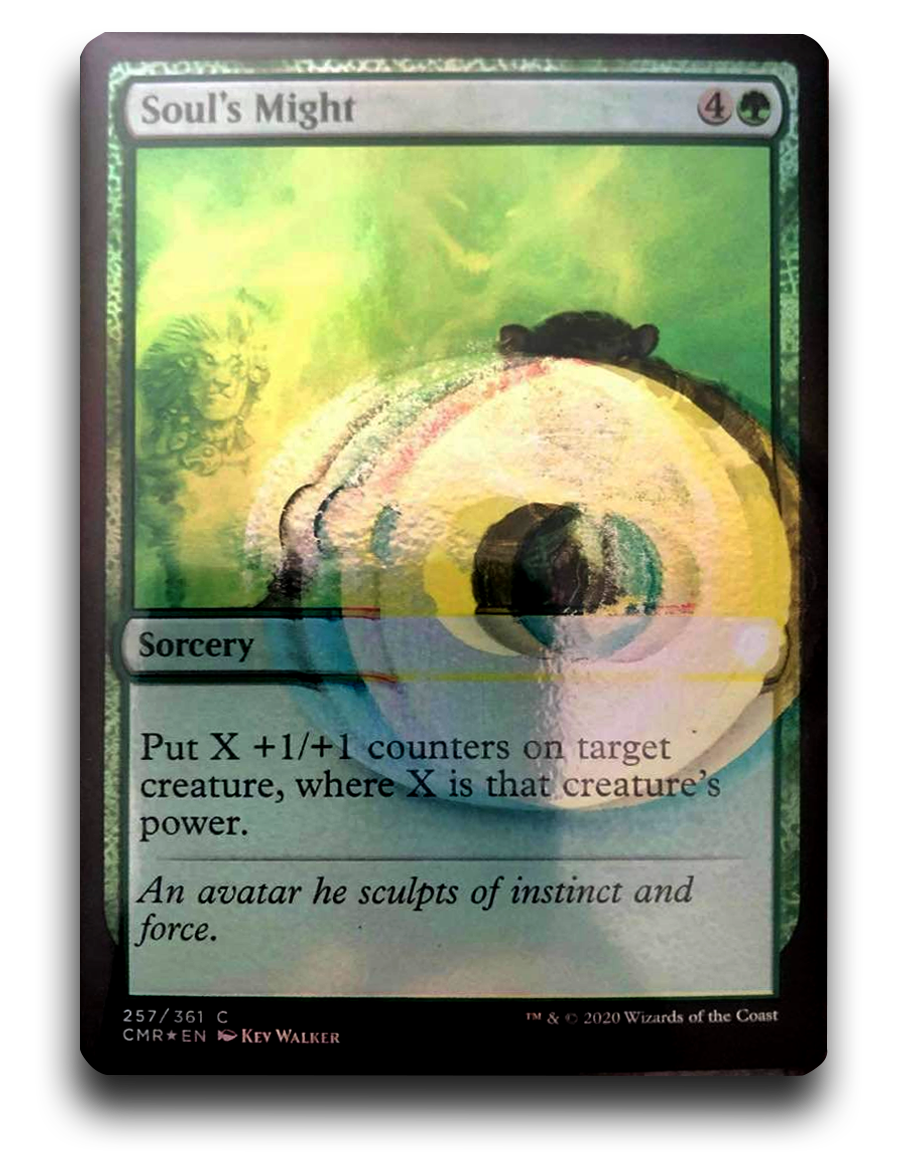
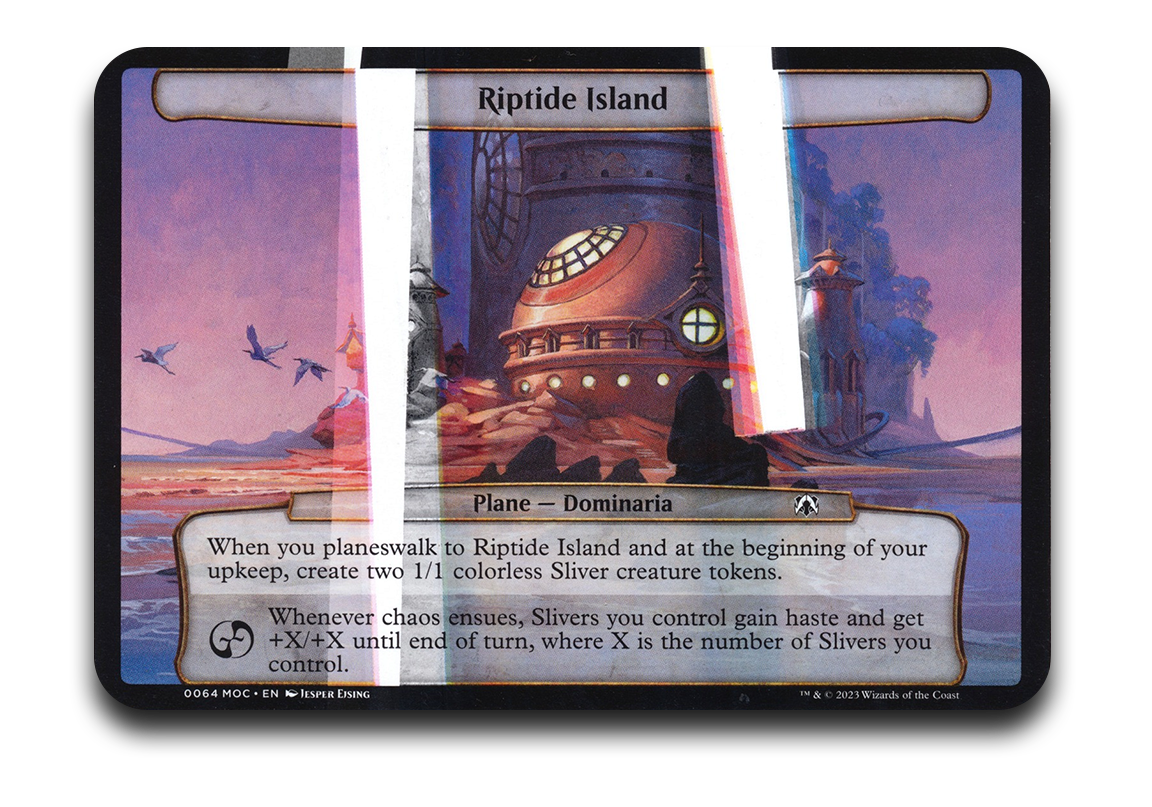
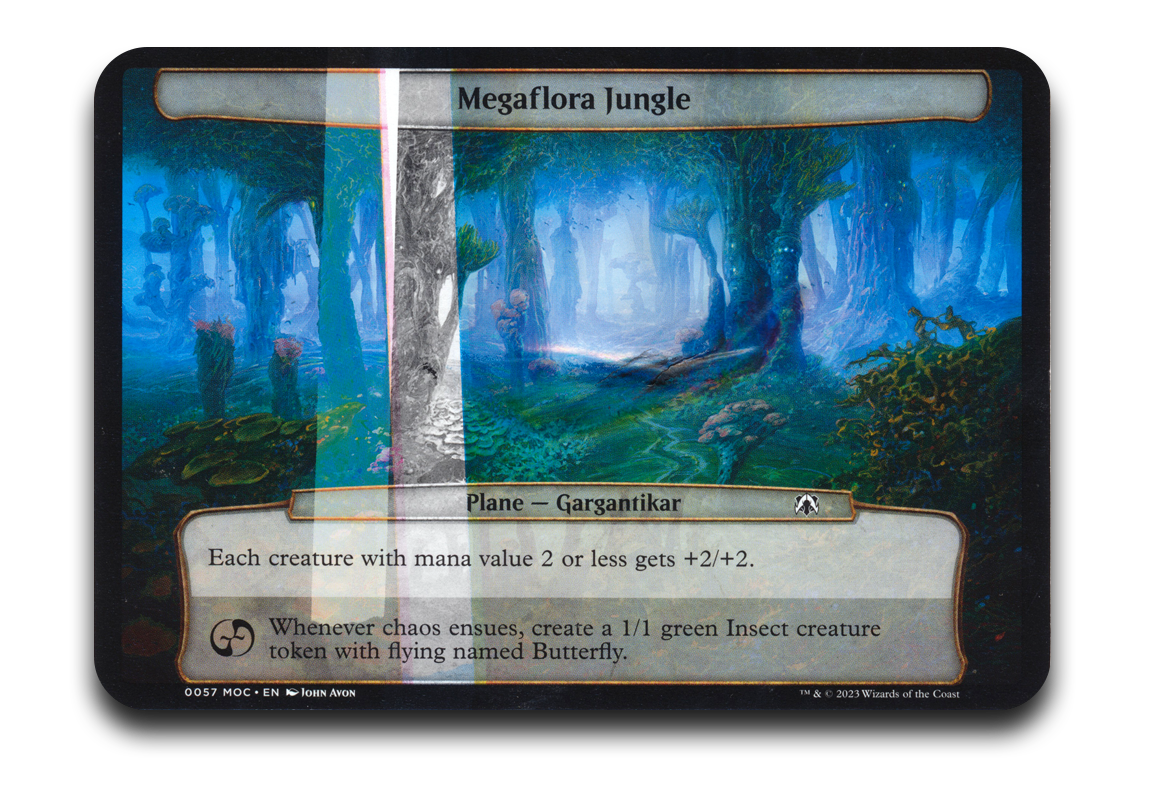
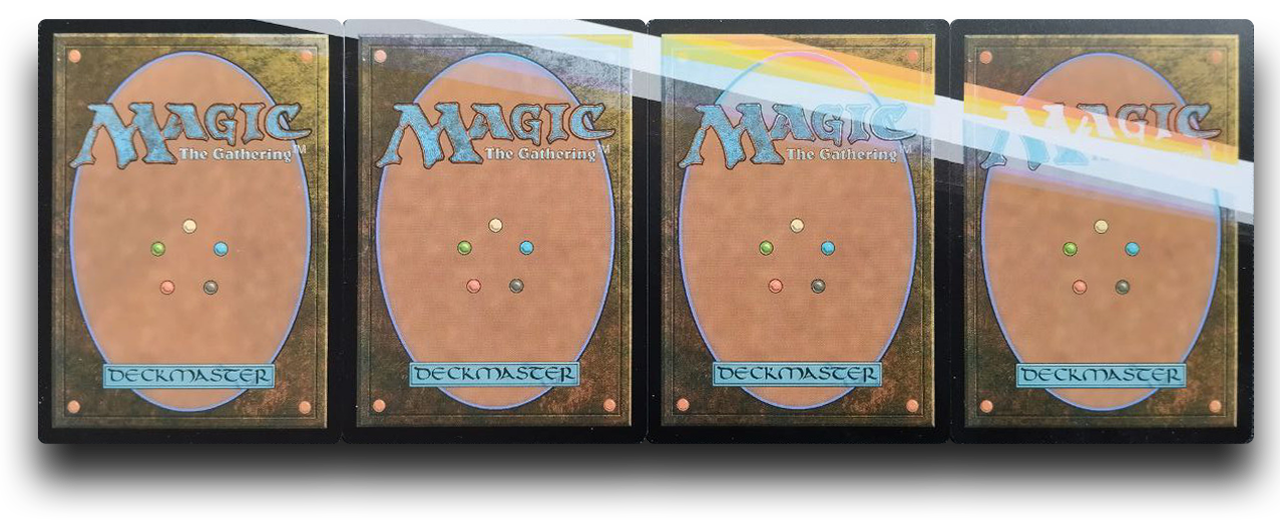
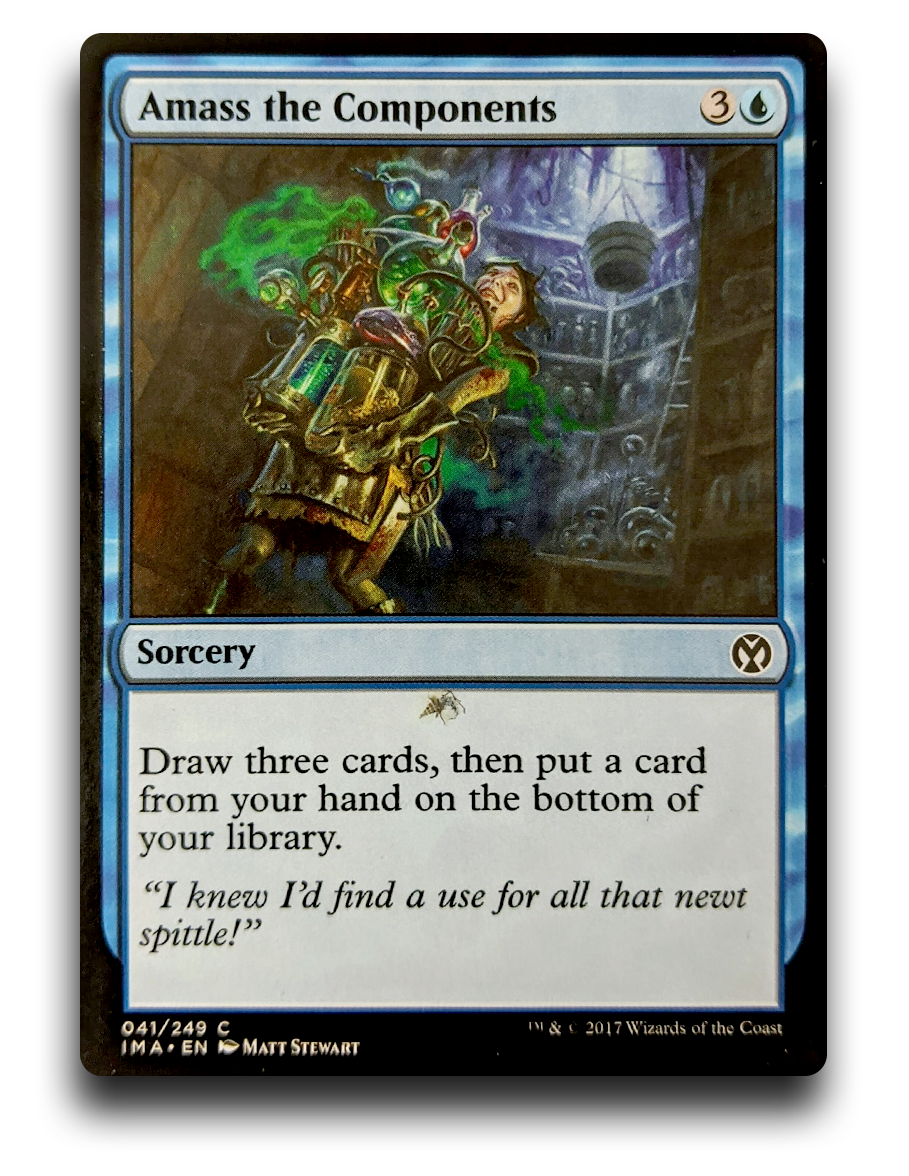
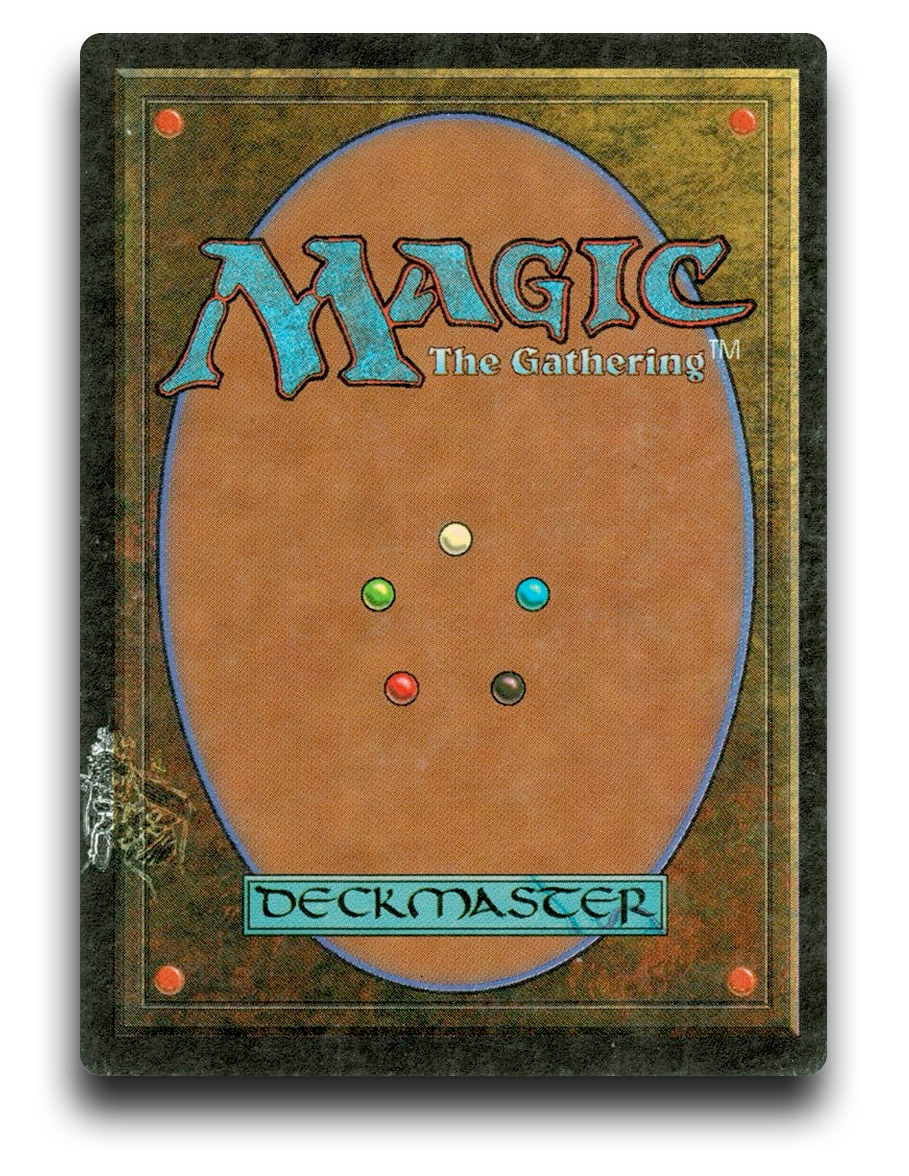
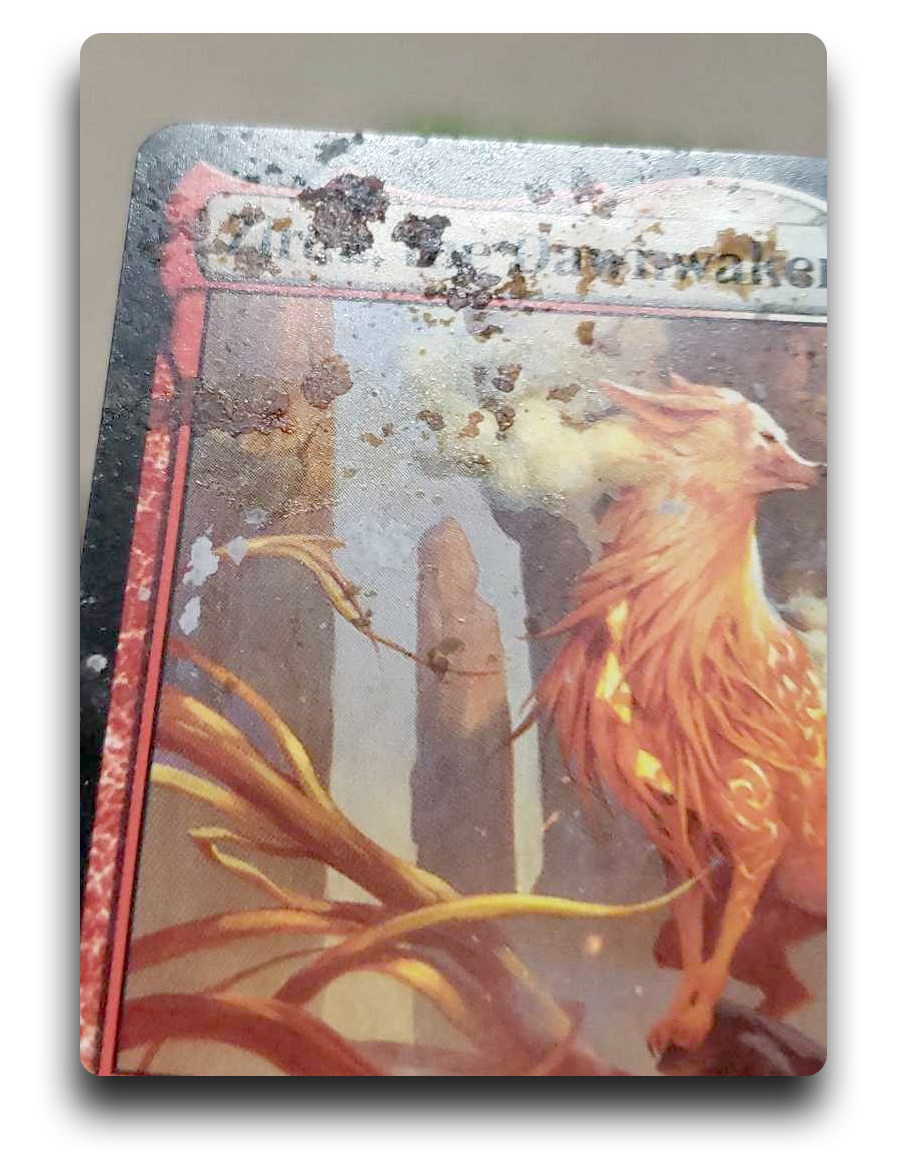
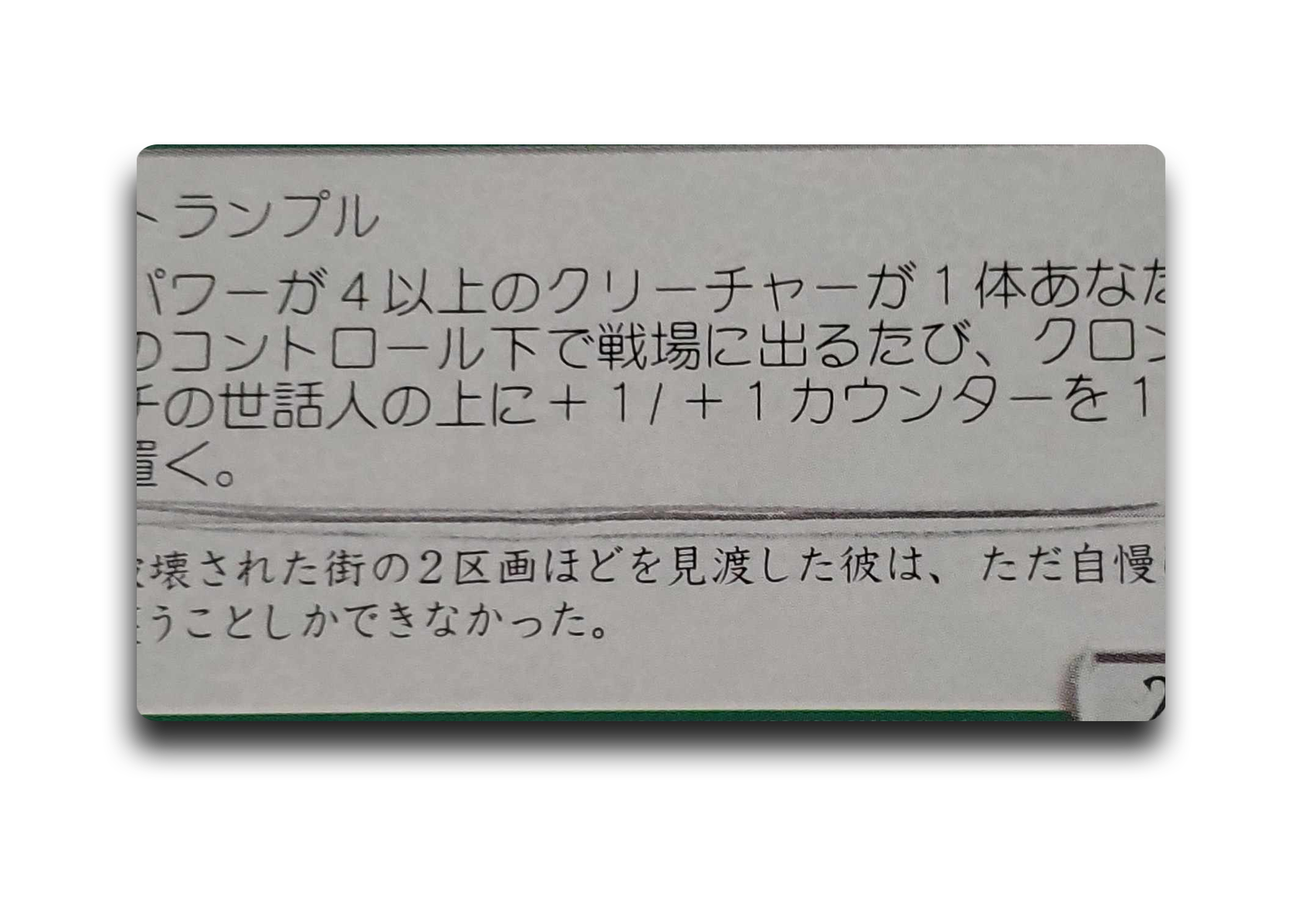
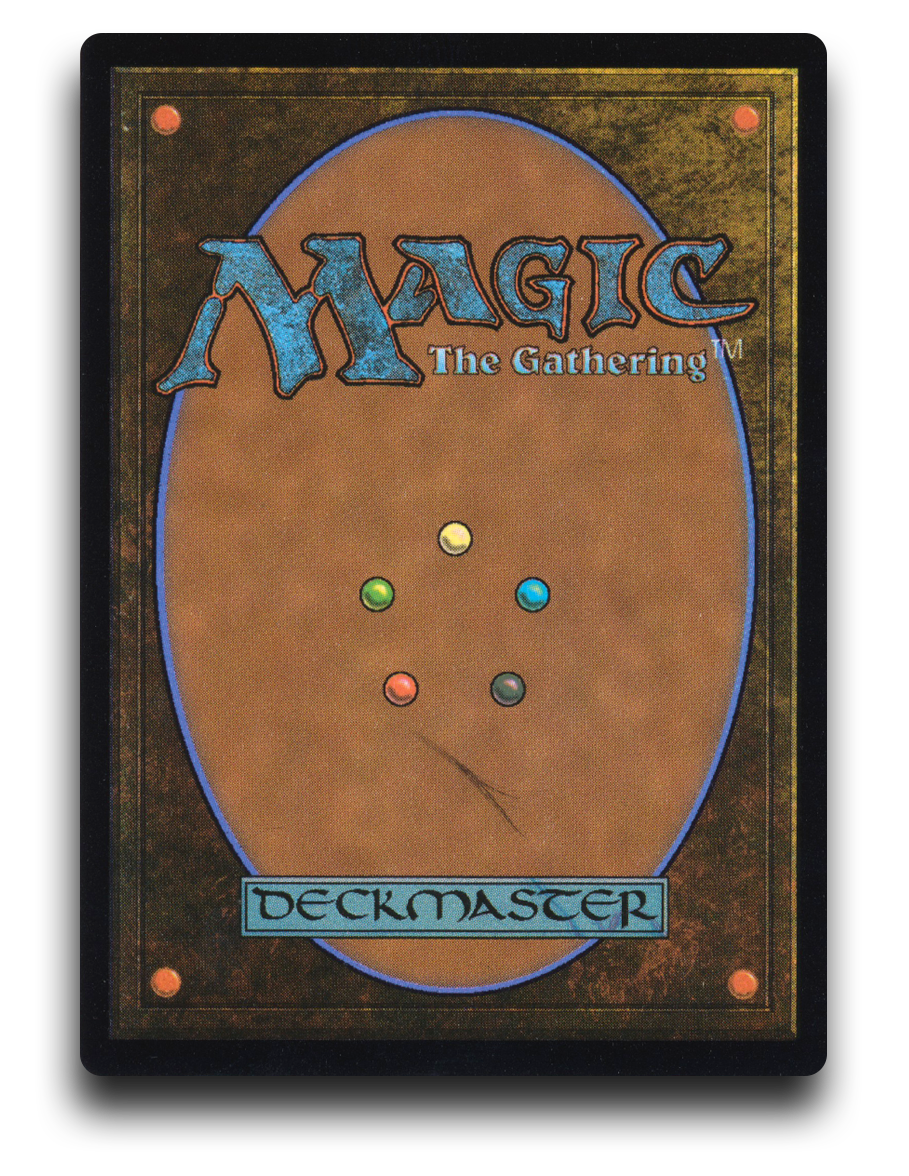
Ink System Problems
When looking at ink error misprints it is frequently impossible to determine the exact source of the problem without being an employee on the floor during print. As a result of this, we have no choice but to identify these misprints by how they look, rather than the system error that caused it. For this reason, ink errors have been broken up into the type of system failures that commonly occur, and then the variety of visual examples and the terms commonly used to describe them.
Ink Mixture
Ink out of the can is usually not ready for printing, as the it fills the system the ink is mixed with a series of liquids and chemicals that prepare the ink for distribution onto the stock. These chemicals adjust the viscosity or the tack of the ink, as well as prevent ink skins, foaming, or make the ink more hydrophobic.
Backtrapping and Picking
Trapping is the overlap of two meeting edges in a print which grants a variance to the registration. When wet-trapping one ink over another, back-trapping is when ink on the paper is being lifted-off by a following print unit.
Picking is the separating, or tearing of the paper surface due to excessive ink tack, weak paper fibers or weak paper coating. The shorter fibers of recycled papers often translates to a weaker base sheet. Picking usually leads to blanket piling.
Water Interference
Water interference can happen in a multitude of places during a print run, but the most common will come from the fountain solution which is a water based mix that is used to make the non-image areas of the plate ink replant.
Plate Binding
Text Forthcoming
Ink Keys
Ink Keys control the volume of ink entering the press unit.
Press Pressure
Text Forthcoming
Solvent
Text Forthcoming
Blanket Piling
Text Forthcoming
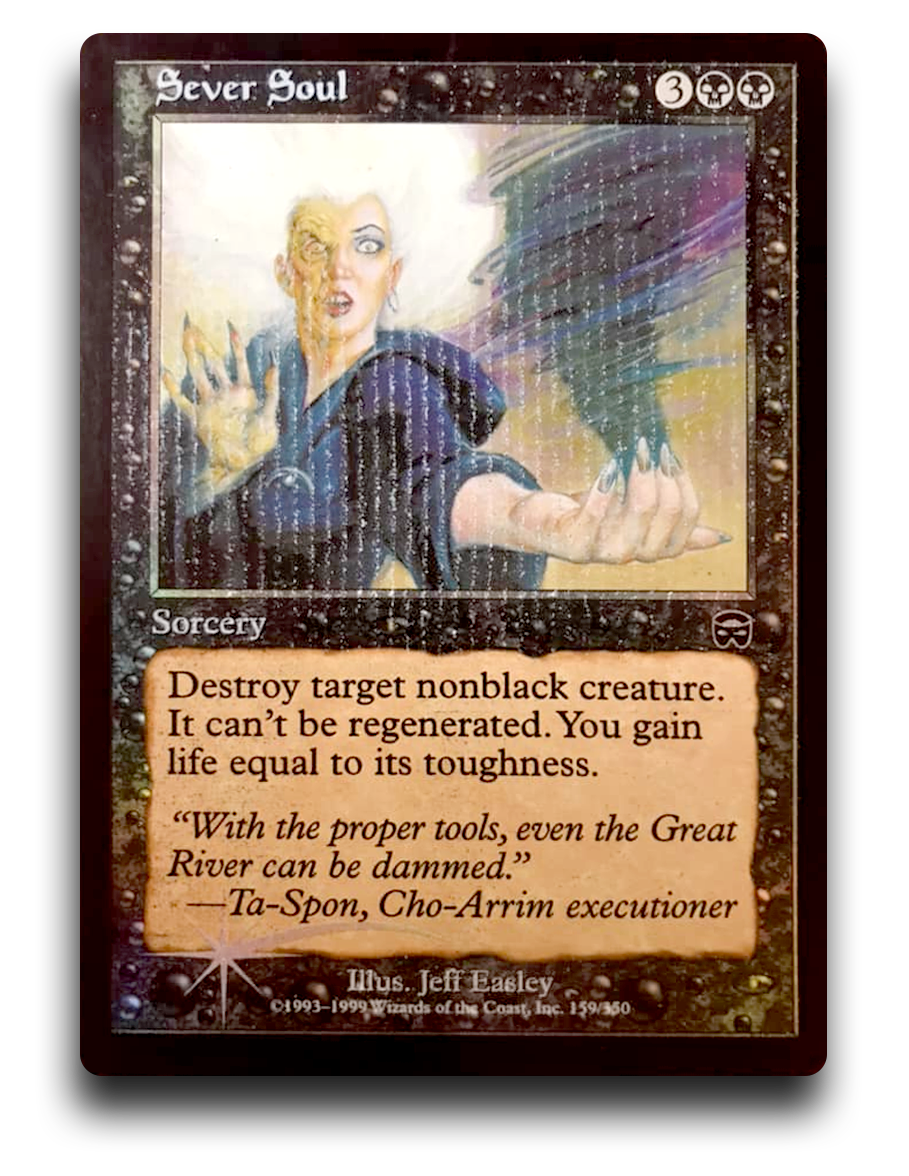
Ink Error Presentations
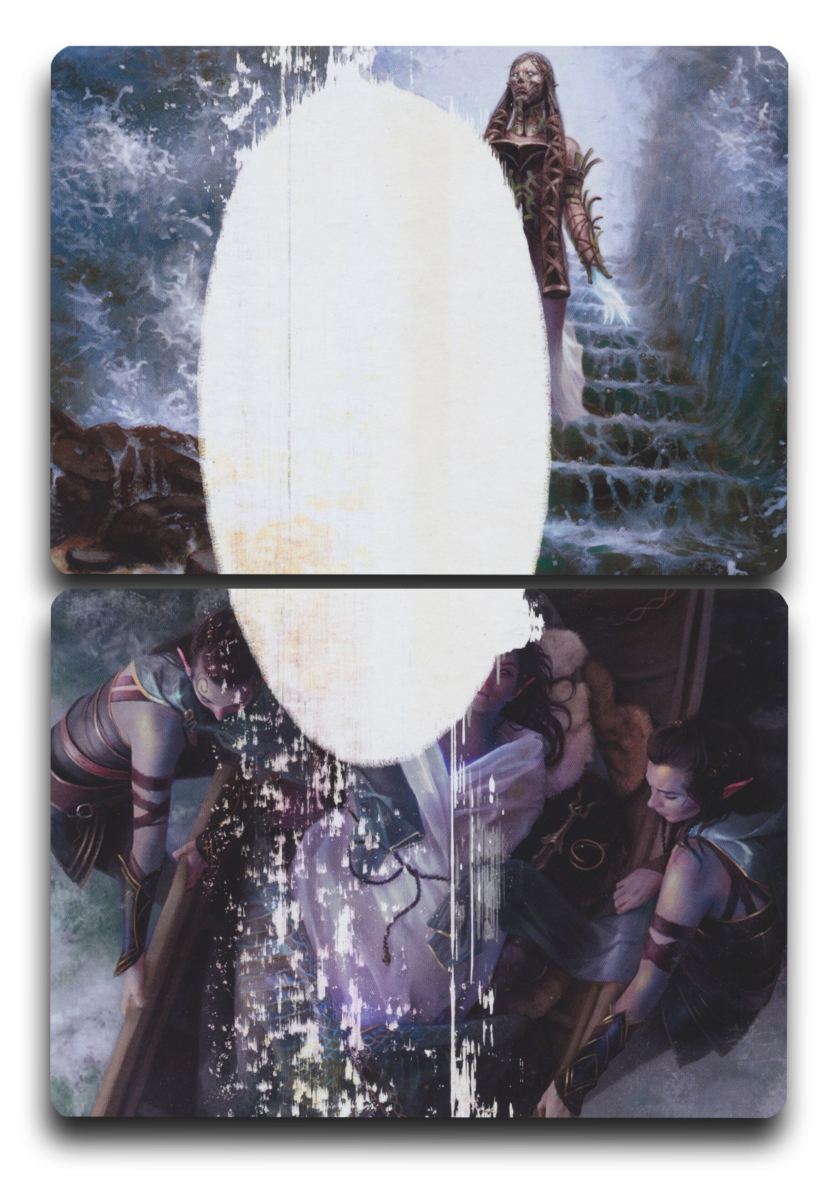
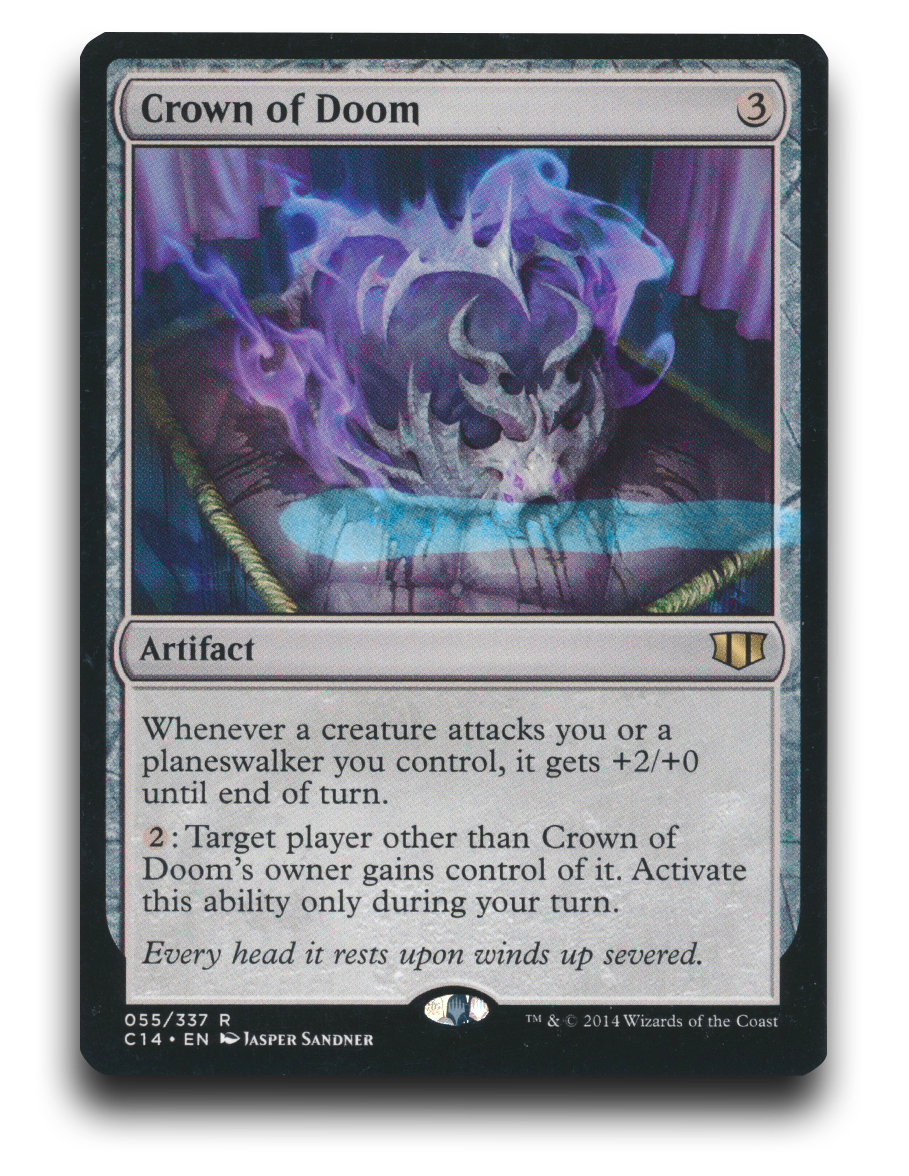
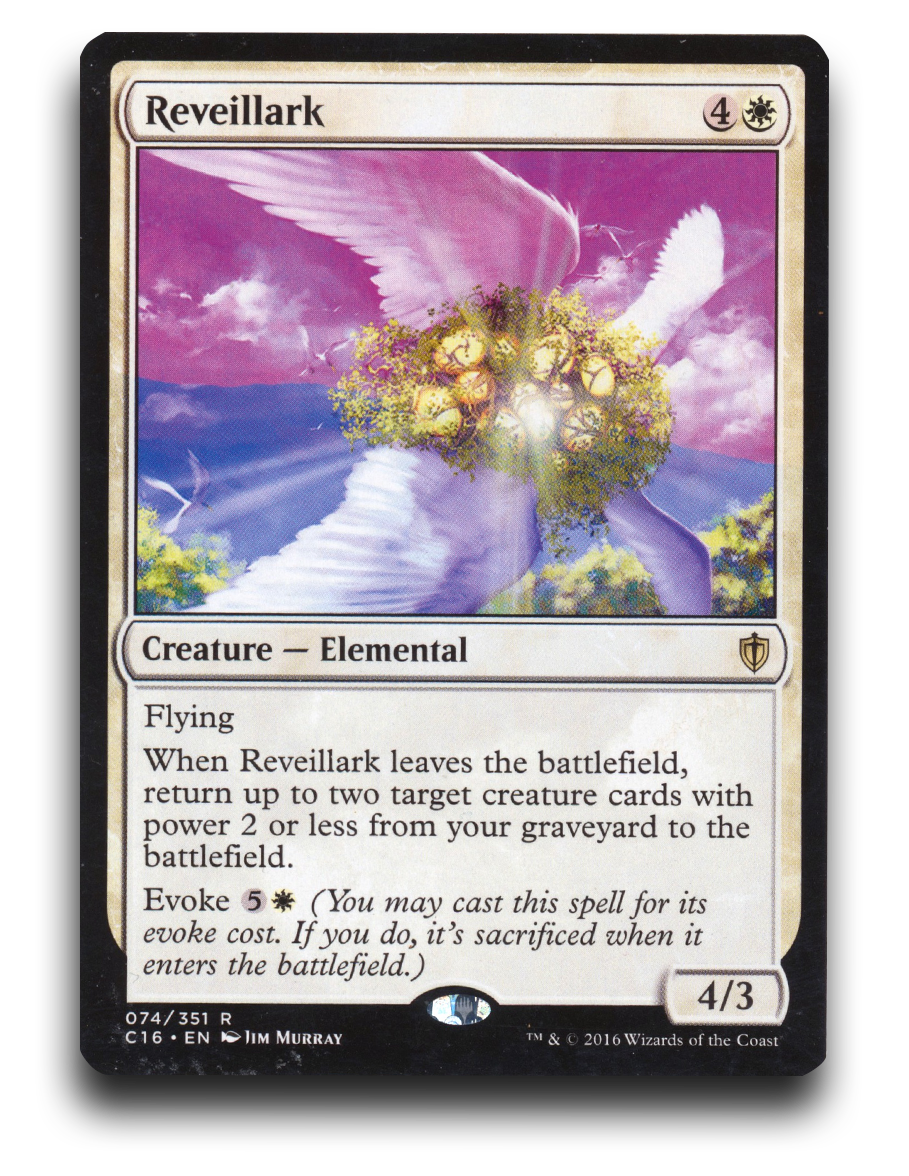
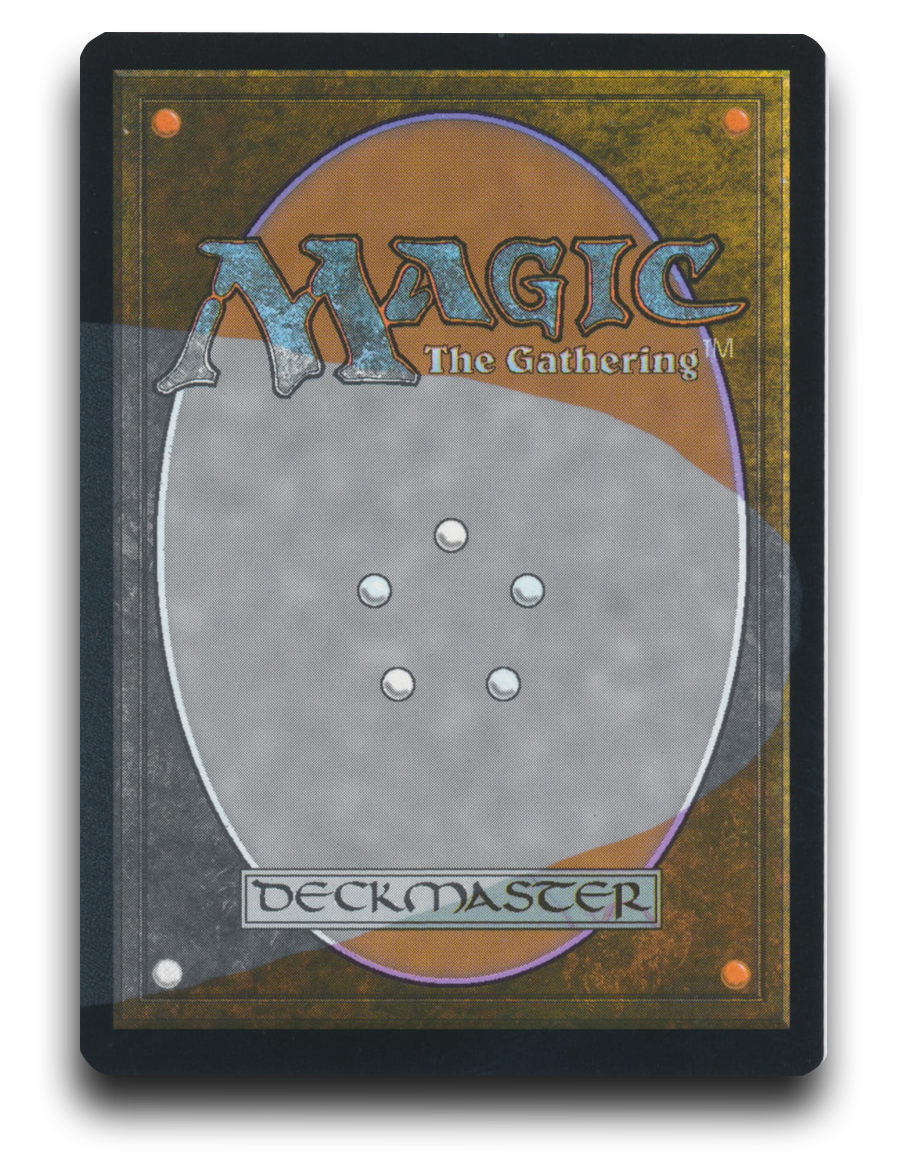
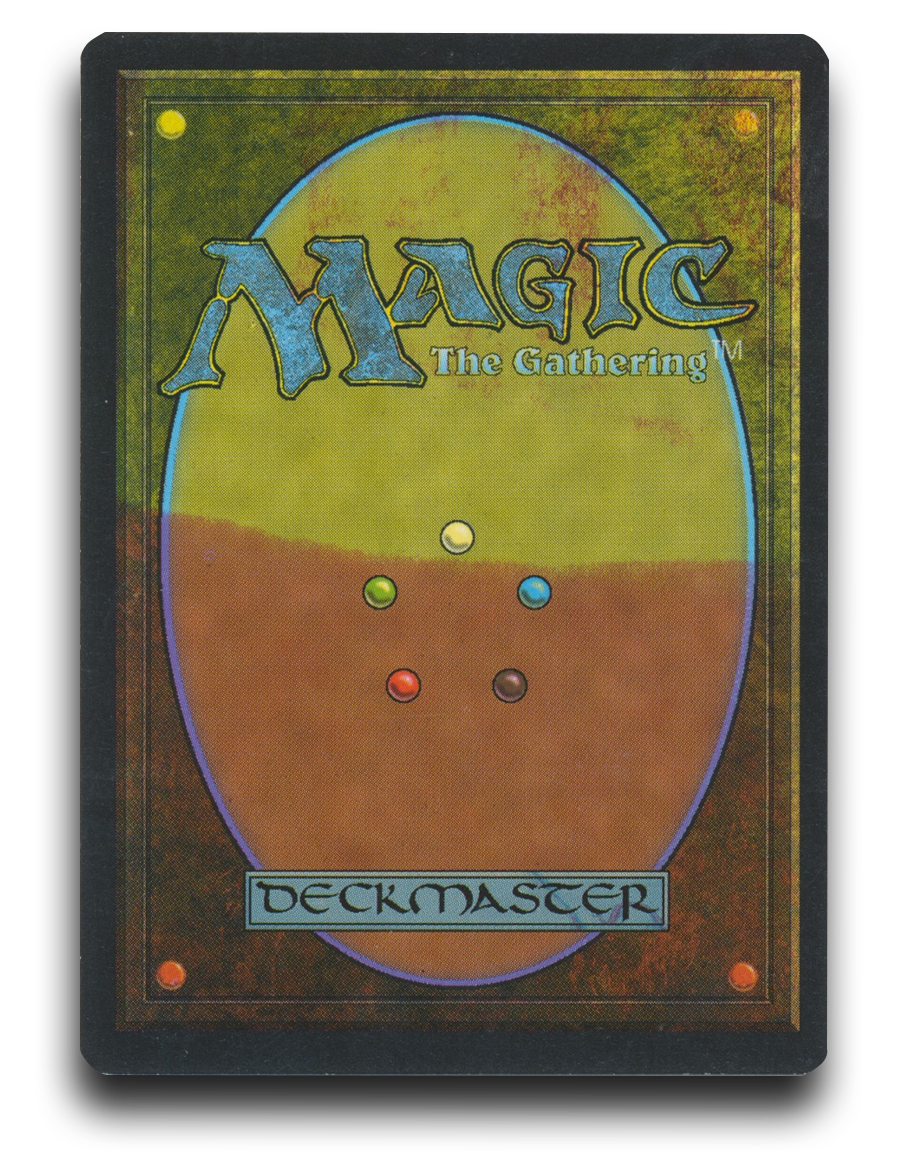
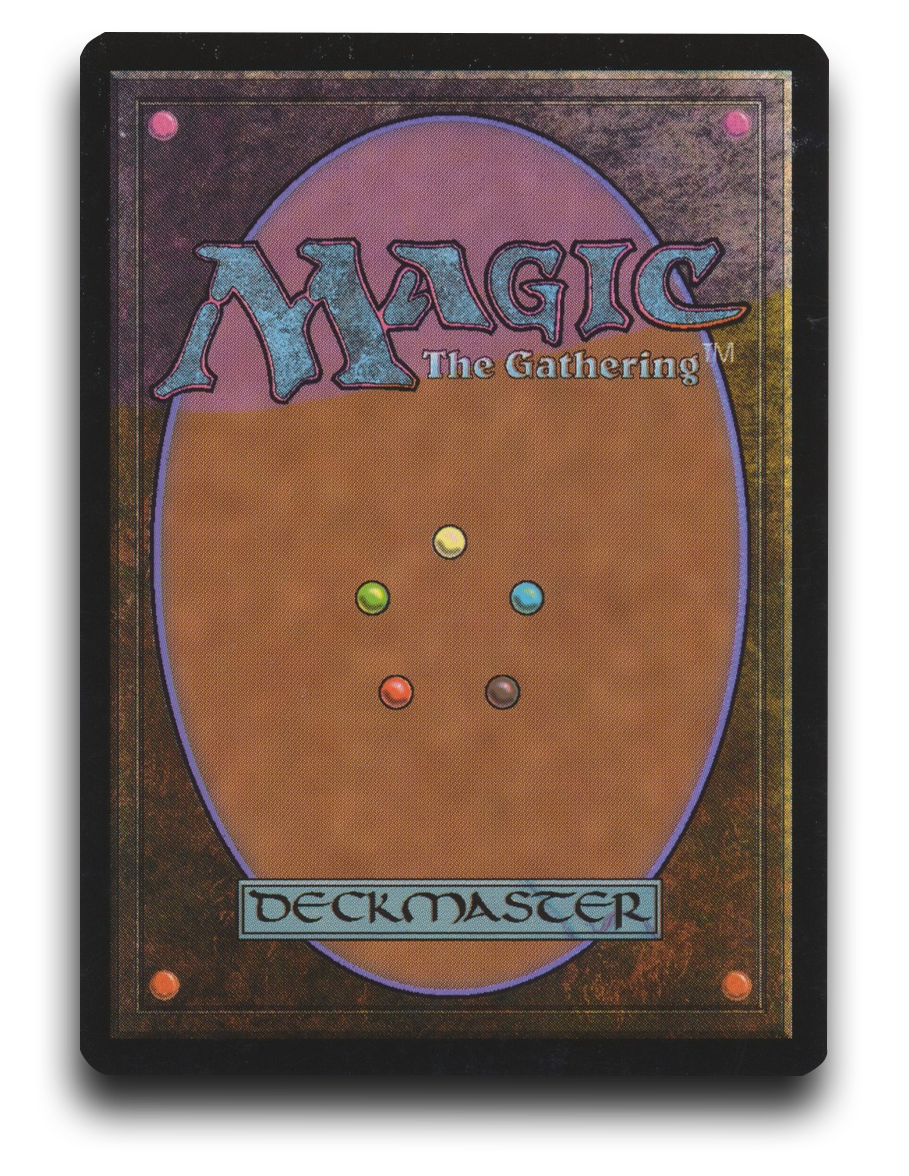
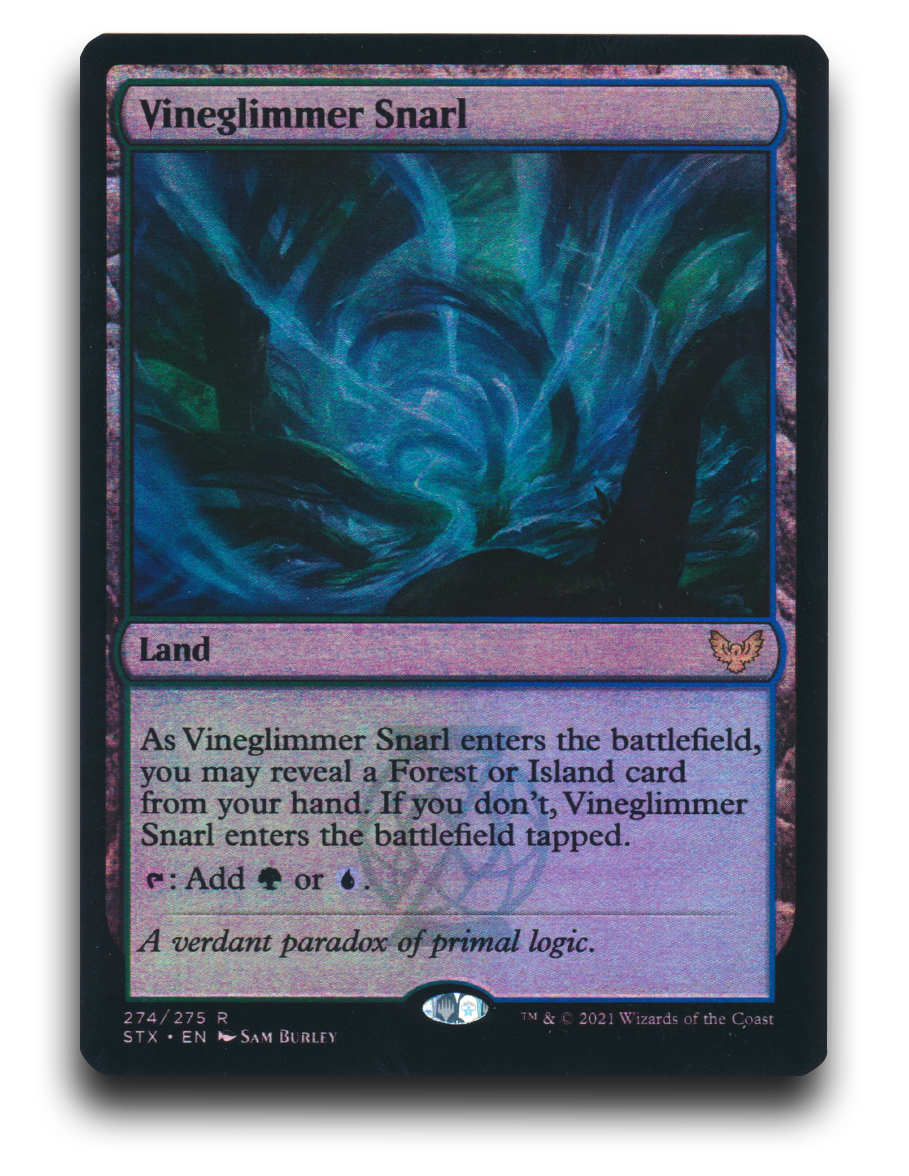
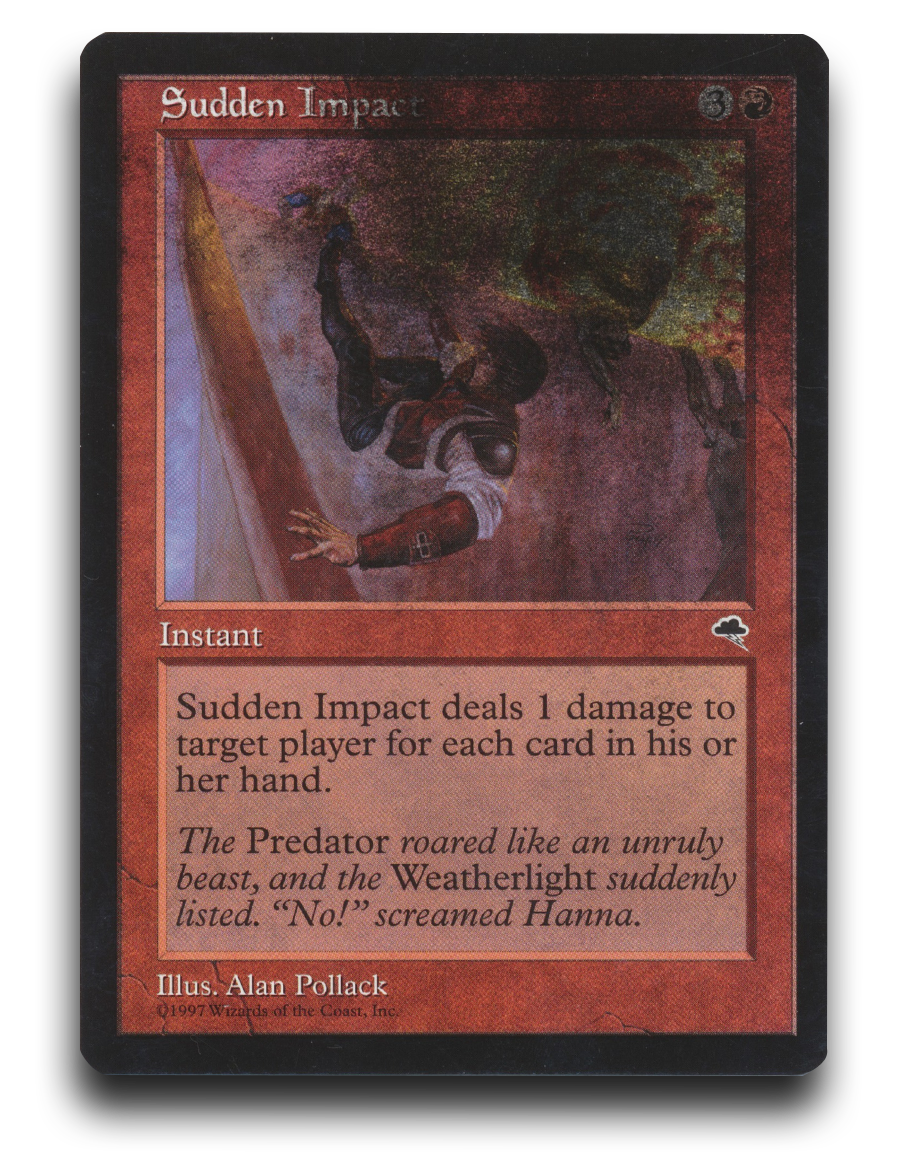
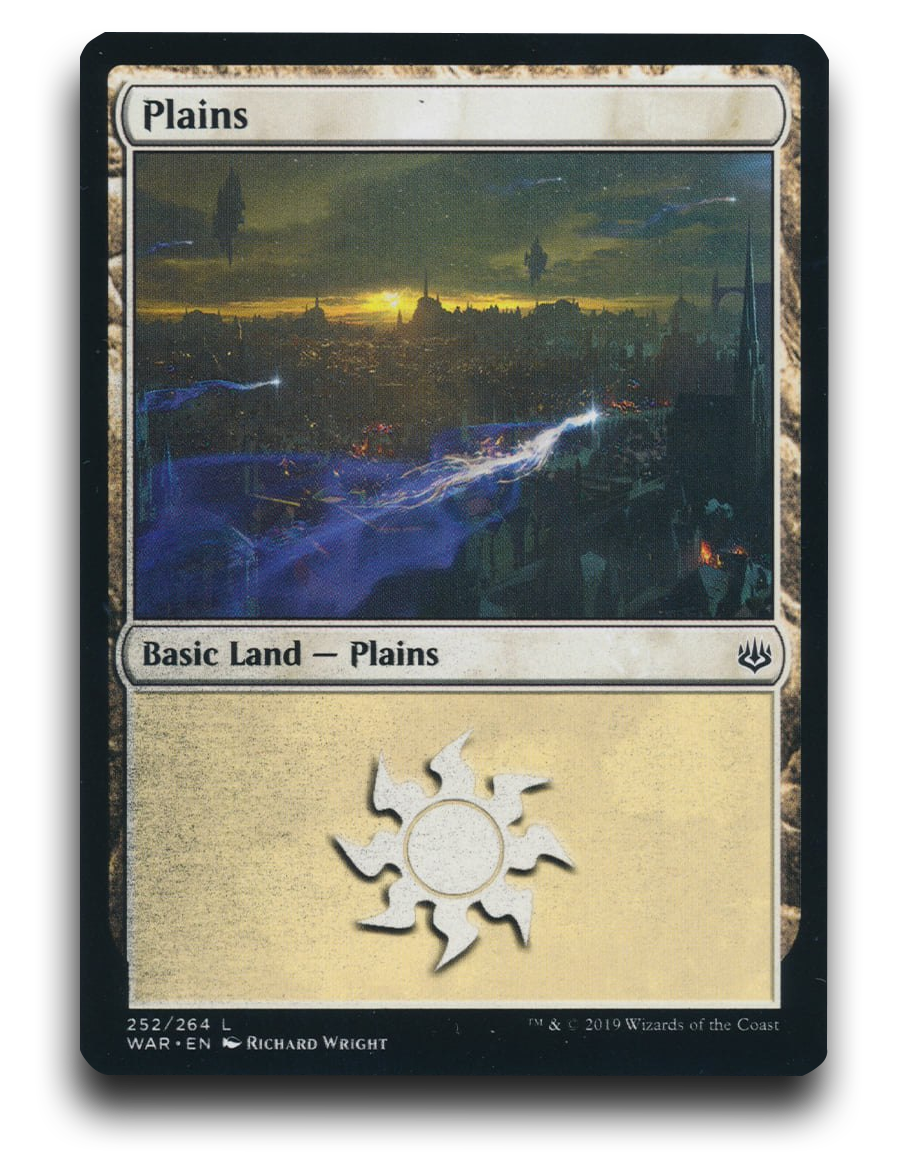
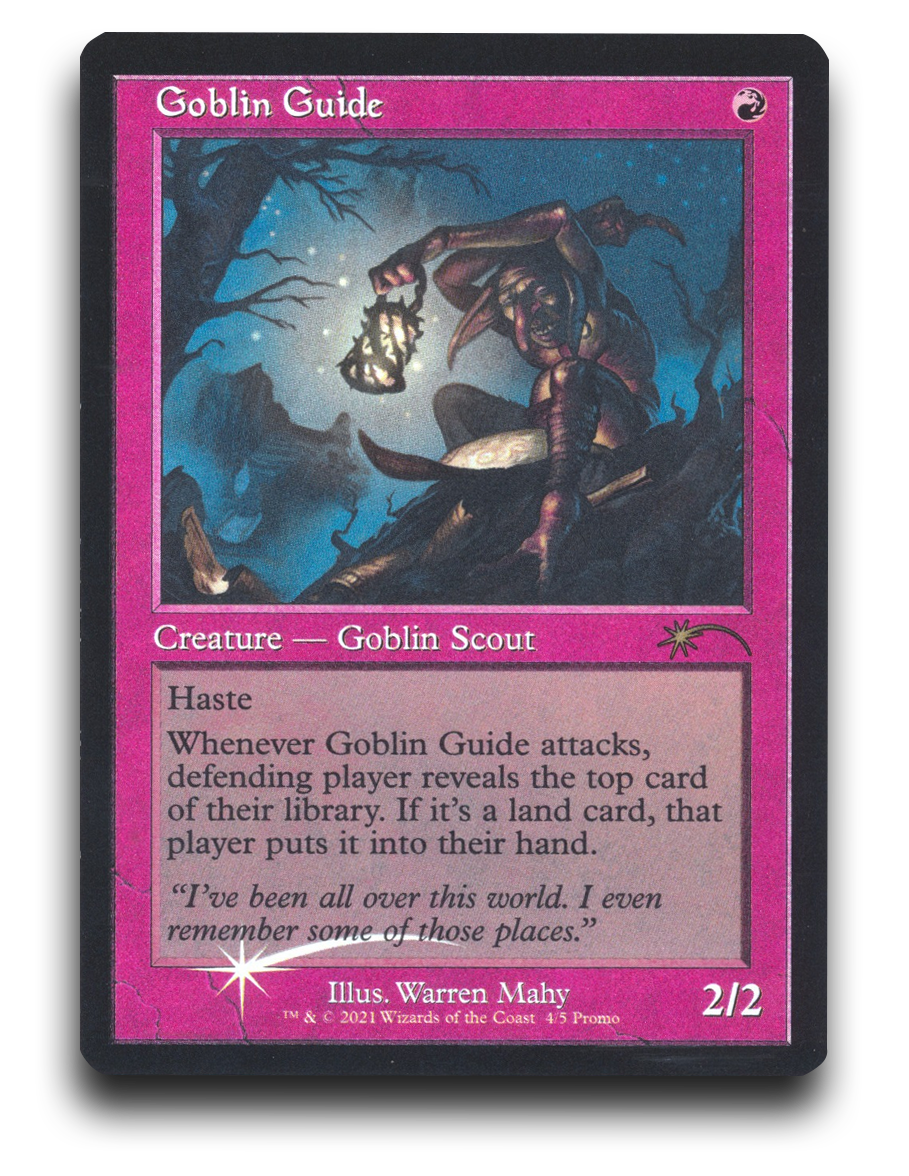
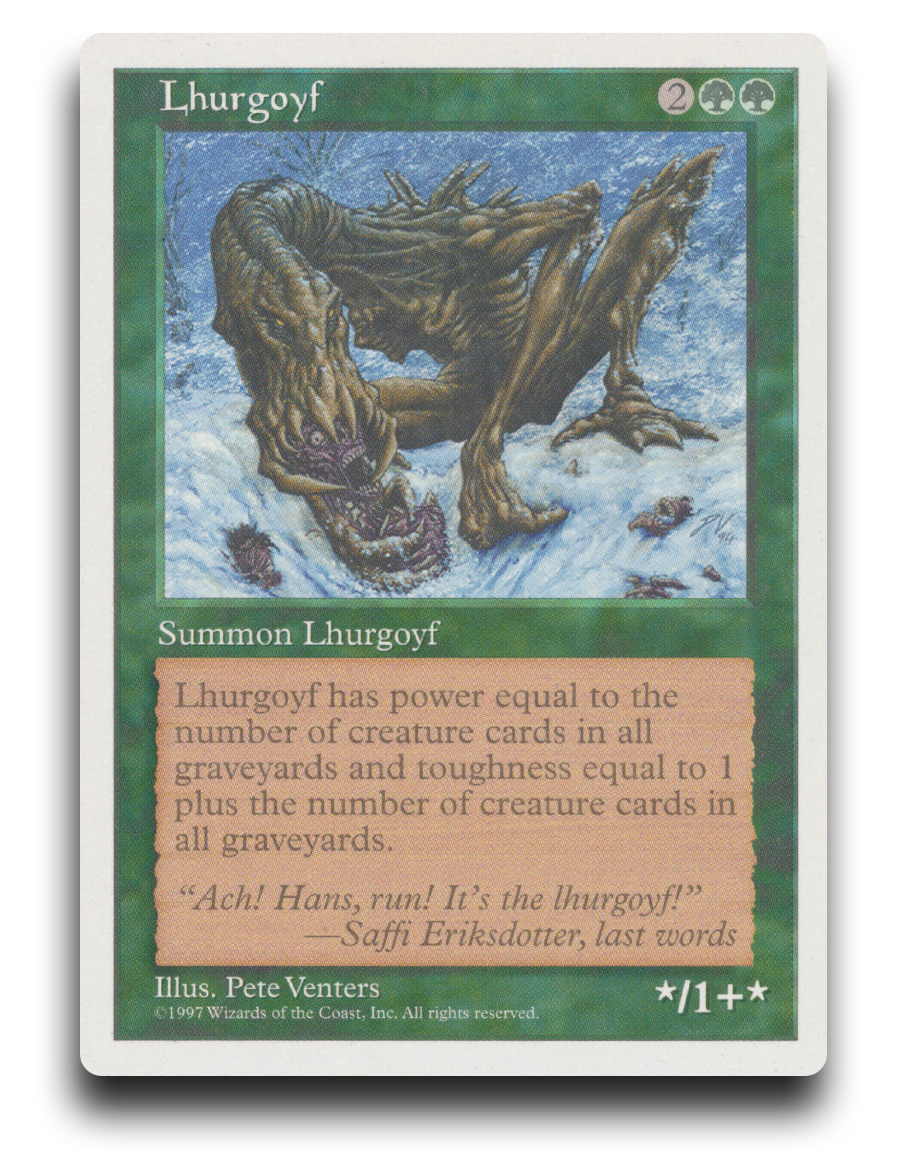
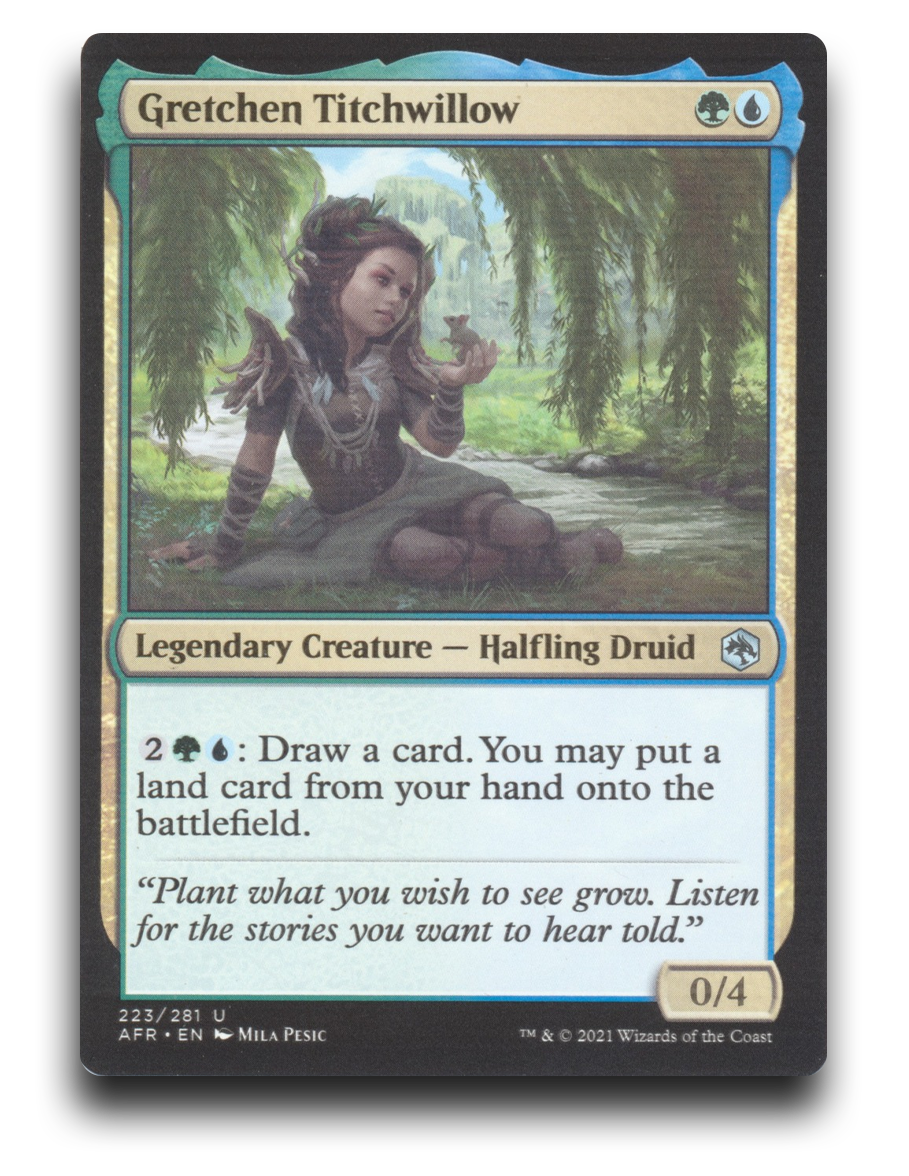
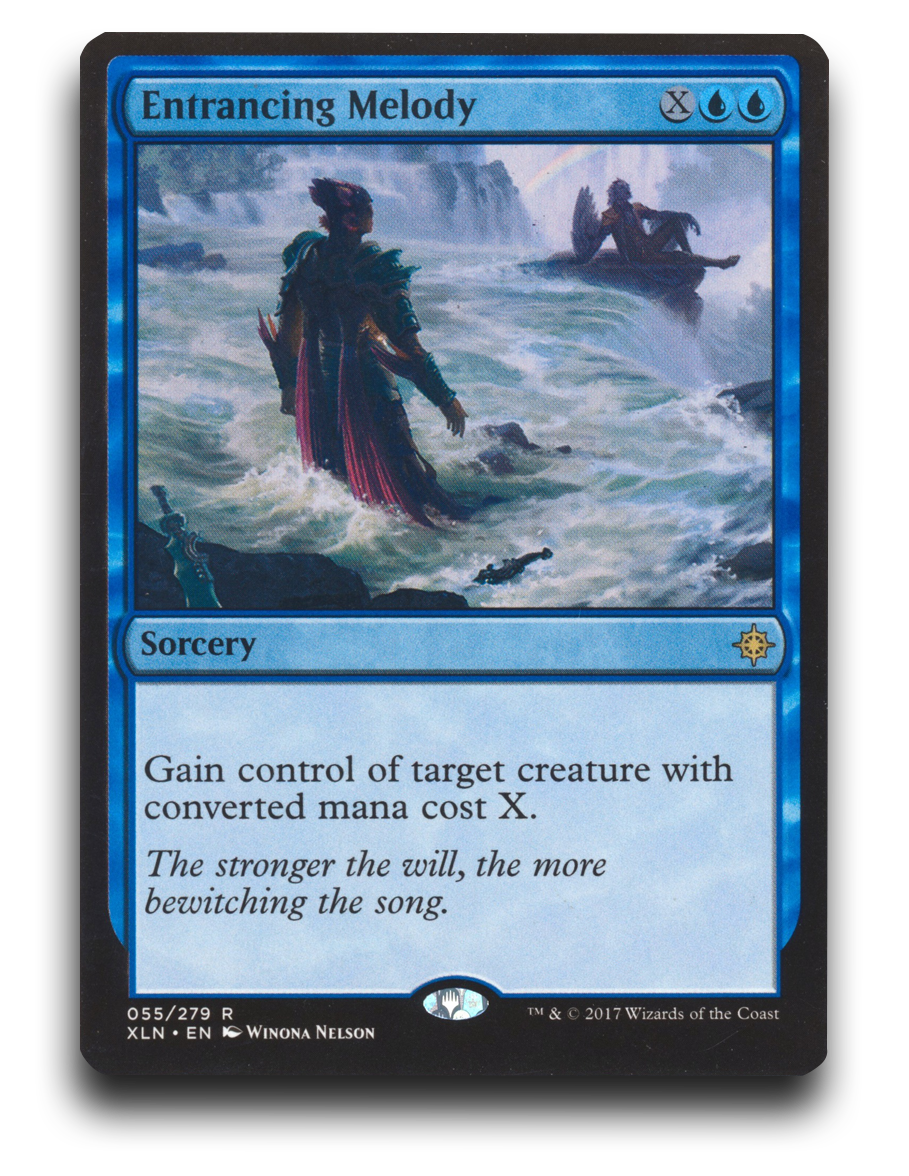
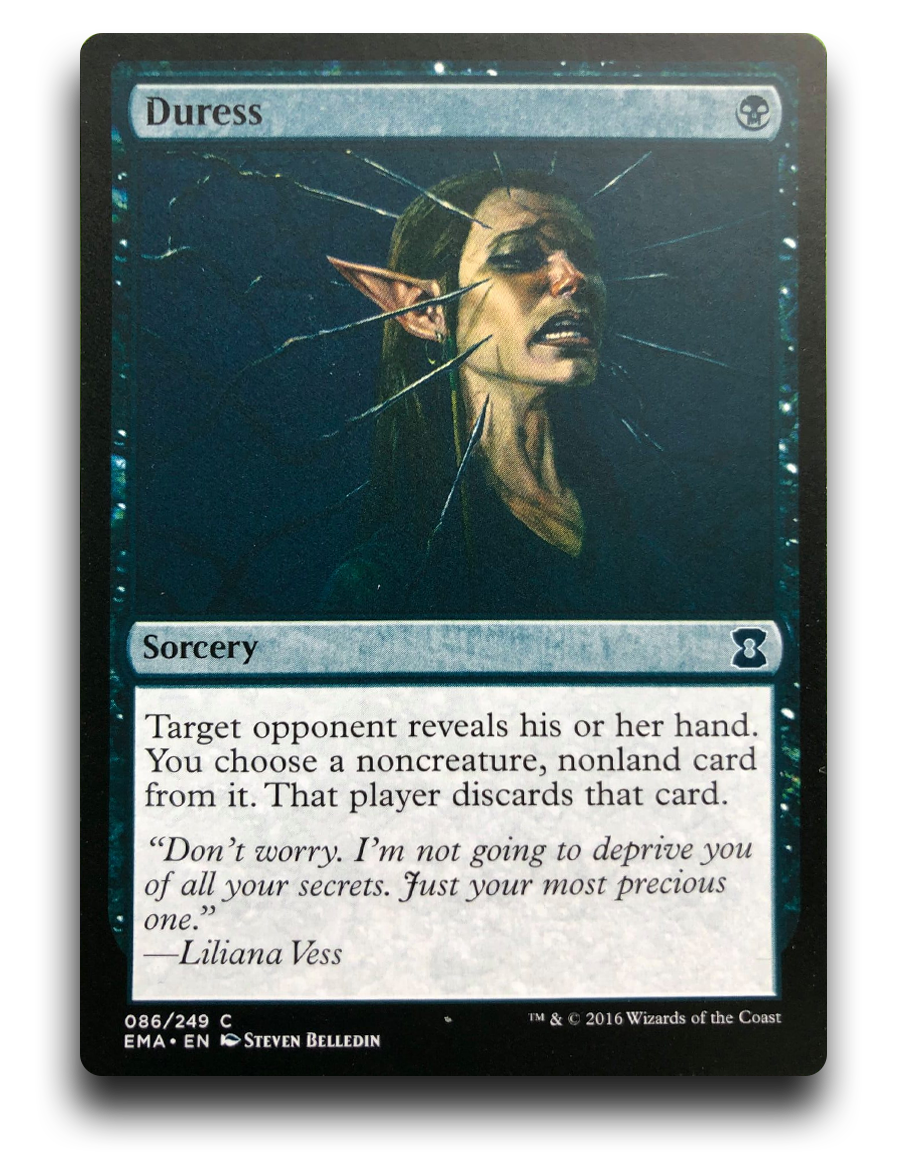
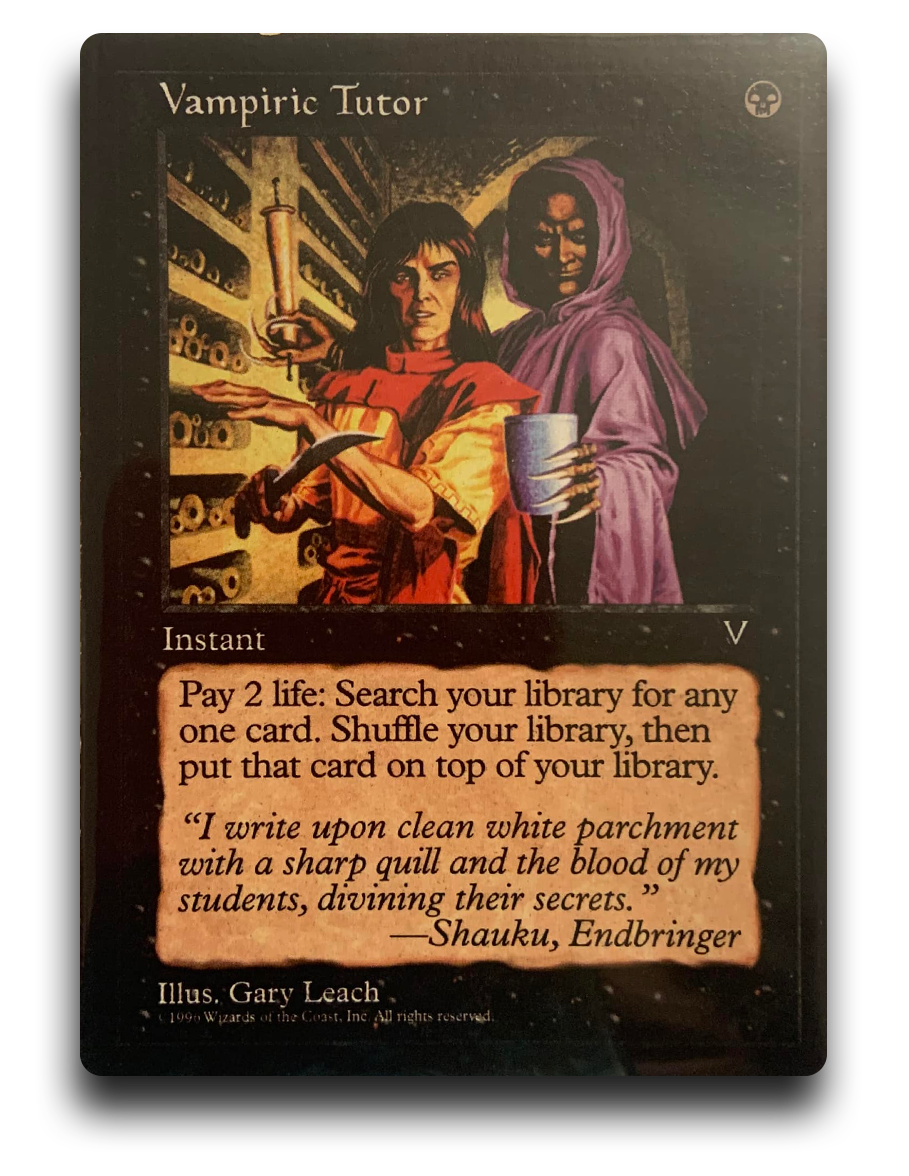
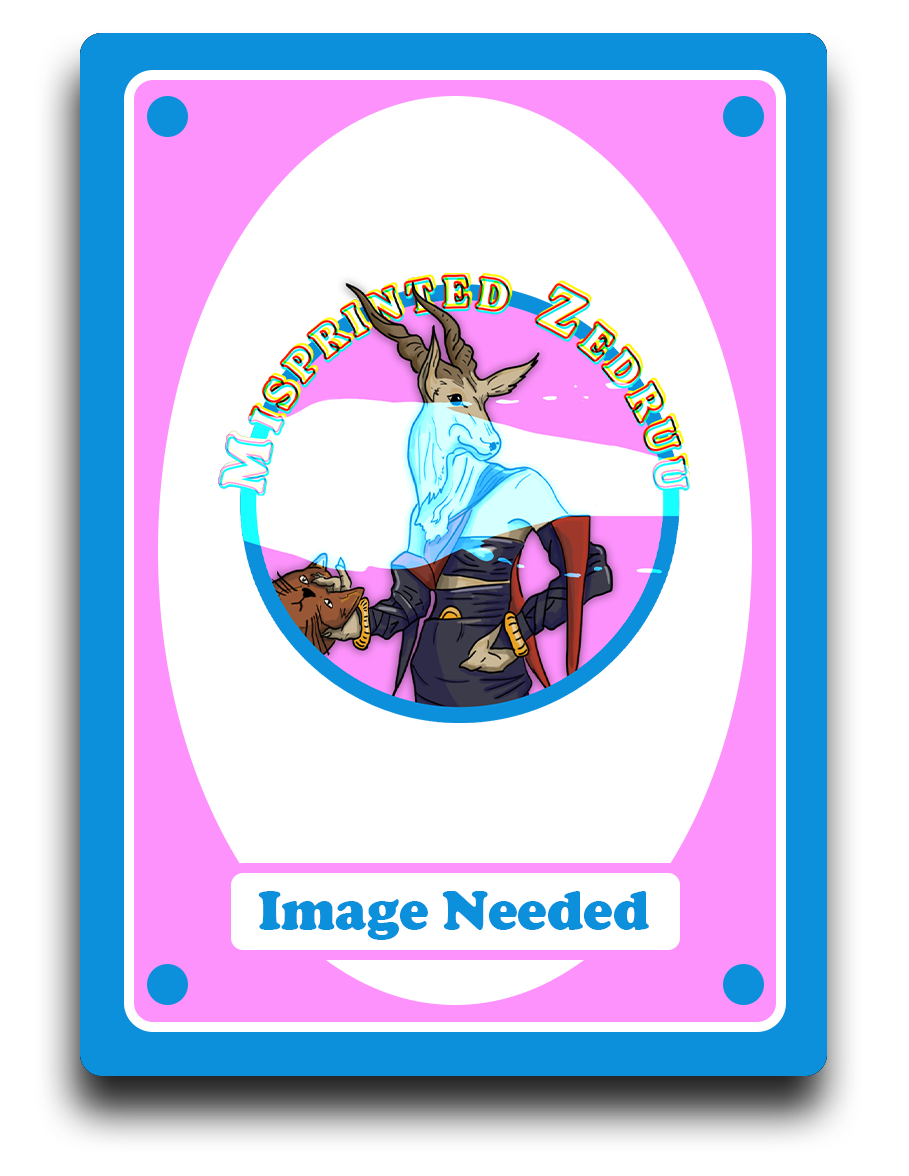



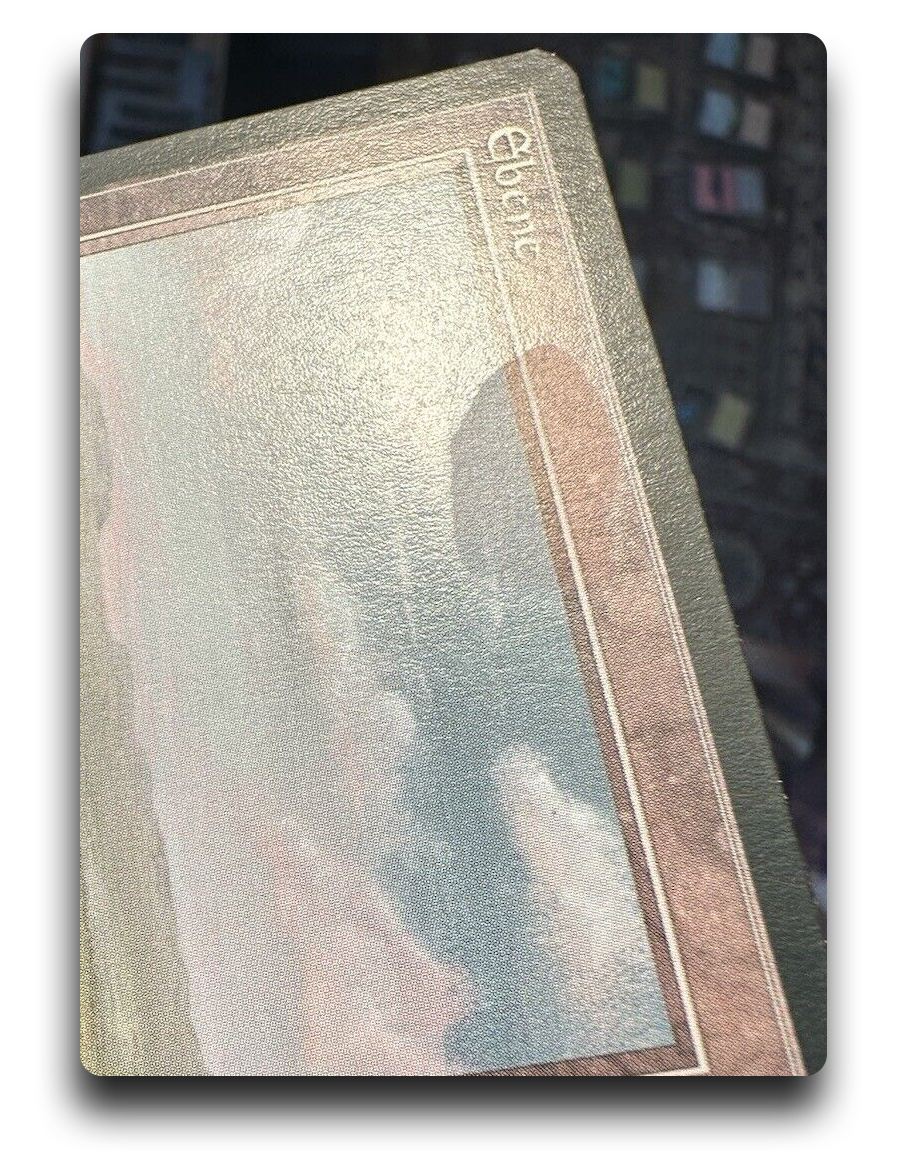
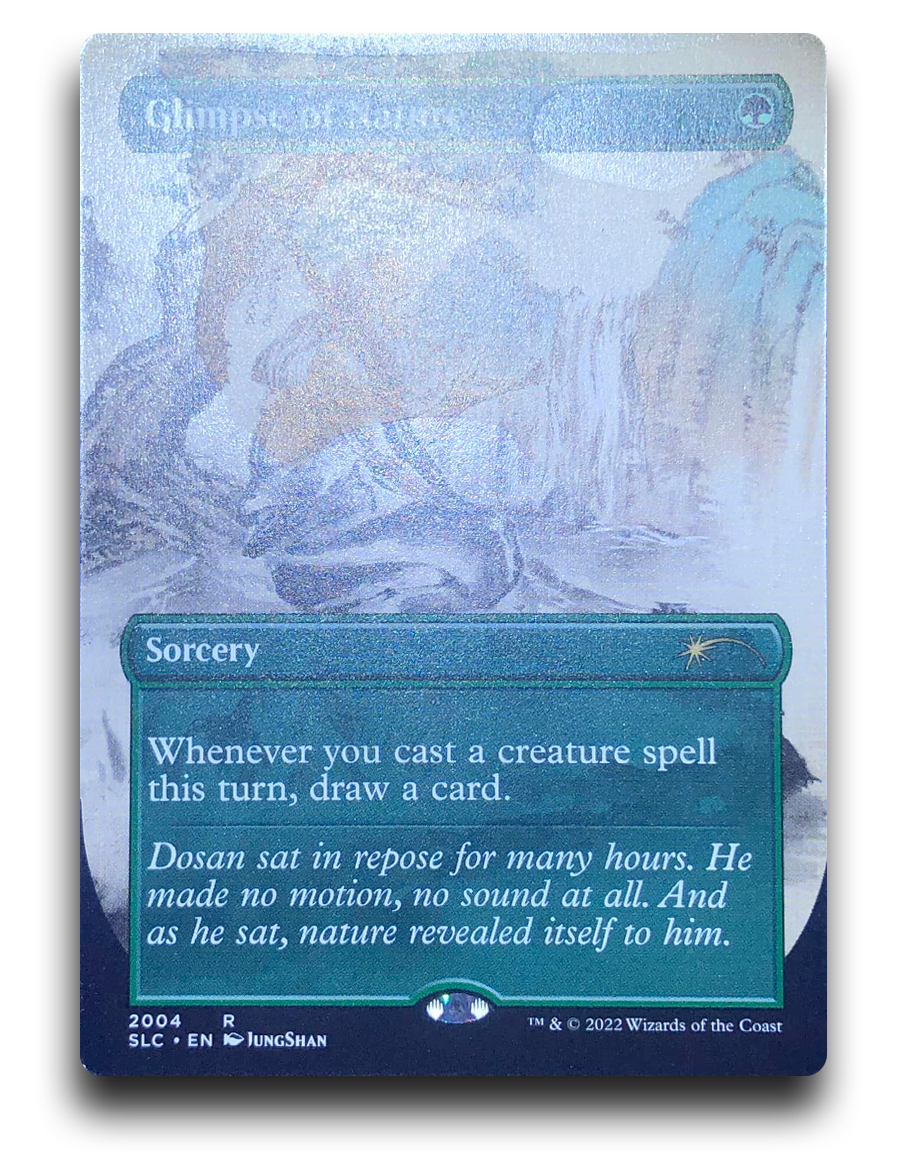

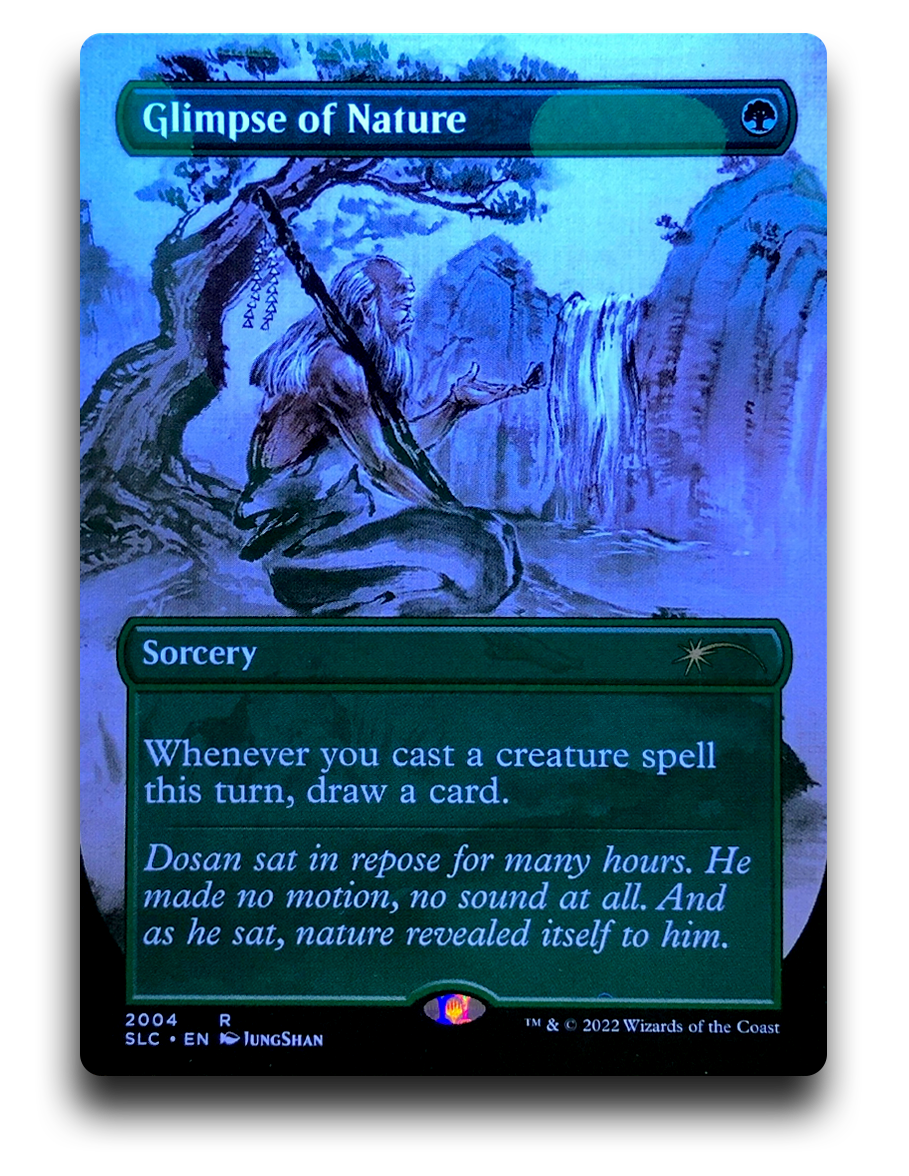
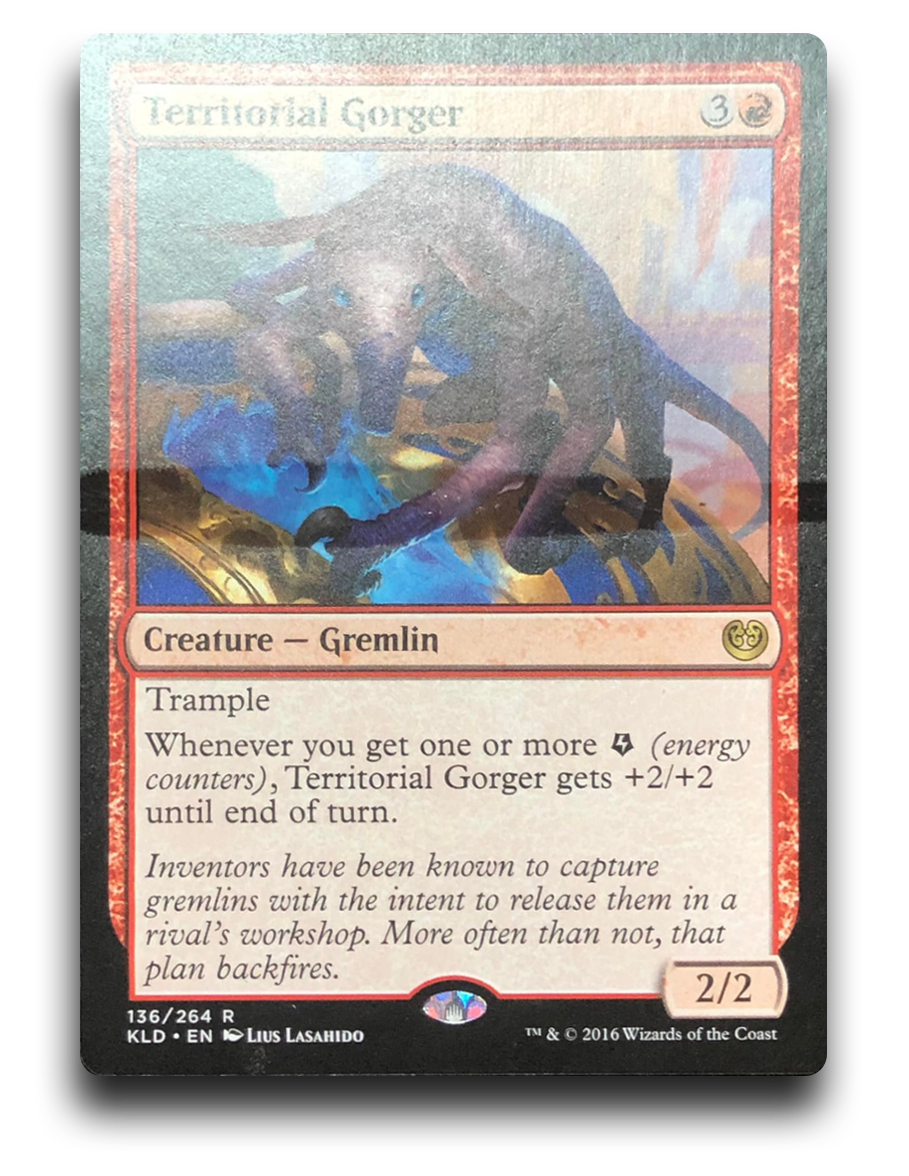
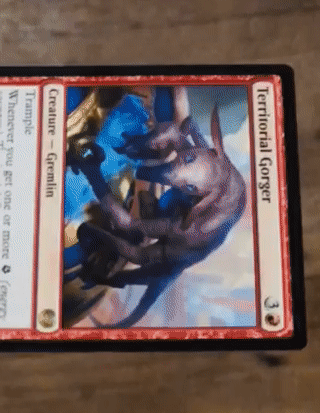
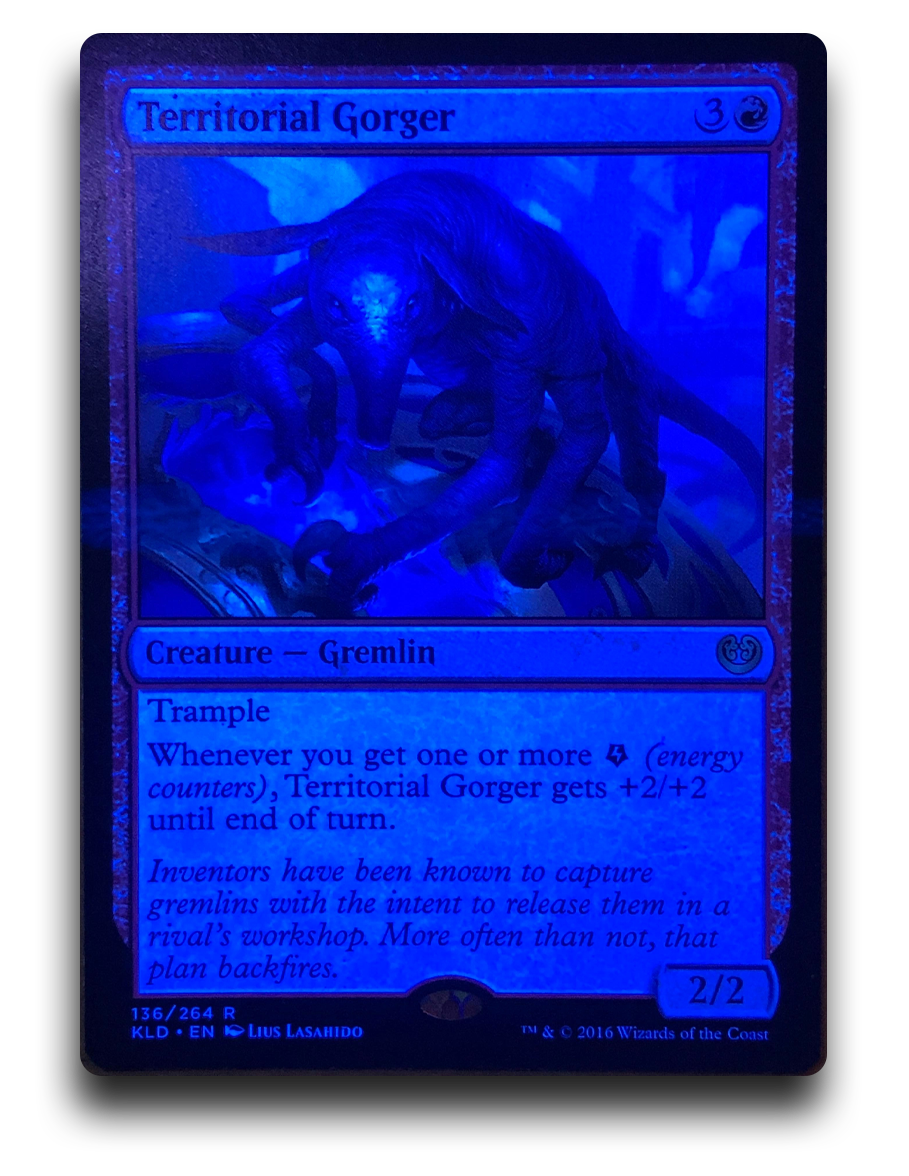
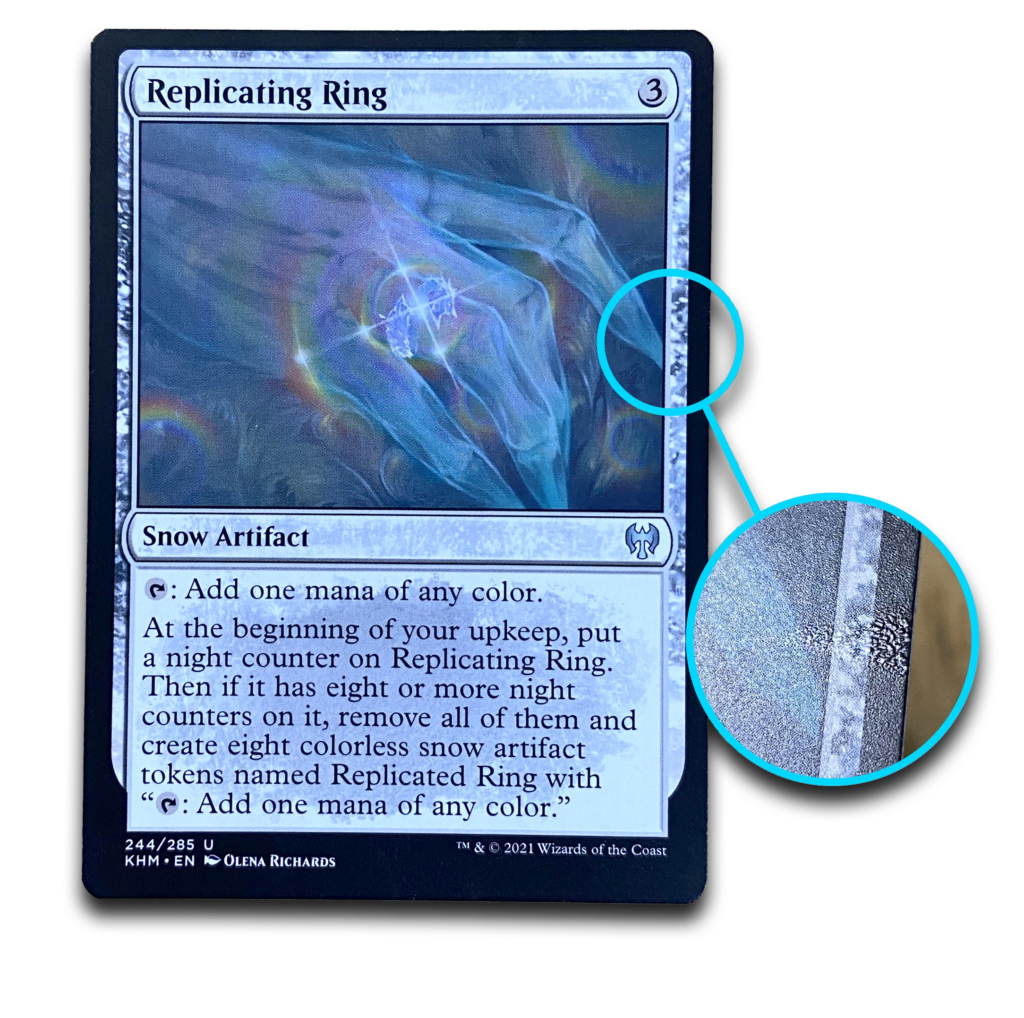

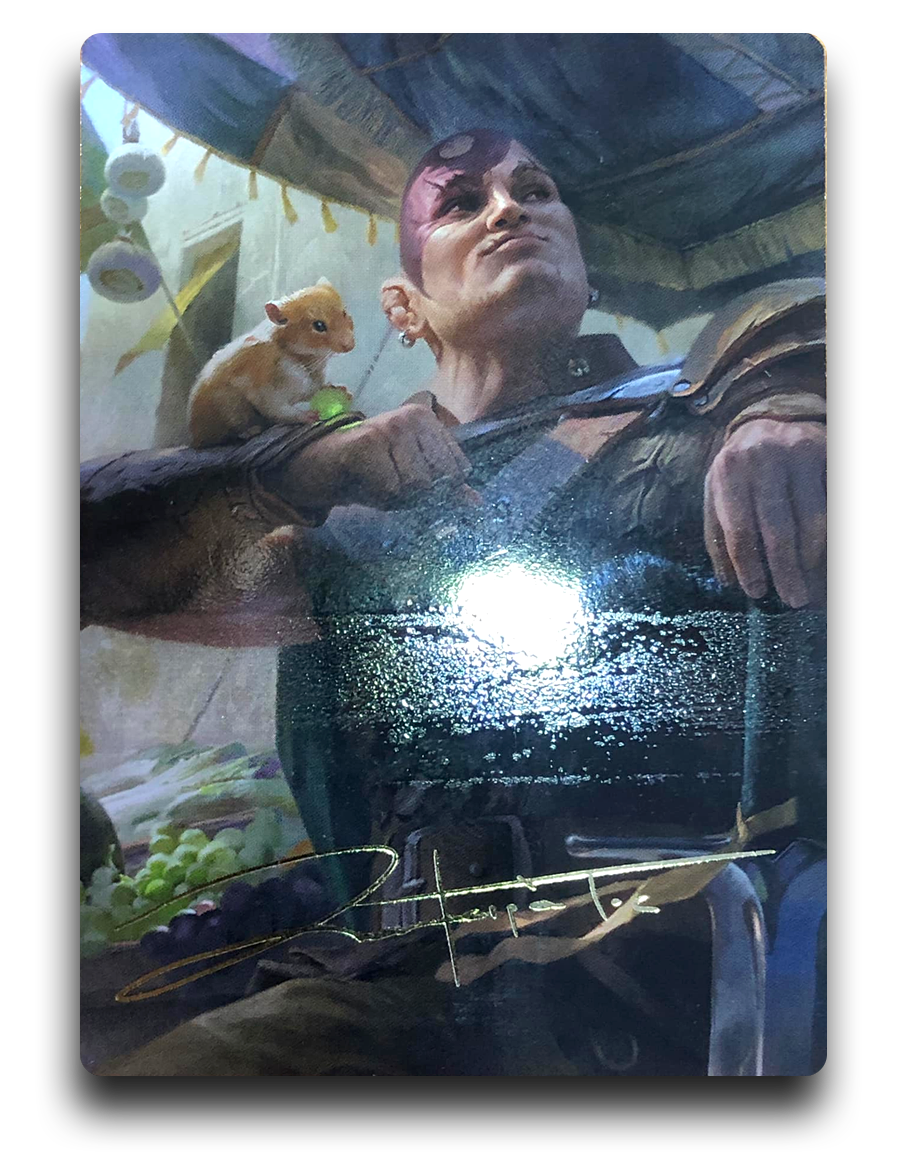

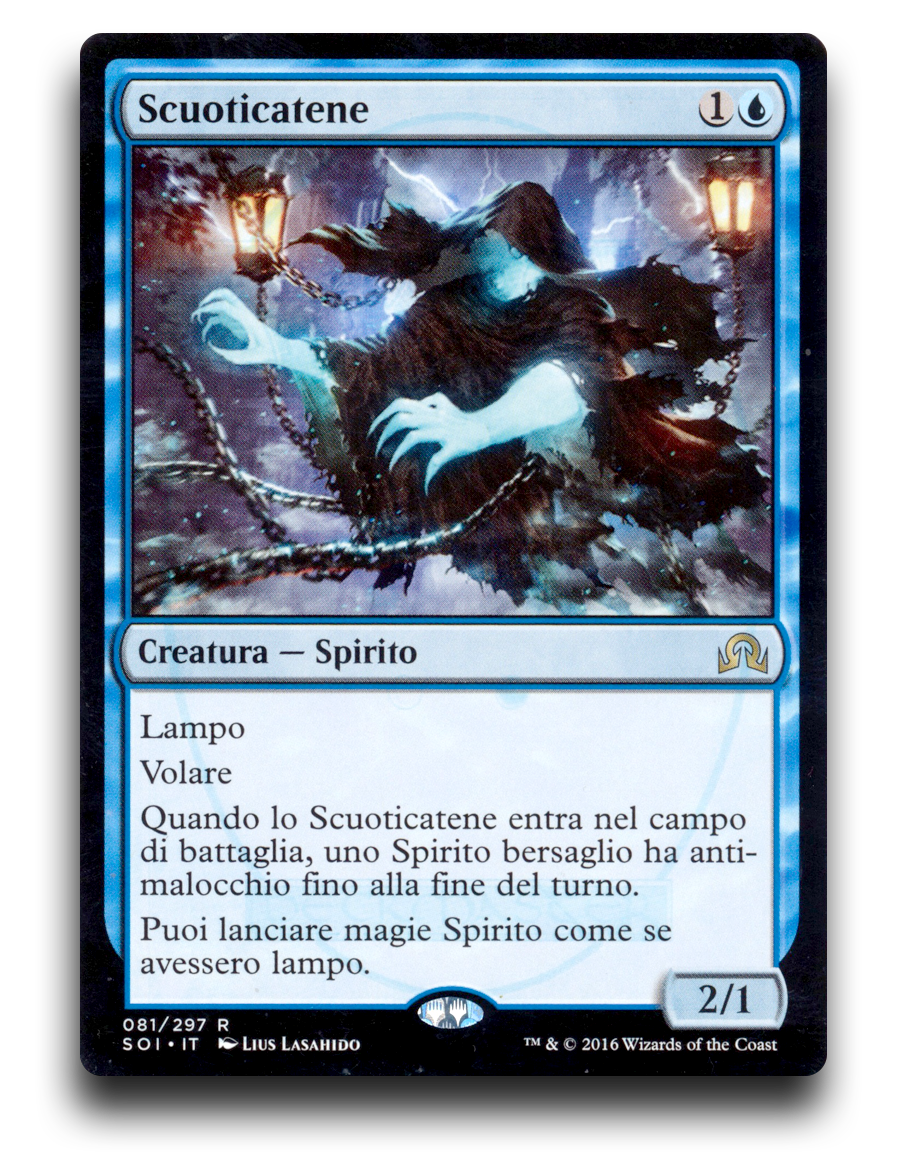
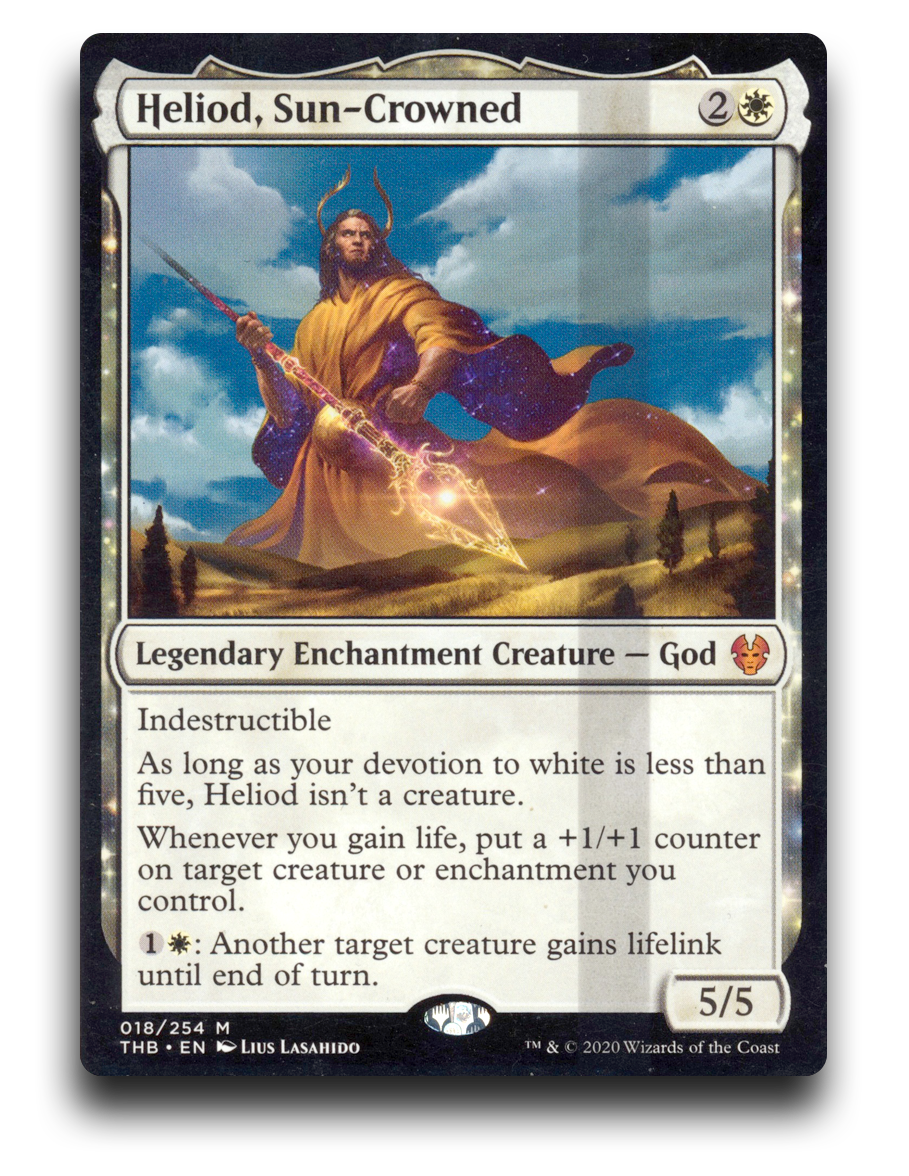
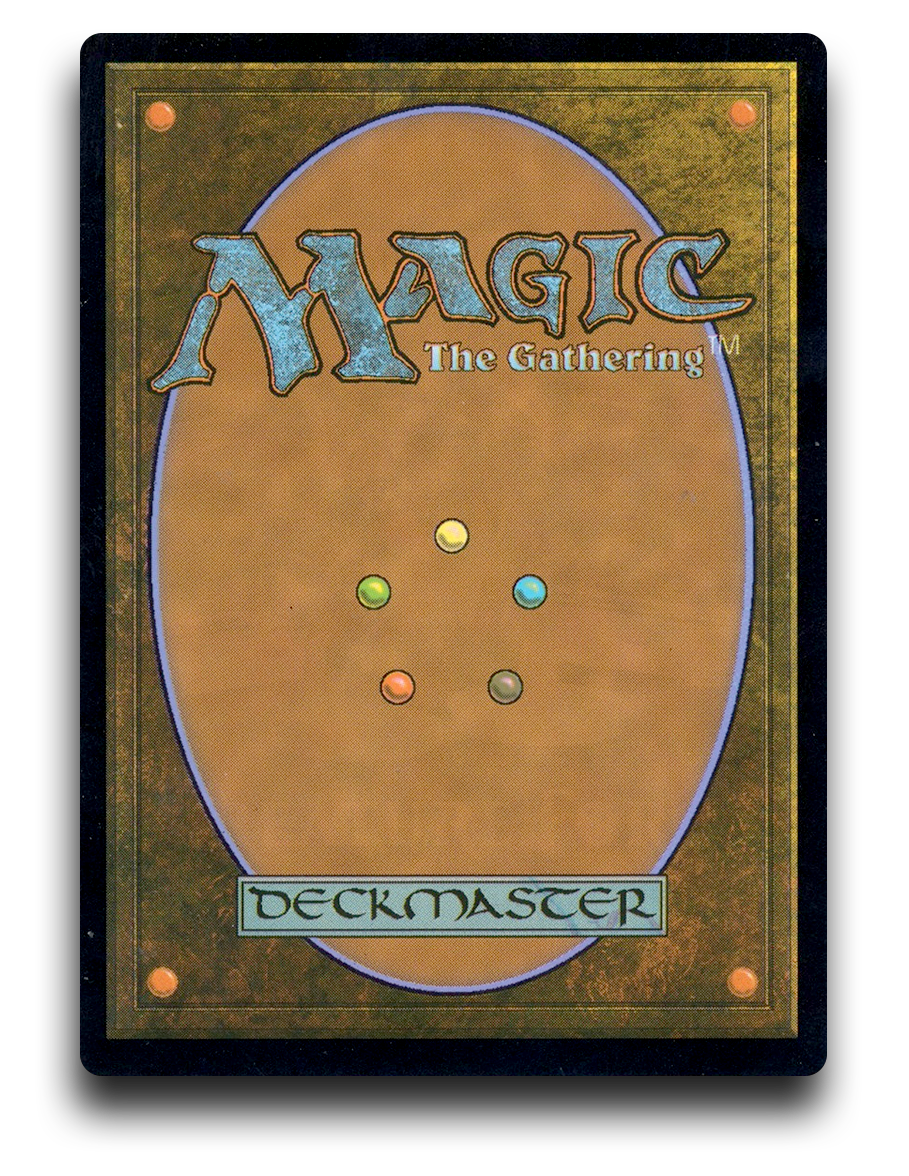
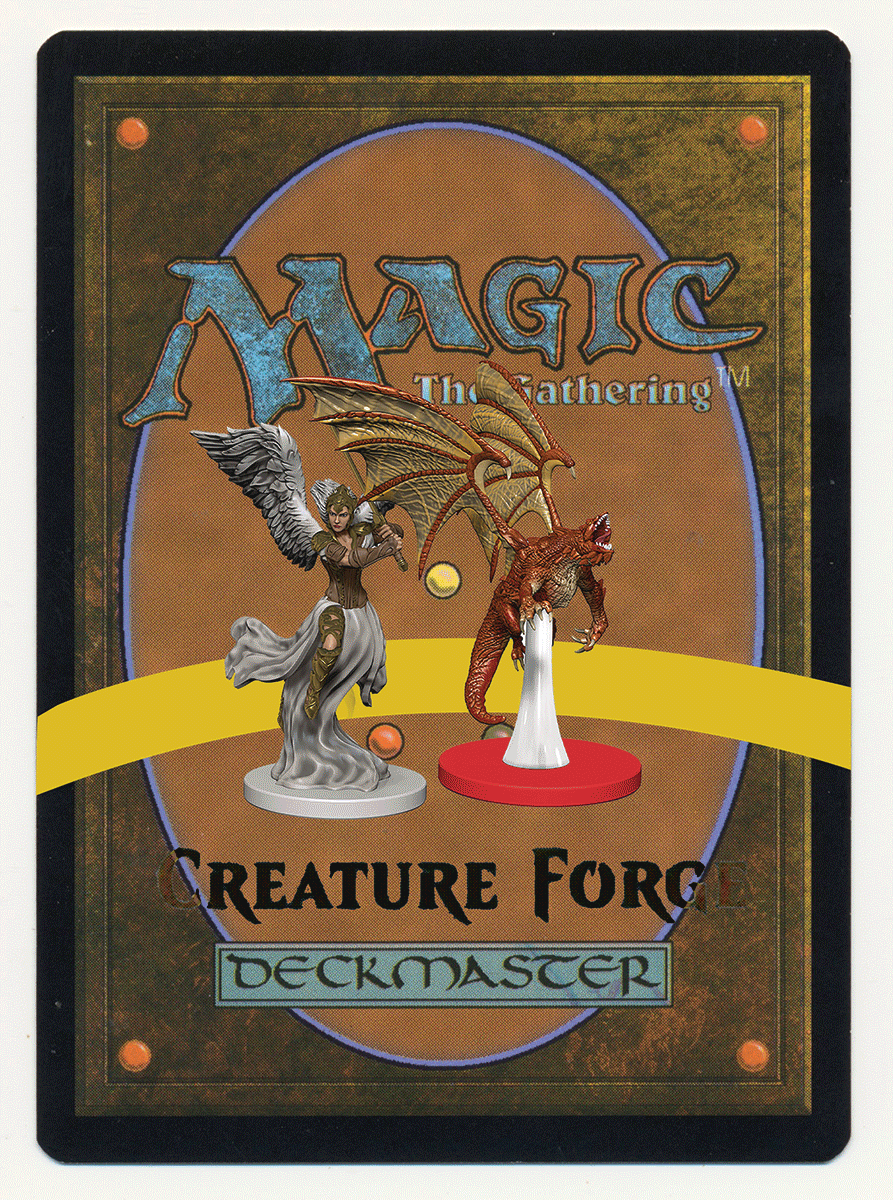

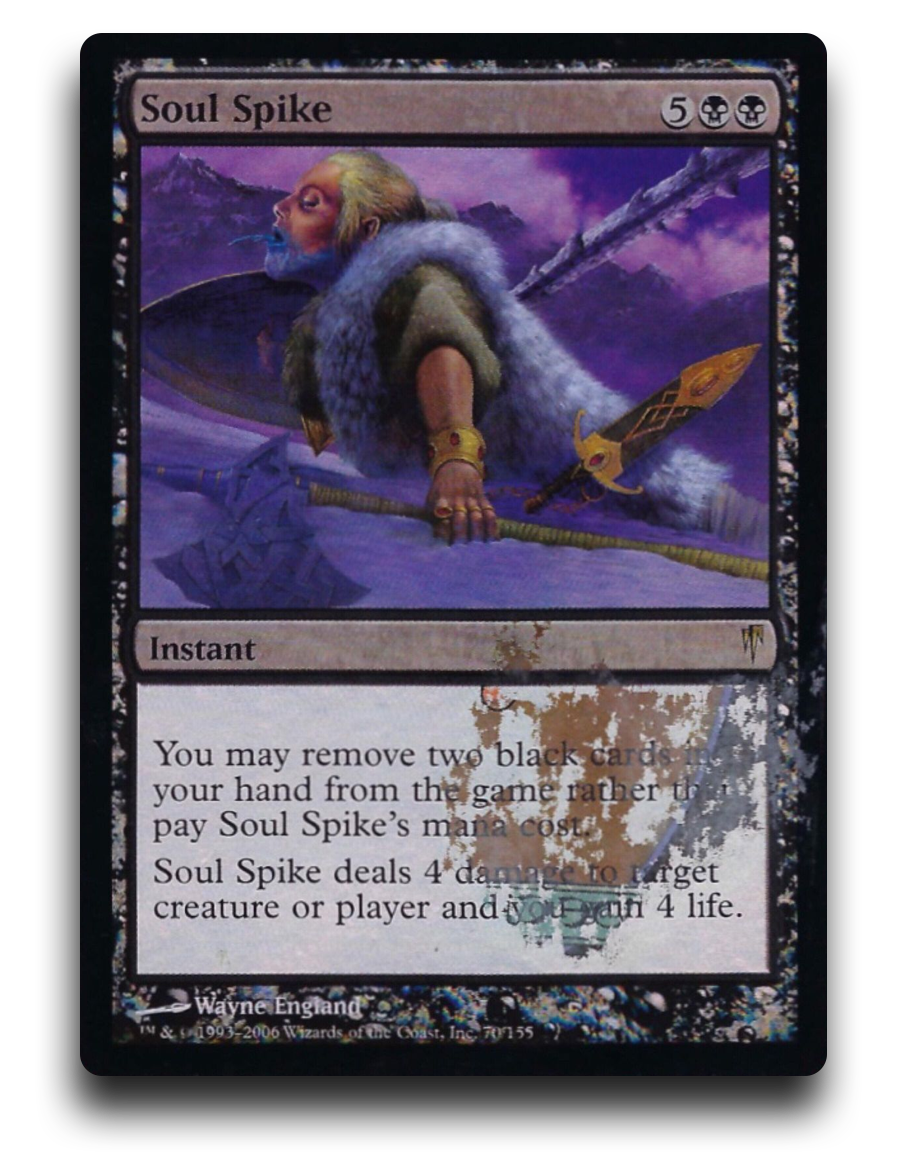


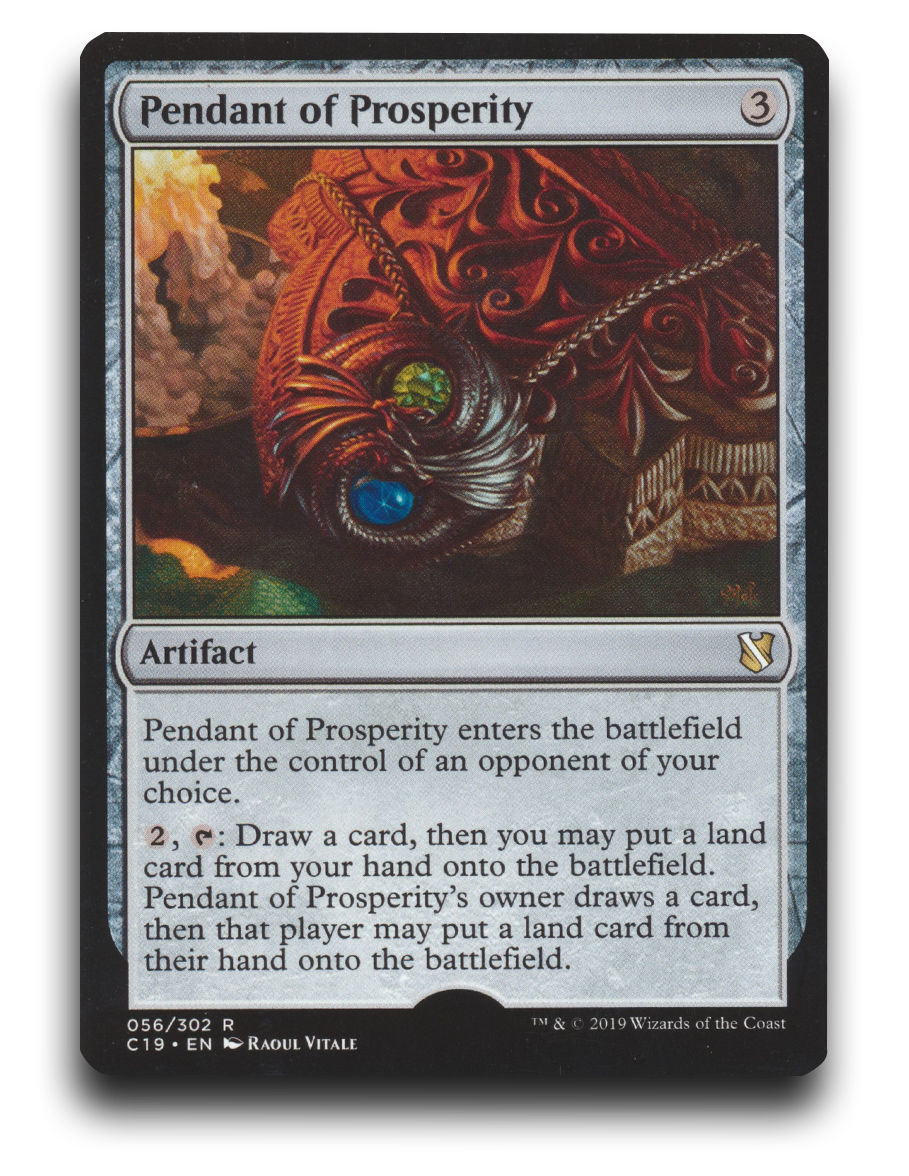
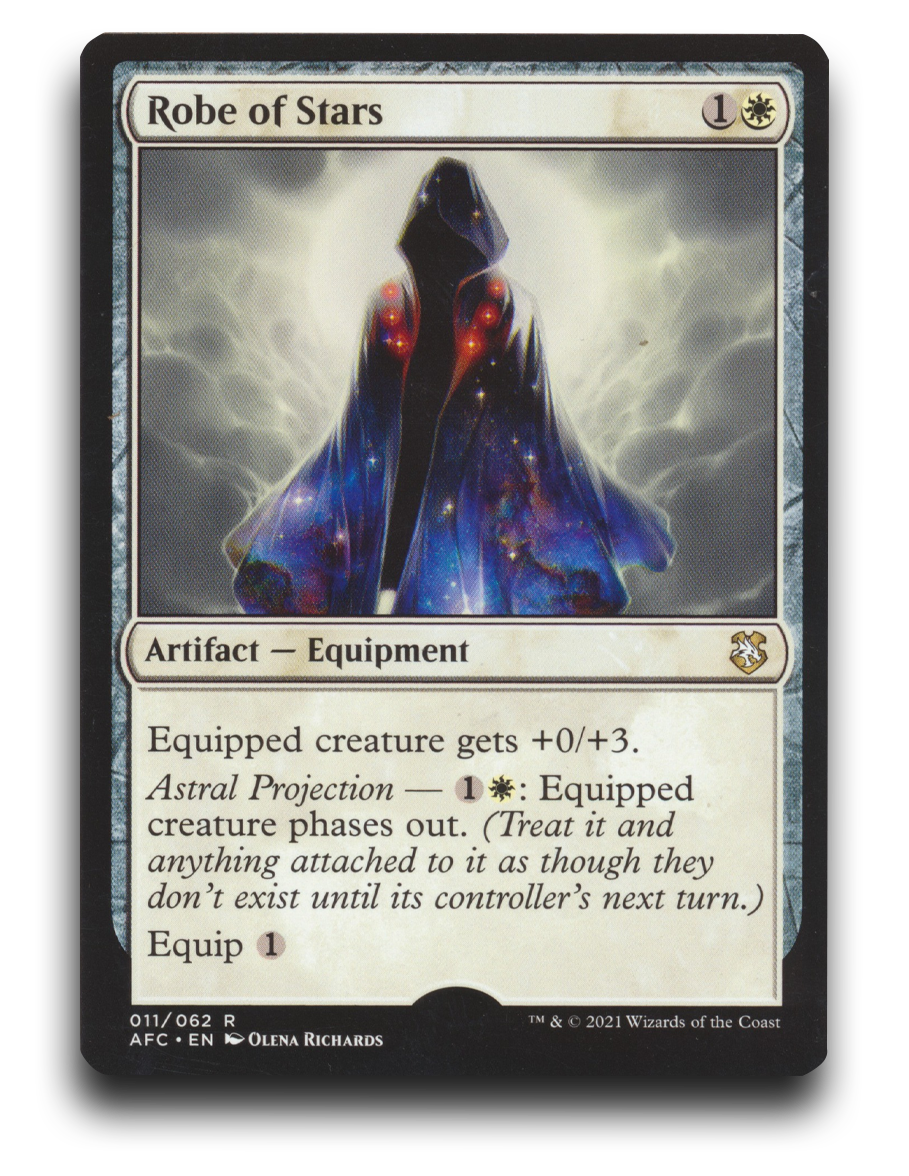
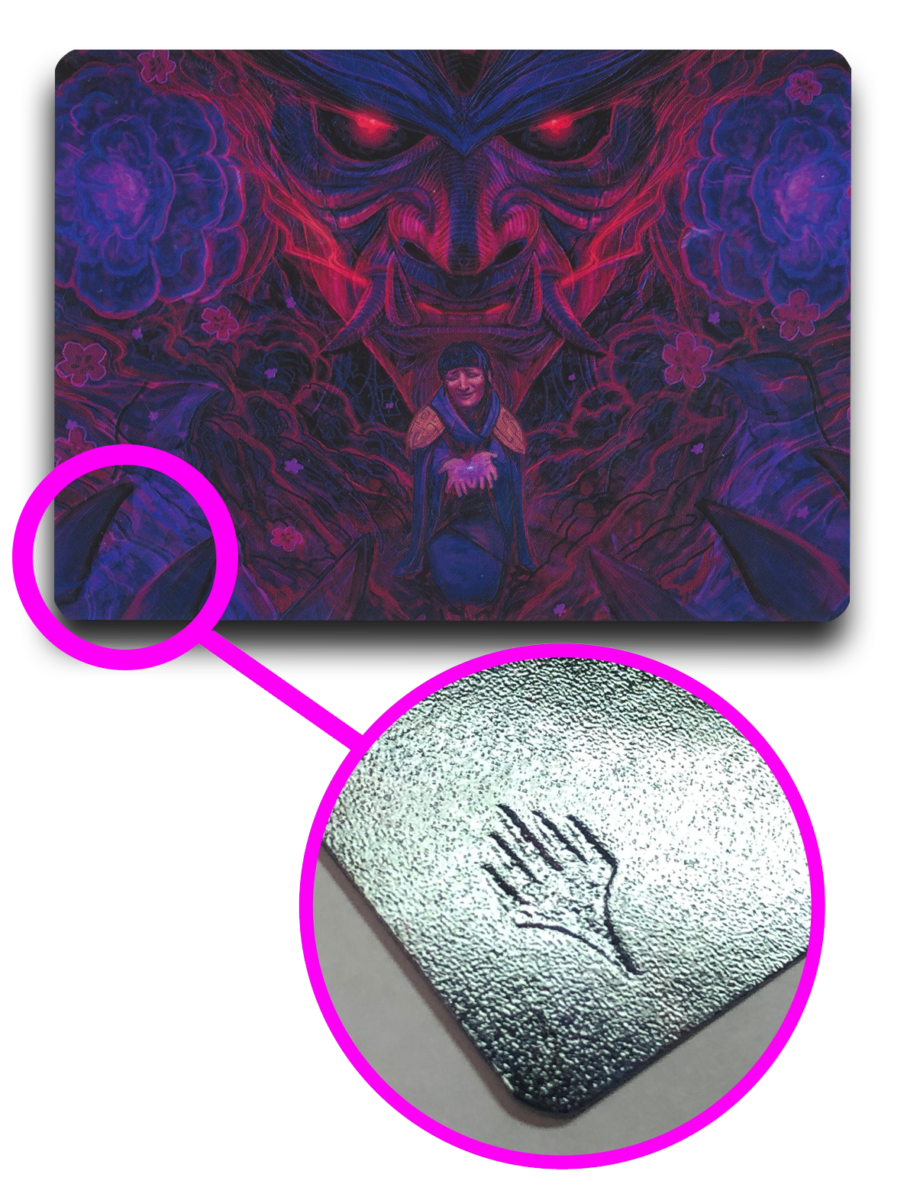
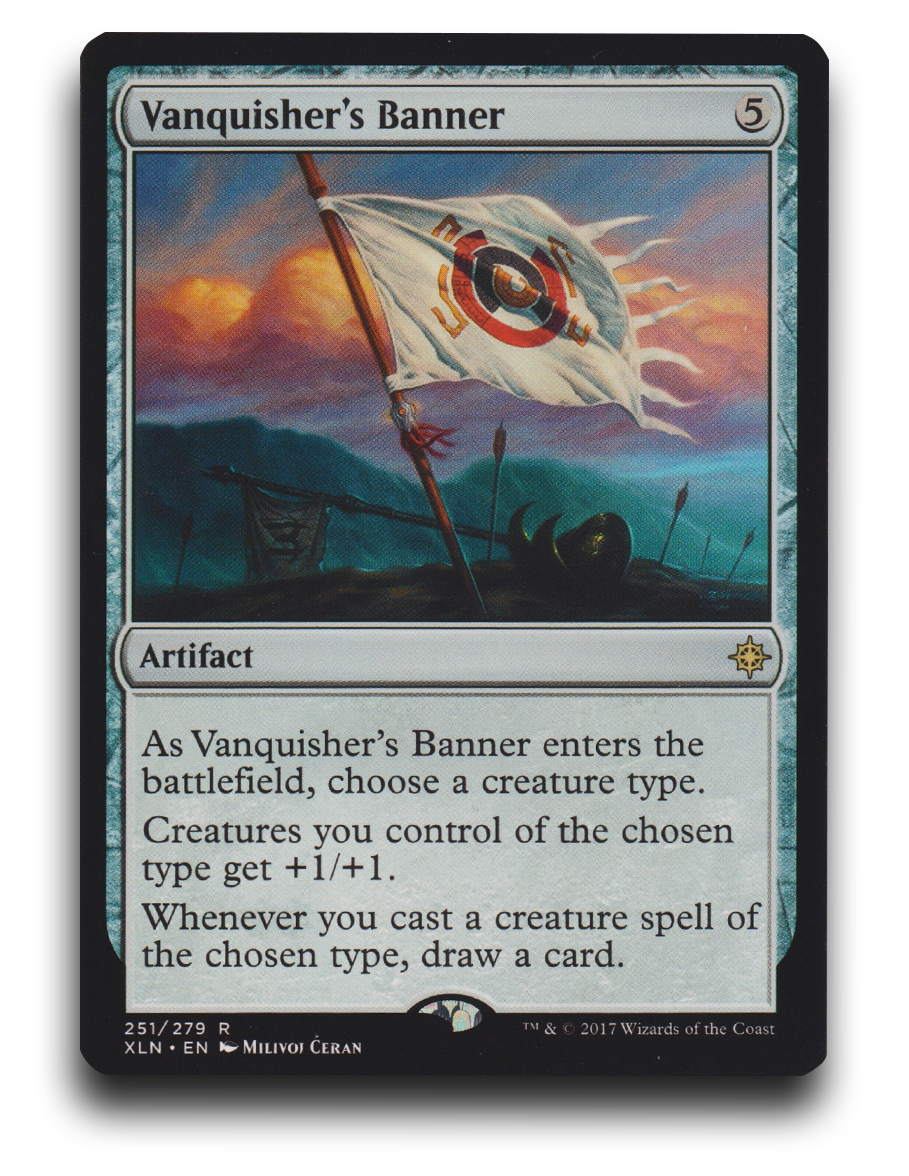
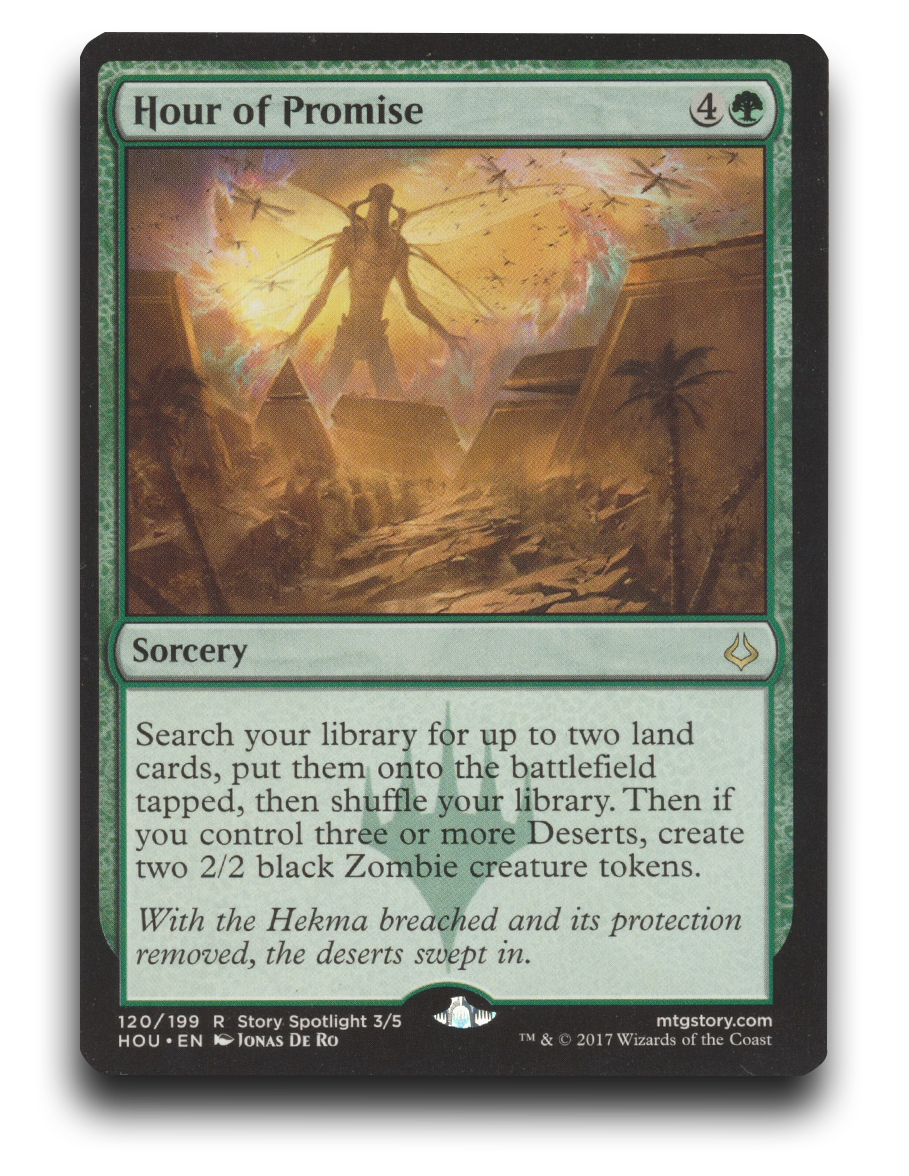
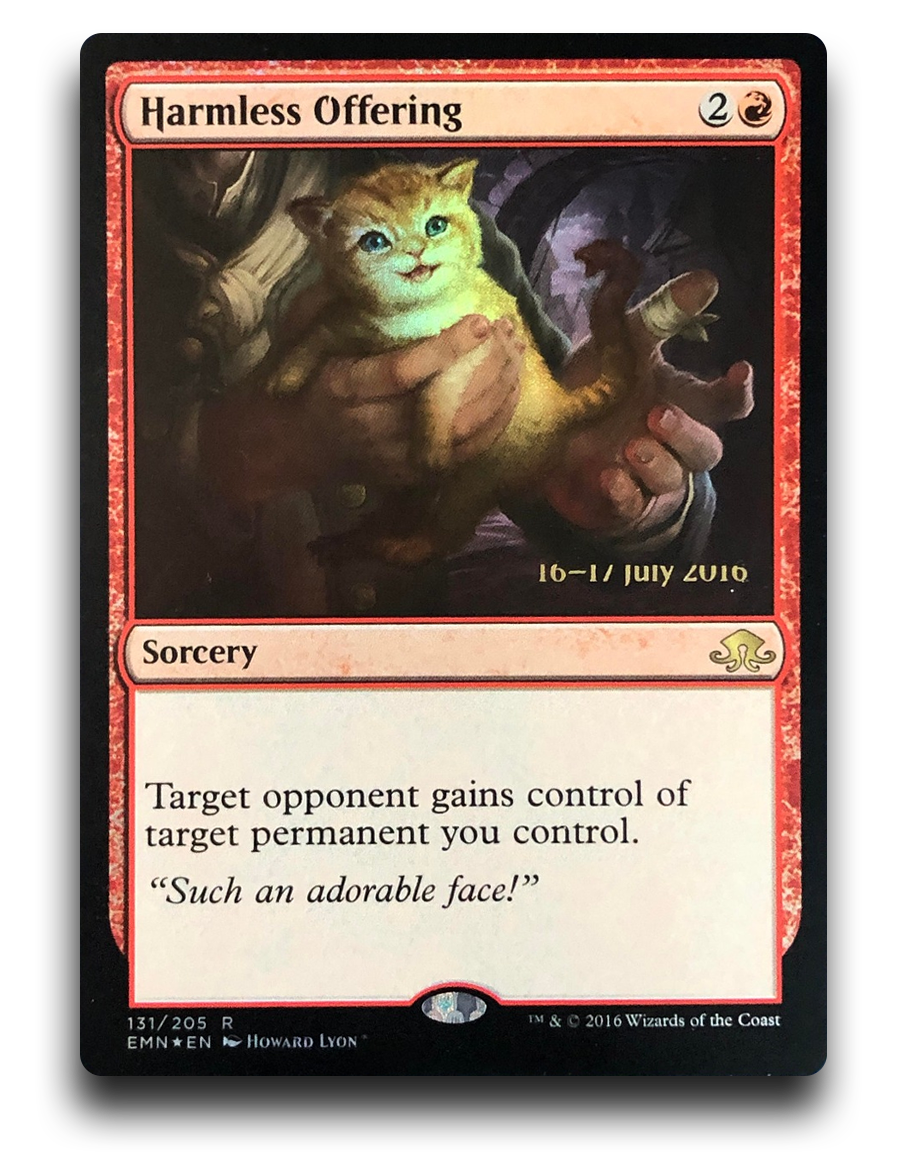

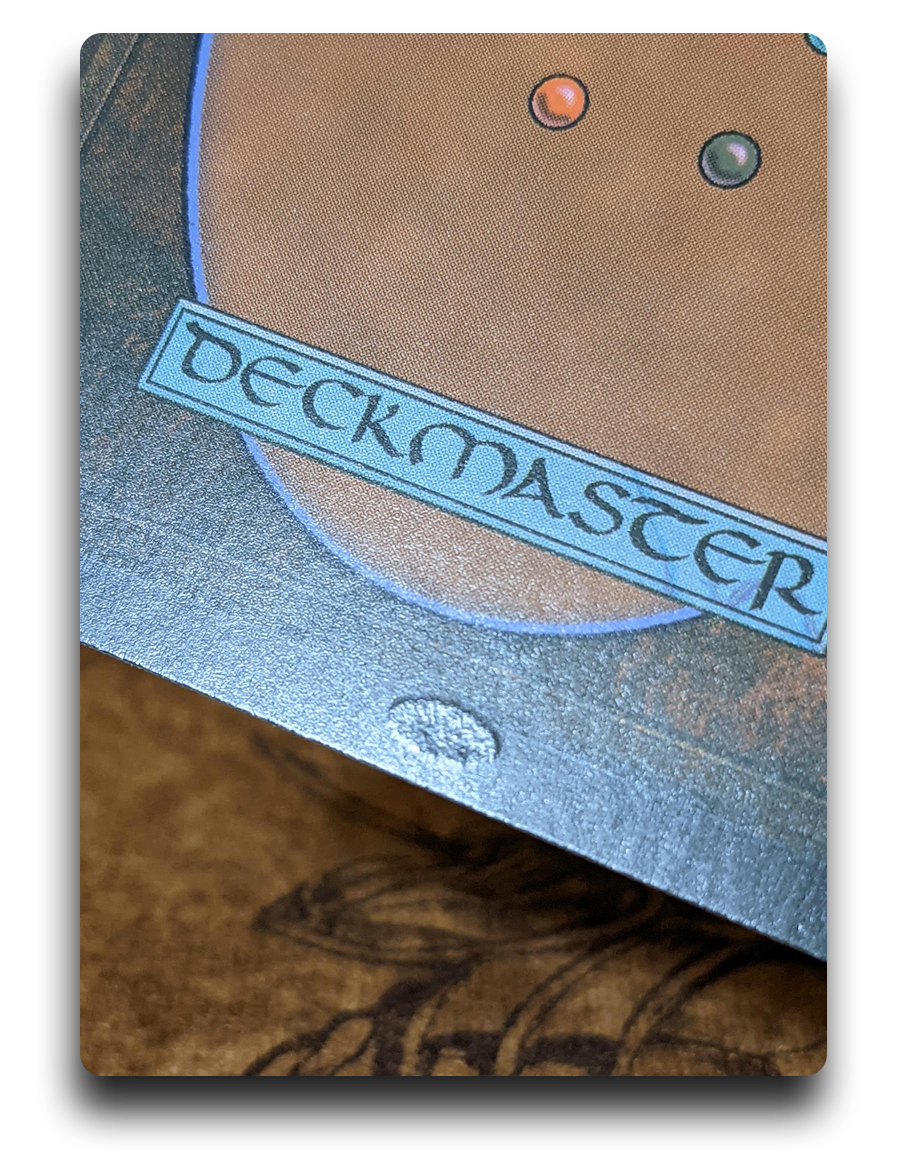
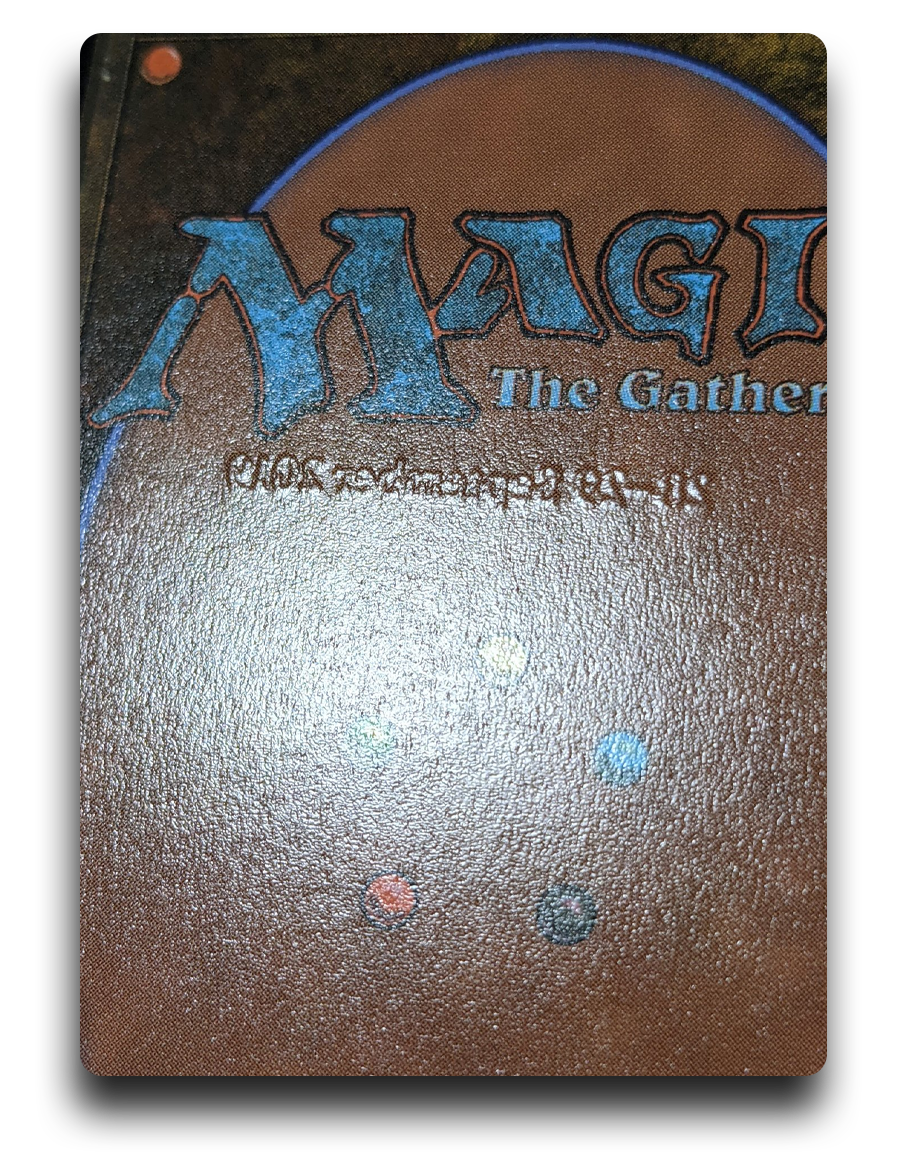
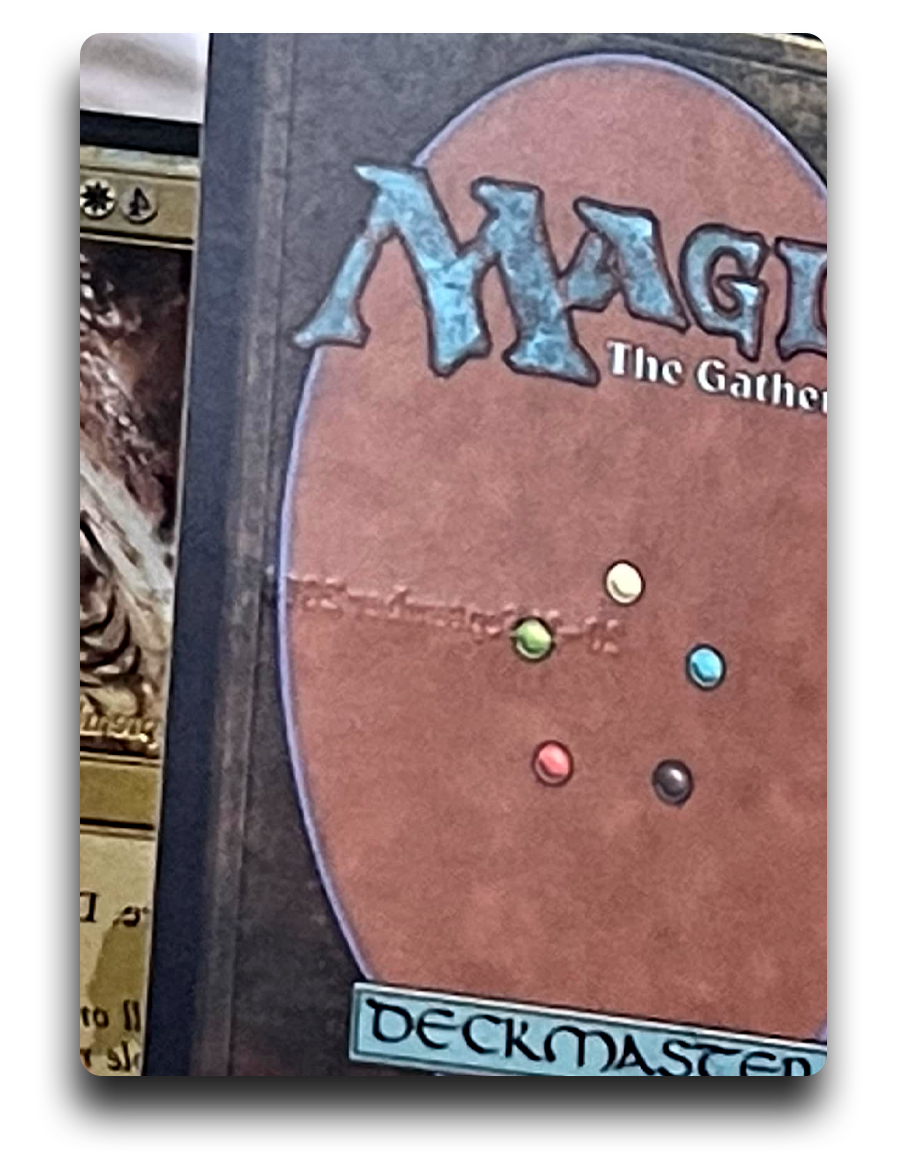
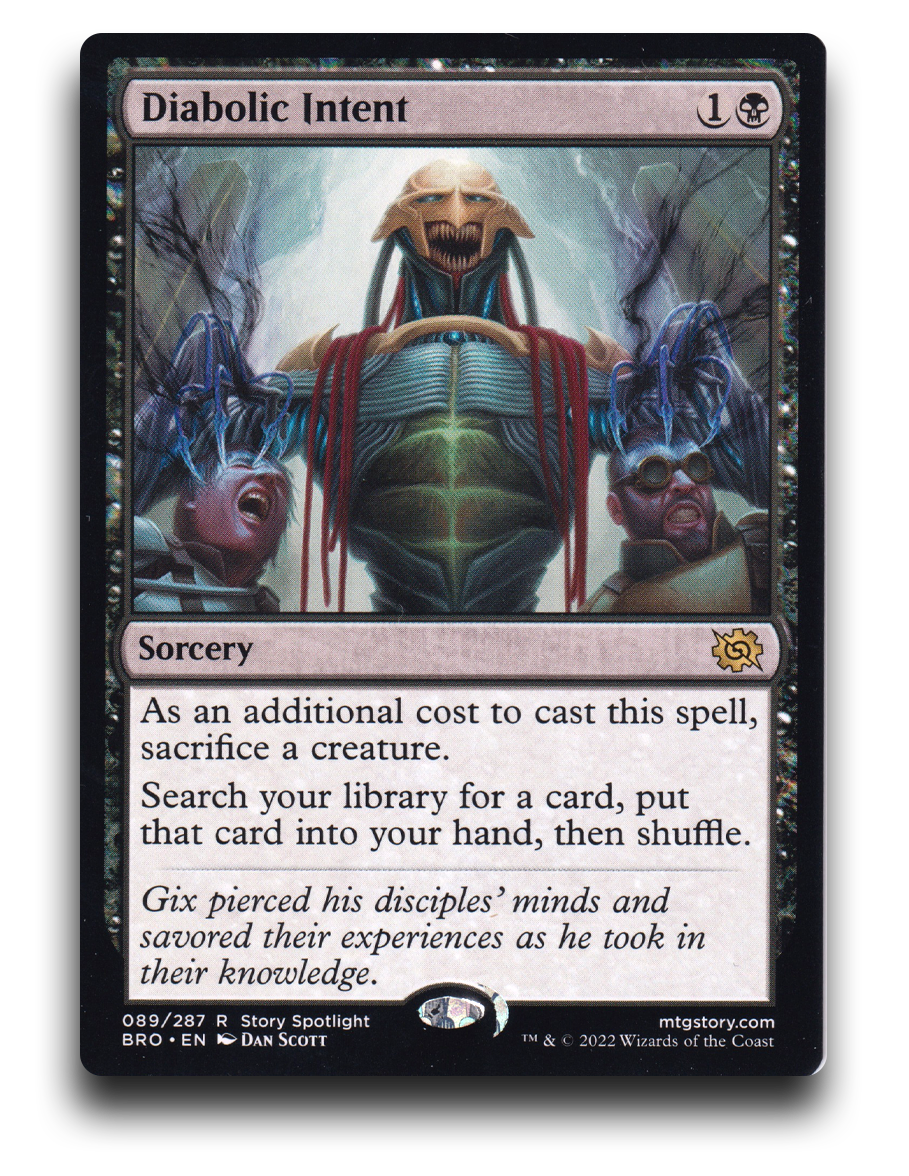
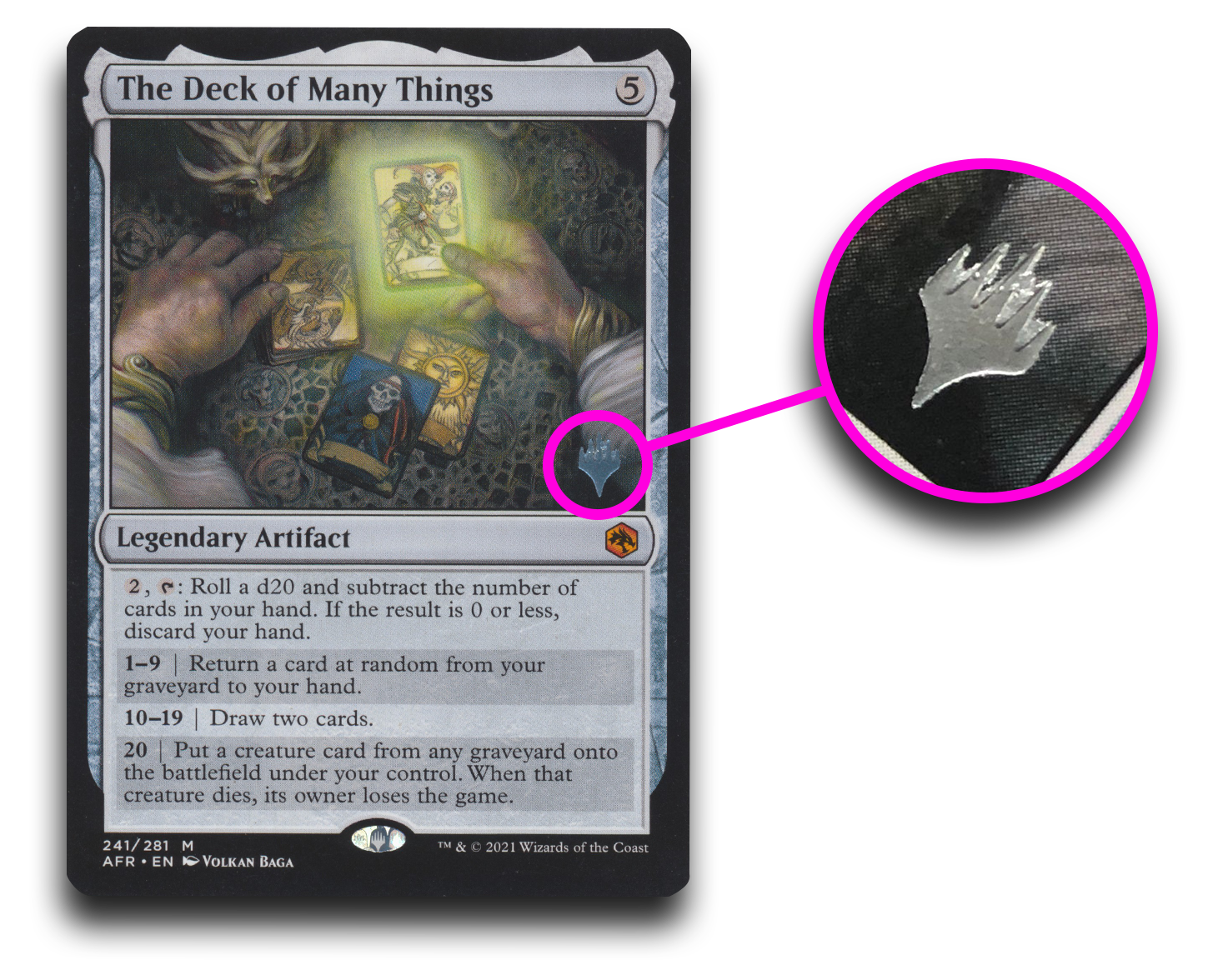
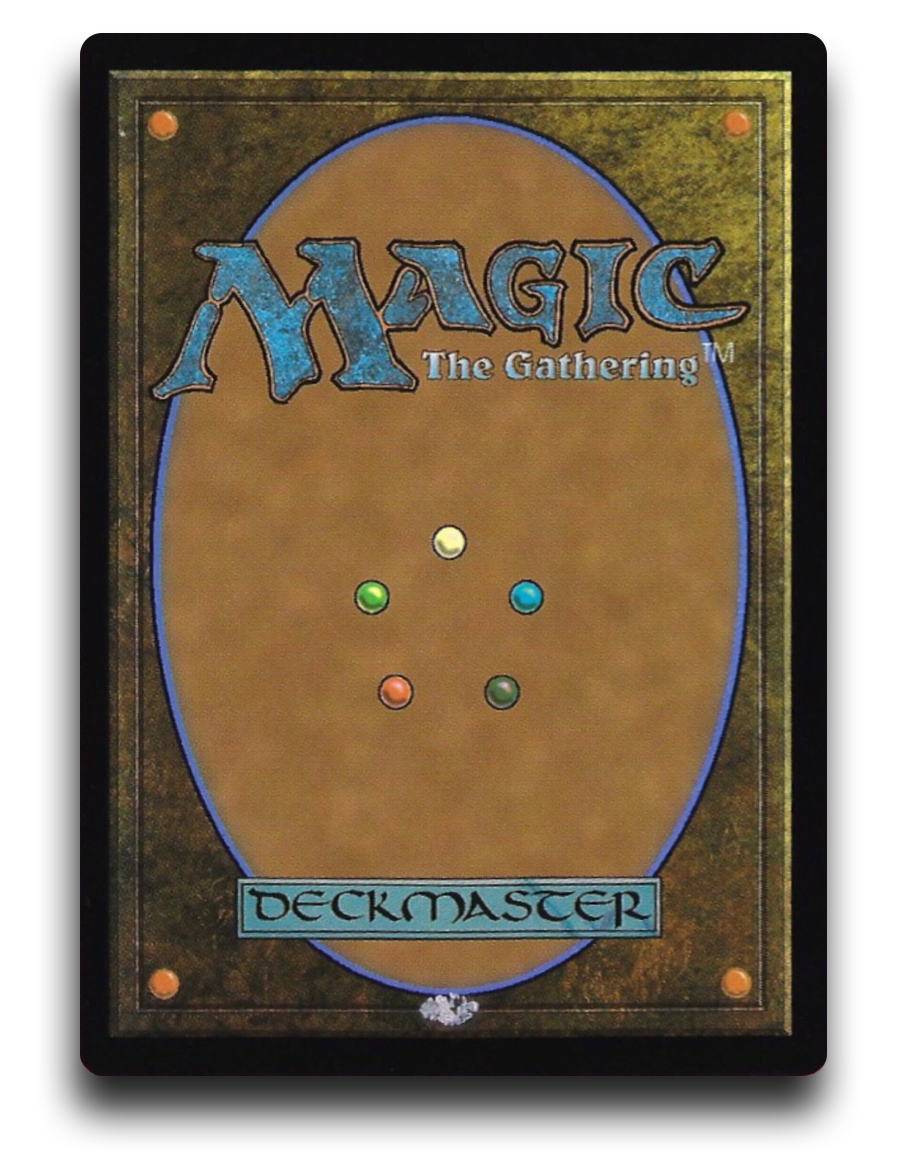
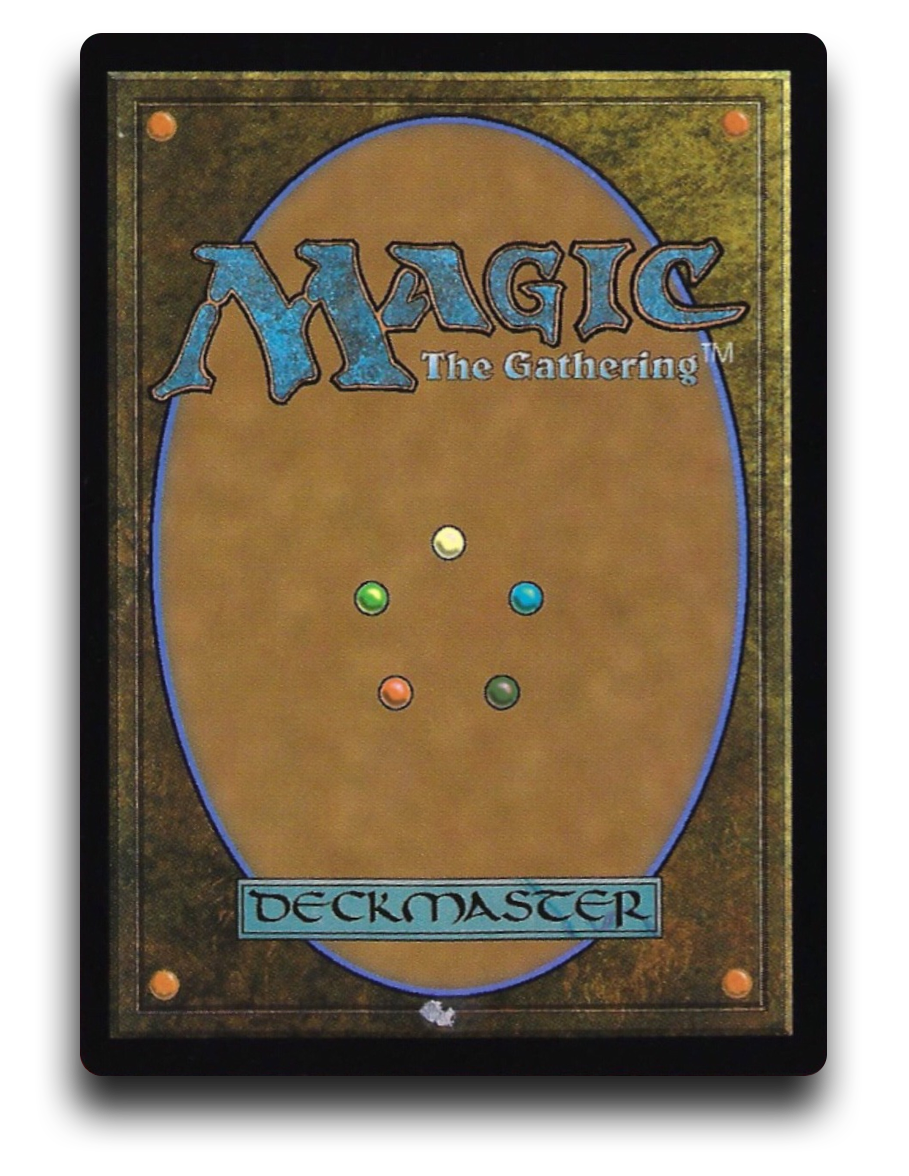
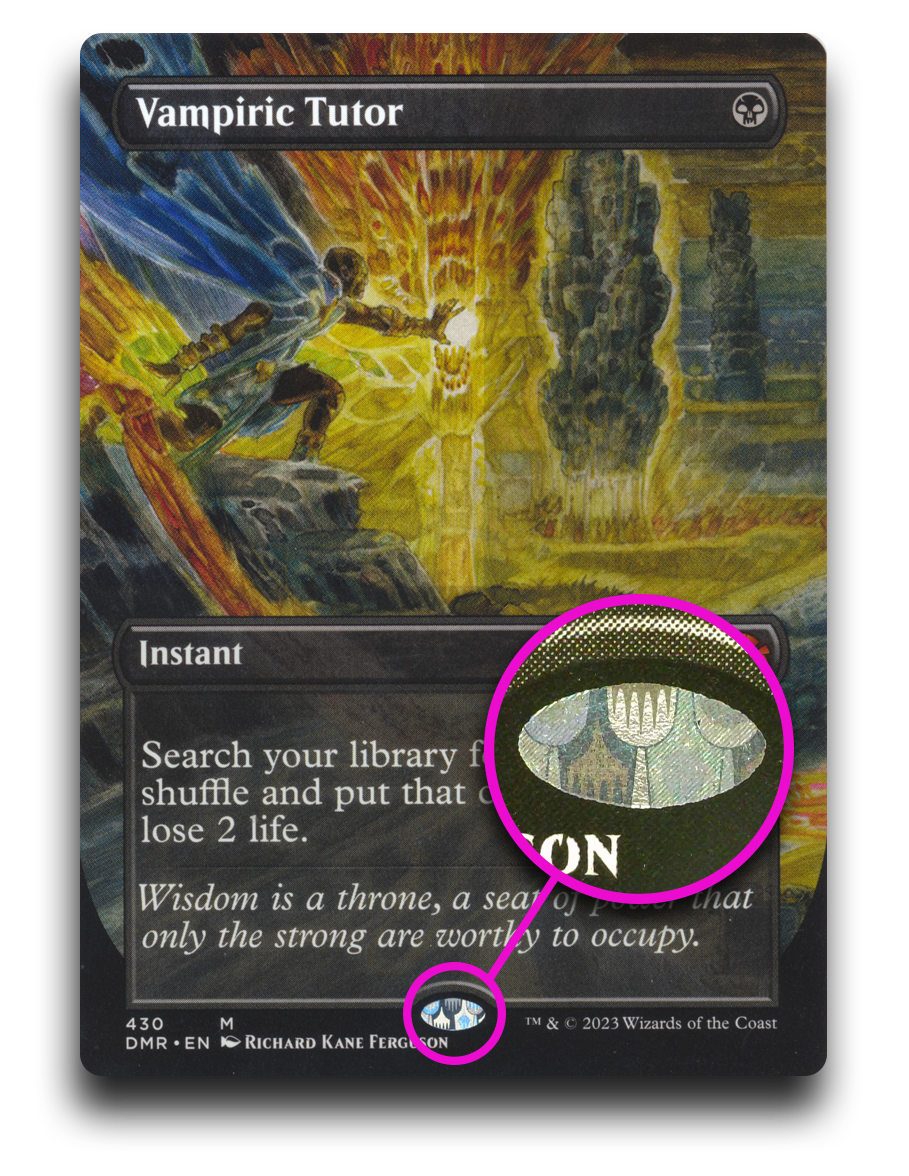
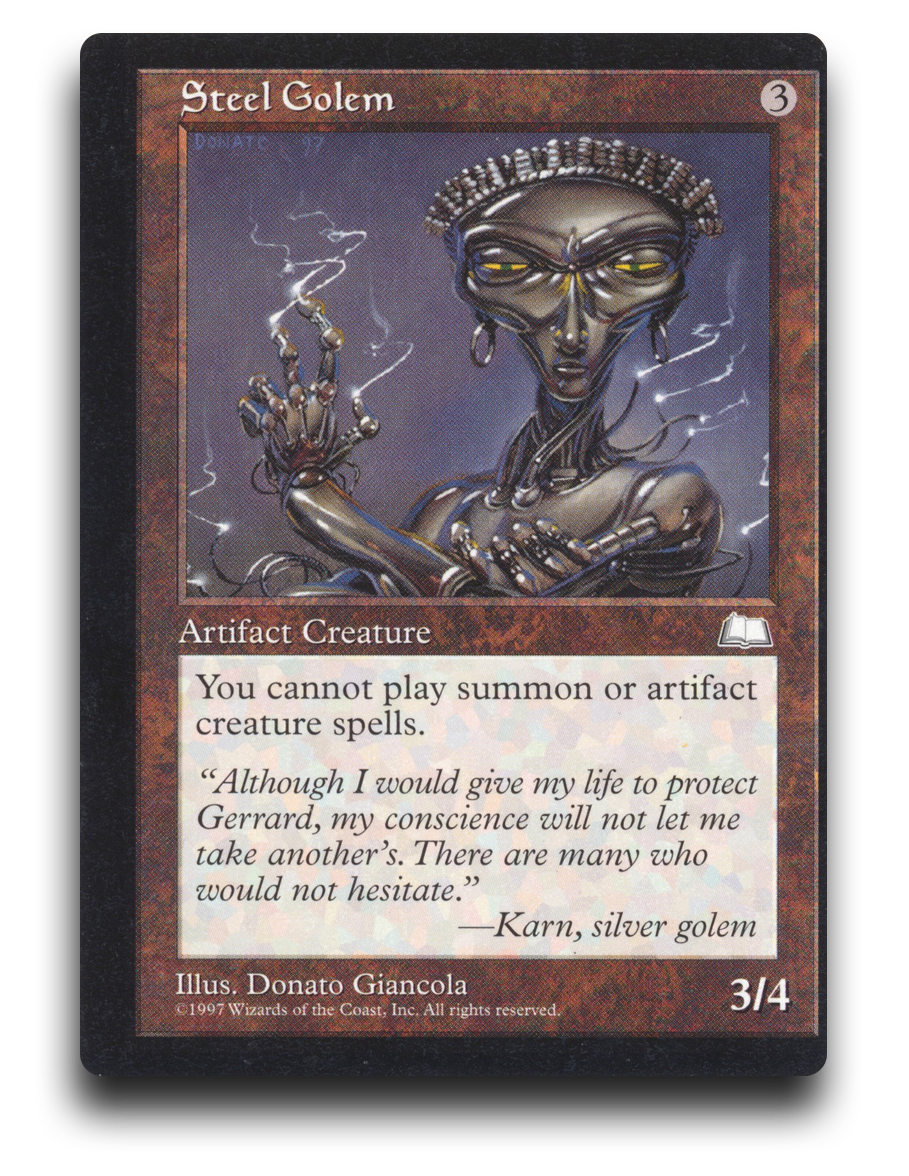
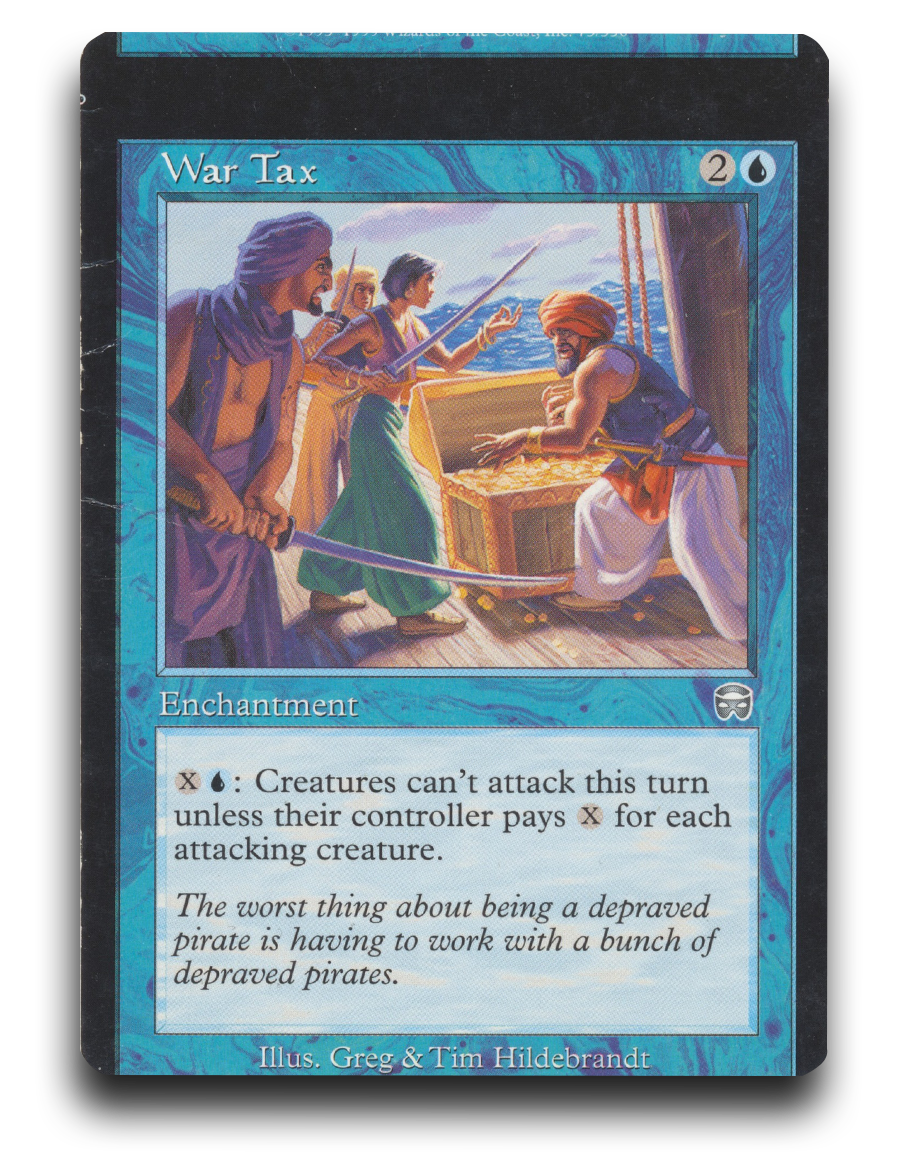
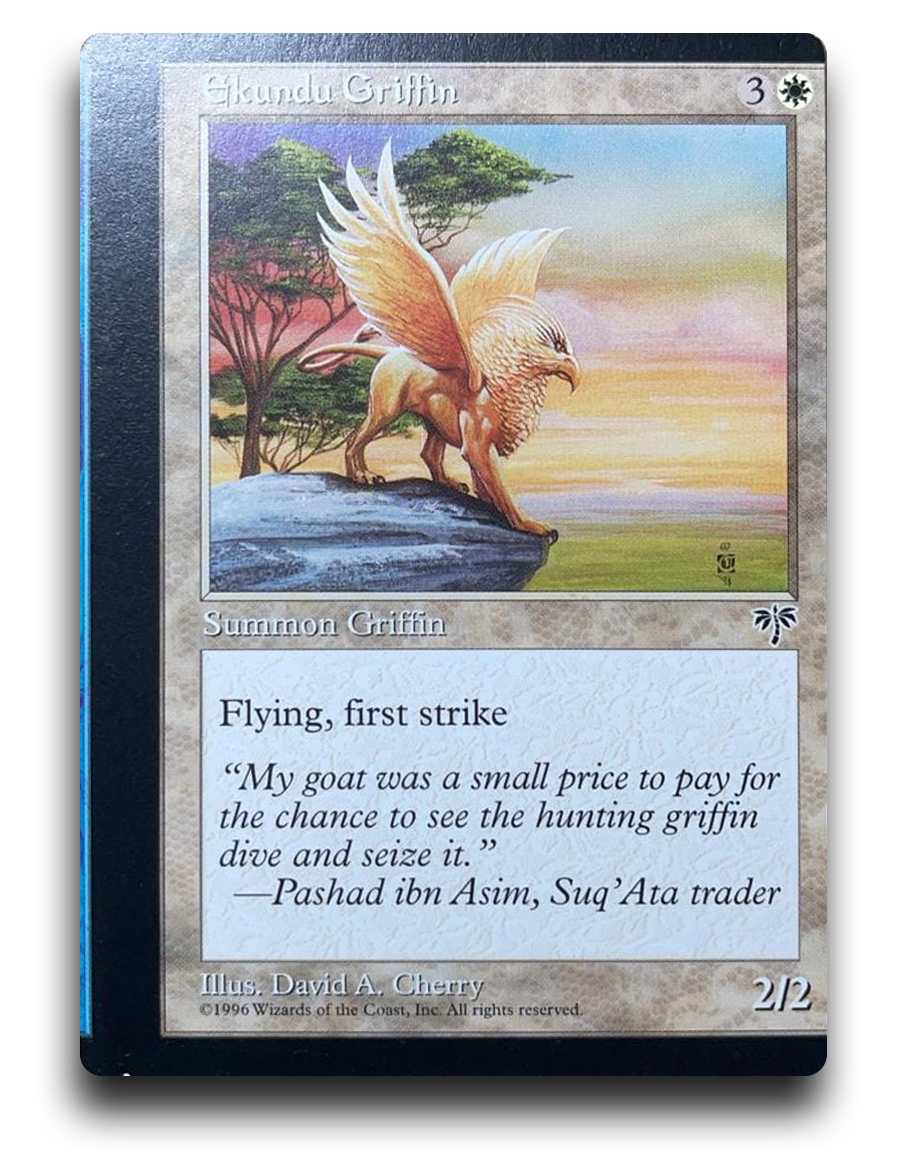
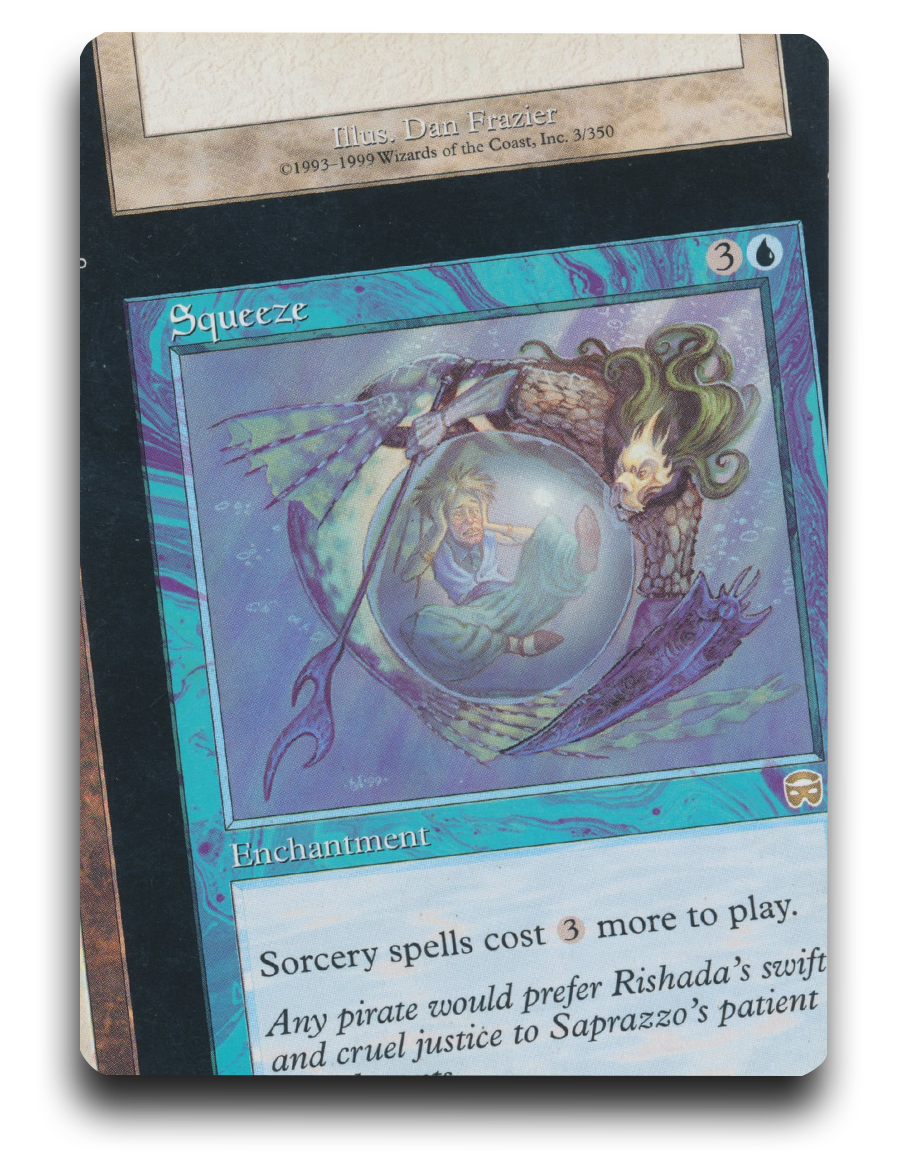
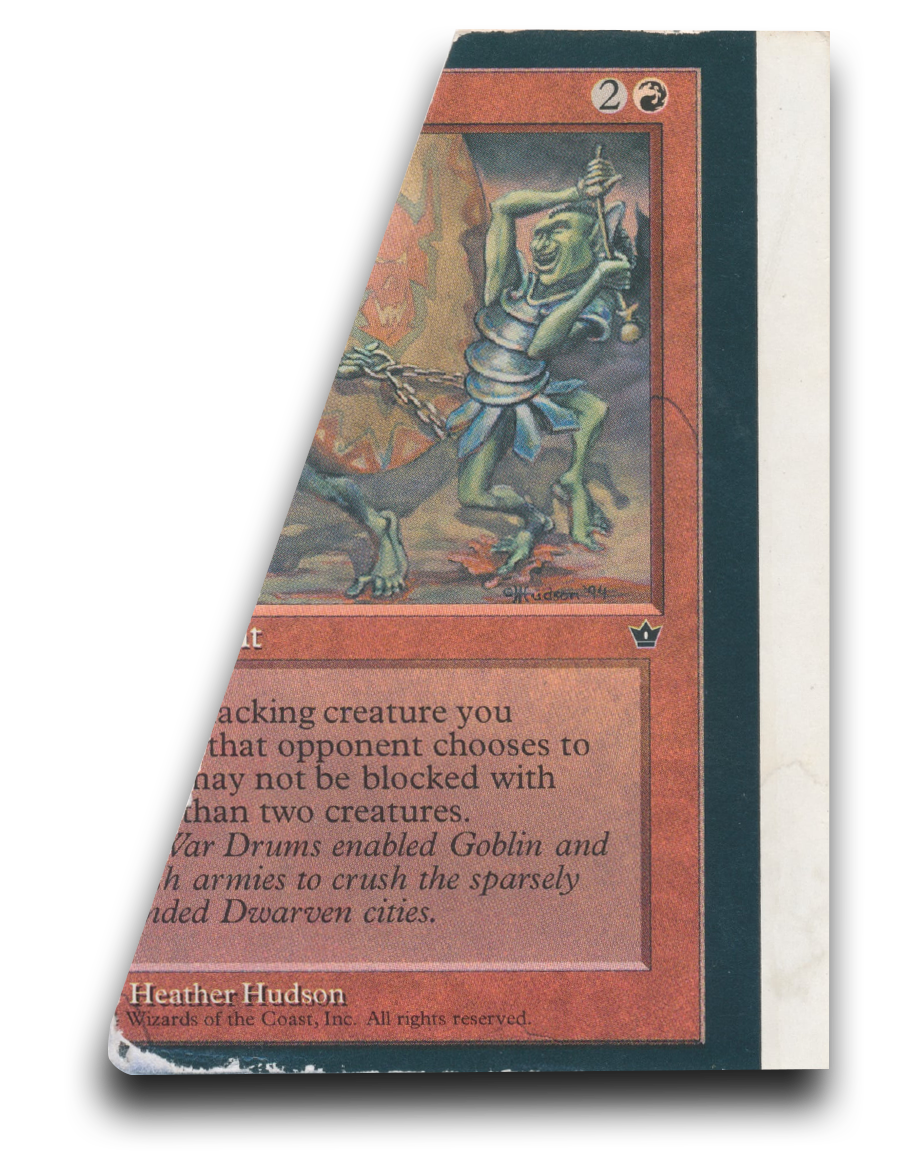
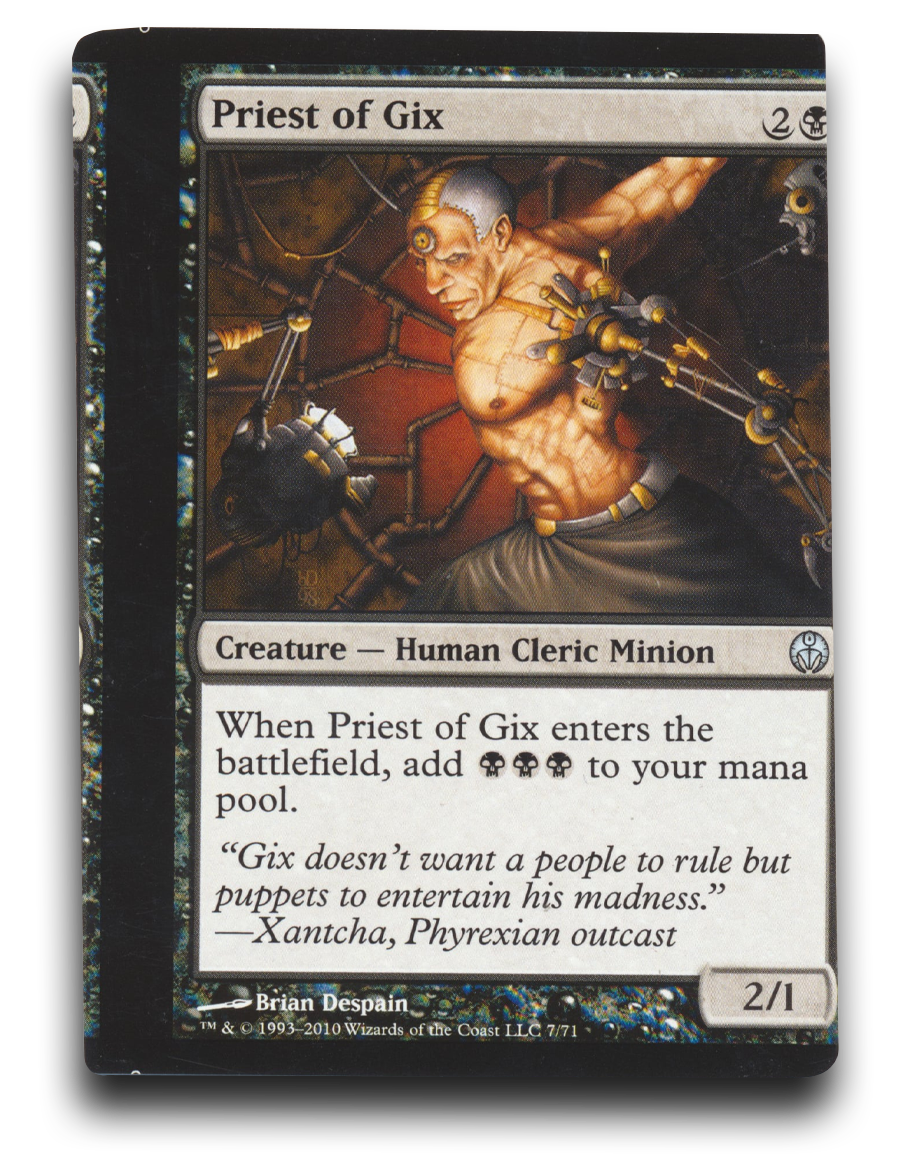
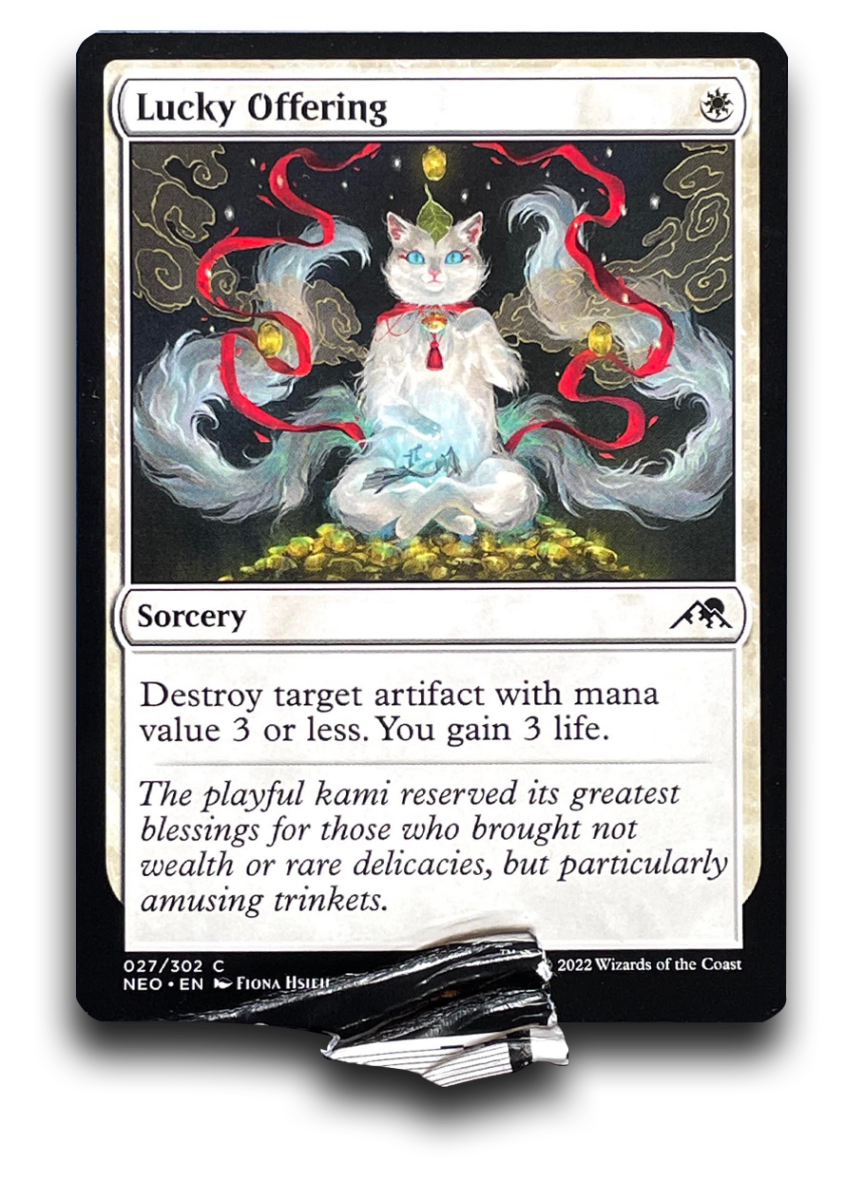
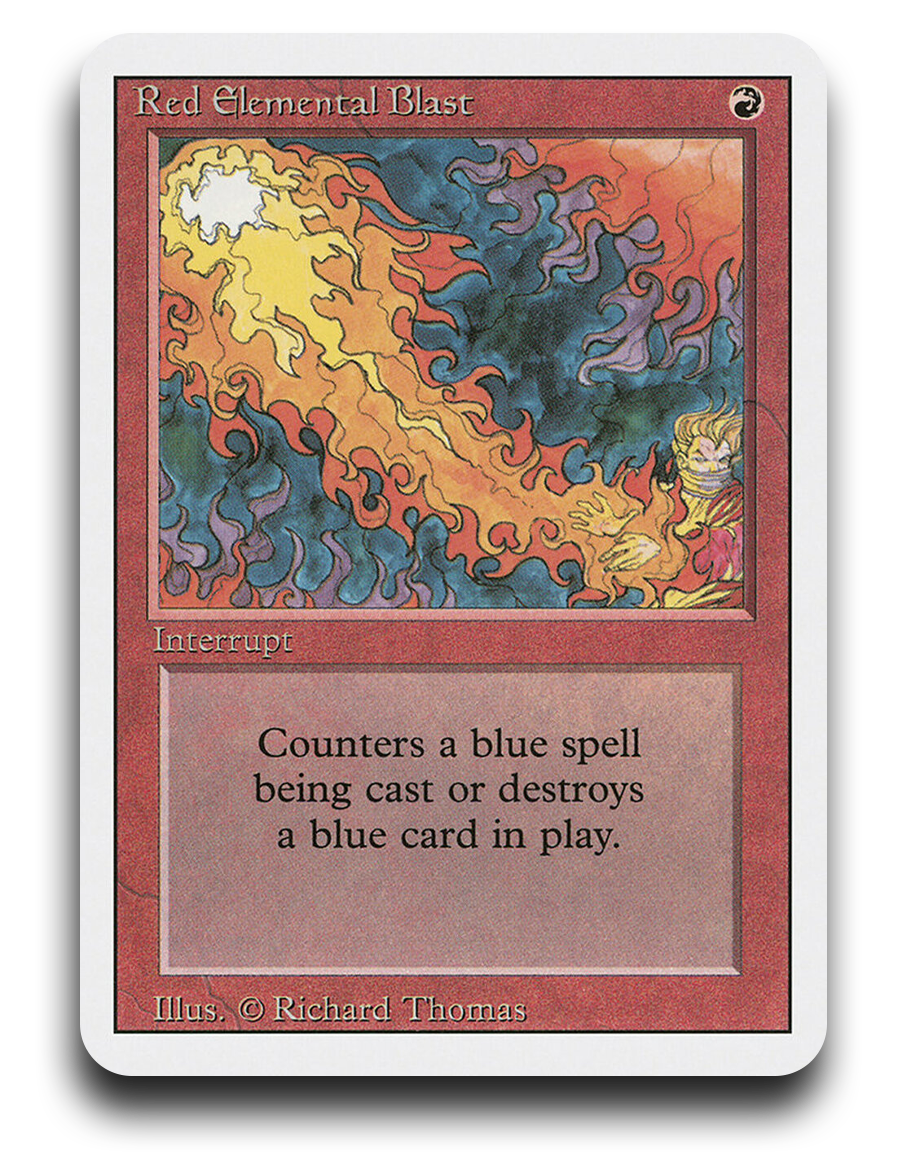
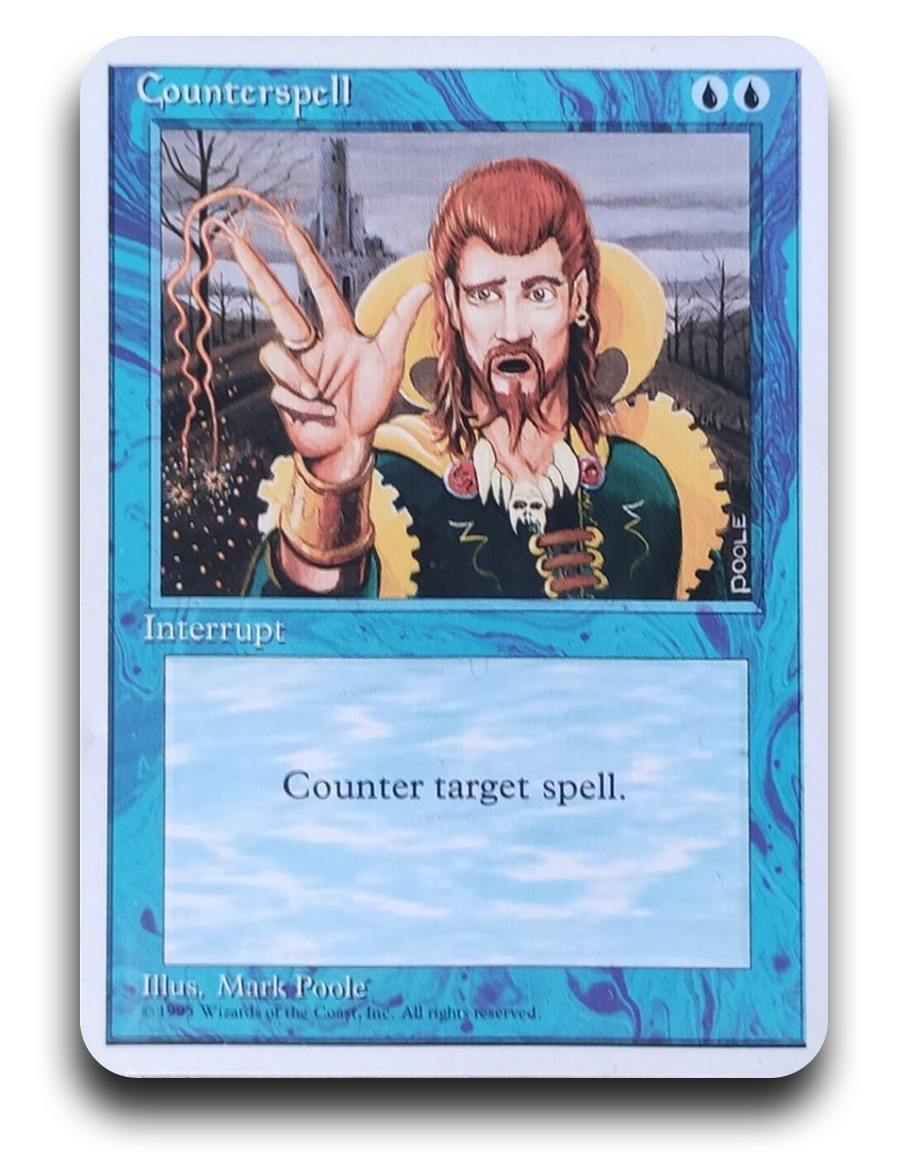
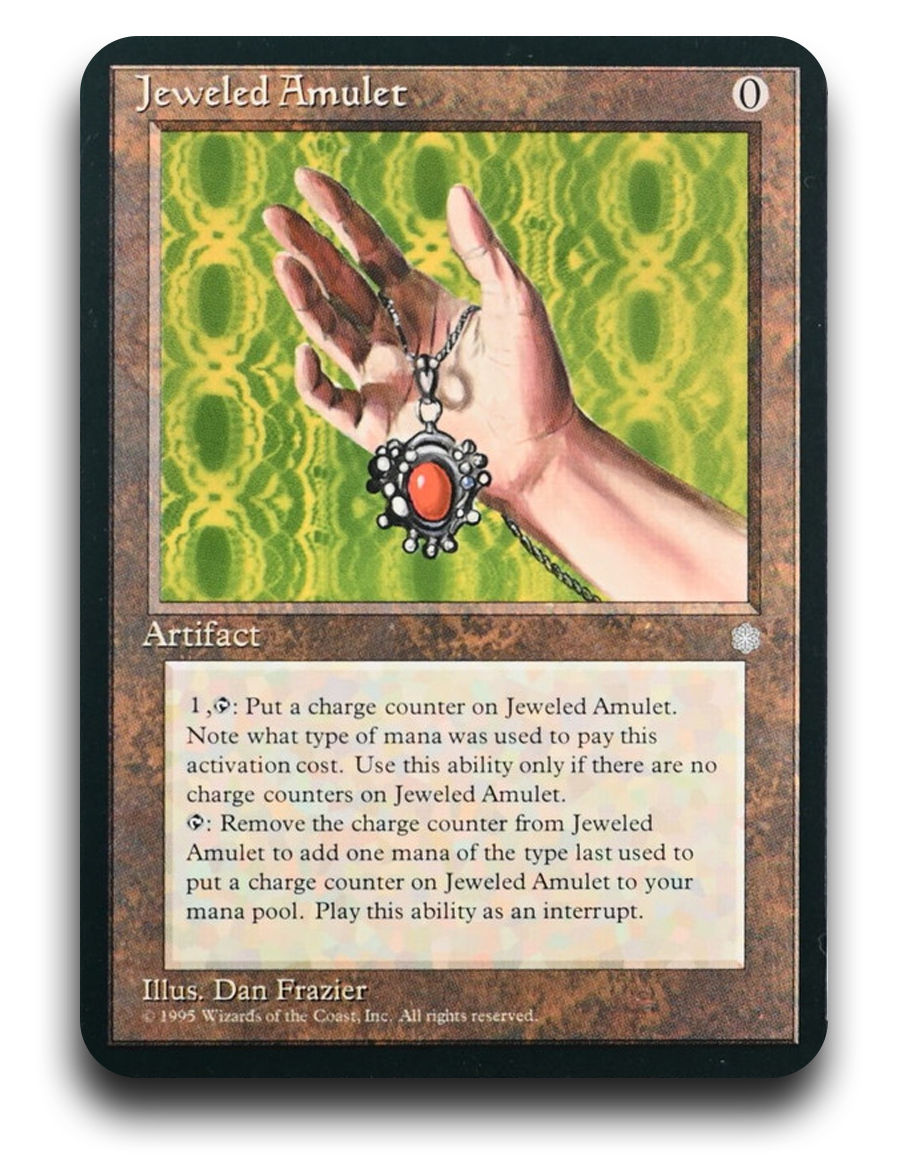
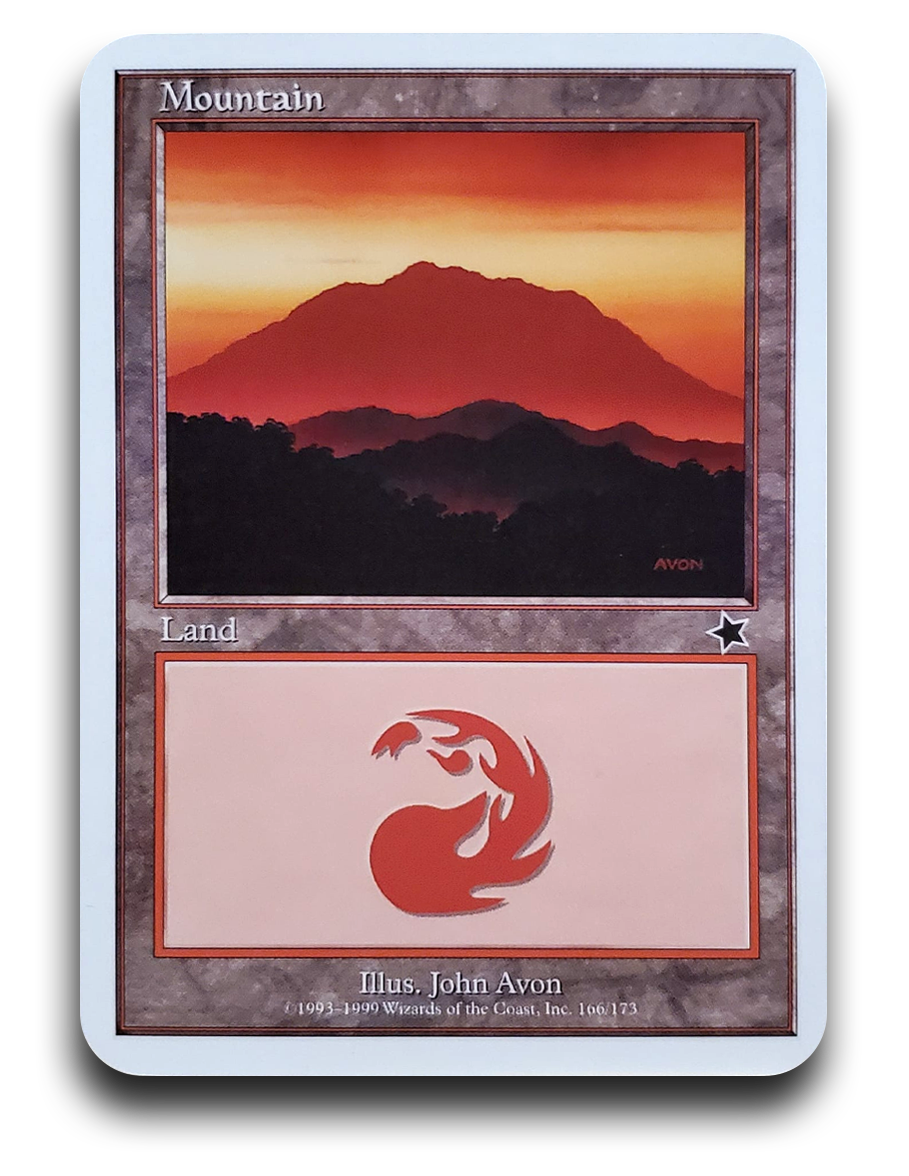
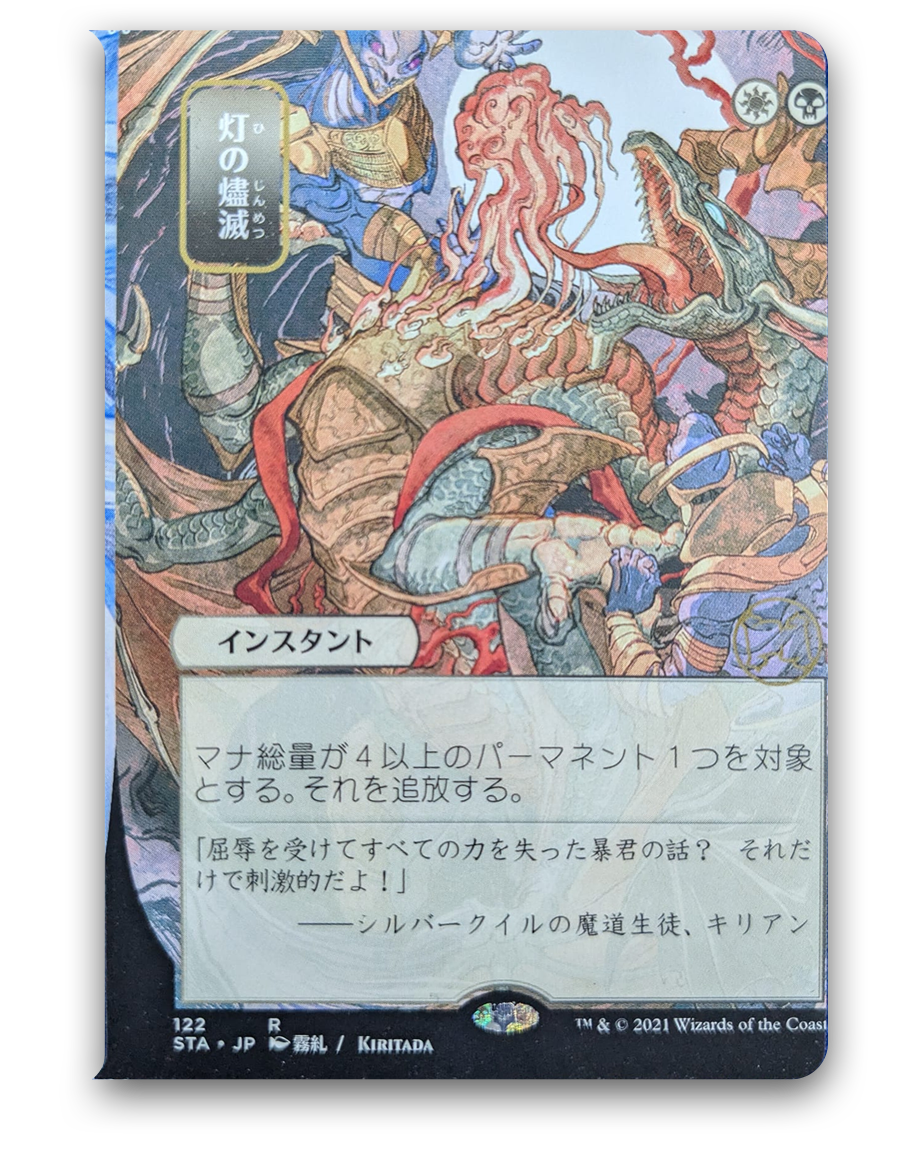
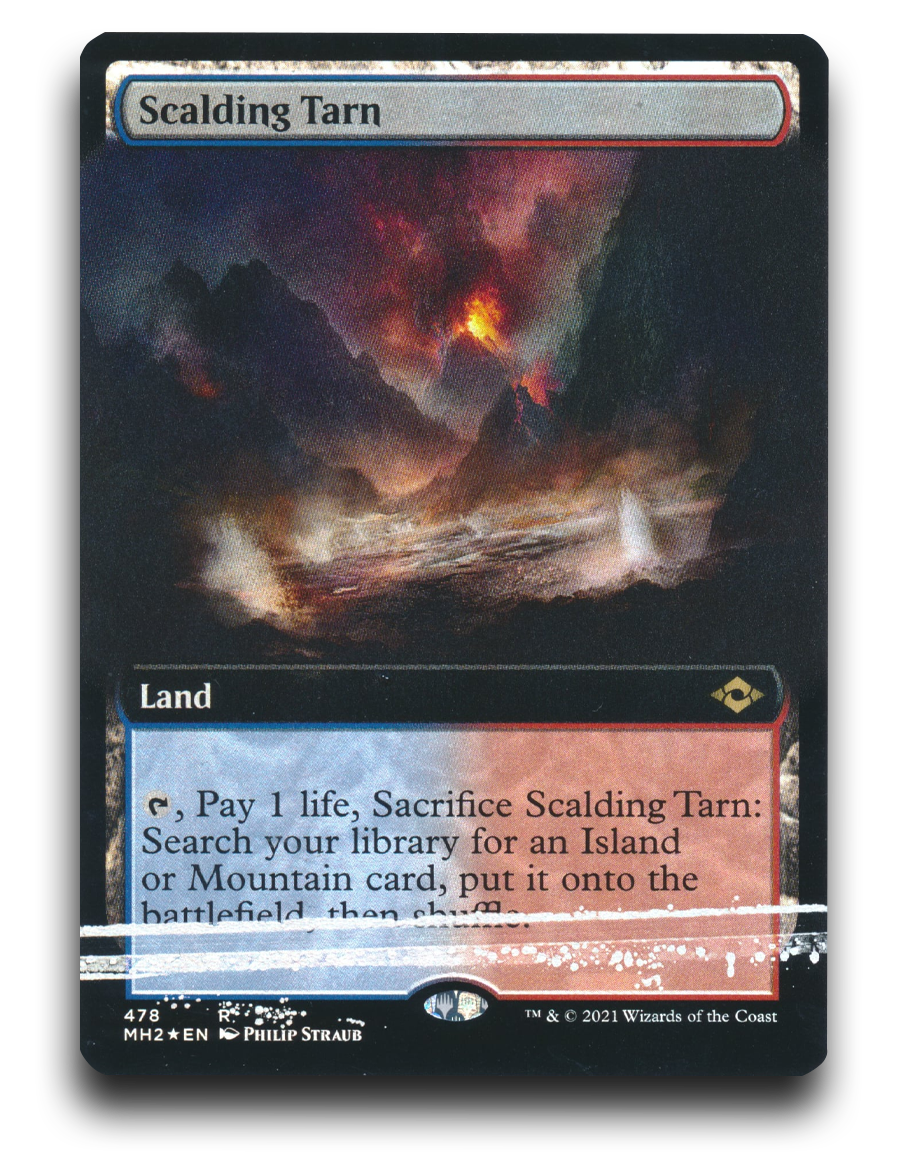
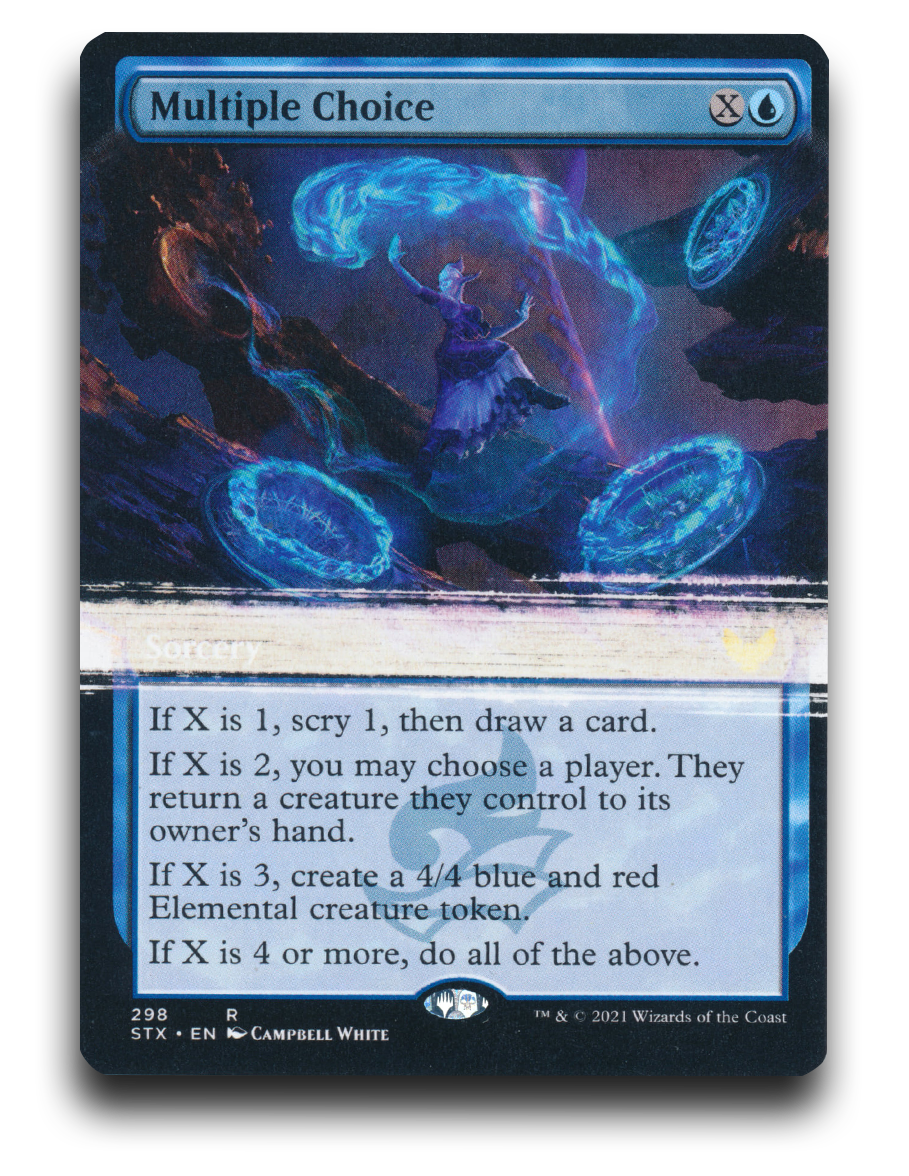
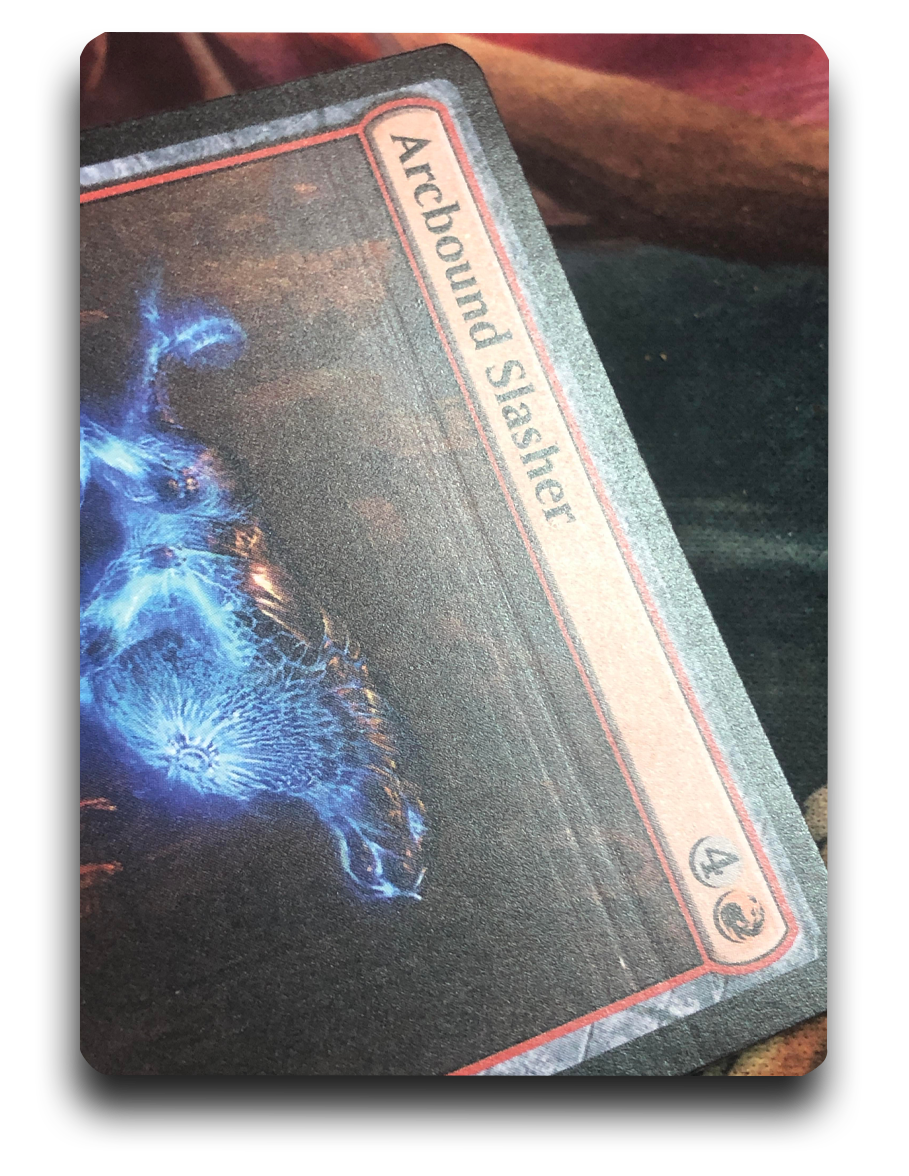
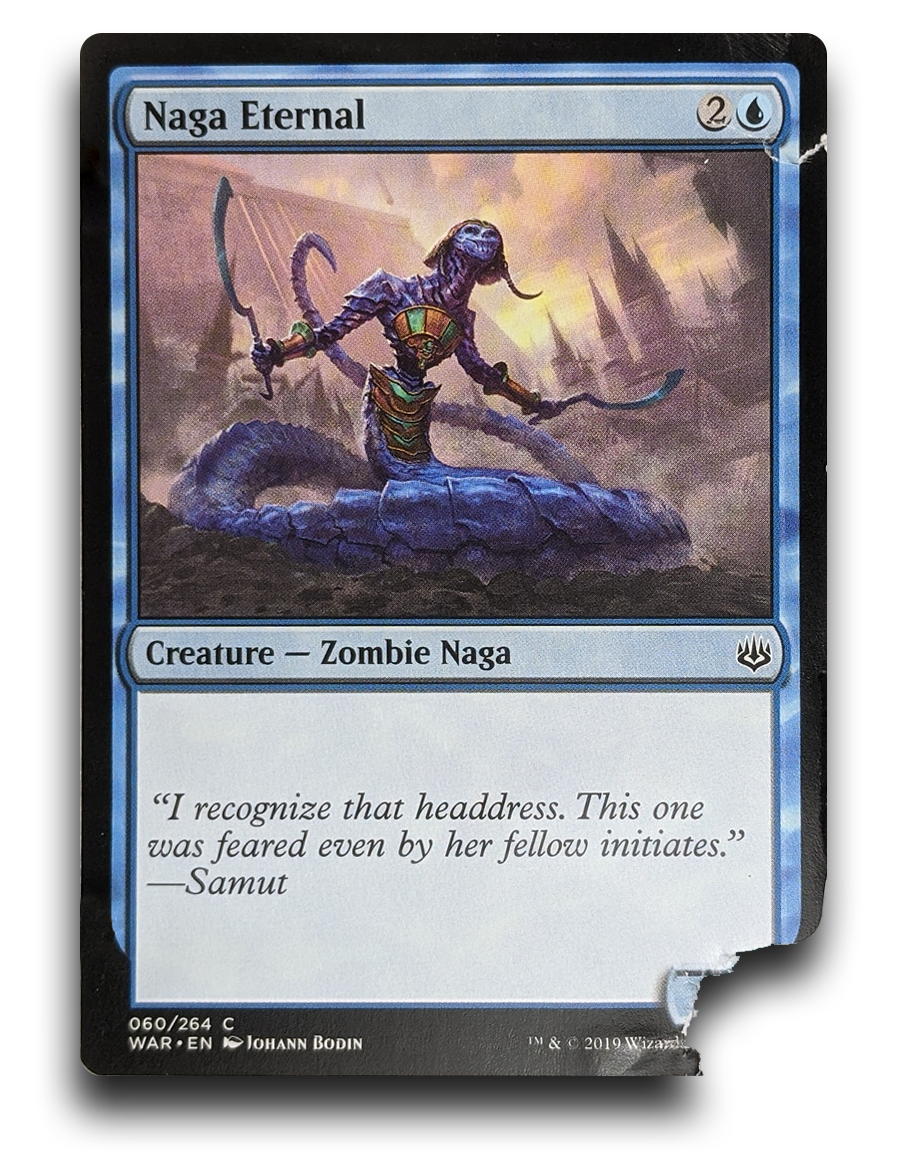
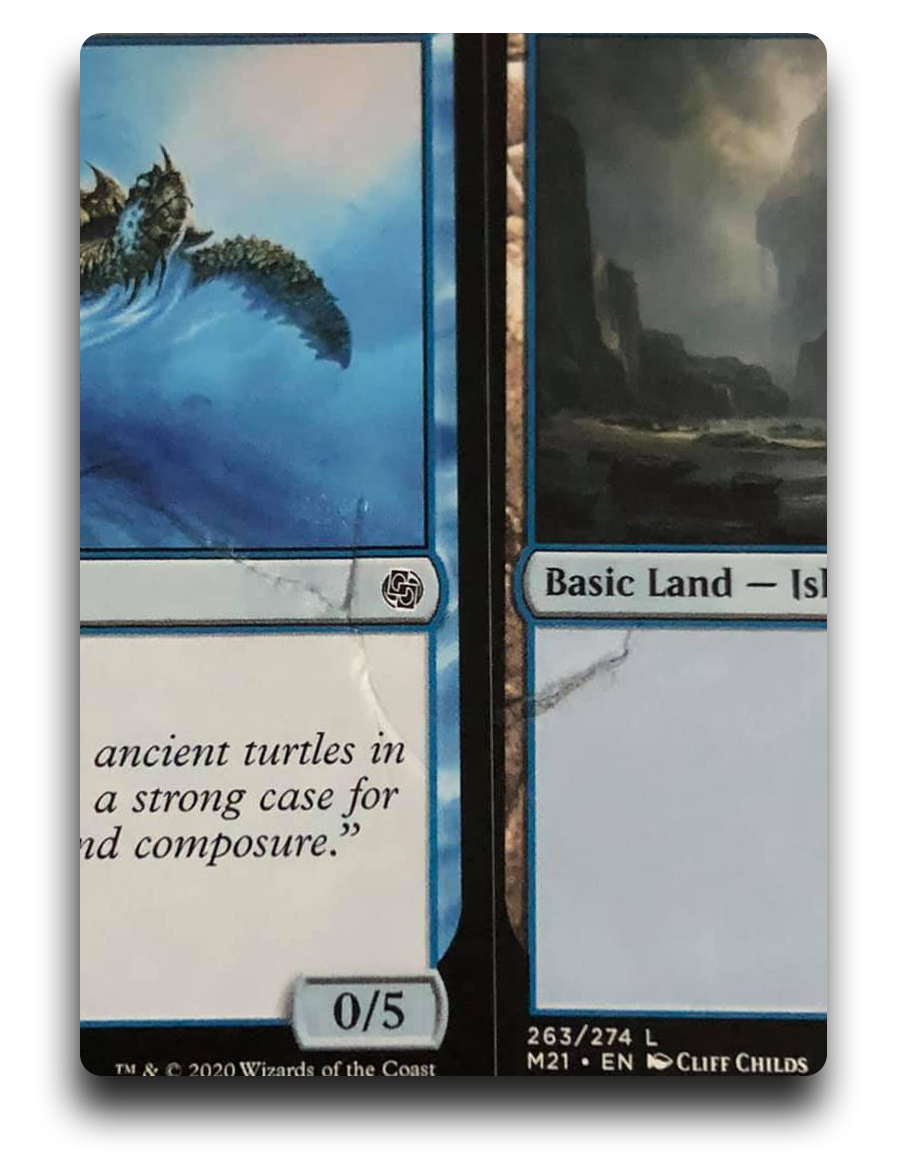

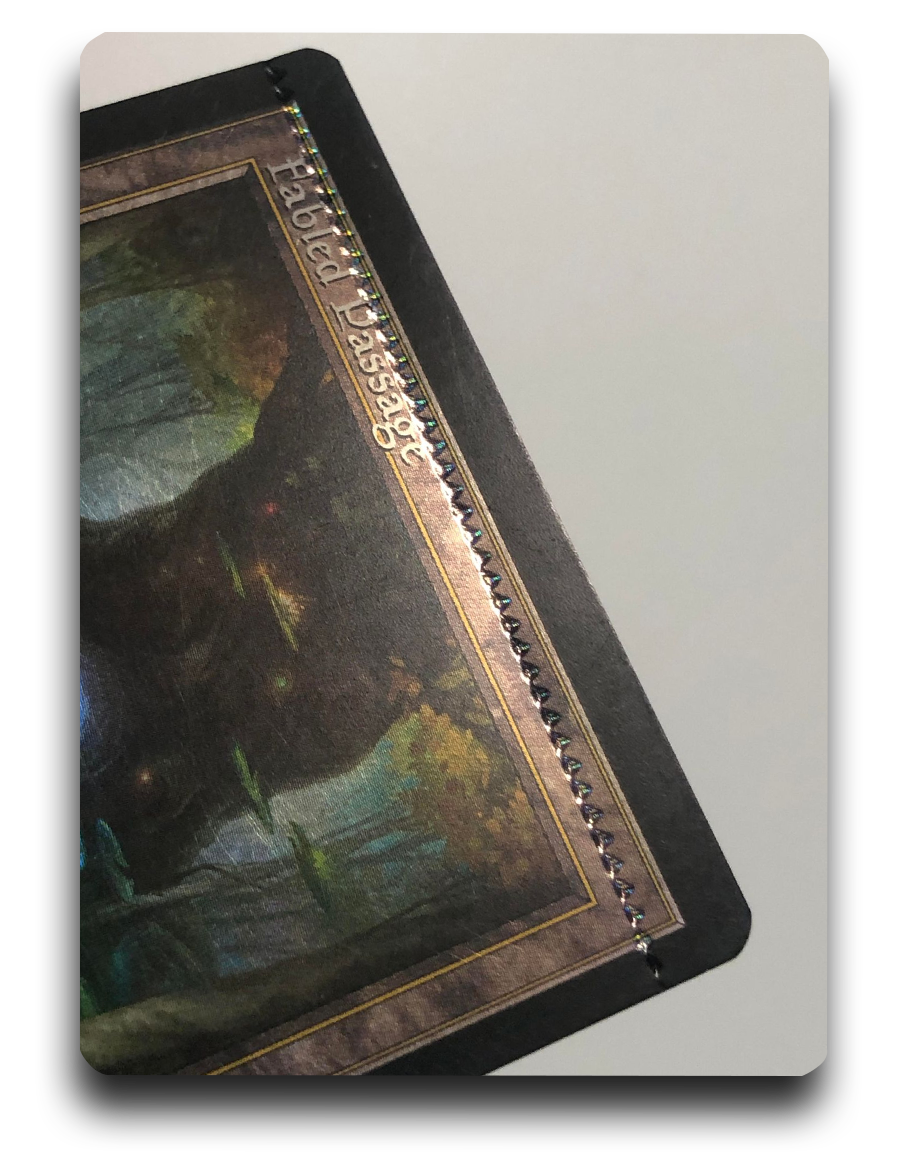
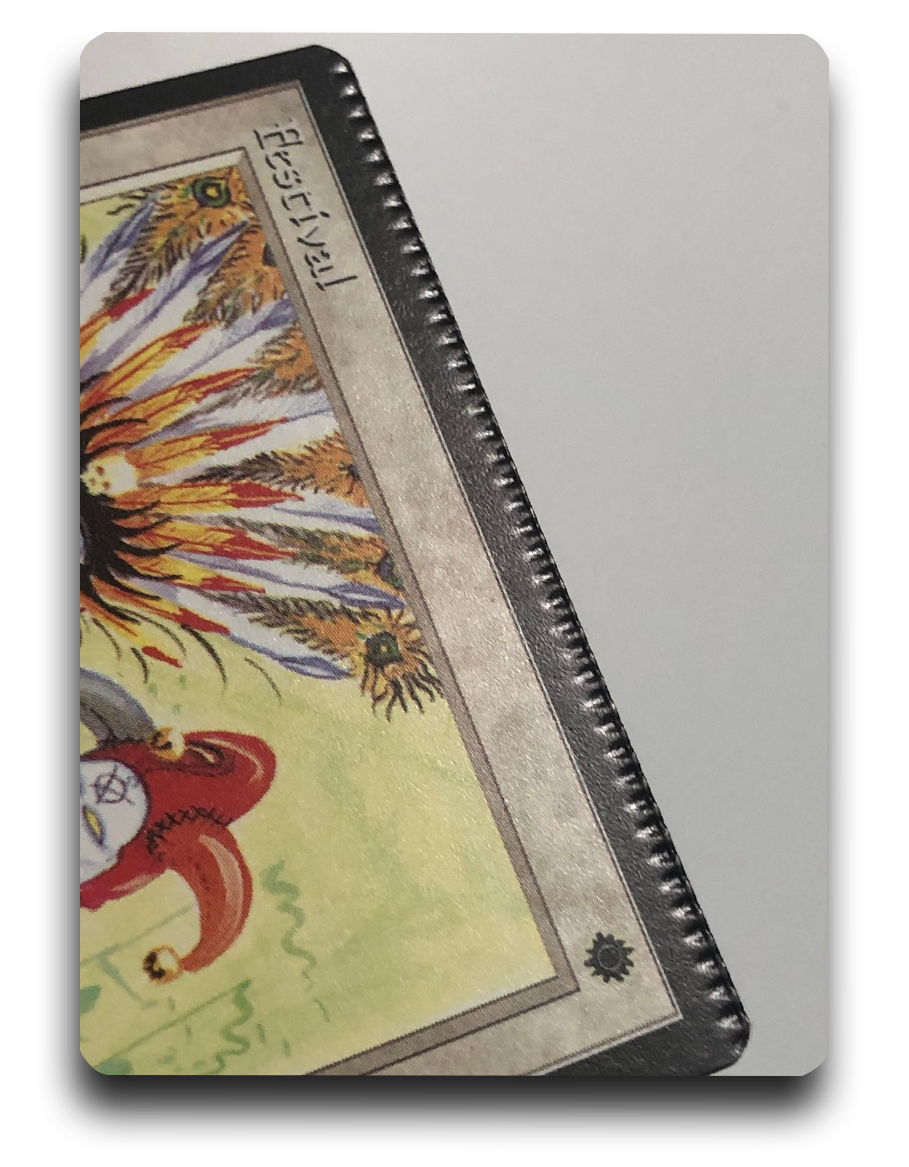
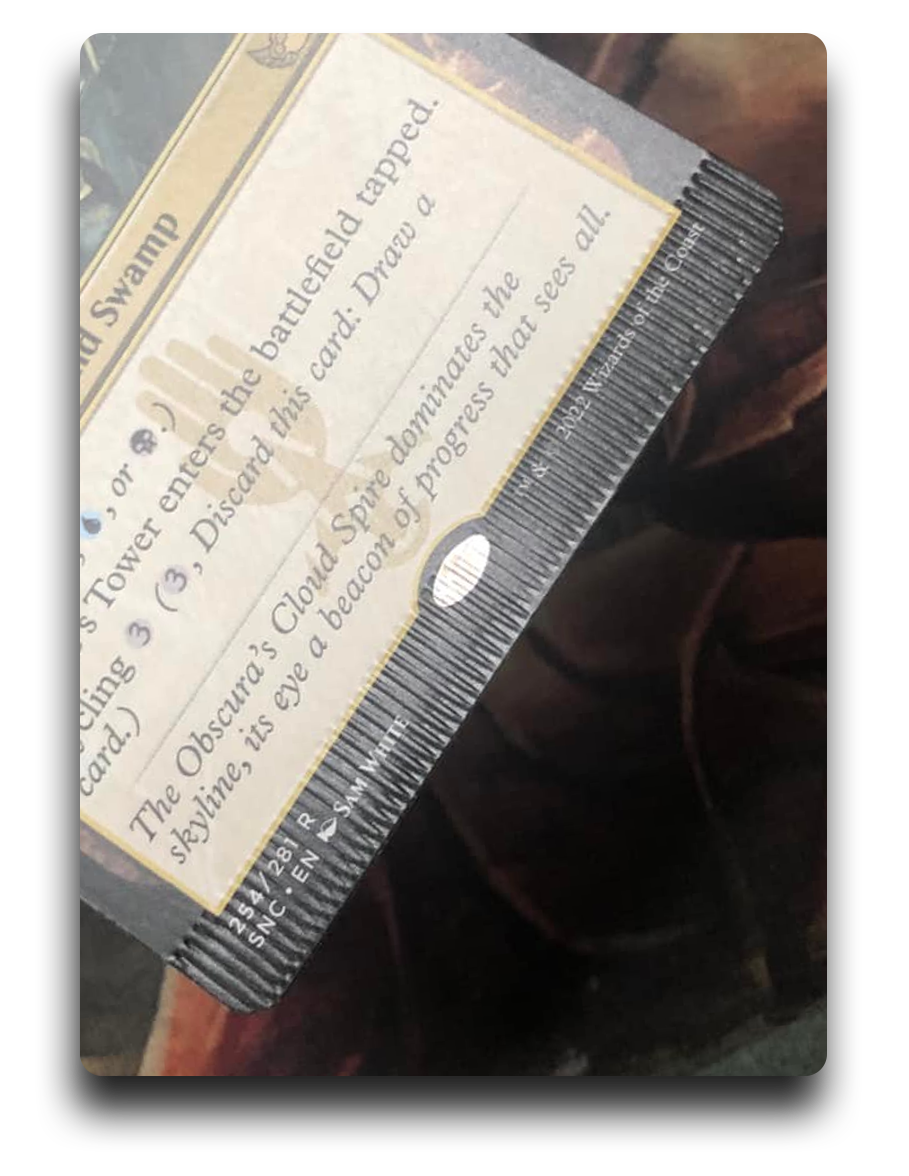
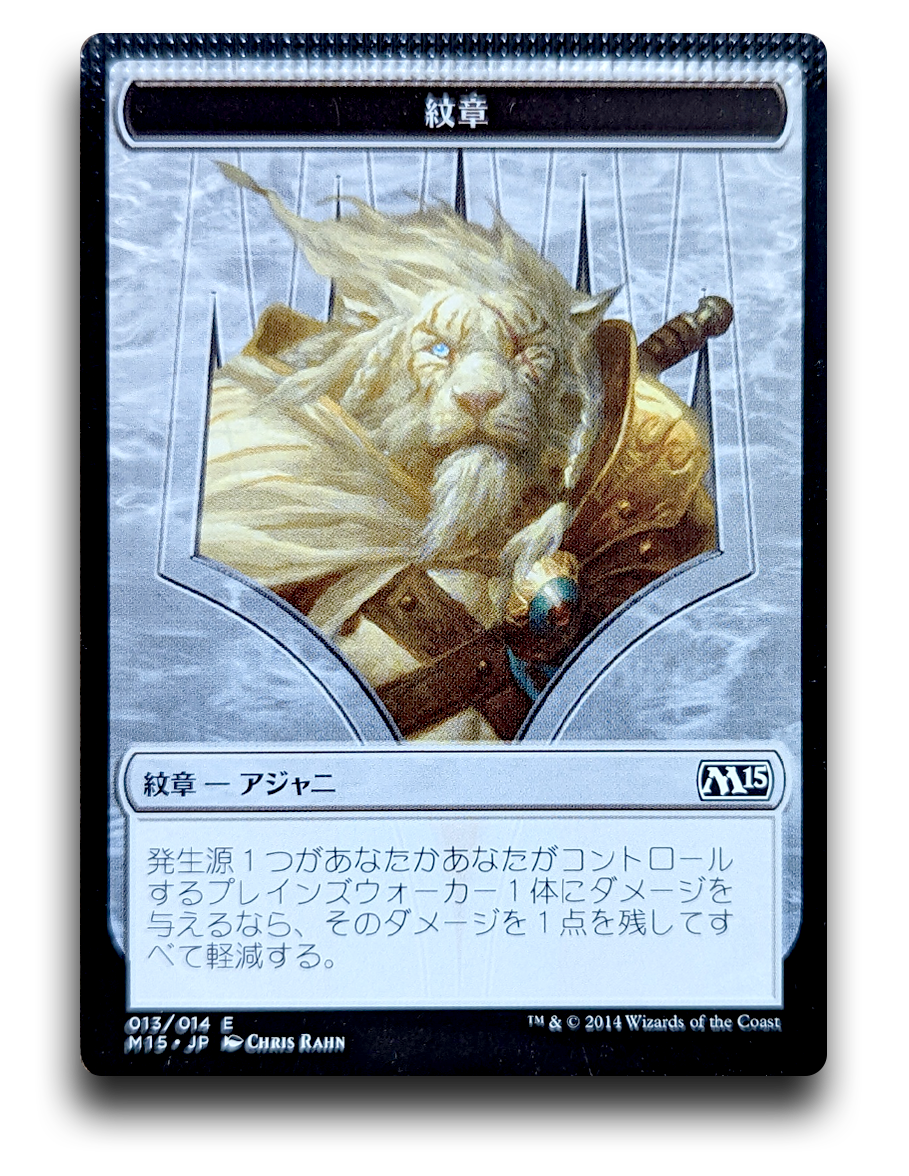
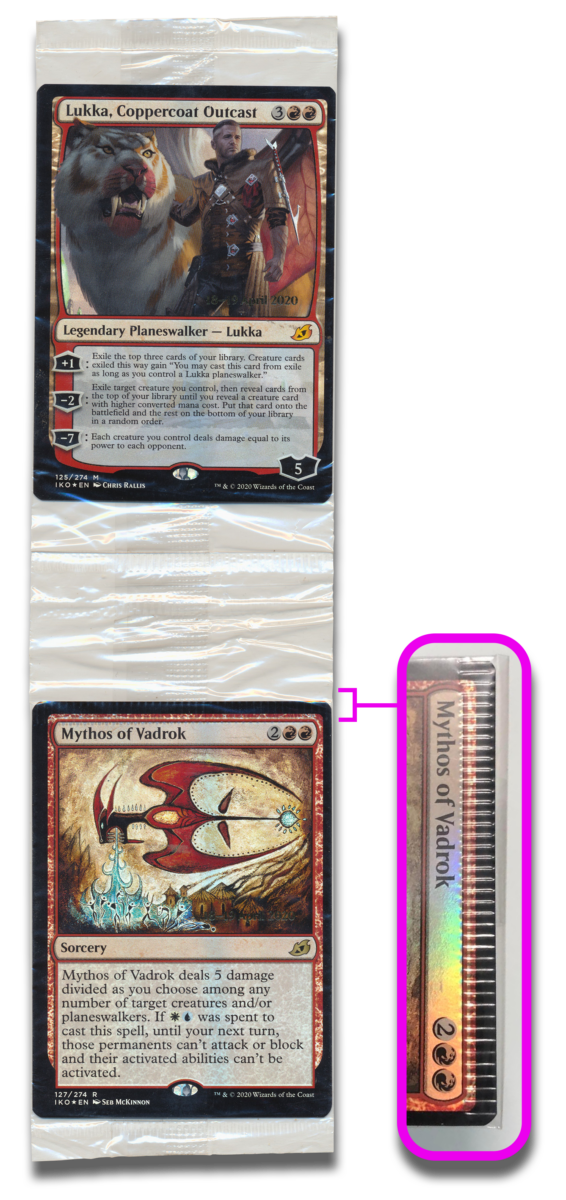
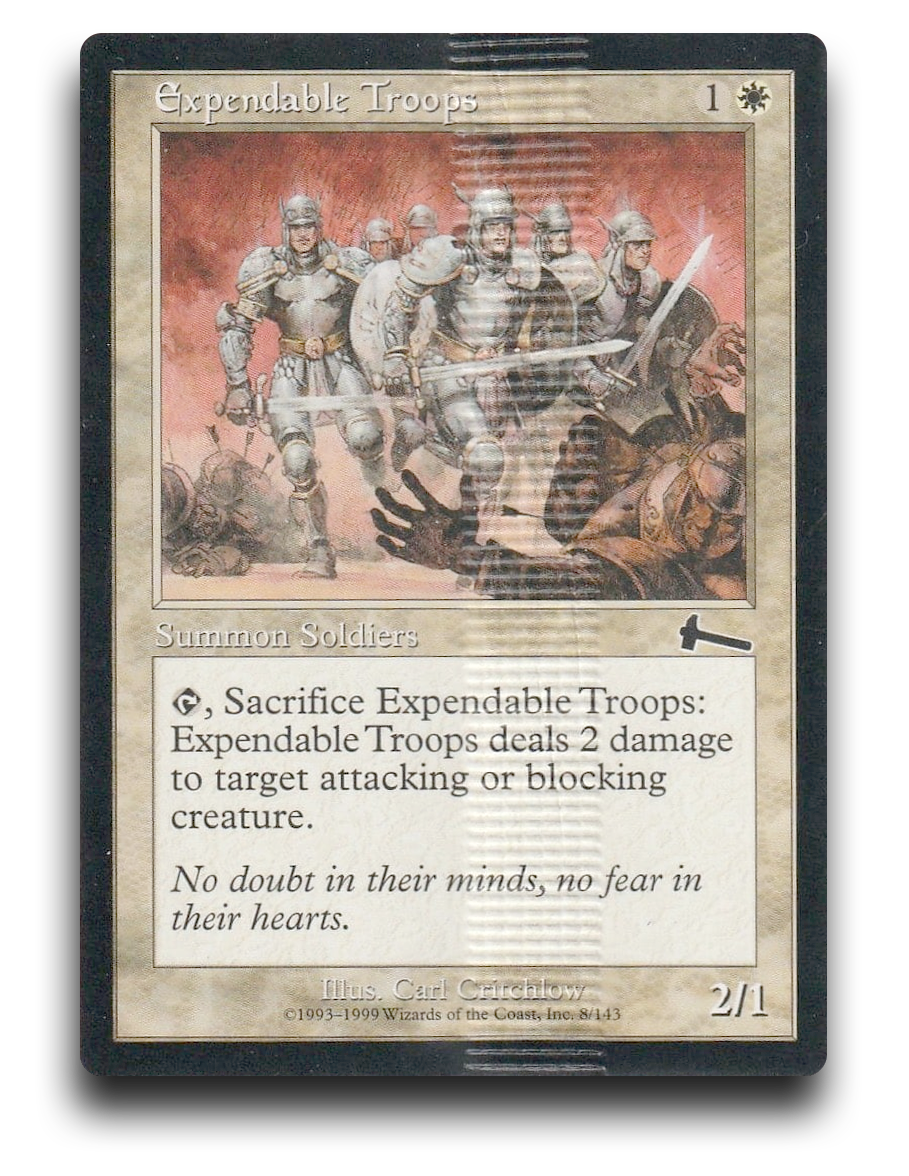
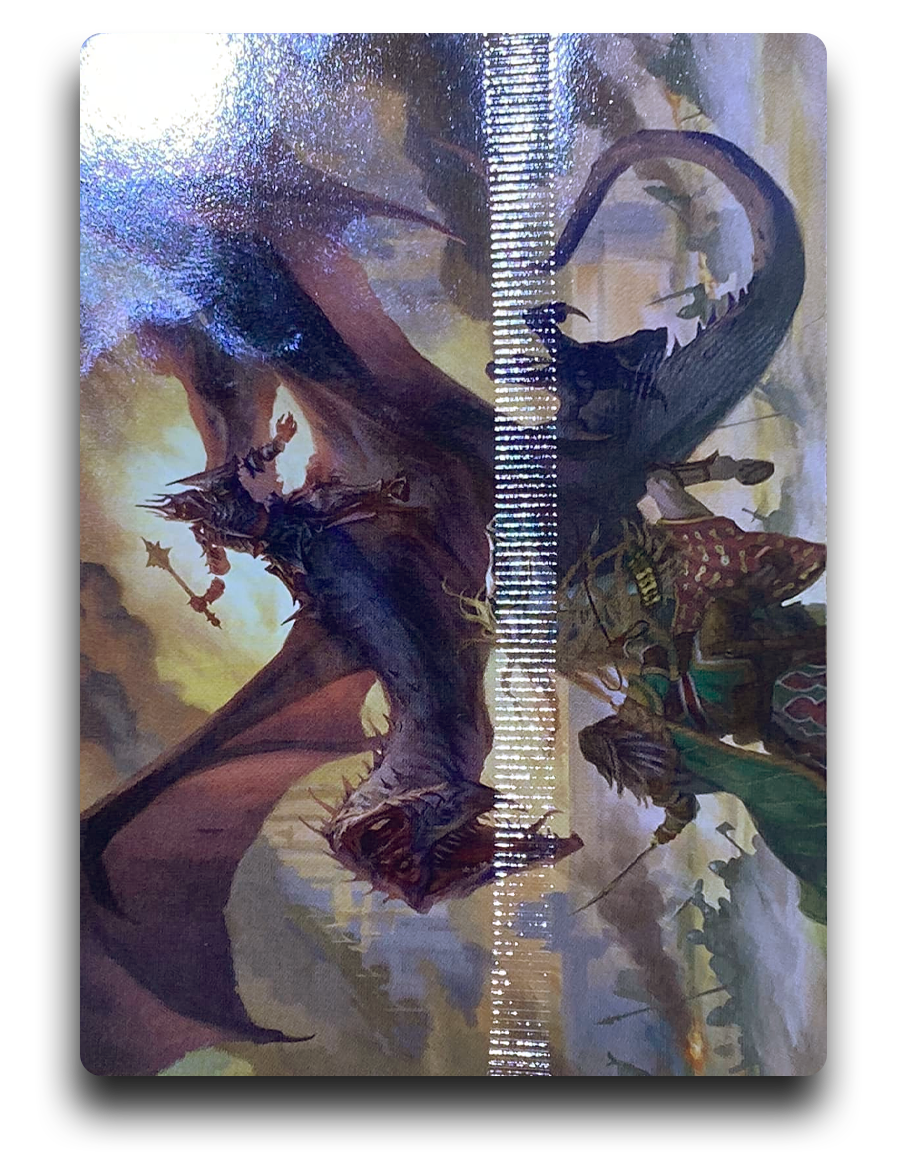
Card is intact and uncut
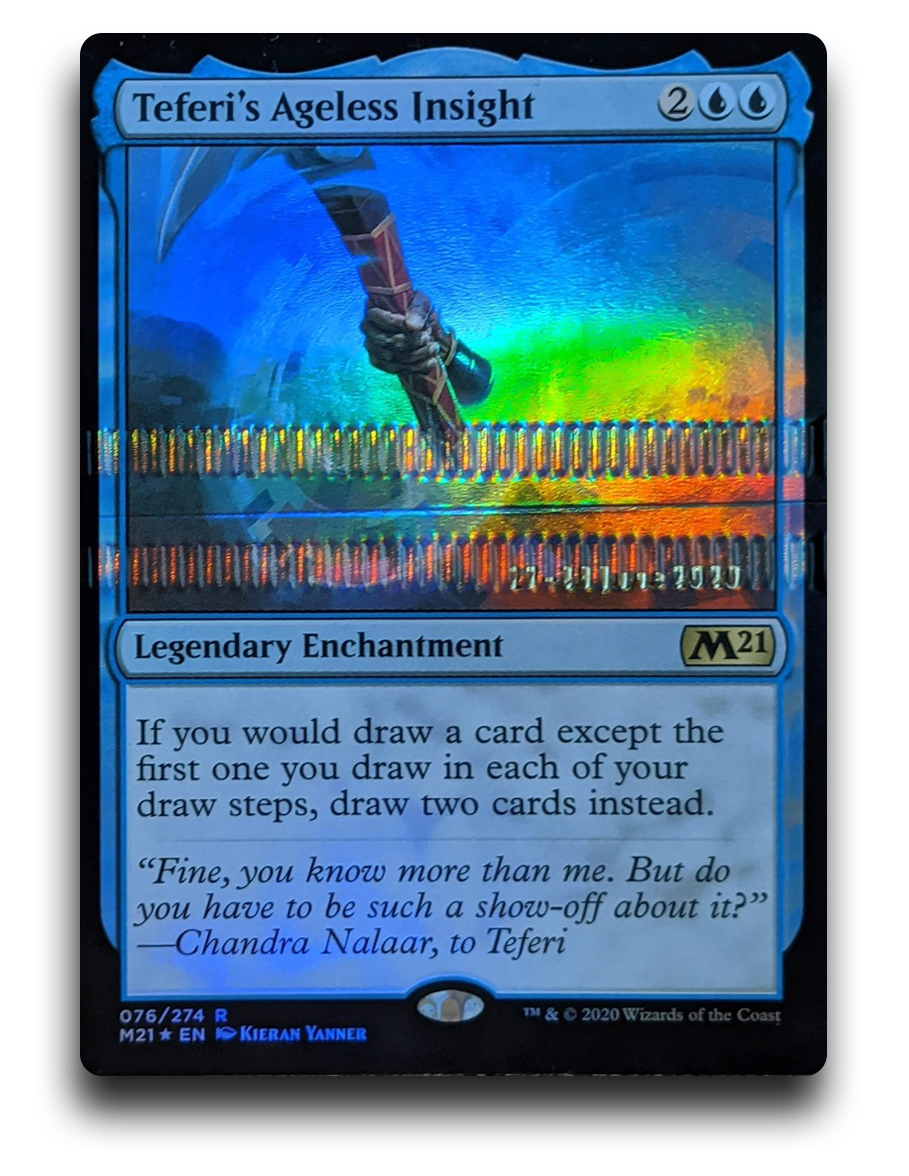
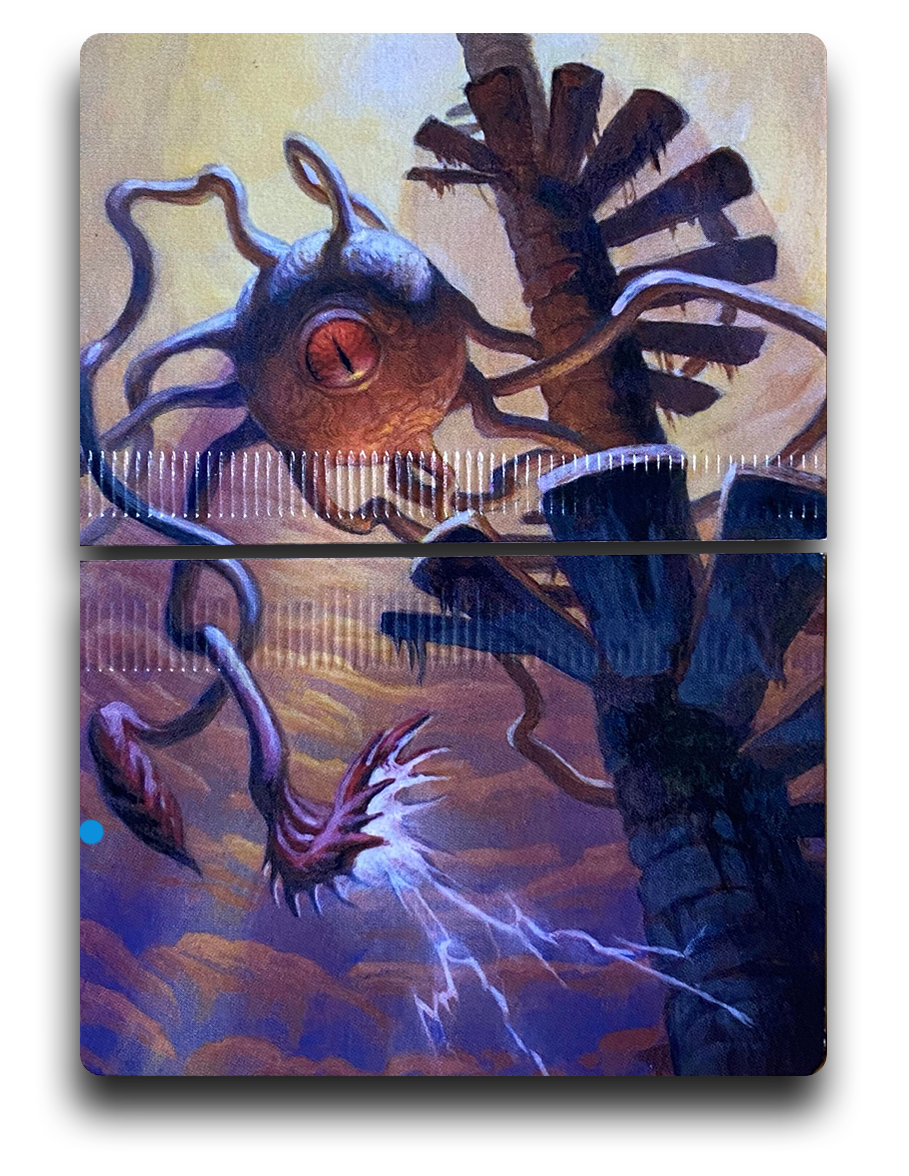


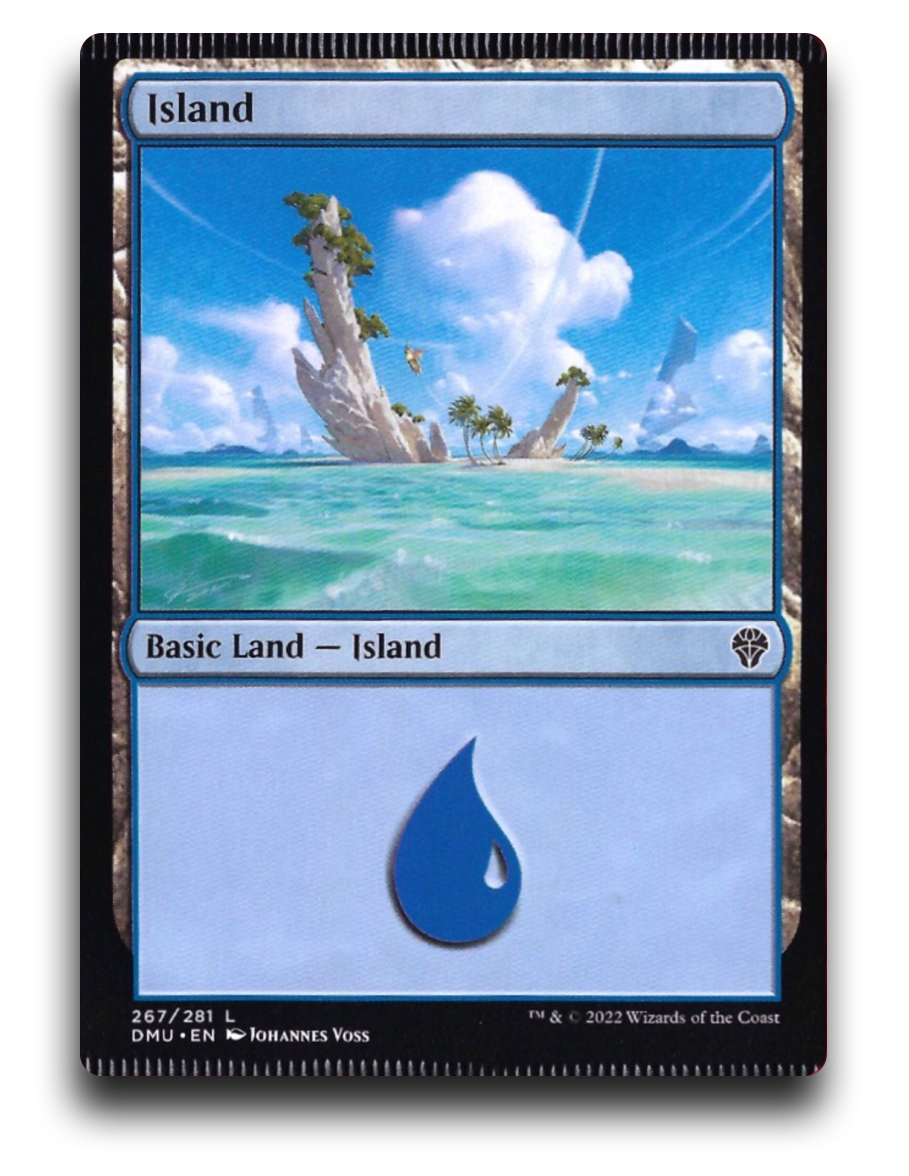
Too many cards in a pack. This pack also came with a miscut.
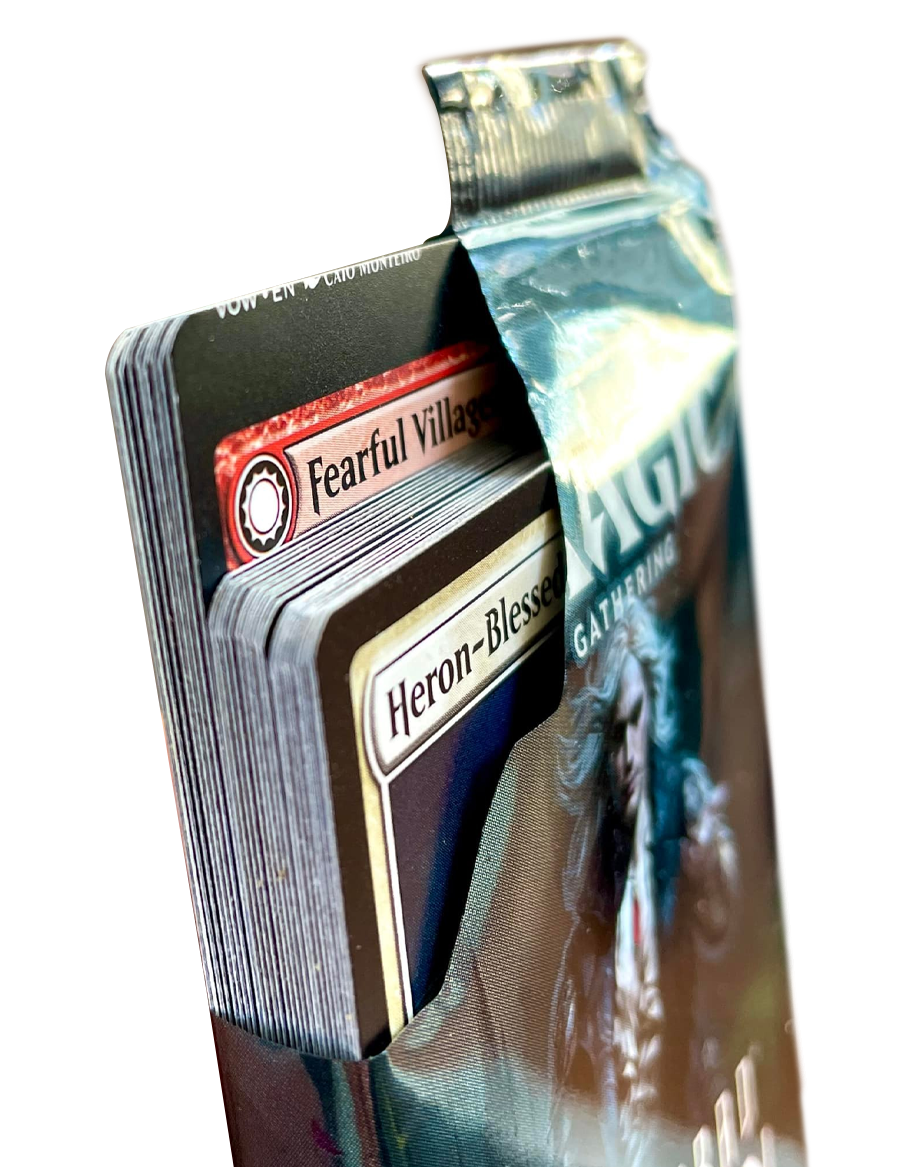
French Alliances Pack with Middle Earth cards inside.
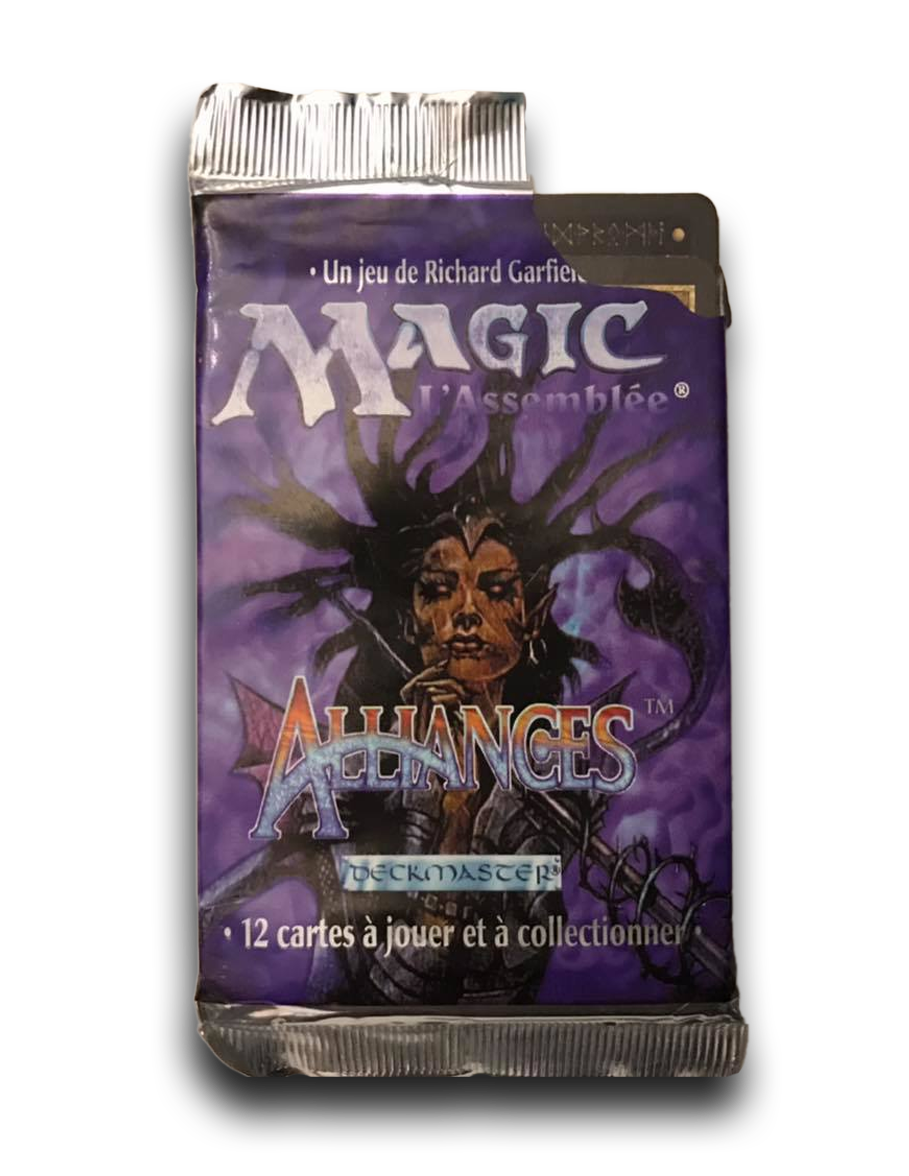

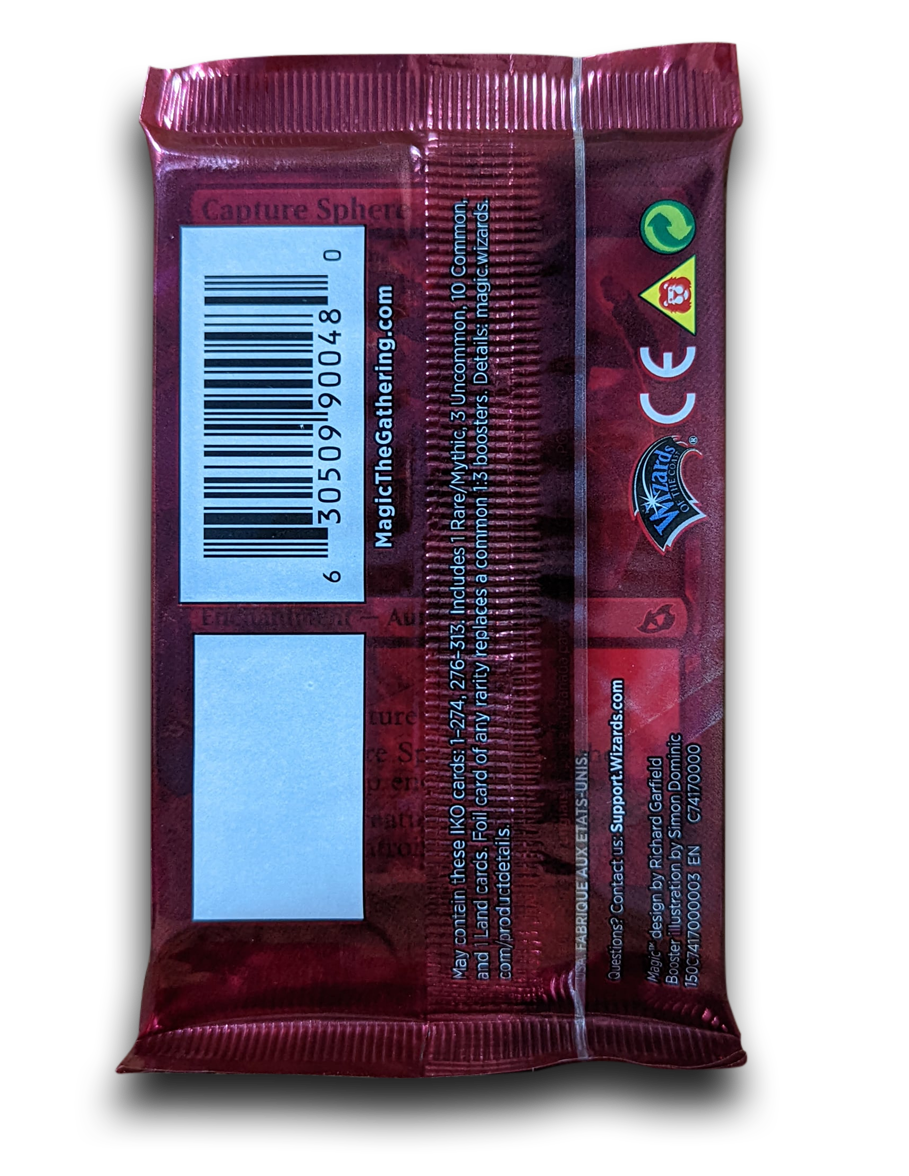
Thank you for visiting the Glossary. I hope this project has been useful to you. I am always seeking images of misprints not listed here and I strive to keep the information as accurate as I can.
If you have any feedback or would like to drop a note you can email me here: contact@mtgmisprintglossary.com
Many thanks to those who contributed to this project with their knowledge, images, and feedback.
Research and Fact Checking:
Ryan W. Rooks
Jason Gitlin
Shannon Nelson
Images:
Ryan W. Rooks
Jason Gitlin
Shannon Nelson
Kevin Gardner
Ethan Kissam
Julian Auyeung
